India is a land full of cultural, geographical, climate, and traditional diversity. The country’s economy is mostly based on agriculture, and it is the second-largest country in the world in terms of farming production.
According to the Indian Economic Survey of 2020-21, farming gave jobs to more than half of the people in India and made up 20.2% of the country’s total income. (Source)
Technology and sustainable practices are becoming integral parts of the agriculture landscape. One such revolutionary initiative that stands out is the Pradhan Mantri Kusum Yojana, designed to empower farmers through solar energy solutions.
As we explore the benefits of this government initiative, we will also examine its transformative impact on farmers, highlighting success stories that serve as testimonials of its efficacy.
In addition, we will address the challenges that come across during its implementation and highlight the plans for its expansion. By understanding the multiple aspects of this yojana, you will gain a broad view of its potential to revolutionize Indian agriculture.
PM Kusum Yojana: An overview
Pradhan Mantri Kisan Urja Suraksha evam Utthan Mahabhiyan often referred to as the PM Kusum Yojana, is a groundbreaking initiative by the Government of India designed to empower farmers through the adoption of solar energy solutions.
Launched in March 2019 with an initial investment of Rs 20,000 crore, this scheme aims to provide financial and technical support to farmers for installing solar pumps and grid-connected solar power plants. The Ministry of New and Renewable Energy (MNRE) is working tirelessly to ensure its successful implementation.
The government of India initiated this scheme to reduce dieselization in the farming sector and to increase the income of farmers.
Under this scheme, the government provides a subsidy of 30% to 50% of the total cost to help farmers set up solar pumps or convert their existing electric pumps to solar. Farmers can also install solar power plants up to 2MW on unused and barren land and sell the electricity to local companies at a price set by the state.
Components of PM KUSUM YOJANA
The PM Kusum Yojana is structured into three main components, under these components the goal is to achieve an additional 34.8 GW of solar power capacity by 31 March 2026, with total central financial support of Rs. 34,422 Crore. (Source)
| Components | Targets & Criteria | Financial assistance available |
Component A | Setting up of 10,000 MW of Decentralized Ground/Stilt Mounted Solar Power Plants on barren, fallow, pasture, marshy, or cultivable land of farmers. Can be installed by individual farmers, Solar Power Developers, Cooperatives, Panchayats, and Farmers Producer Organizations (FPOs). | Procurement Based Incentive (PBI) to DISCOMs at ₹0.40 per kWh or ₹6.60 lakhs per MW/year, whichever is lower, Purchasing solar/renewable power. PBI is provided for 5 years from the Commercial Operation Date, totalling ₹33 lakhs per MW. |
| Component B | Installation of 14 Lakh Stand-alone Solar Pumps in off-grid areas. | Central Financial Assistance (CFA) of 30% of benchmark cost issued by MNRE or the tender price, whichever is lower. For North Eastern states, J&K, Ladakh, Himachal Pradesh, Uttarakhand, Lakshadweep, and A&N Islands, CFA is 50%. States/UTs must provide at least 30% support. |
| Component C | Solarisation of 35 Lakh Grid Connected Agriculture Pumps including Feeder Level Solarization. | Central Financial Assistance (CFA) of 30% of benchmark cost issued by MNRE or the tender price, whichever is lower. For North Eastern states, J&K, Ladakh, Himachal Pradesh, Uttarakhand, Lakshadweep, and A&N Islands, CFA is 50%. States/UTs must provide at least 30% support. |
The people who can benefit from Component B and Component C include individual farmers, groups that use water together (Water User Associations), Primary Agriculture Credit Societies, and communities or clusters that work on irrigation systems.
For agriculture feeder solarization, a Central Financial Assistance (CFA) of ₹1.05 crore per MW is available. There is no requirement for financial support from the participating state or union territory. This feeder solarization can be done using either the CAPEX or RESCO model.
- The CAPEX model (Capital Expenditure model) involves upfront investment by the project owner to purchase and install solar systems. In this model, the owner owns the system and is responsible for its operation and maintenance, allowing them to benefit from savings on energy costs and potential incentives.
- The RESCO model (Renewable Energy Service Company model) involves a third-party company that finances, installs, and maintains the solar system on behalf of the customer. The customer pays for the energy generated at a predetermined rate, which is typically lower than their existing electricity costs, without any upfront investment.
An overview of achievements as of August 31, 2024, related to three components, of a solar energy or agricultural solar pump project: (source)
- Component A:
- Total Sanctioned Solar Capacity: 9,110 MW
- Total Installed Solar Capacity: 292.33 MW
- Component B:
- Total Sanctioned Standalone Pumps: 1,342,327
- Total Installed Standalone Pumps: 464,843
- Component C:
- Total Sanctioned Individual Solar Pumps (IPS): 171,640
- Total Installed Individual Solar Pumps (IPS): 4,715
- Total Pumps Sanctioned under Feeder Level Solar (FLS): 3,385,494
- Total Pumps Solarized under FLS: 18,546
This data highlights the progress in both solar capacity installation and the deployment of solar-powered pumps across multiple components of the project.
Read More: Know Everything About Solar Subsidy in Rajasthan
Eligibility criteria for PM Kusum Yojana
The Pradhan Mantri Kusum Yojana (PM Kusum Yojana) is designed to empower farmers by providing access to solar energy solutions. To participate in this initiative, farmers must meet specific eligibility criteria.
First and most important the applicant must be a registered farmer with valid land ownership documents. The land should be located in areas where the implementation of solar technologies is practical, and it should be free from any legal disputes or onus.
Additionally, the existing infrastructure on the farm plays a crucial role in determining eligibility. For example, farmers who already have grid-connected electricity may find it easier to integrate solar power plants under the scheme.
However, the PM Kusum Yojana is particularly beneficial for farmers in areas with irregular electricity. It offers up to 75% subsidy for installing solar pumps. This aspect is commonly mentioned as the solar pump yojana, which targets to reduce farmers’ dependence on diesel pumps and promote sustainable farming practices.
You can simply visit the official website for registration and apply in easy steps.
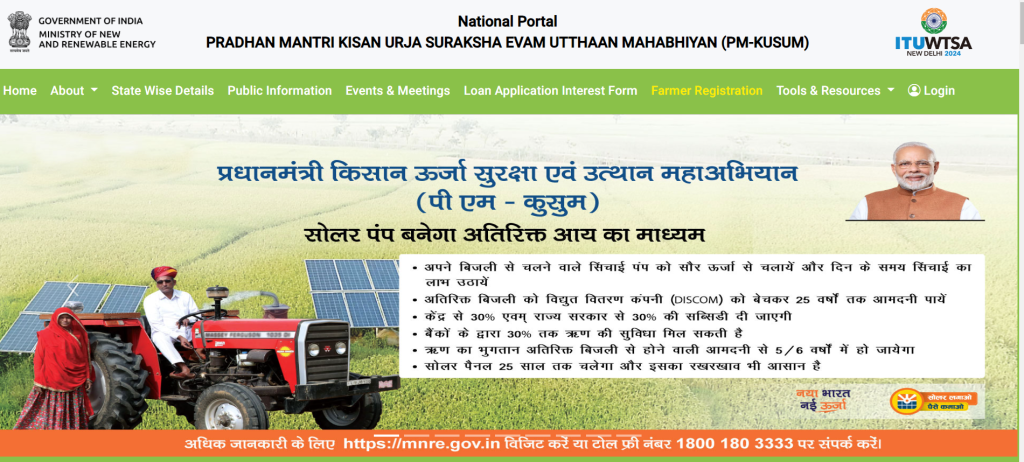
After clicking on the loan application interest form you will land on a page that will look like this.

You just have to fill in all the compulsory details and register yourself on the portal.
Income limits are another important aspect while the scheme does not have strict income slabs, preference may be given to farmers from lower-income backgrounds to make sure that the benefits reach those people who are actually in need.
Lastly, the eligibility criteria may based on the specific components of the scheme. For example, Component A, which focuses on solar pumps, may have different requirements compared to Component B, which deals with grid-connected solar power plants.
Farmers need to consult with local authorities or visit the official website for the most up-to-date and detailed eligibility information.
Benefits of PM Kusum Yojana for farmers
The PM Kusum Yojana gives multiple advantages to uplift the agricultural sector and increase the livelihoods of farmers. One of the most attractive benefits is the opportunity for farmers to generate additional revenue by selling surplus solar power back to the grid. Here are some other expected benefits of this scheme.
1. Support for DISCOMs (Distribution Companies):
- Currently, in the agricultural sector, a significant subsidy is provided for electricity by Discoms. This is often considered a major reason for the poor financial condition of DISCOMs.
- Under this scheme, the installation of solar-powered pumps will reduce farmers’ dependence on electricity from the grid for irrigation. This will help in improving the financial condition of DISCOMs by reducing the burden of subsidies in the agricultural sector.
2. Support for States:
- The scheme will encourage decentralized solar energy production, which will help reduce electricity loss during transmission.
- For state governments, this scheme can be a potential option to reduce the subsidies given for irrigation.
- Additionally, this scheme will assist states in achieving their Renewable Purchase Obligations (RPO) targets.
3. Support for Farmers:
- If farmers can sell the surplus electricity generated from their solar energy systems, they will be encouraged to save electricity, ensuring proper and efficient use of groundwater.
- This scheme will help farmers provide water security through solar water pumps (both off-grid and grid-connected).
4. Environmental Reference:
Under this scheme, the installation of solar-powered pumps for irrigation in the agricultural sector will not only lead to an increase in irrigated areas but also help reduce the use of diesel pumps that increase pollution.
- Additionally, this scheme will aid in filling the gap of medium-scale solar energy production between rooftops and large power plants.
Some Challenges faced in implementing PM Kusum Yojana
Financial Challenges
Even with its noble intentions, implementing the PM Kusum Yojana has been challenging. One of the primary obstacles is the financial burden faced by farmers. The initial costs of installing solar-powered systems can be heavy on the pocket, even with the subsidies offered by the government.
The implementation of the PM KUSUM Yojana is quite challenging for farmers who already struggling with financial limitations, these costs can be a restriction, making it difficult for them to take advantage of the scheme.
Awareness challenges
Another significant problem is the lack of awareness and technical expertise among farmers. Many farmers are unaware of the benefits and long-term savings associated with the solar pump yojana.
Additionally, the technical knowledge required to install, maintain, and optimize these systems is lacking in rural areas. This educational gap can lead to underutilization of the scheme, as farmers may not adopt technologies they do not fully understand.
Administrative challenges
Administrative challenges also have a significant role in the effective implementation of the PM Kusum Yojana. There are so many delays in the disbursement of financial assistance that can pull out farmers from participating.
Additionally, the bureaucratic processes can be complex and overwhelming, especially those lengthy government procedures. Infrastructure gaps in rural areas, such as inappropriate grid connectivity and limited access to technical support, can delay the smooth launch of the program.
Acknowledging these issues requires a multi-dimensional approach that includes financial support, educational initiatives, administrative processes, and improved infrastructure. The scheme can provide its full potential in farmers’ productivity and livelihoods through sustainable energy solutions.
Read More: Price of 3kW Solar Panel in Gujarat with Subsidy
Conclusion
The government plans to make the PM Kusum Yojana easier for farmers to use by targeting more beneficiaries and increasing access to solar energy.
This includes providing more solar pumps, exploring new energy technologies, and simplifying the process for farmers to join the scheme. They will create online tools to make applying simpler and give real-time updates.
Farmers will also get training on using and maintaining solar equipment, along with financial support to cover costs. The government will partner with private companies to improve and regulate the scheme, boost farmers’ productivity, and support clean energy goals.




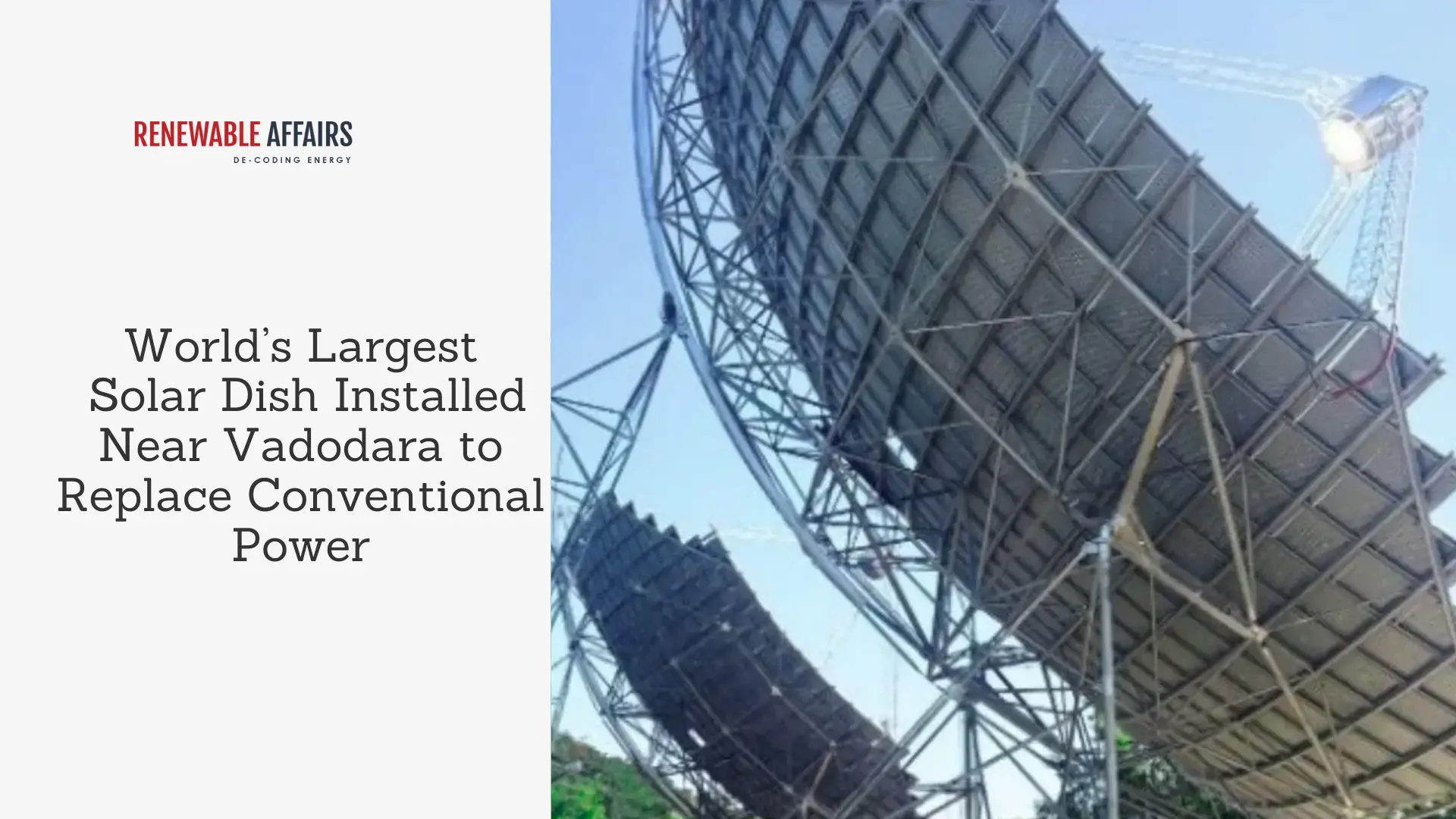


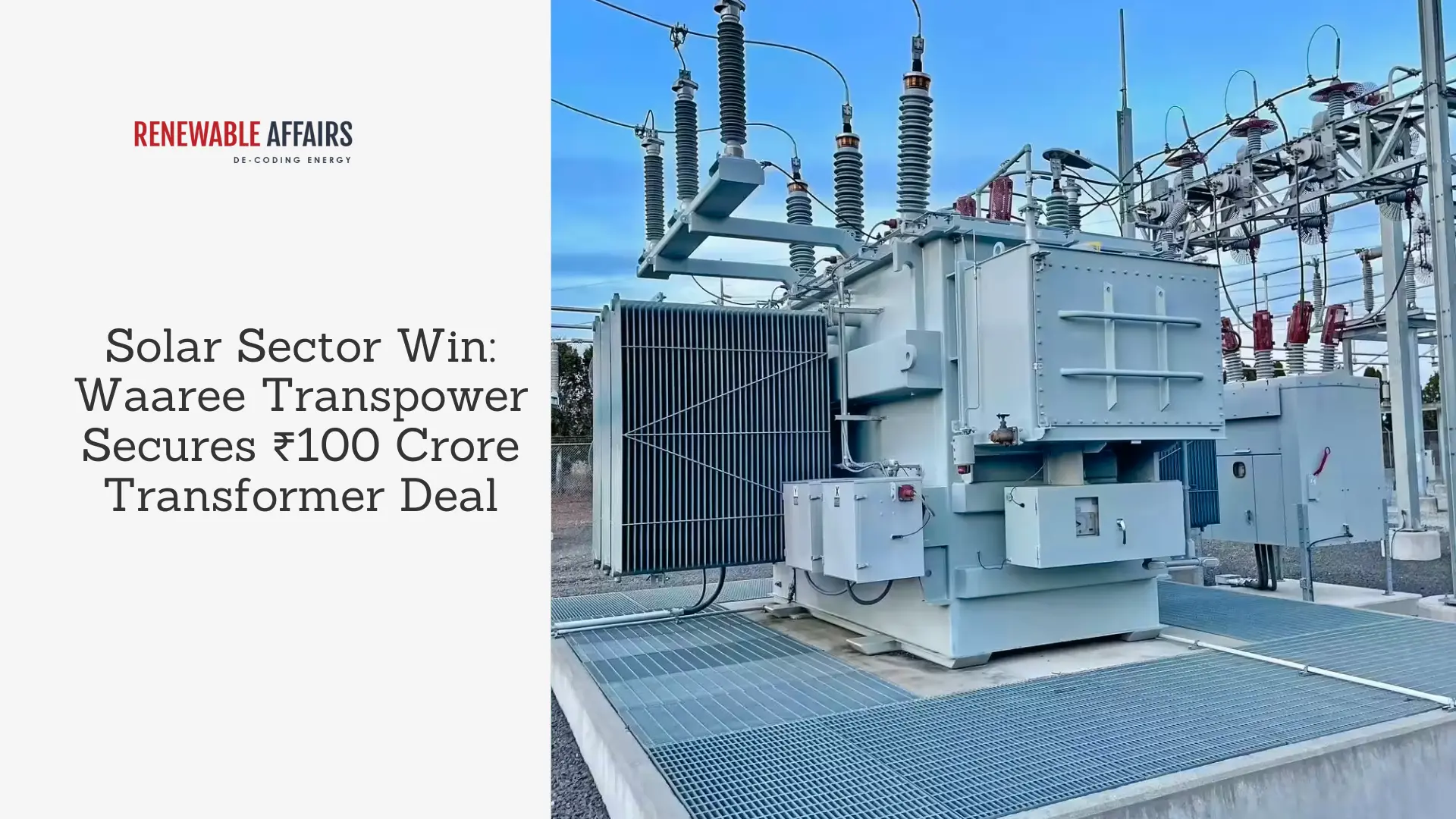
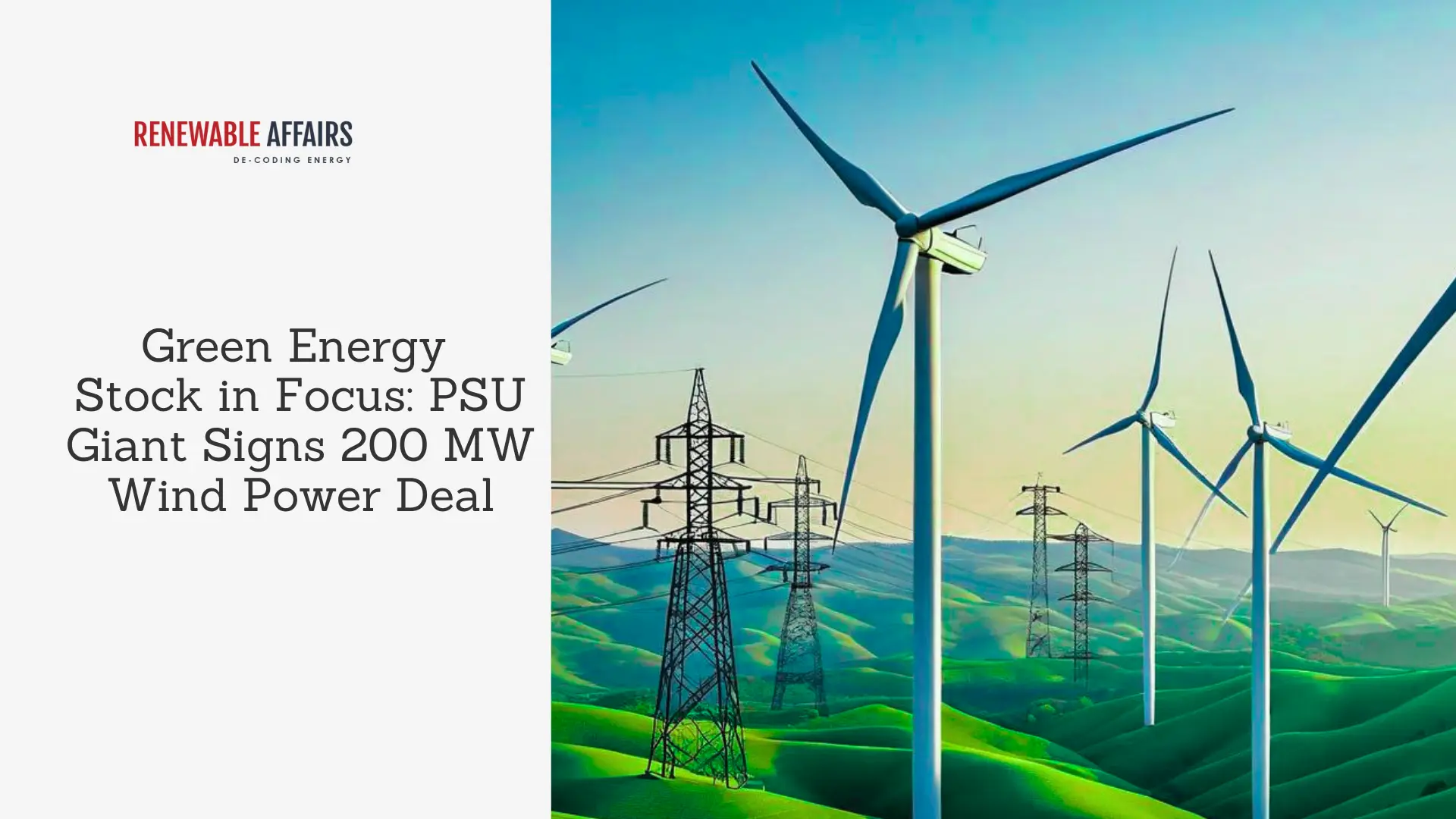
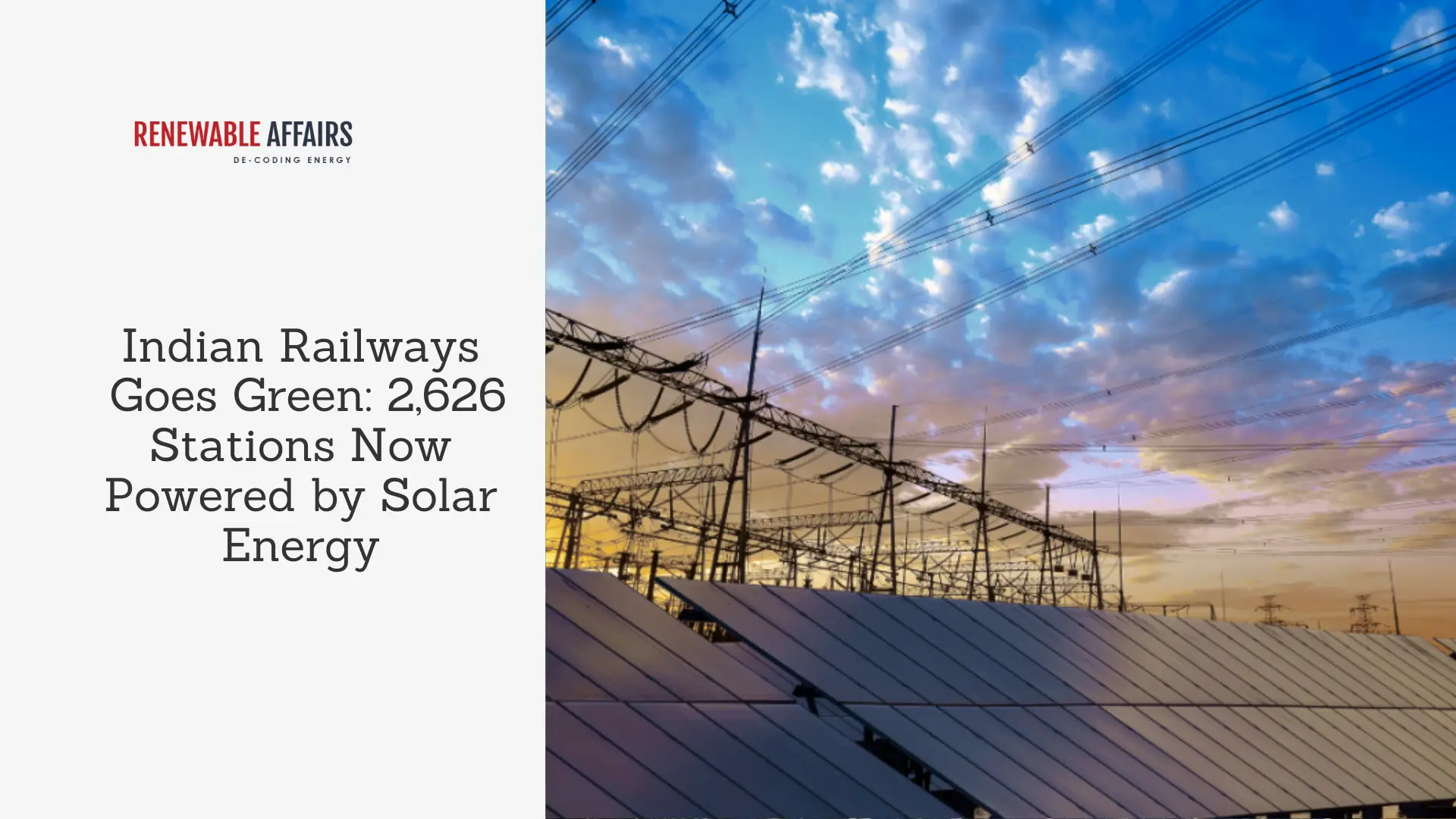
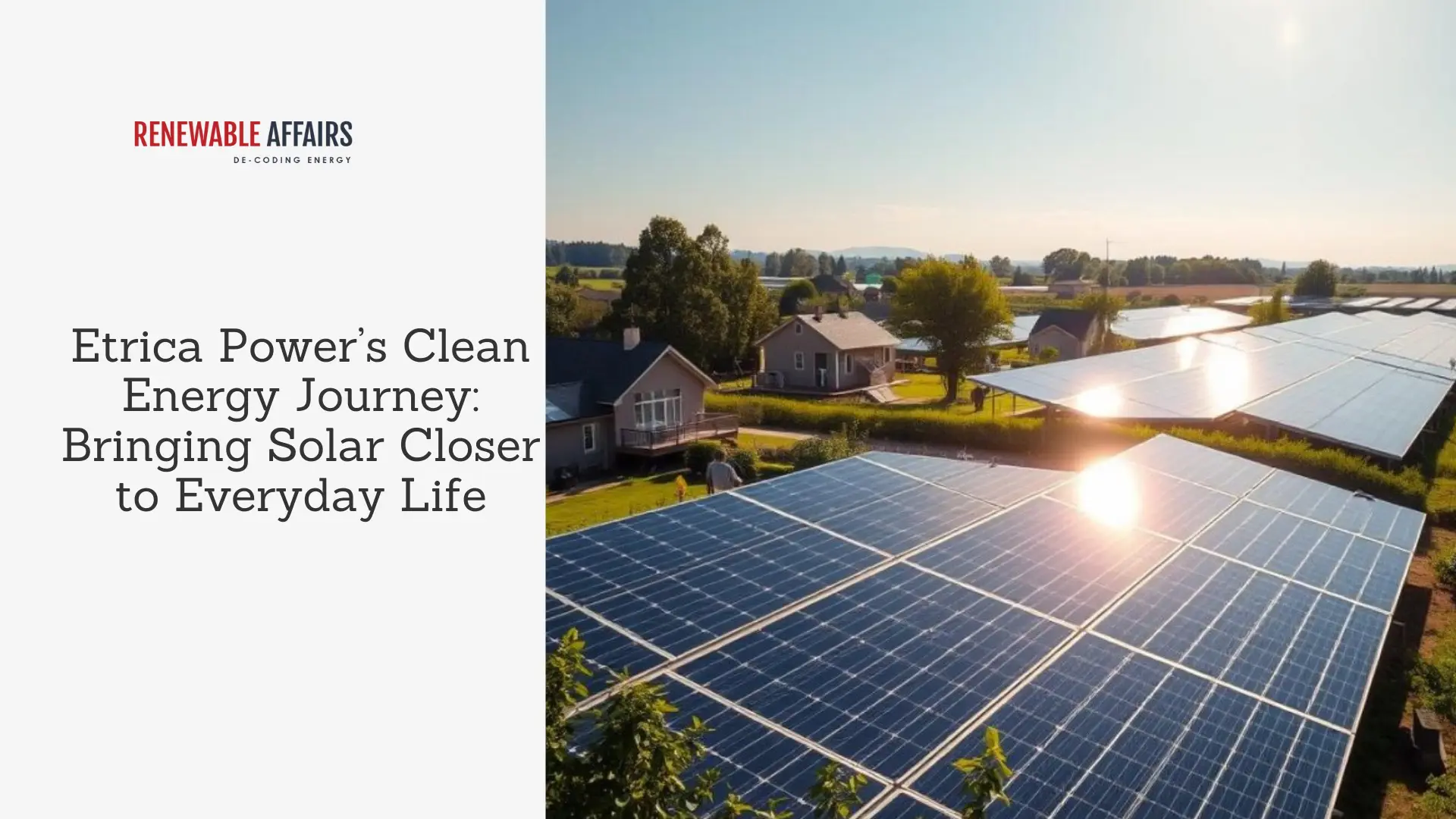
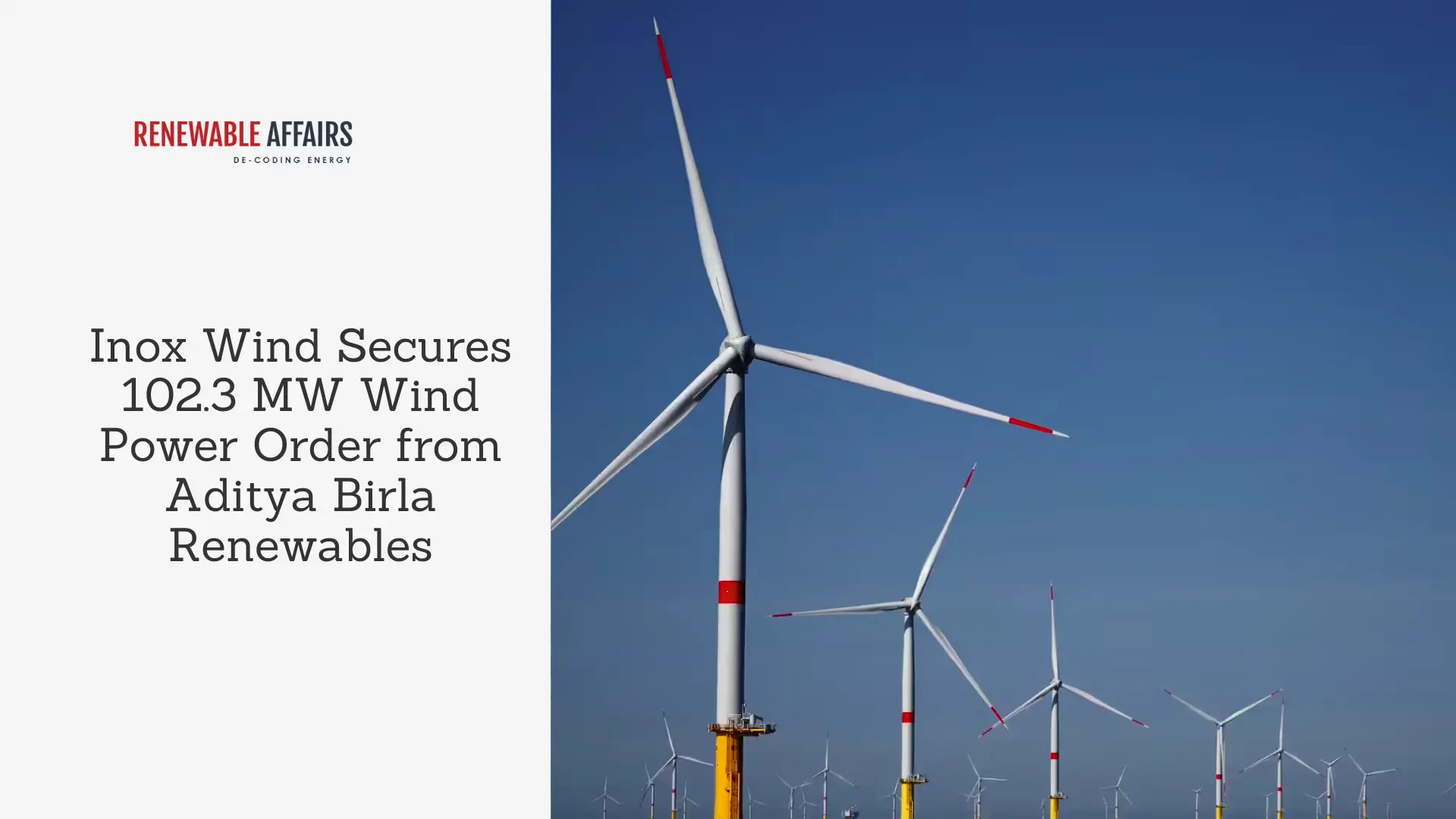

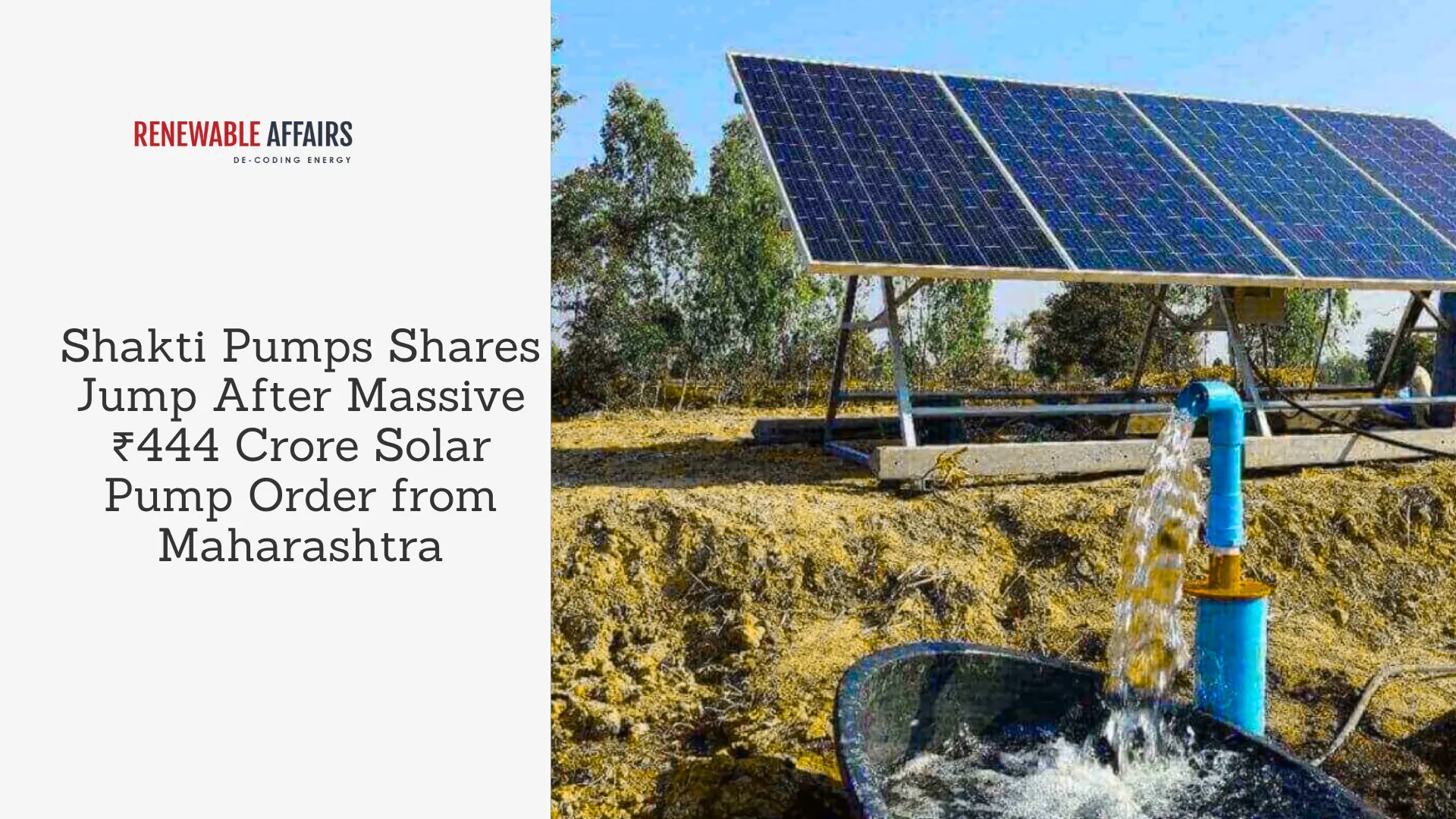

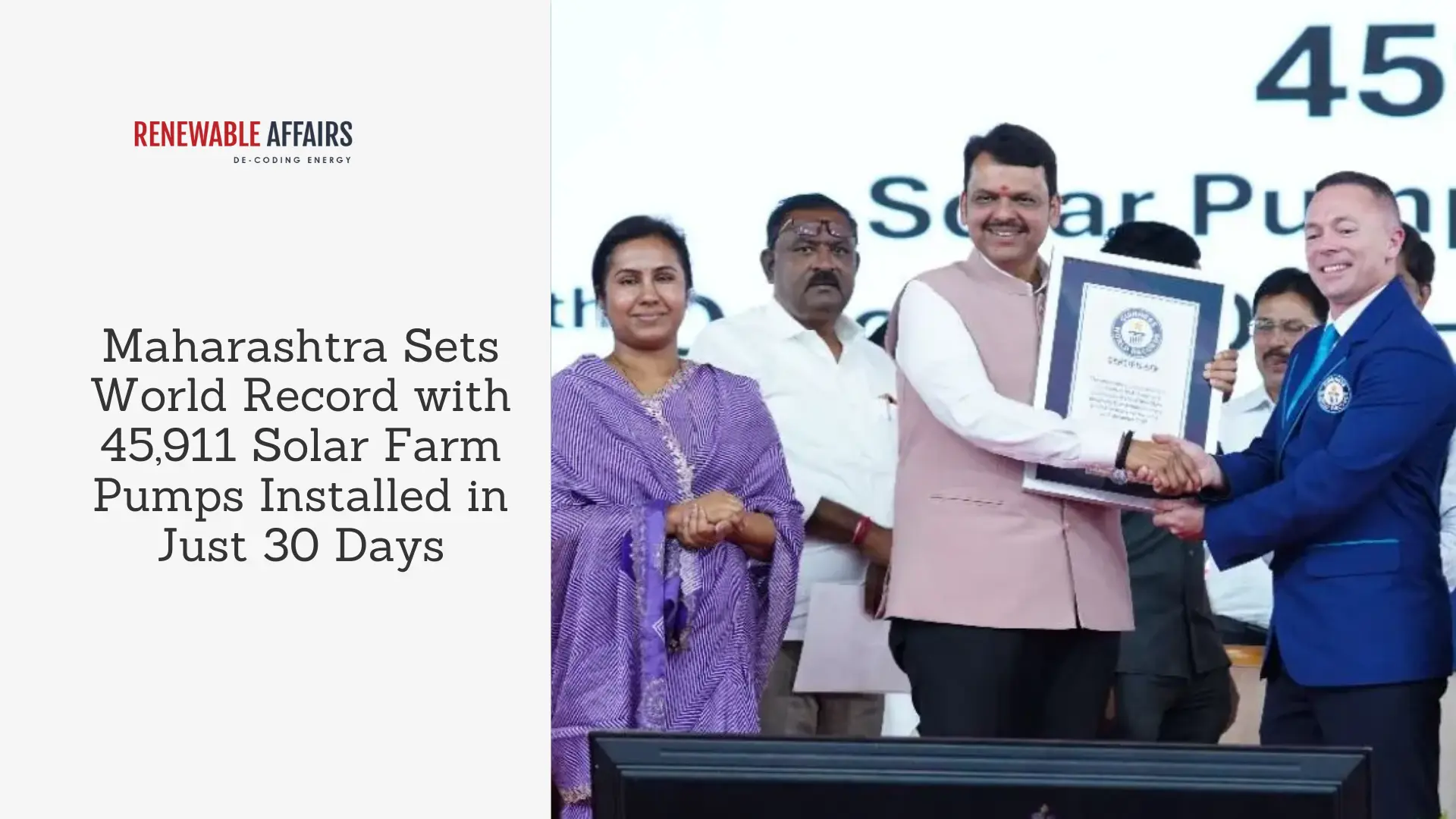

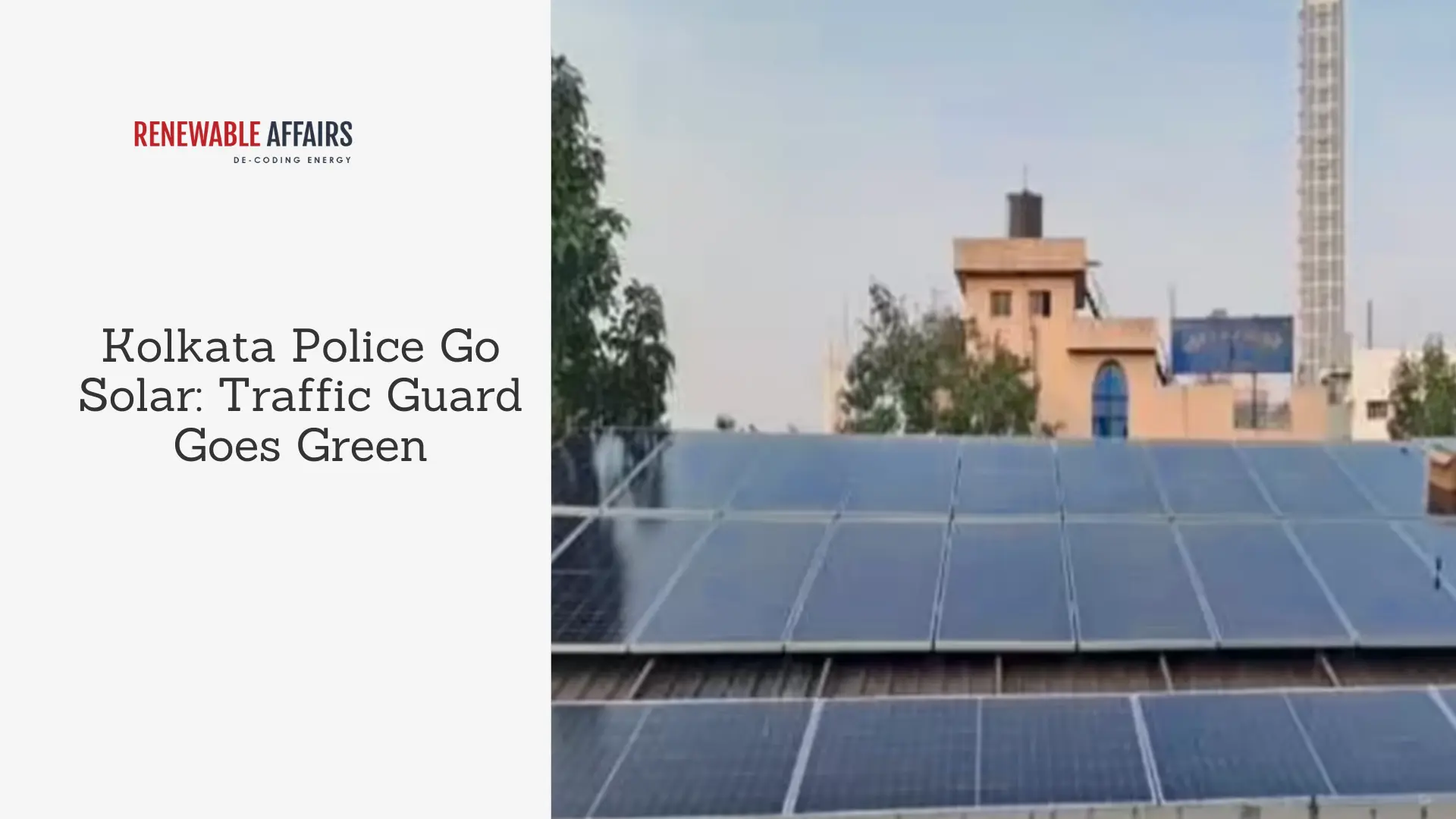
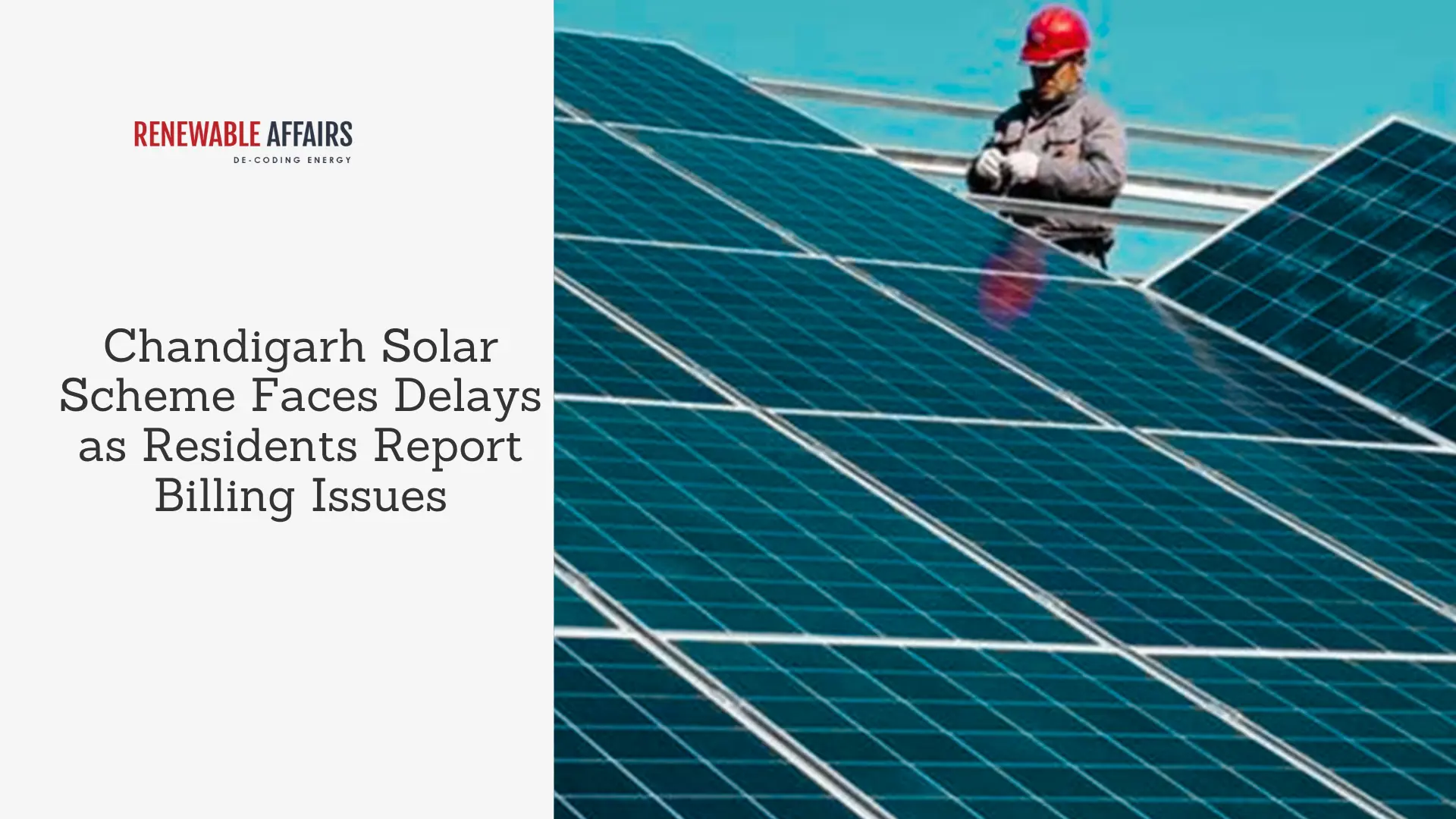


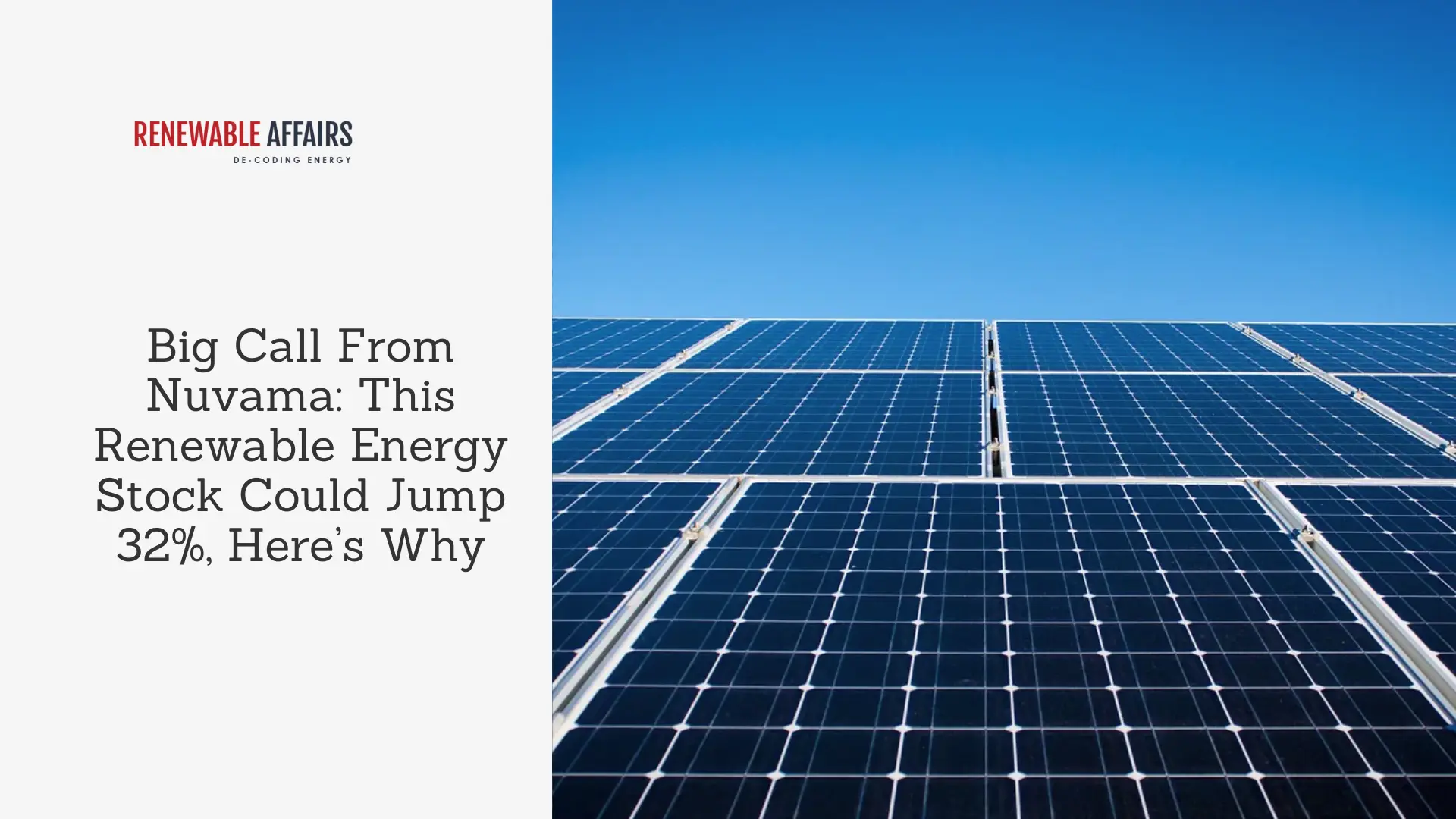
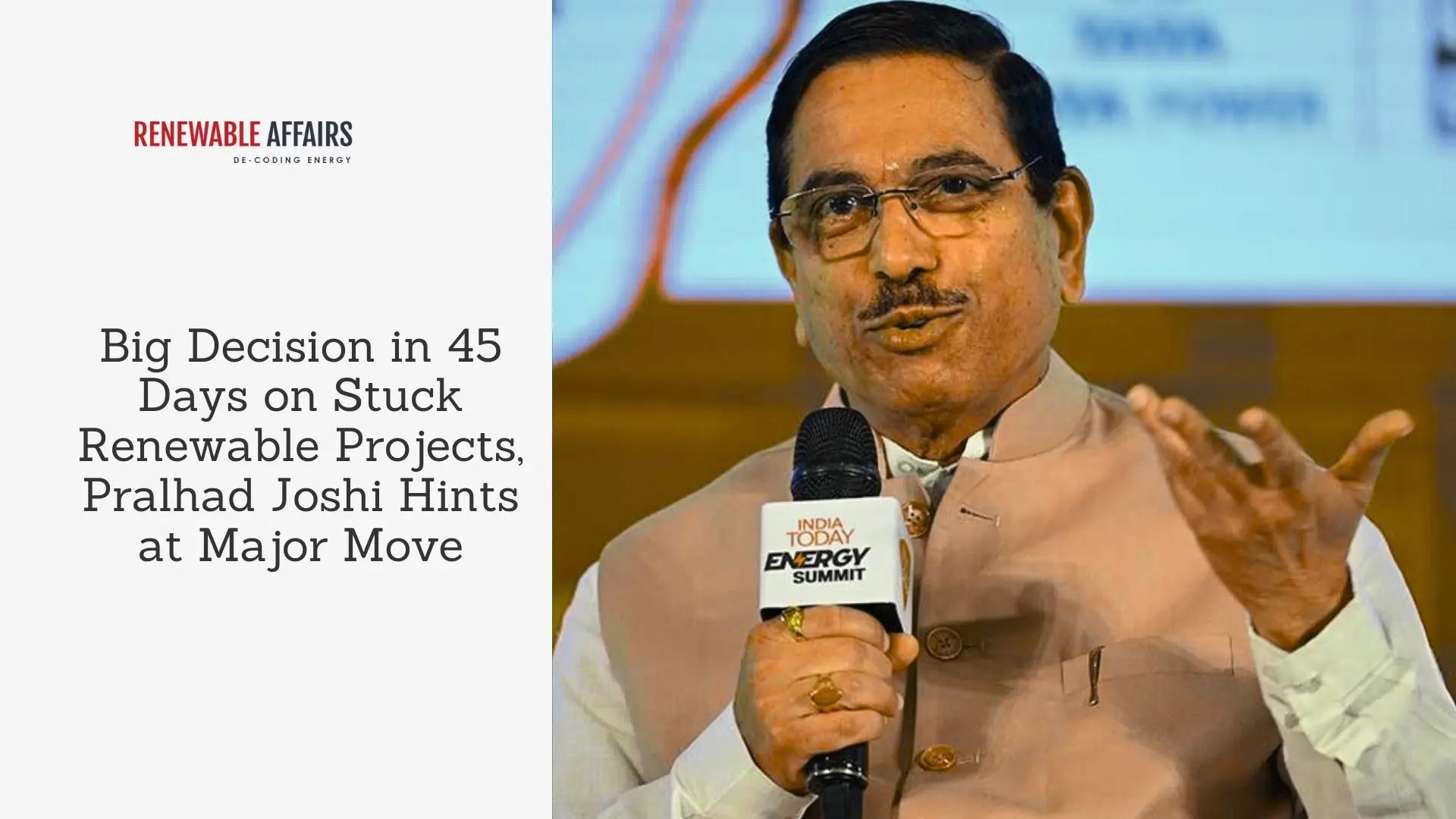
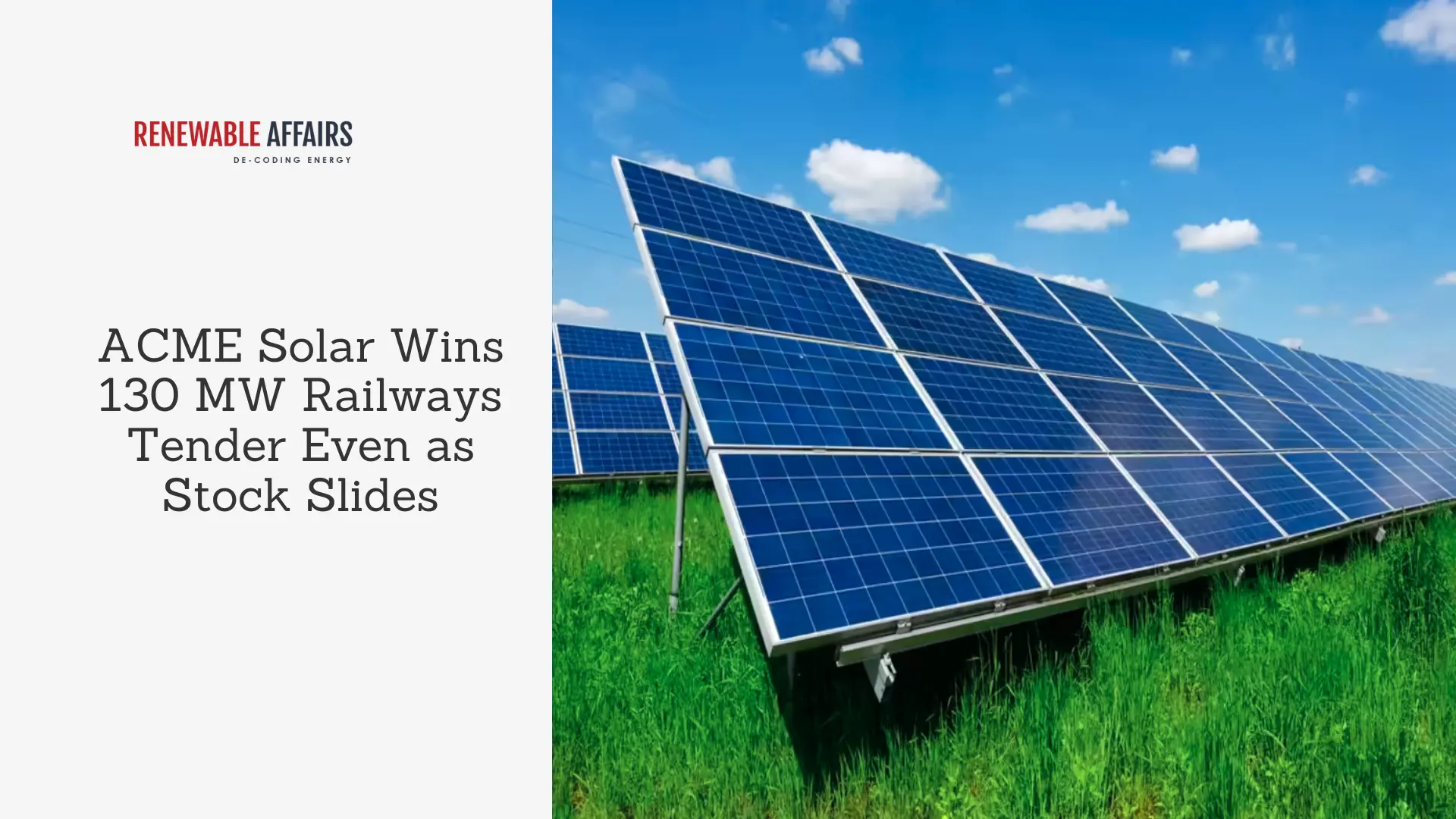
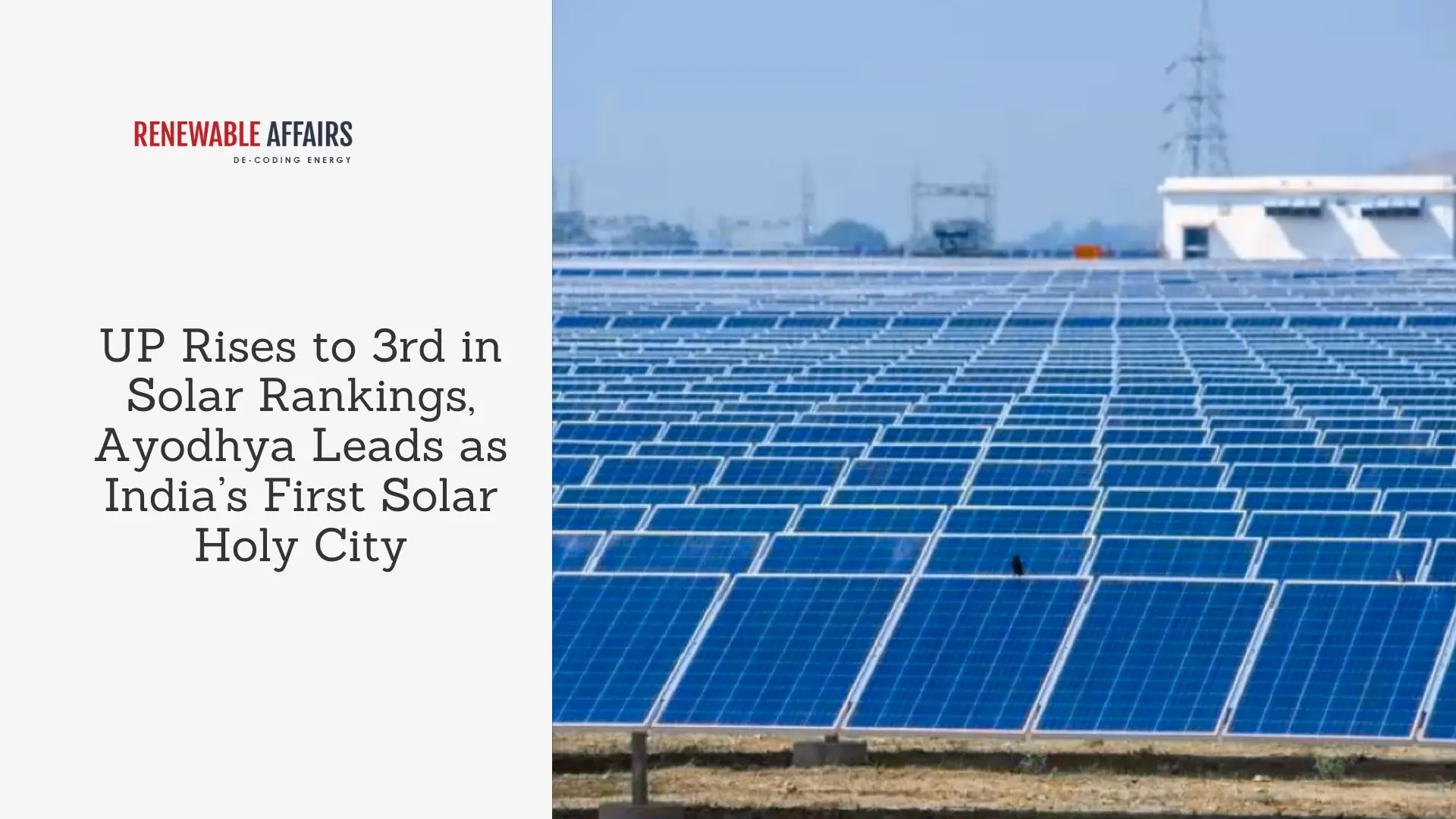
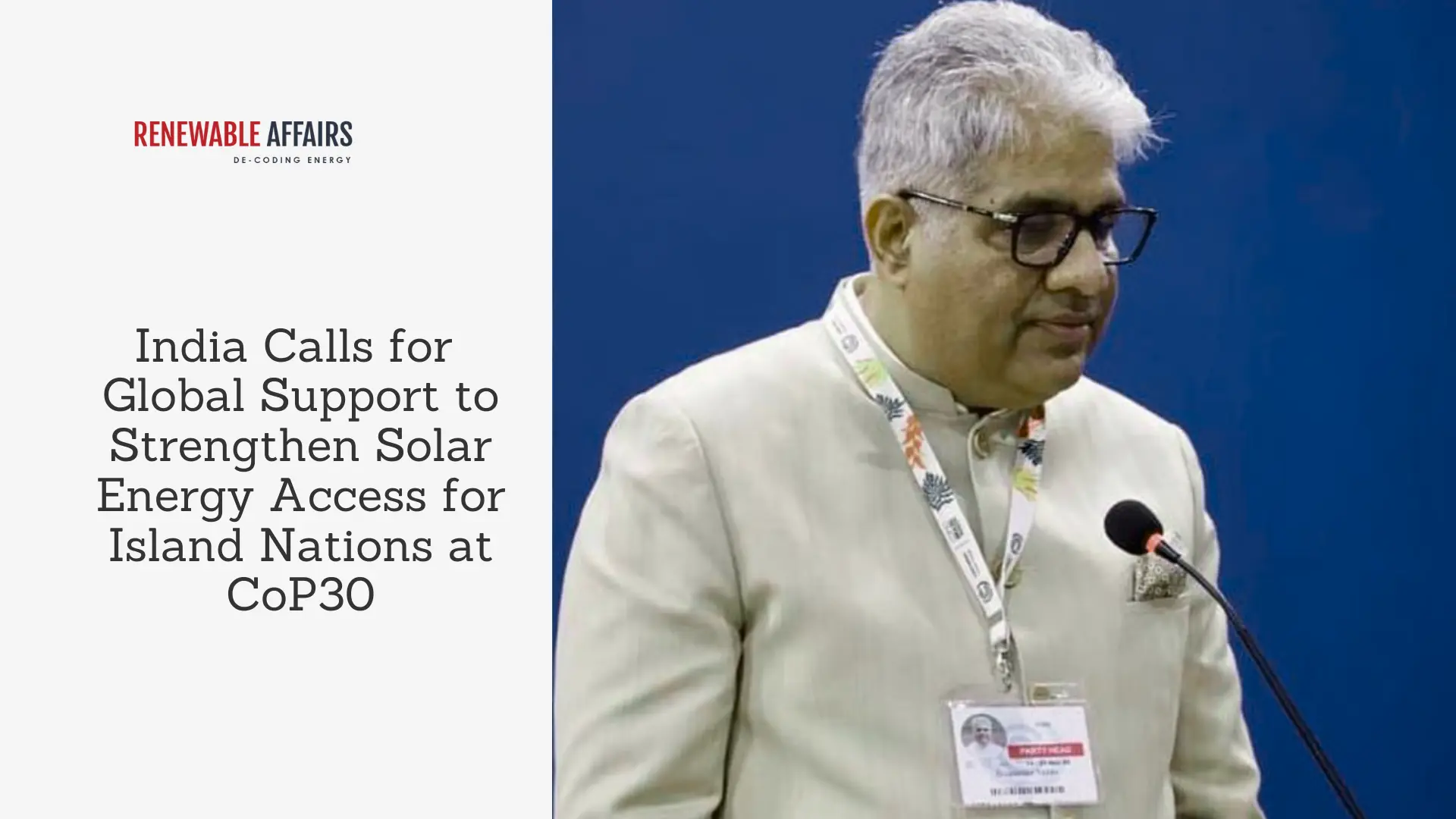

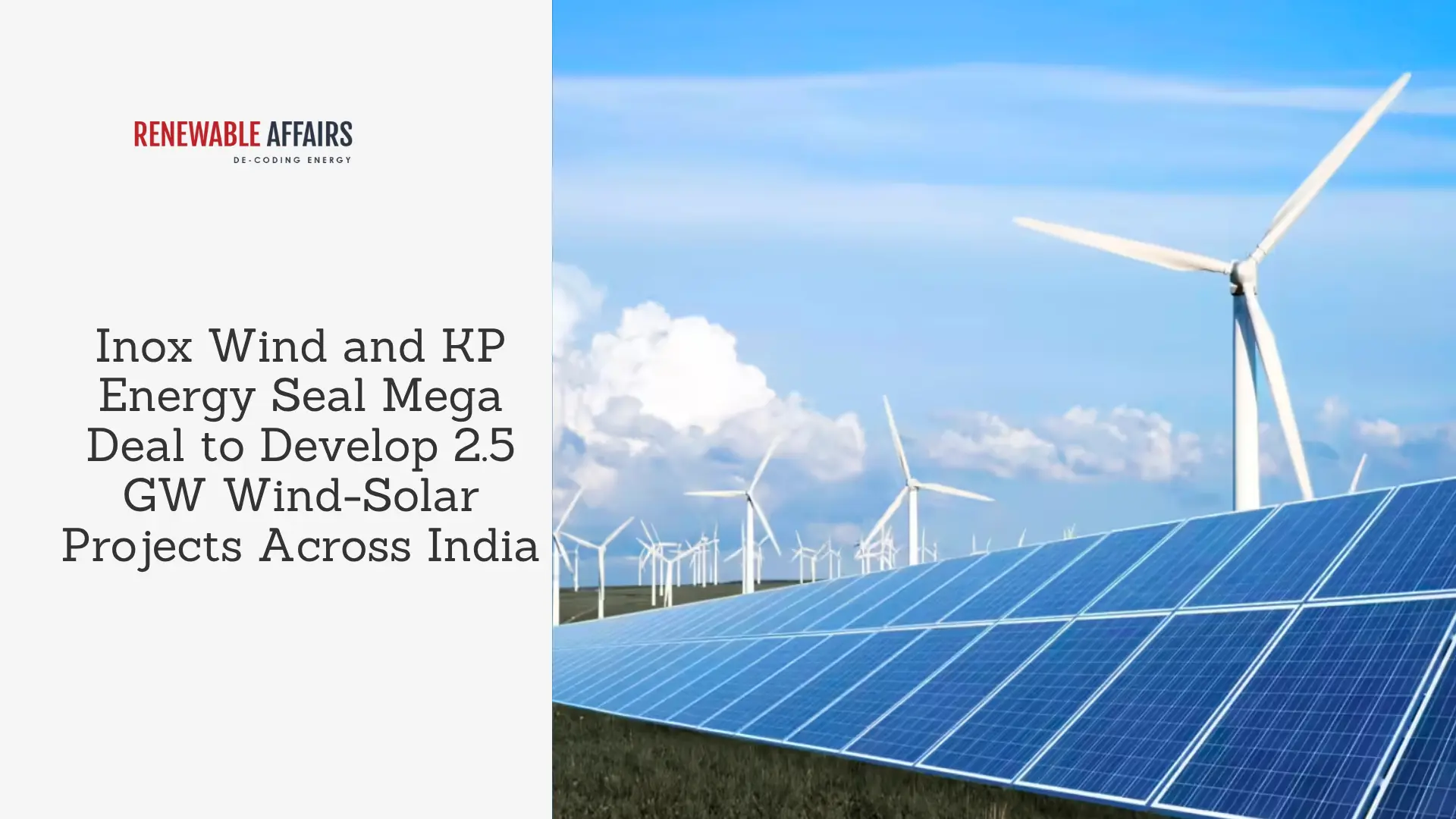
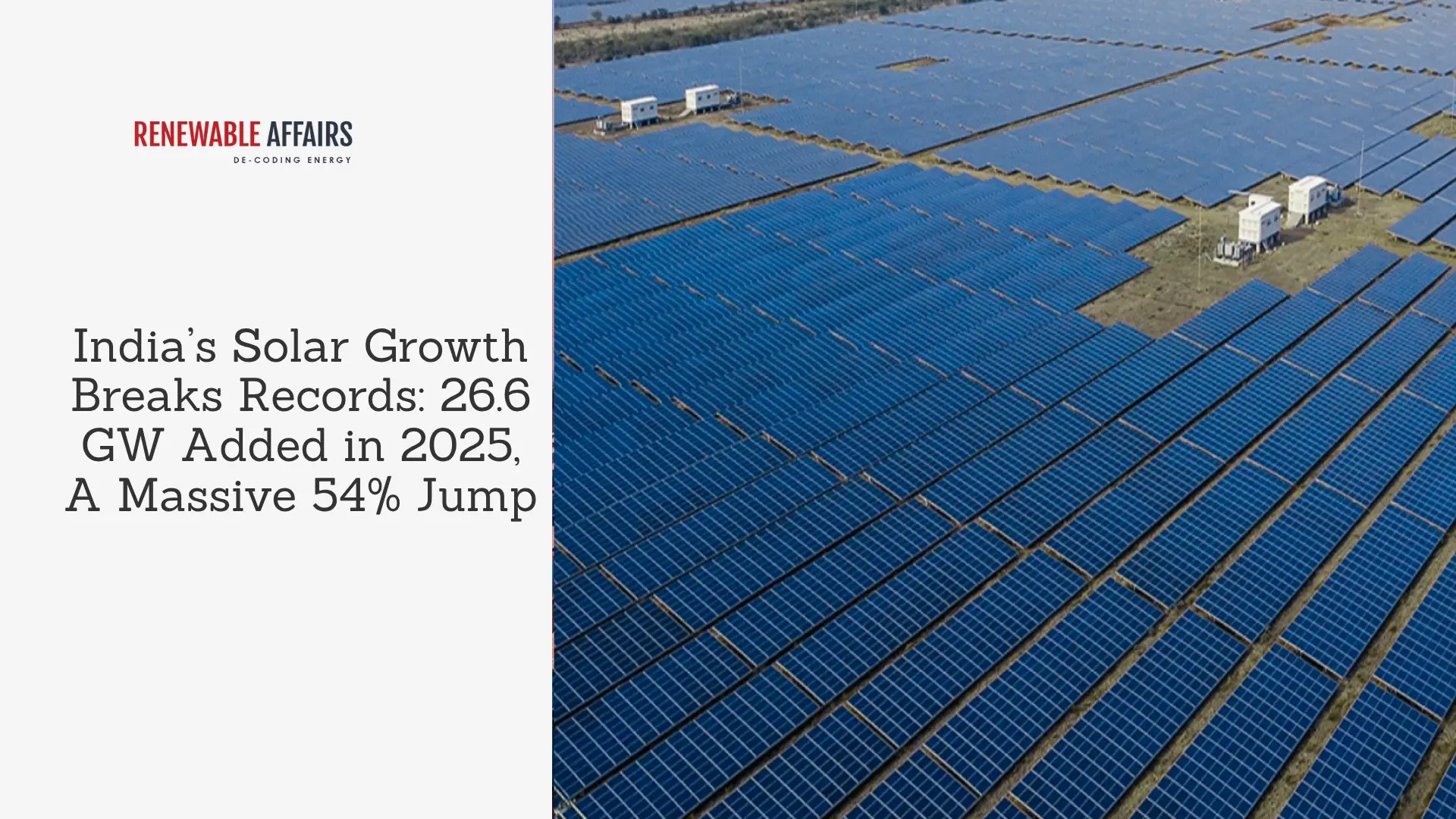
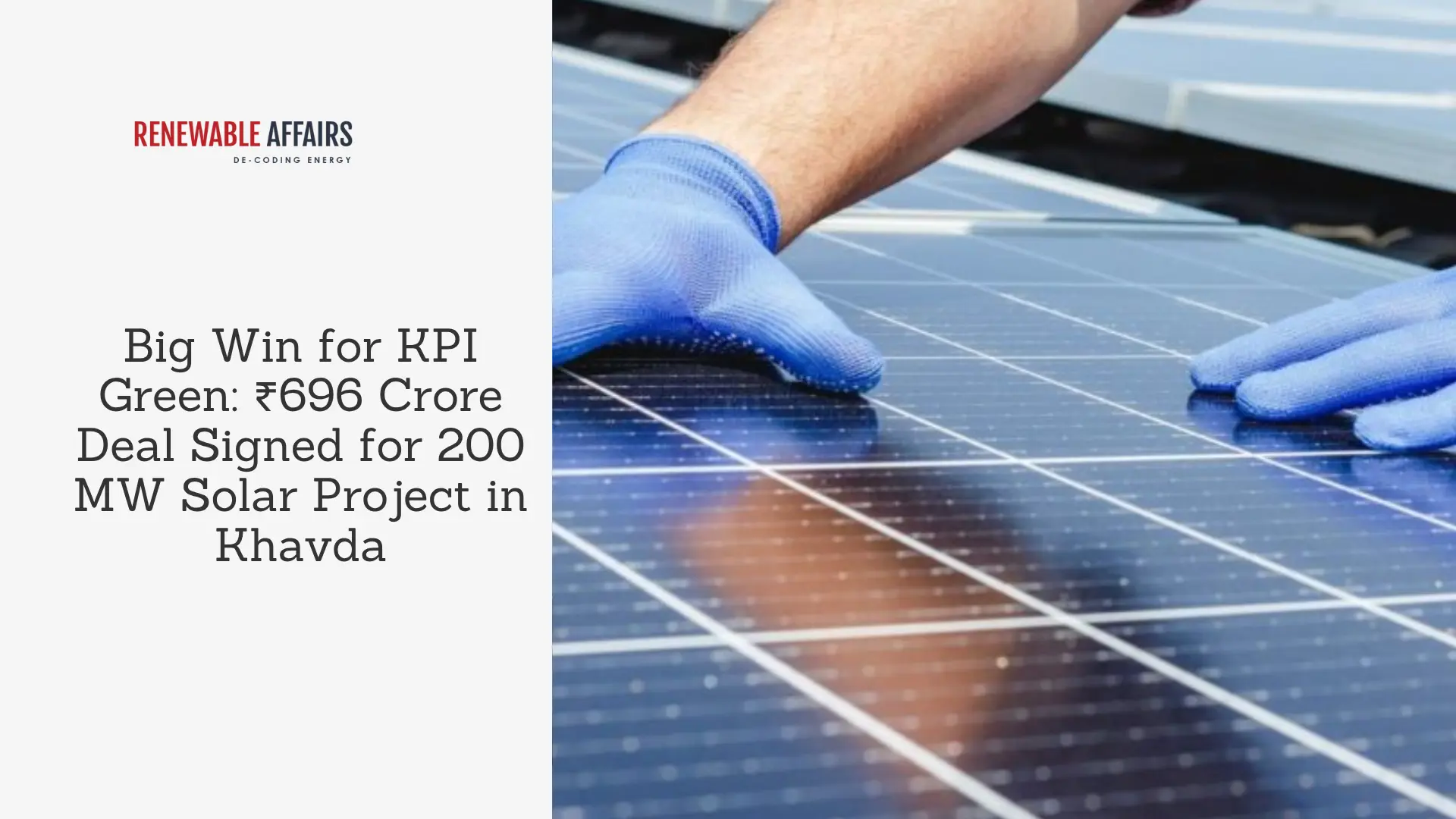
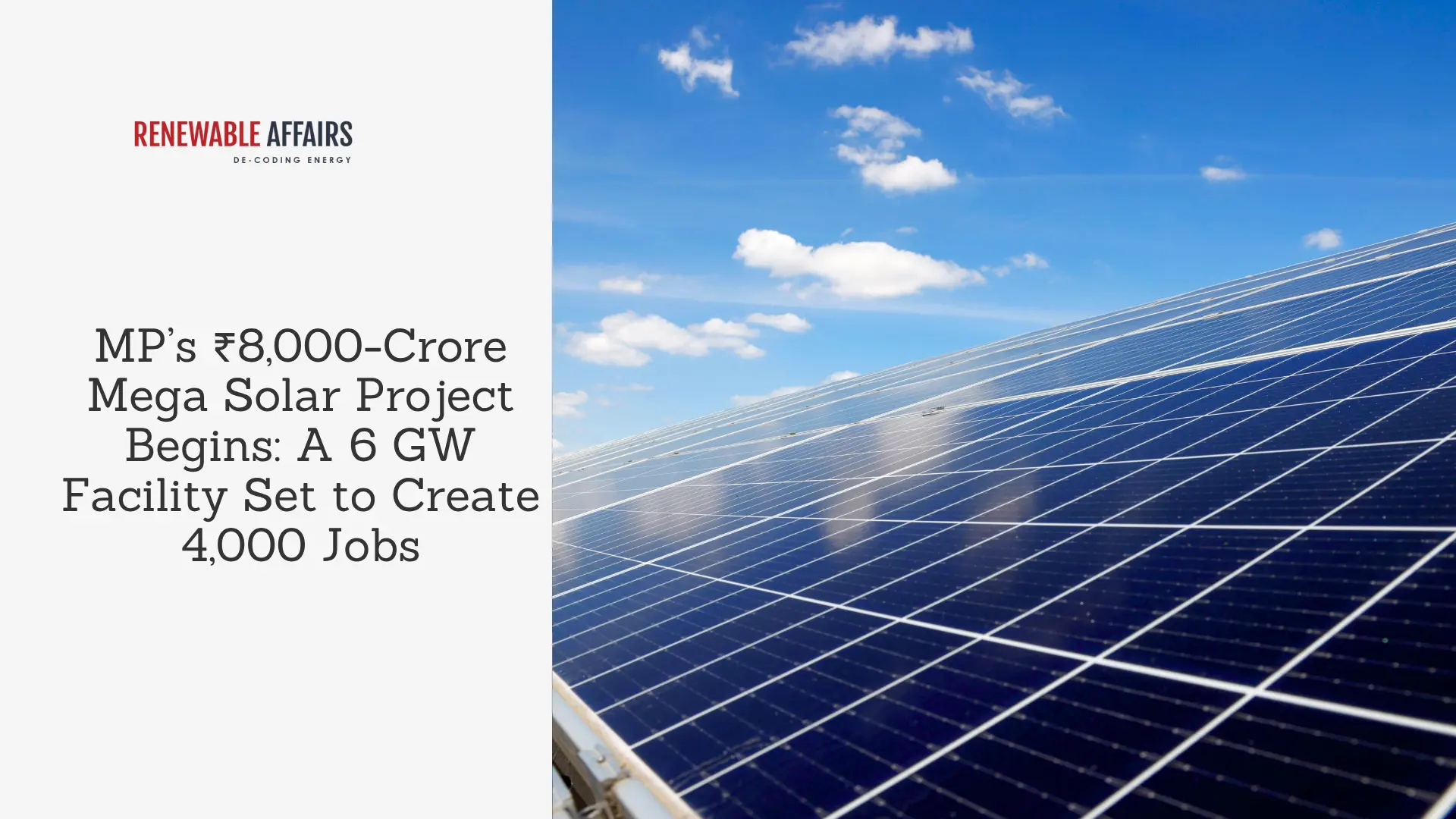
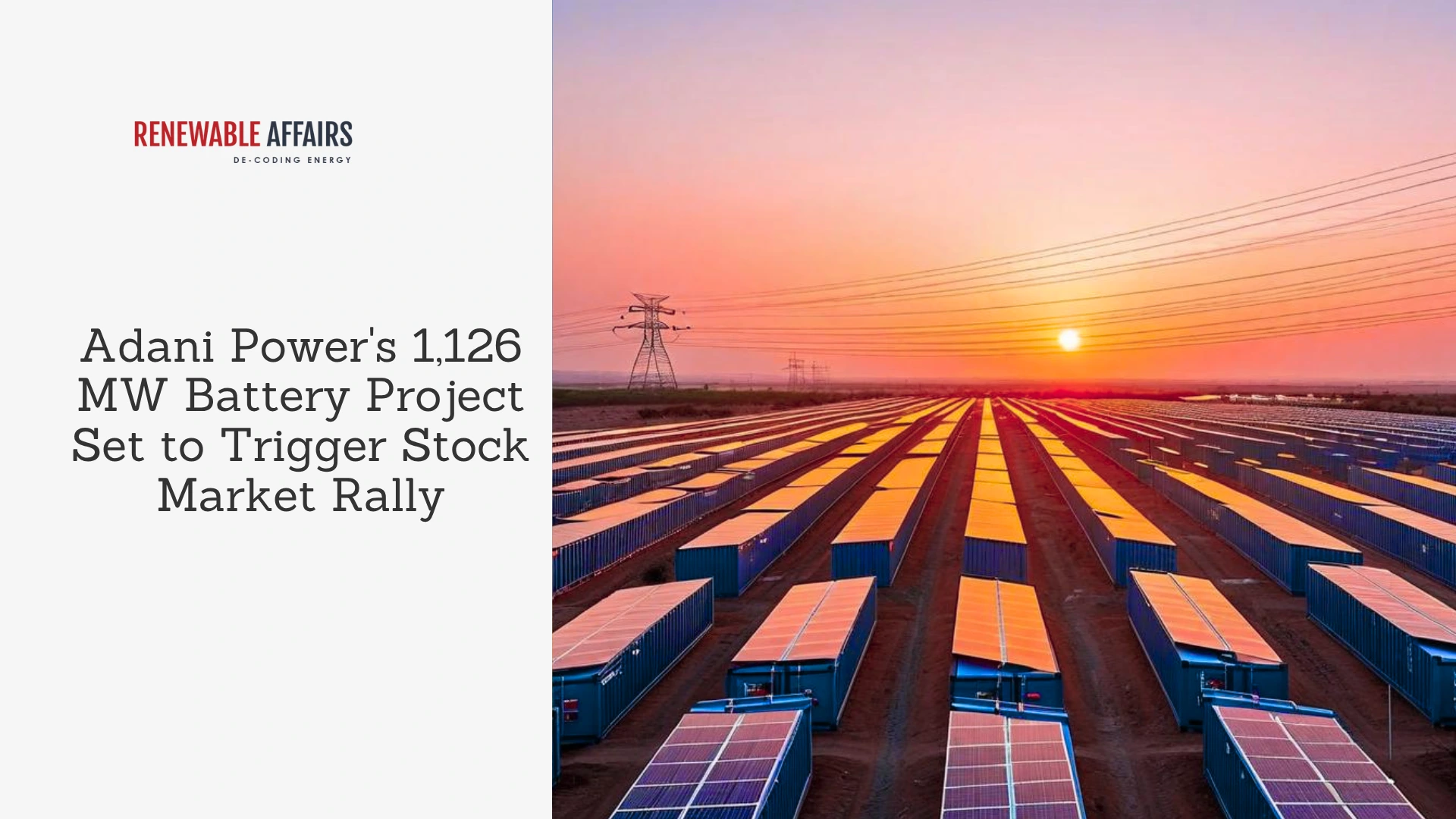
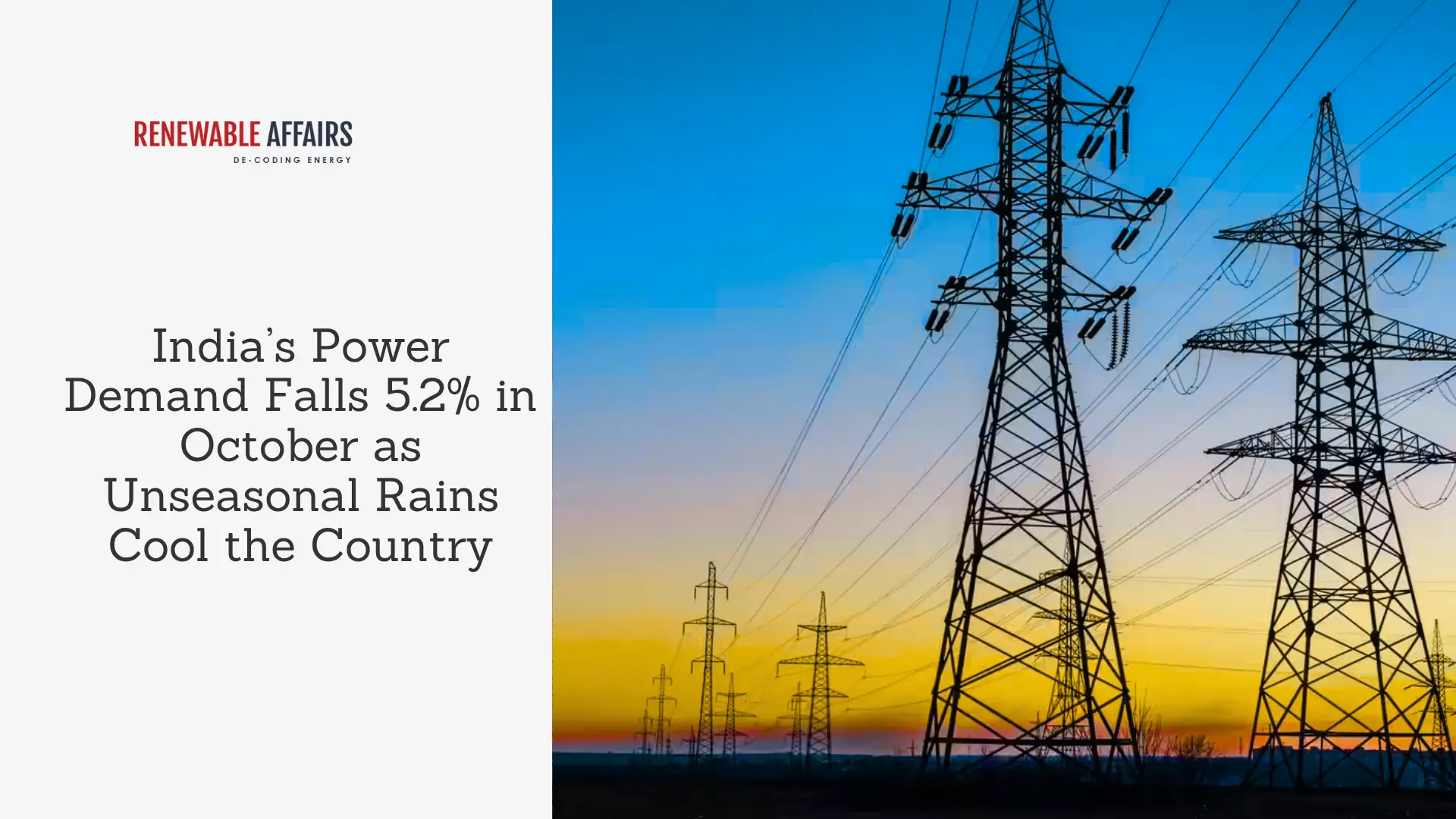


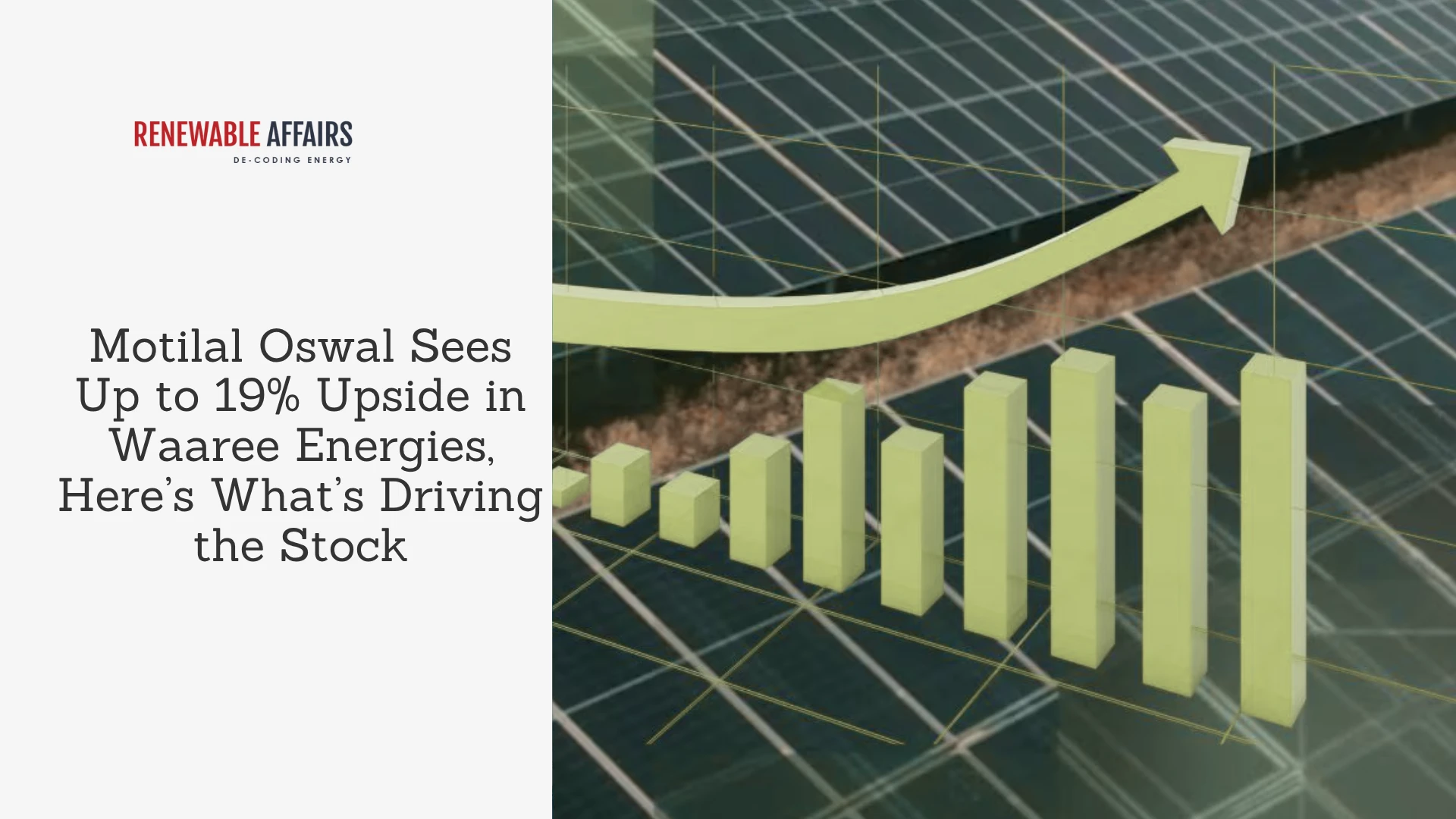
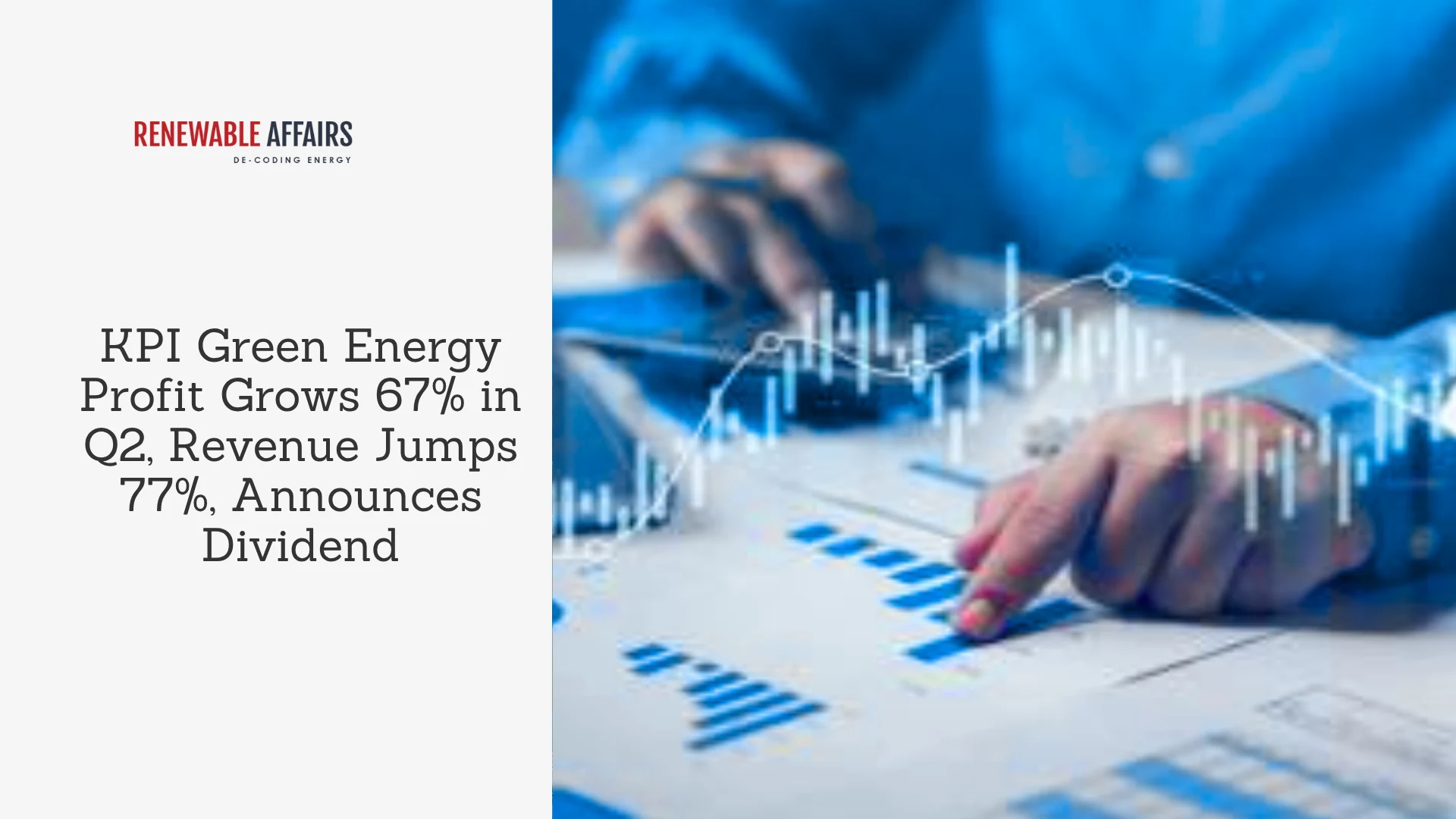

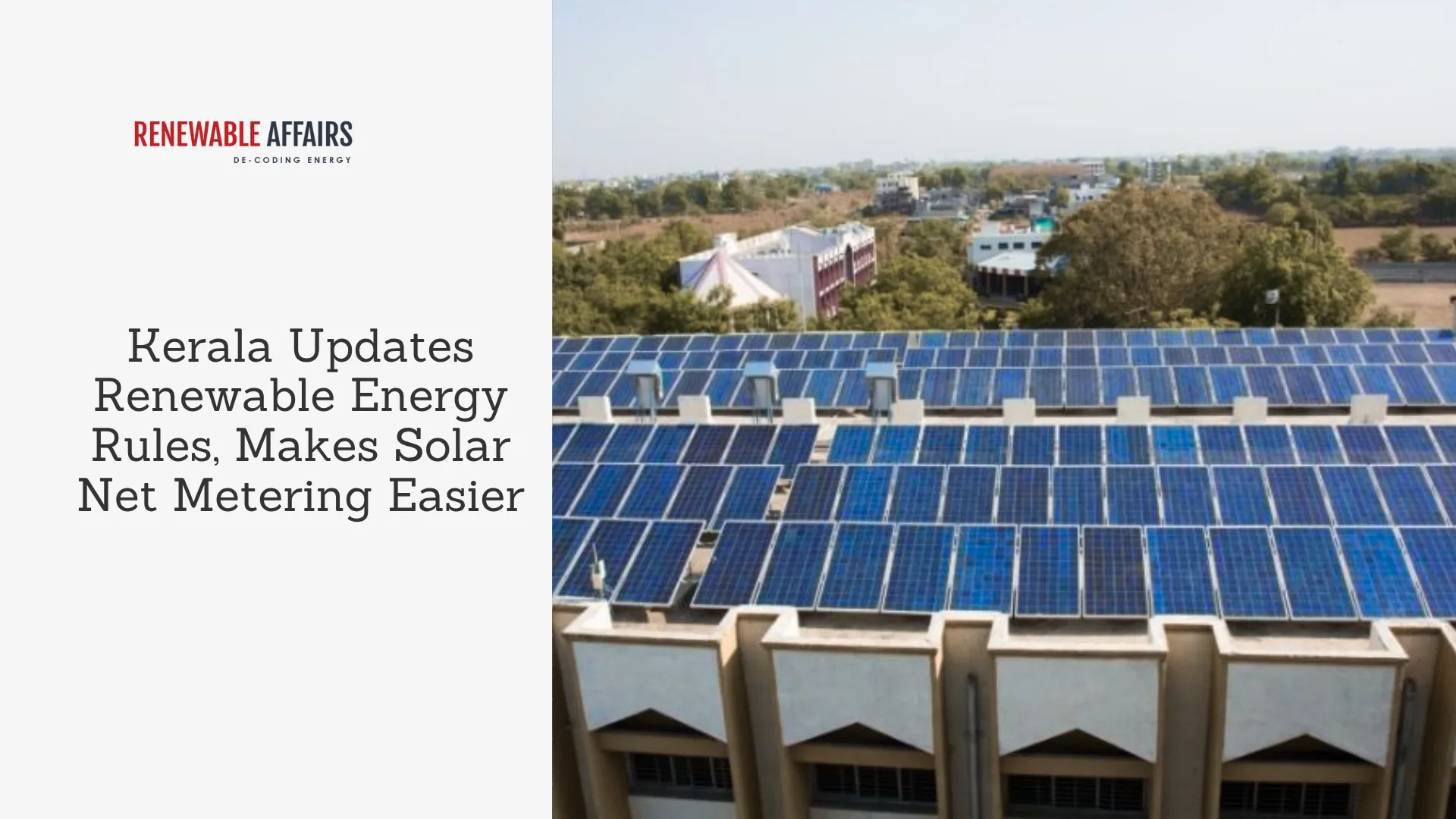
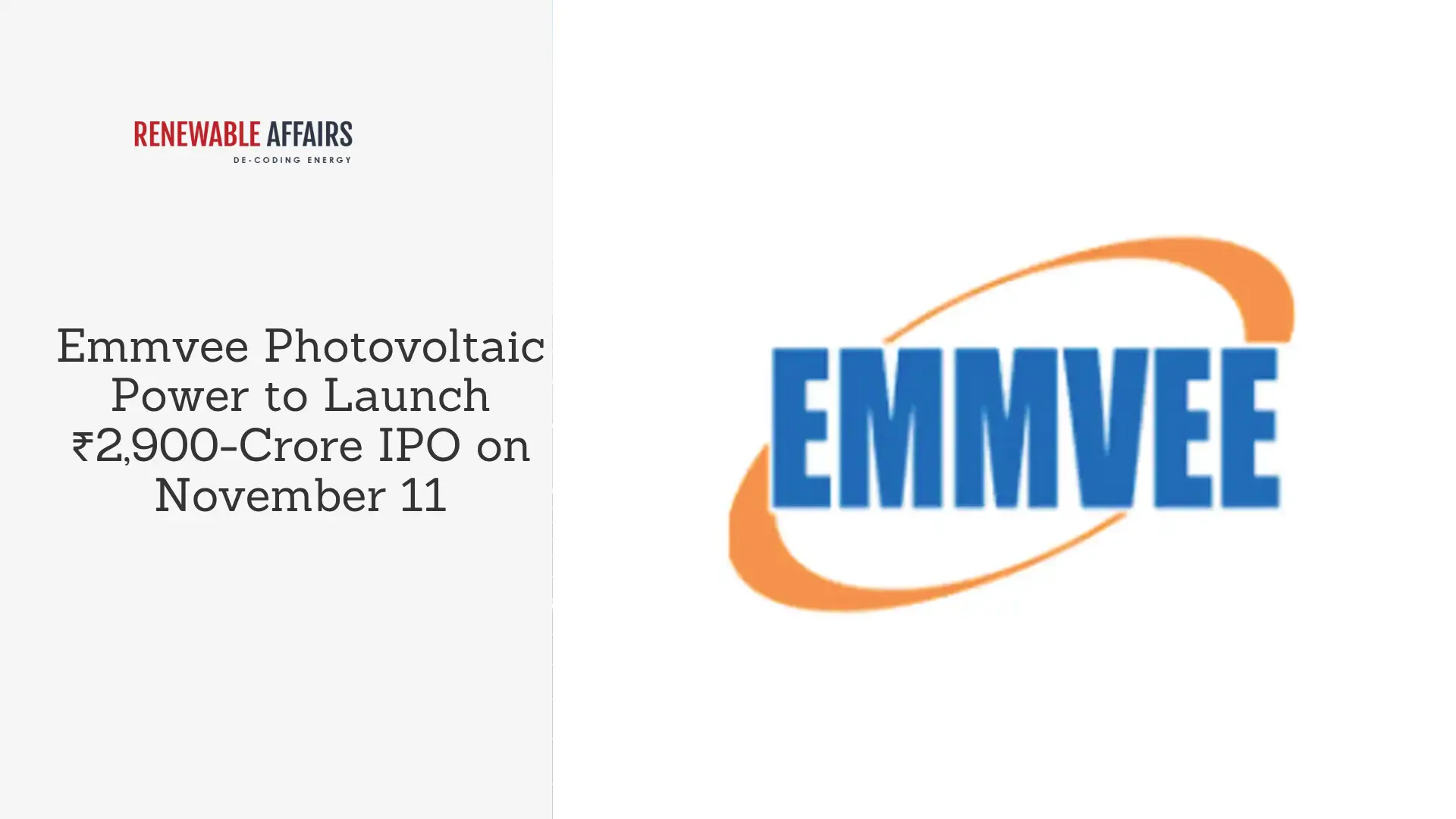

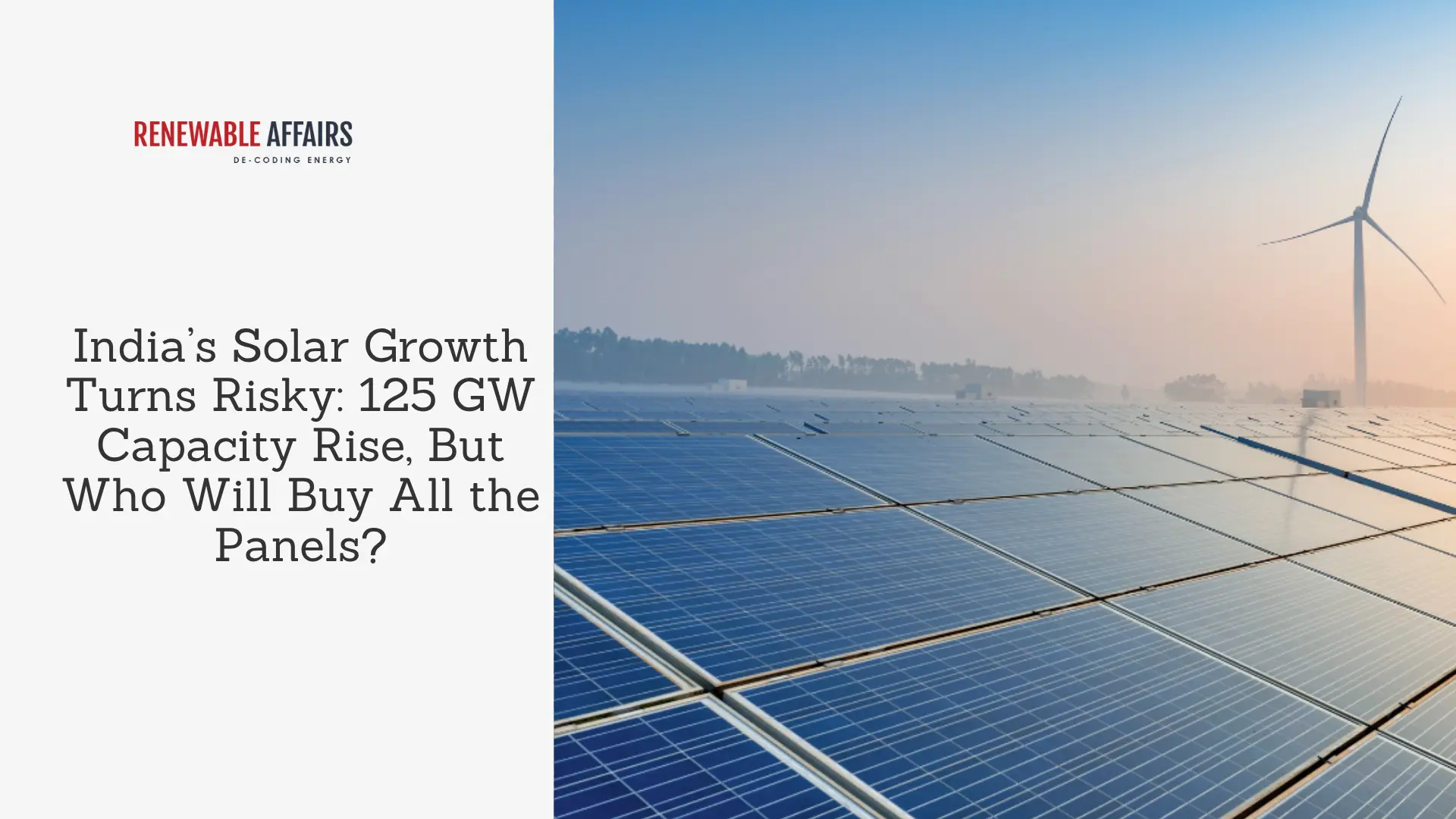
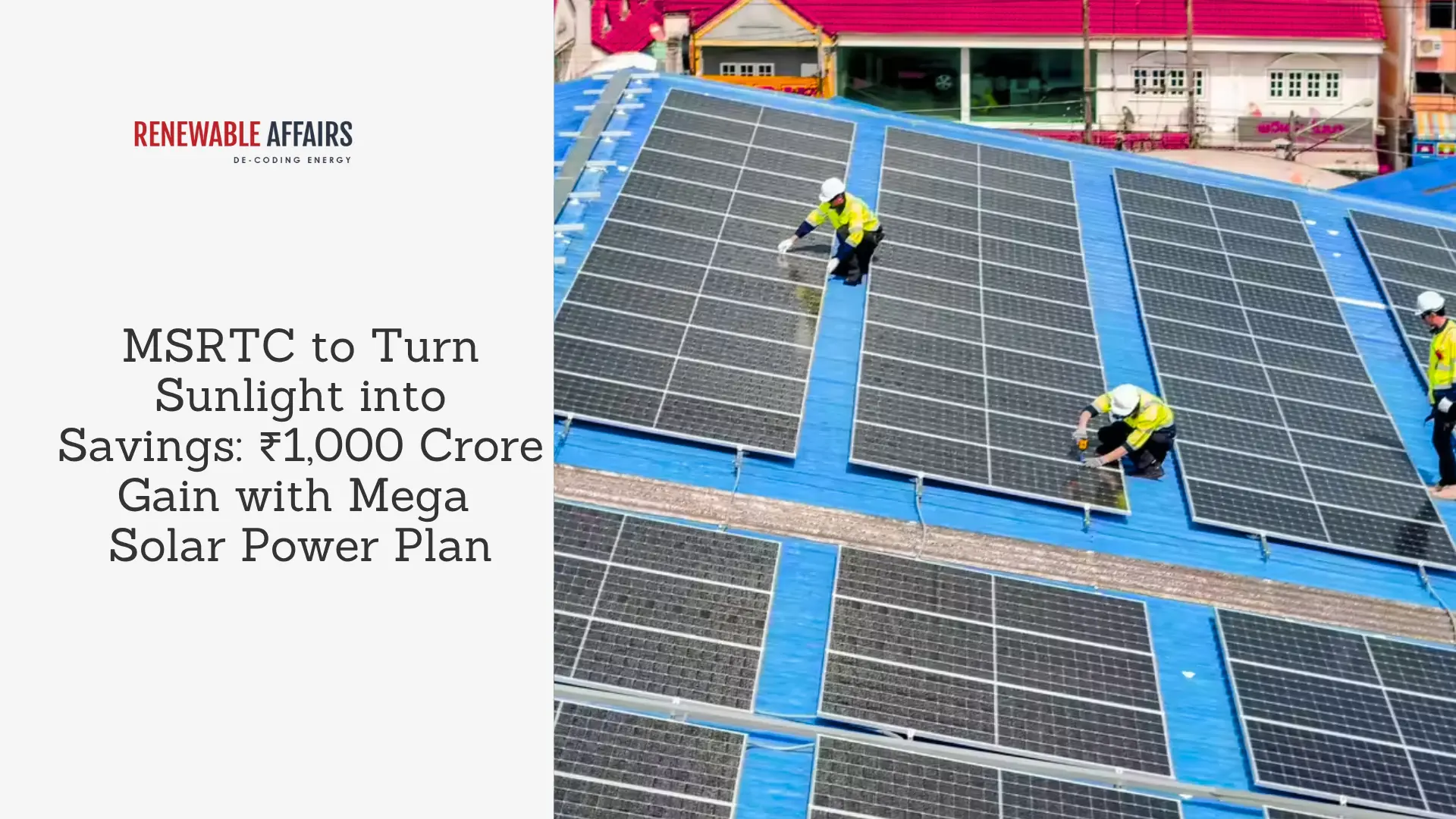
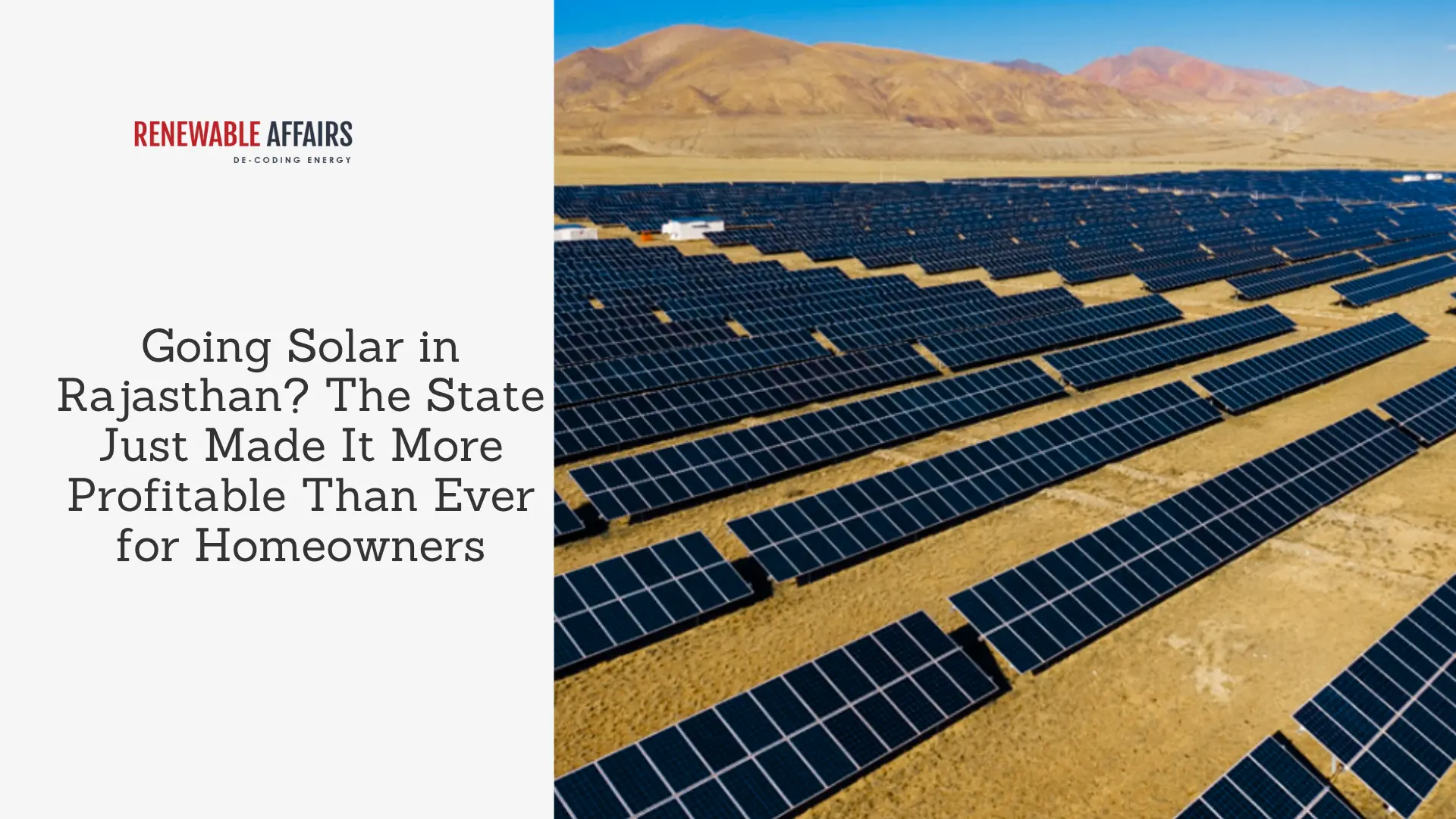


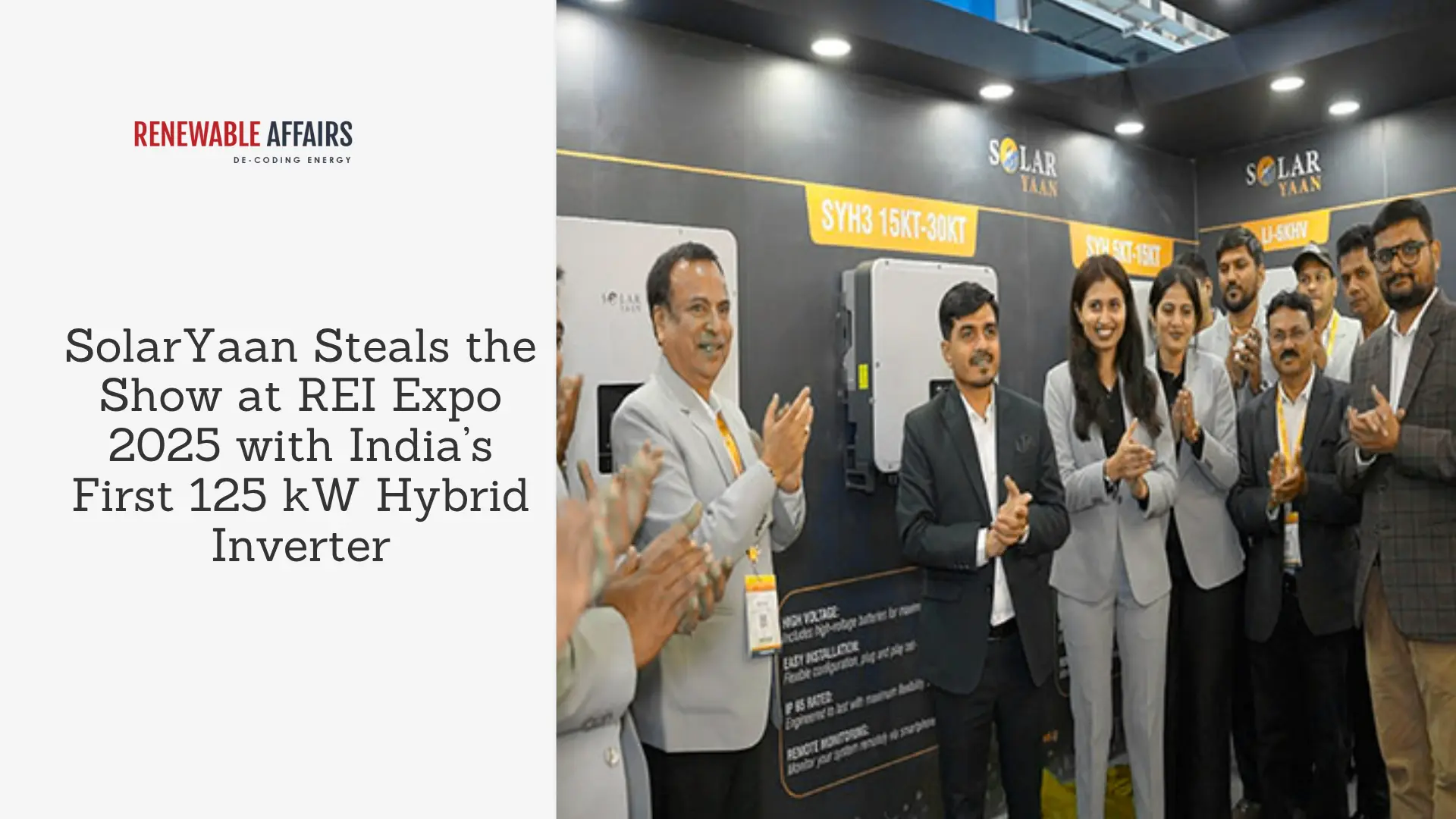



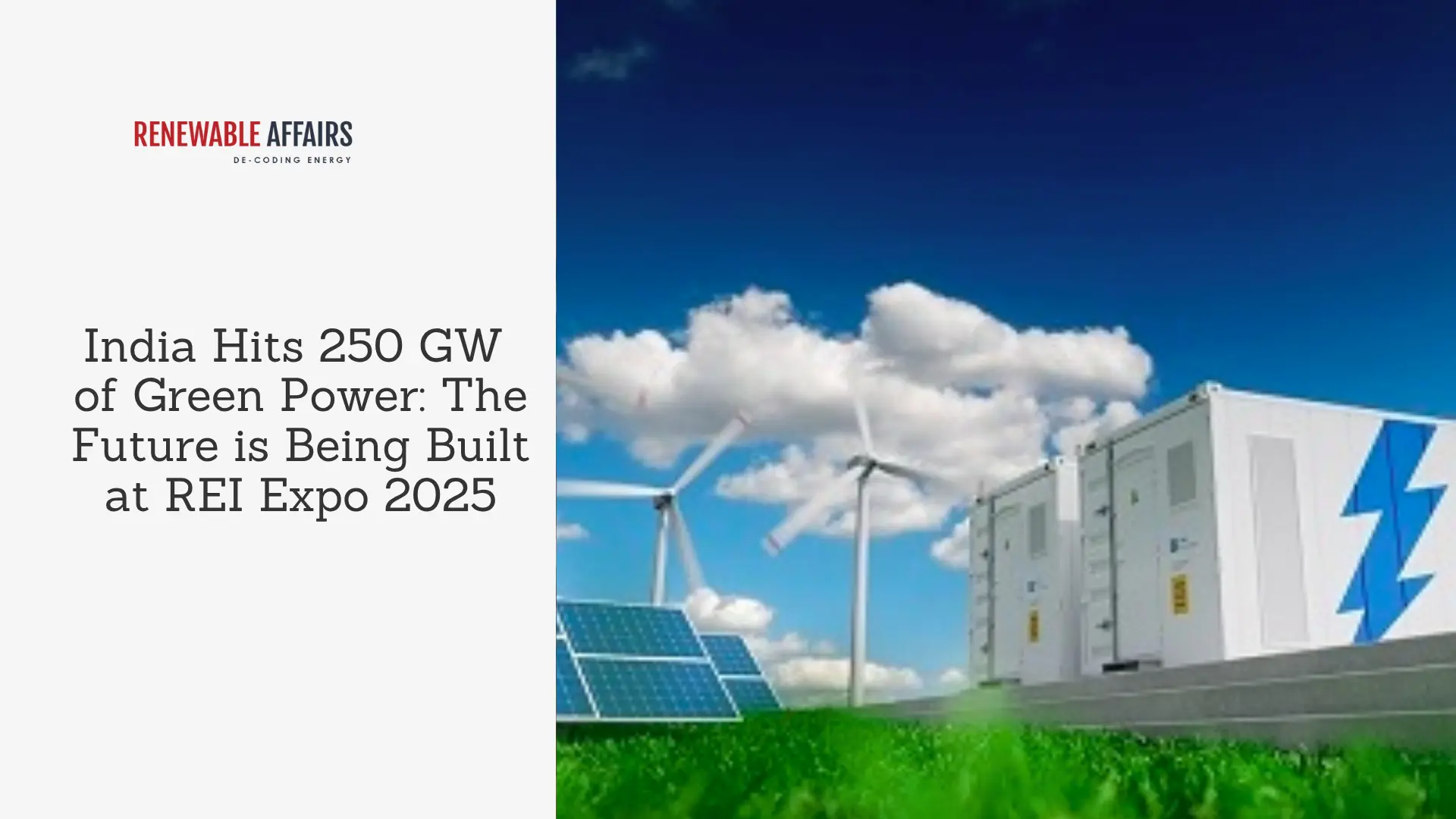
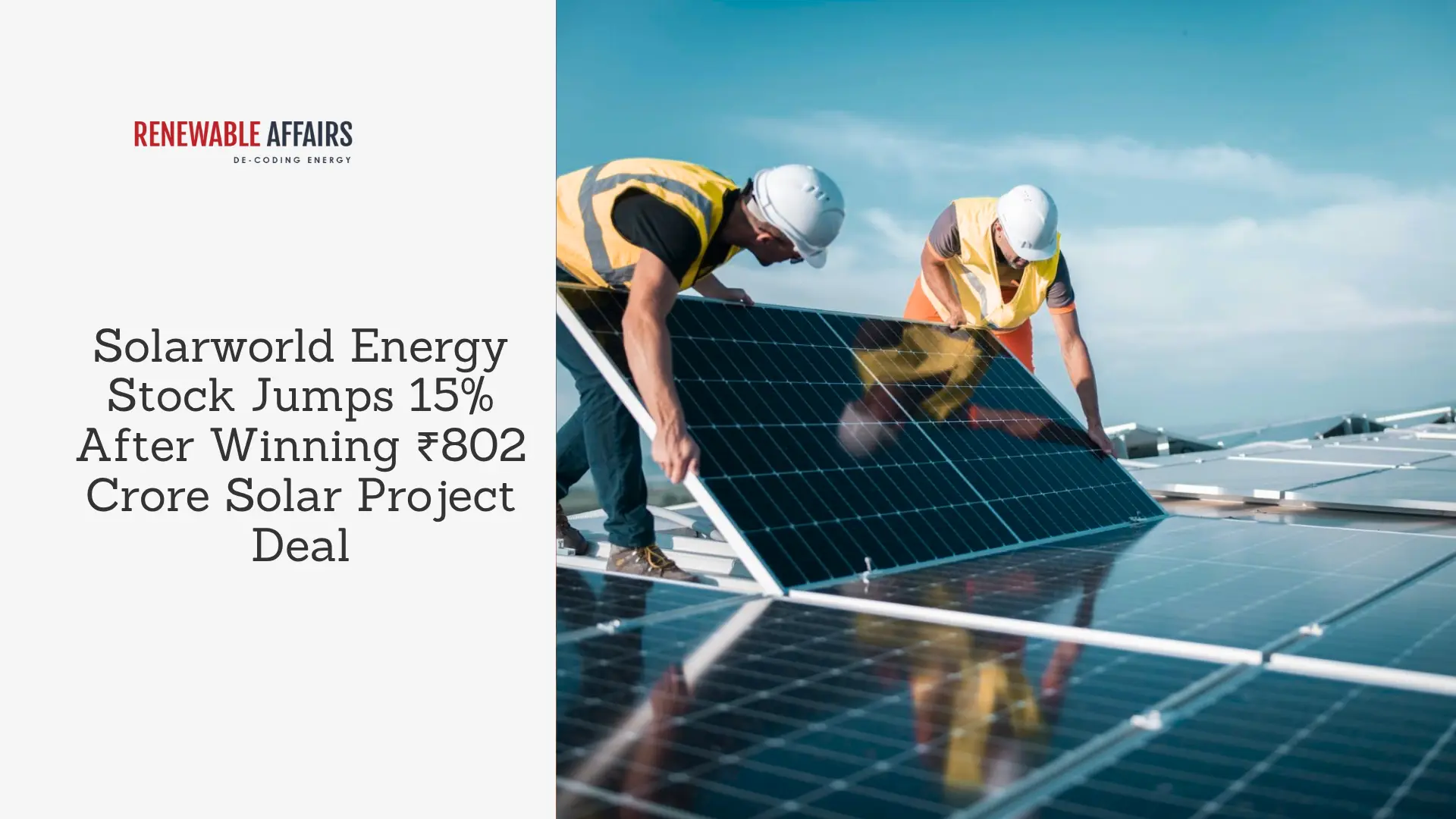
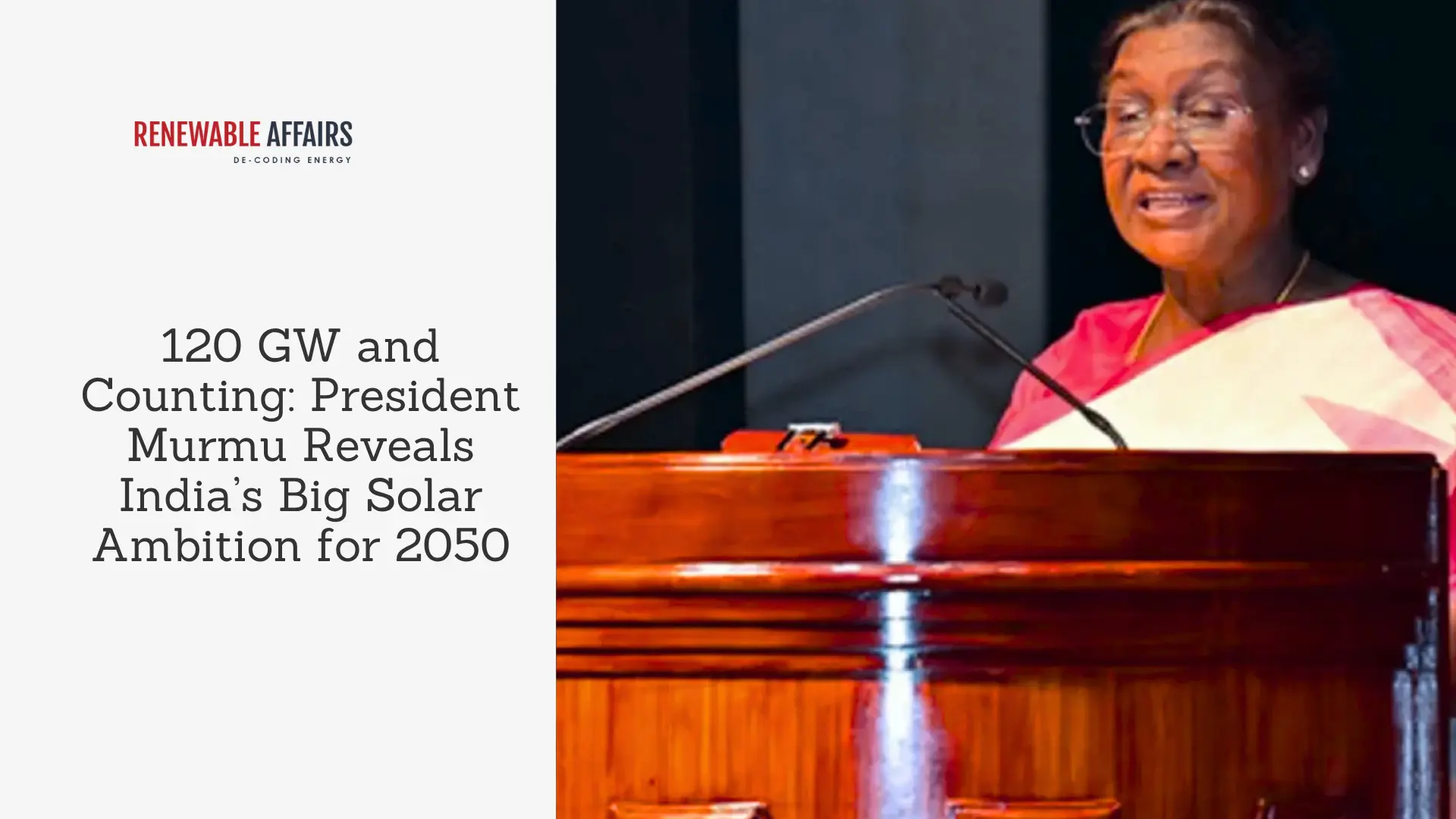
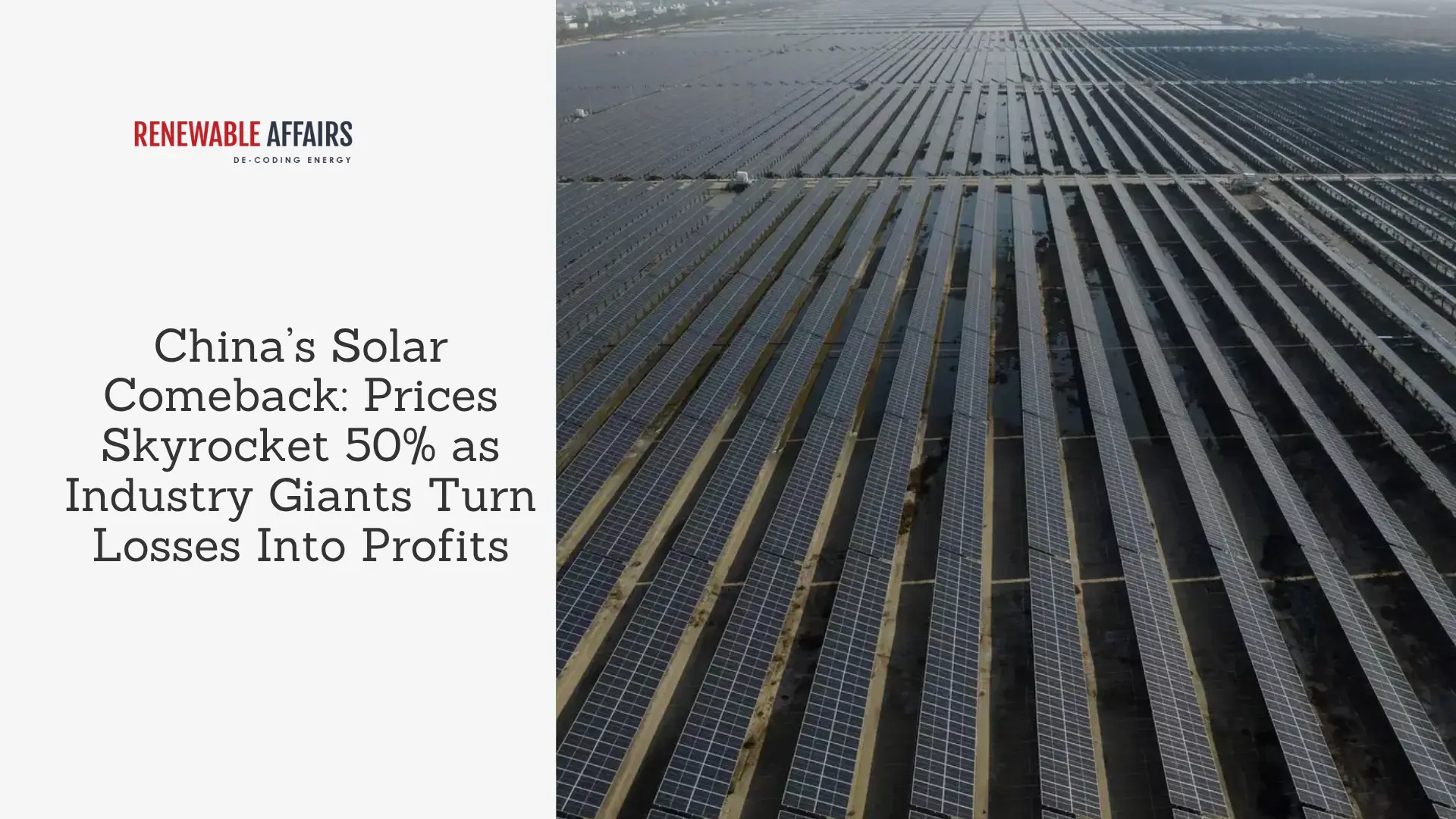
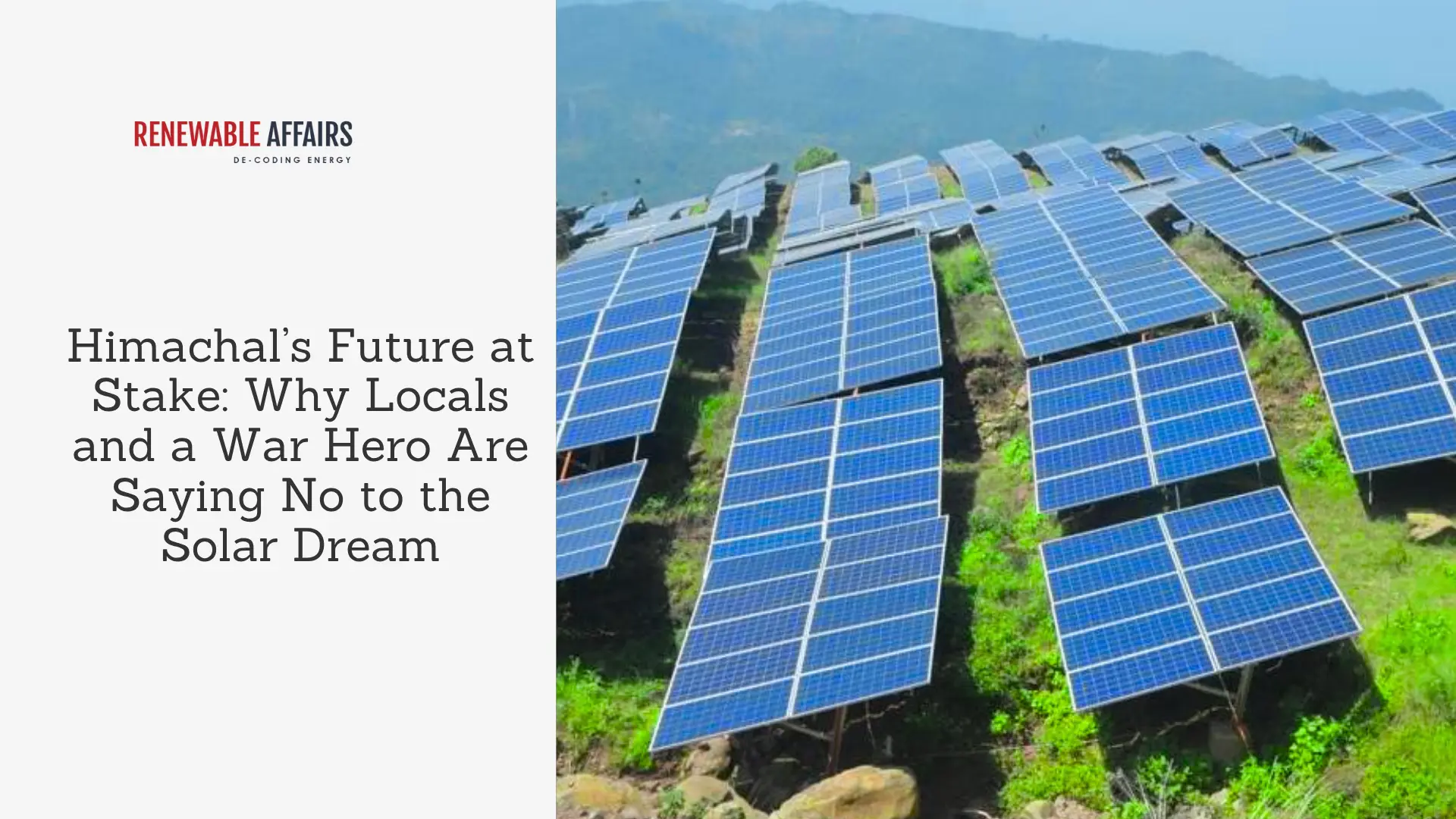
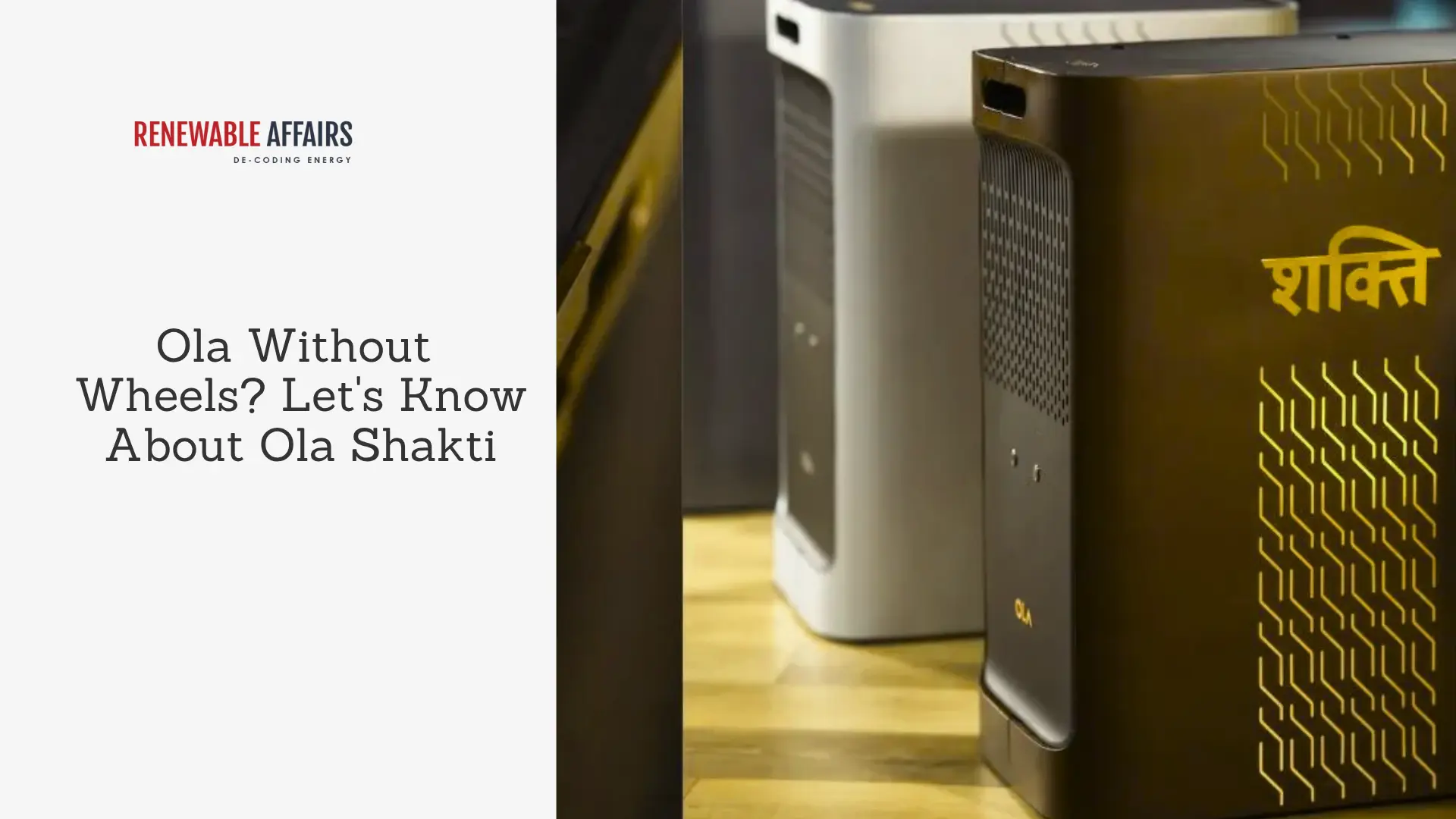
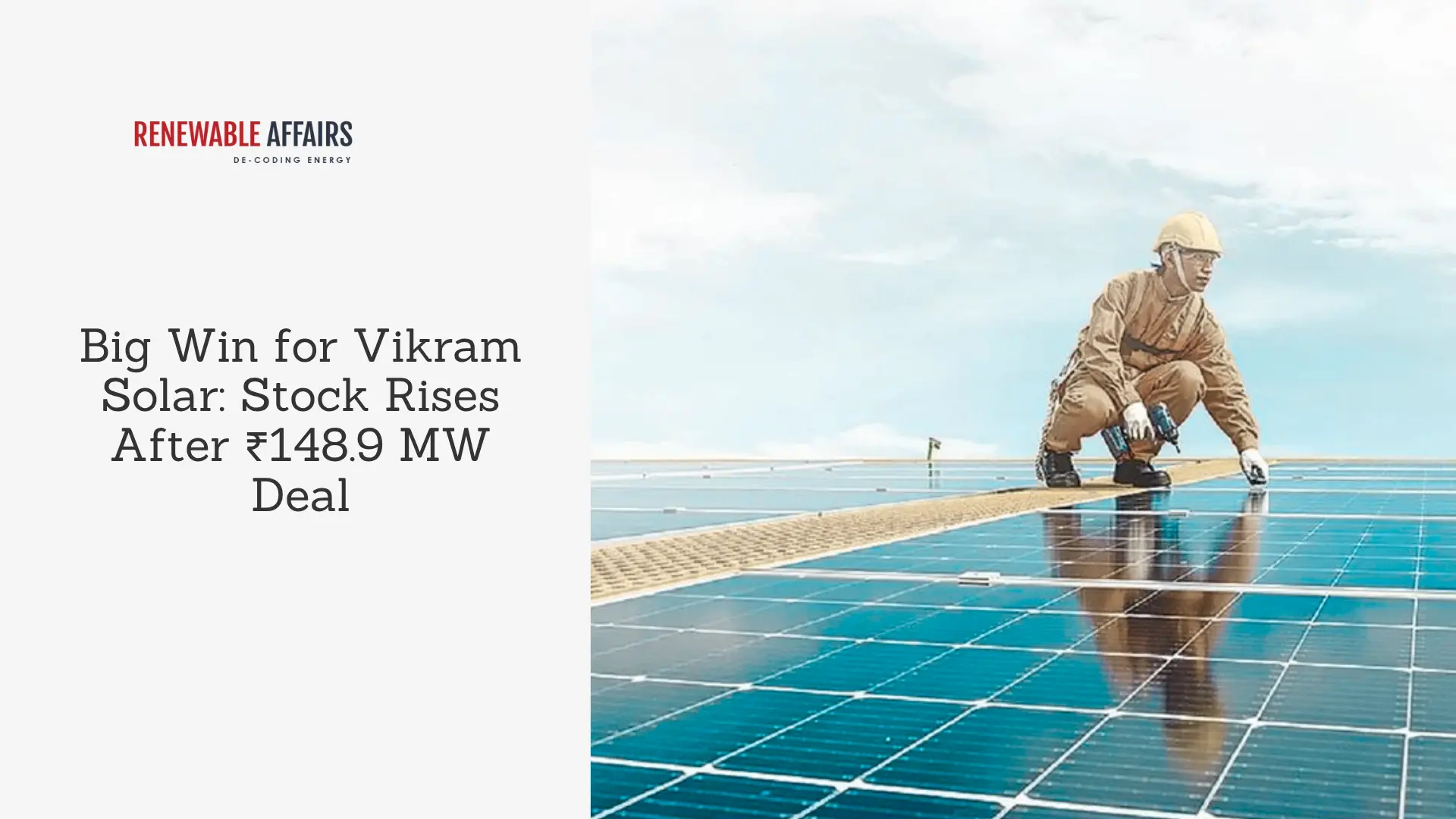
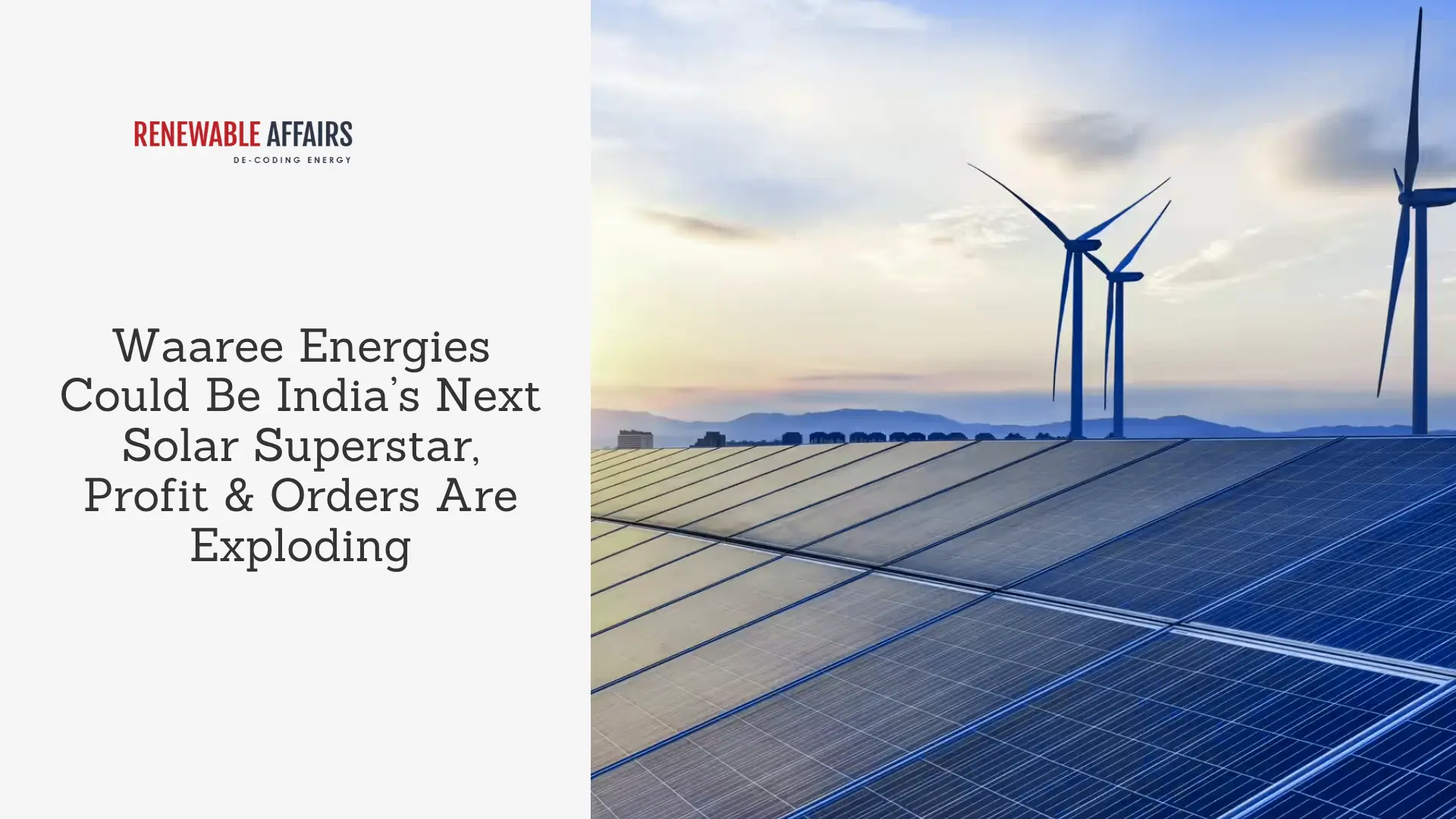
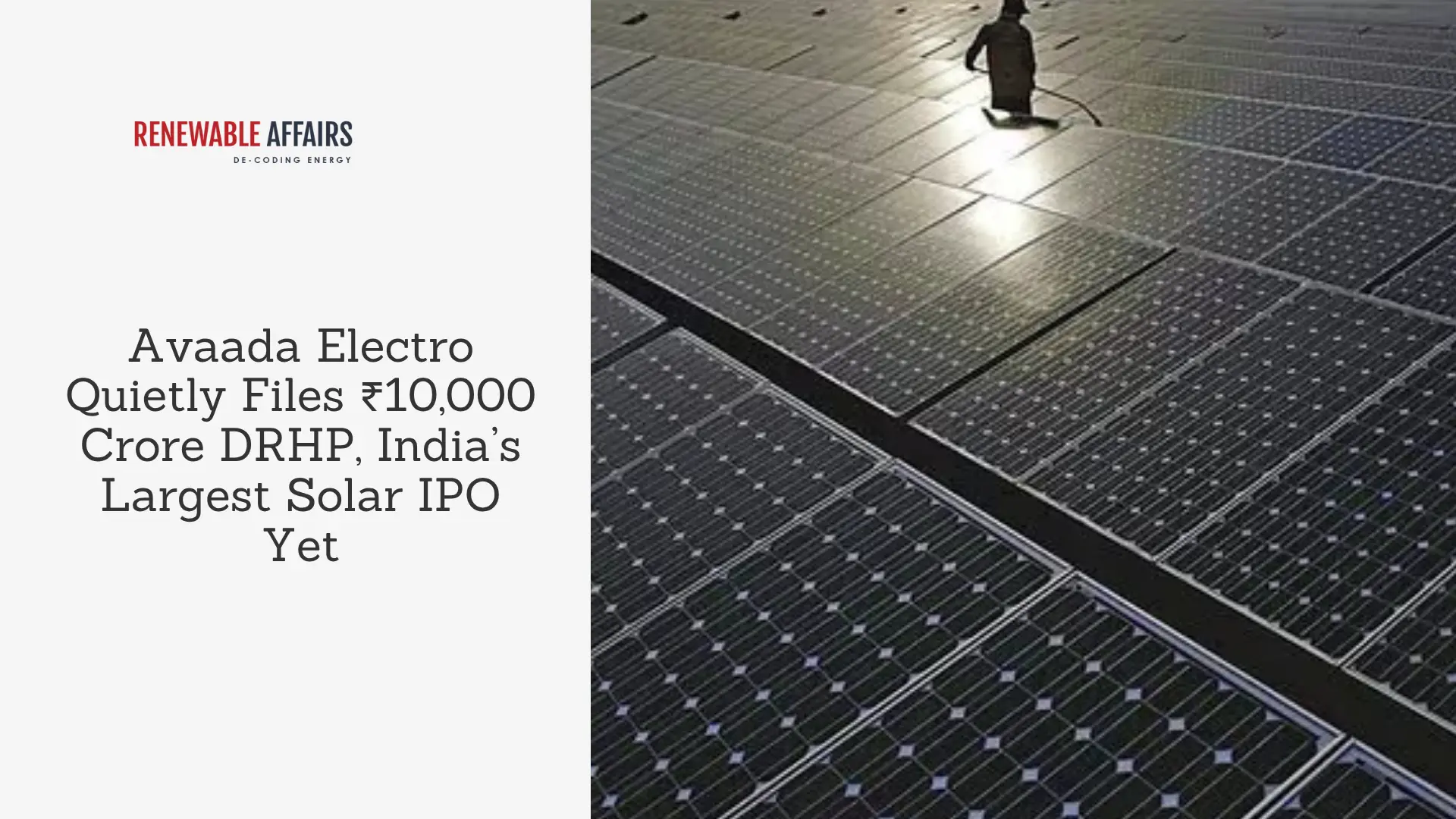
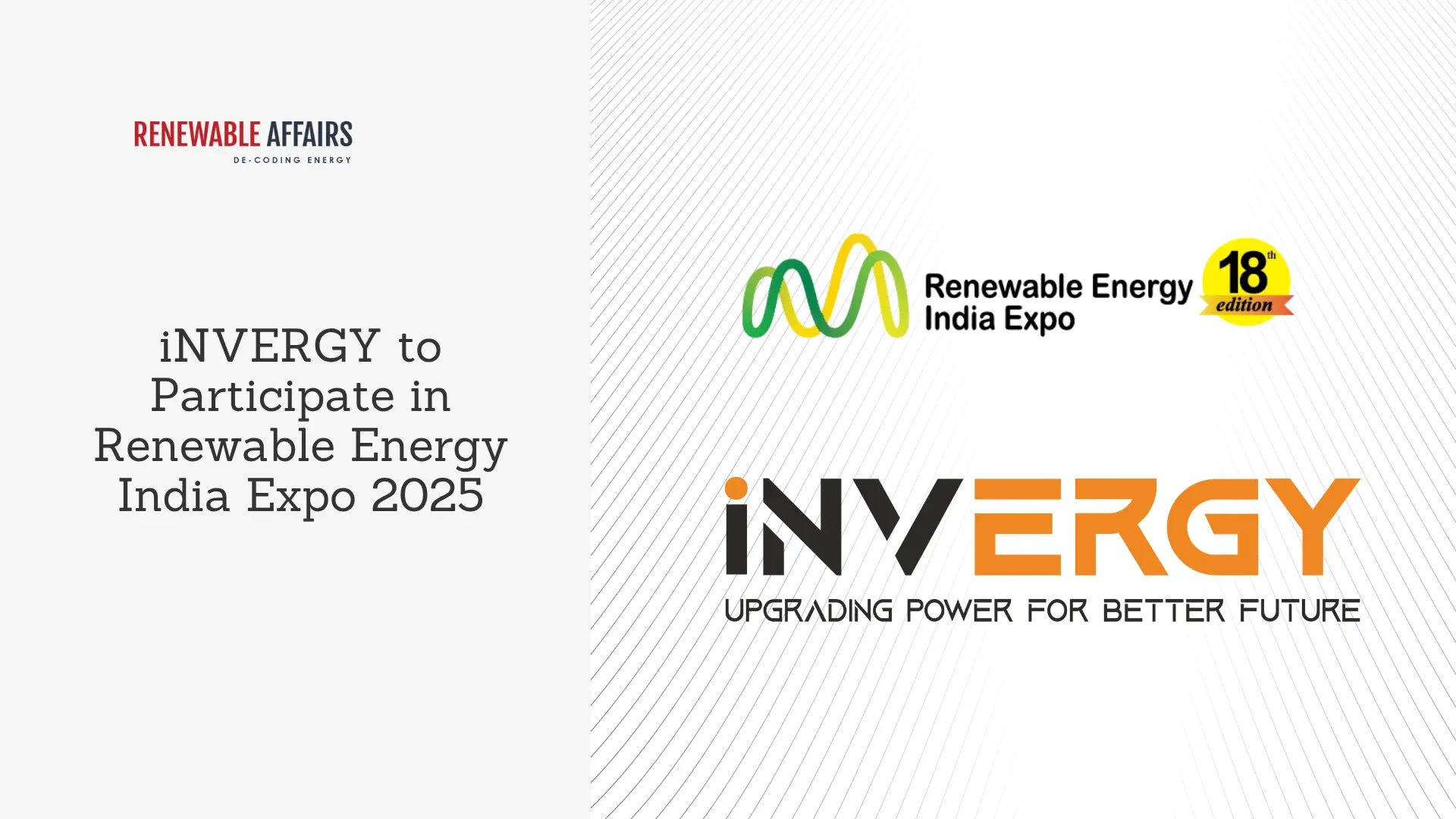














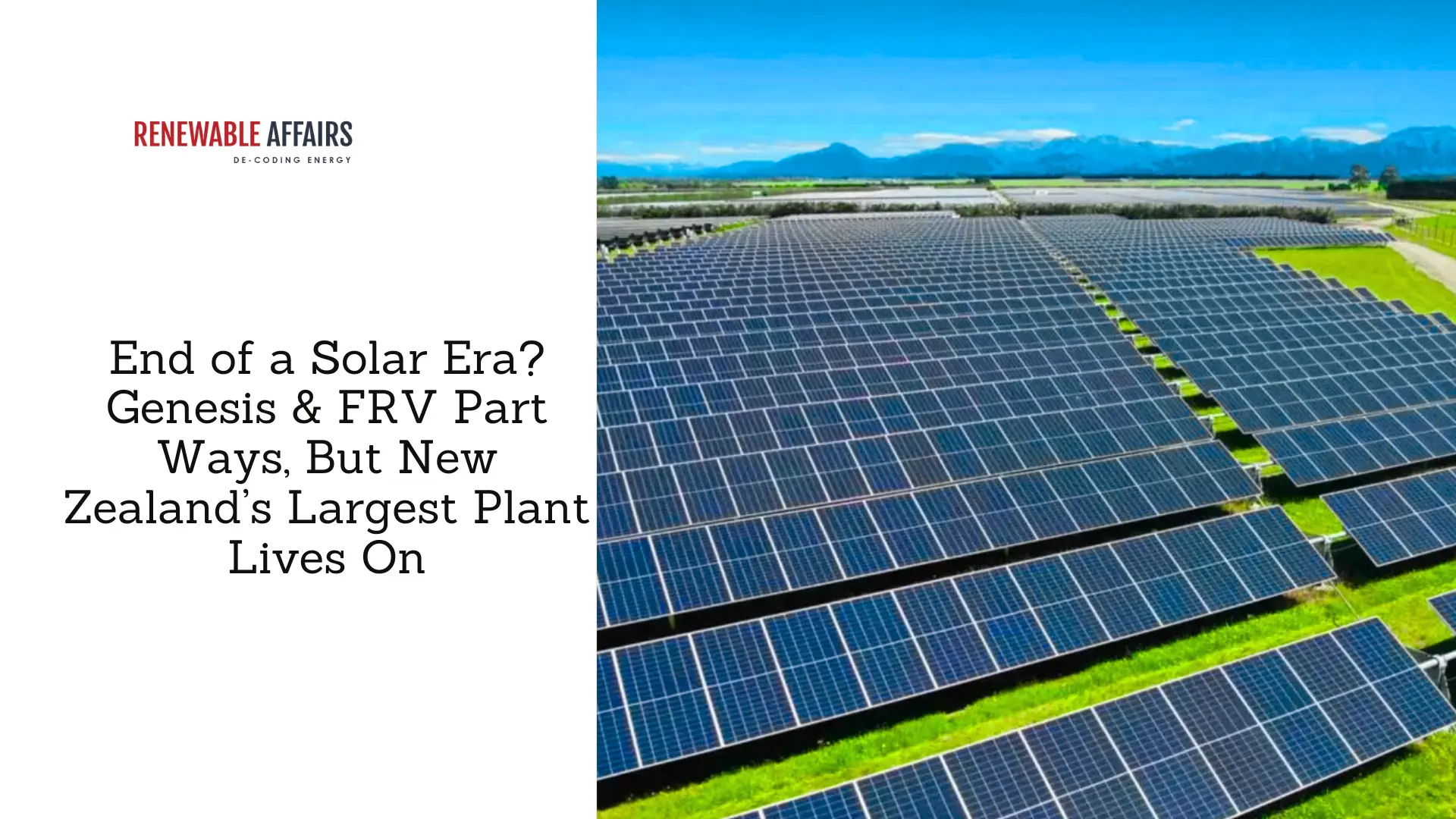
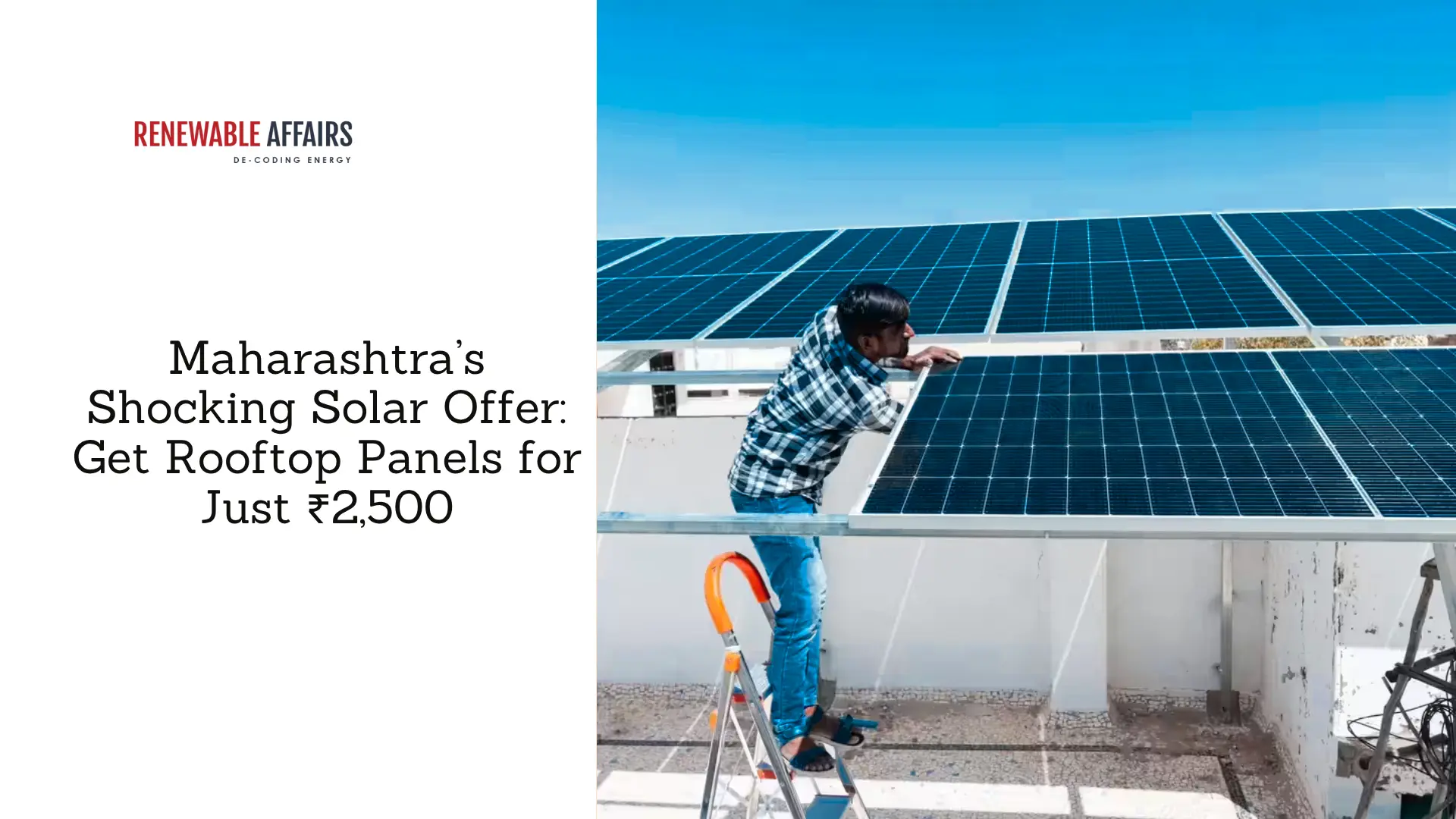
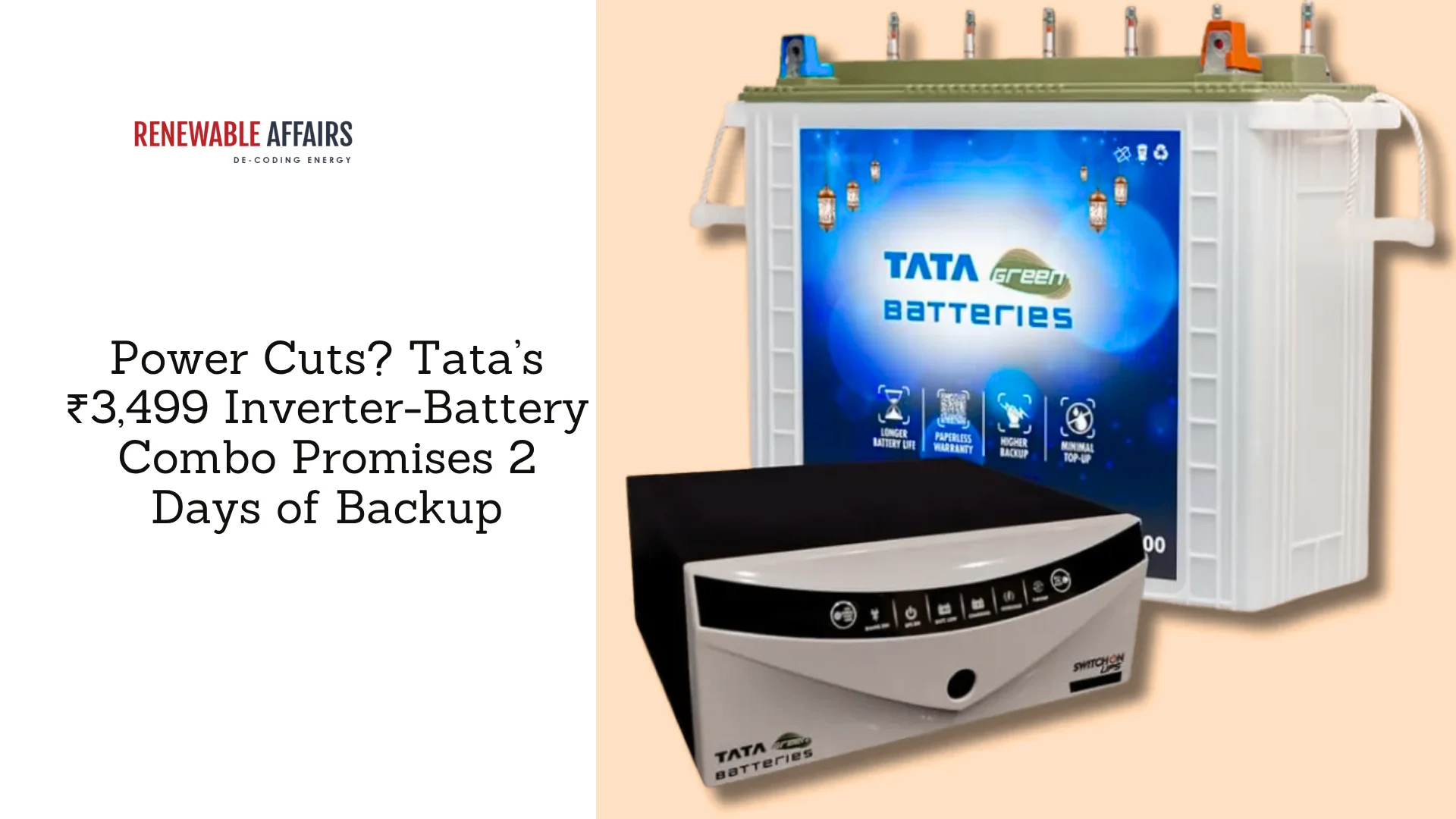
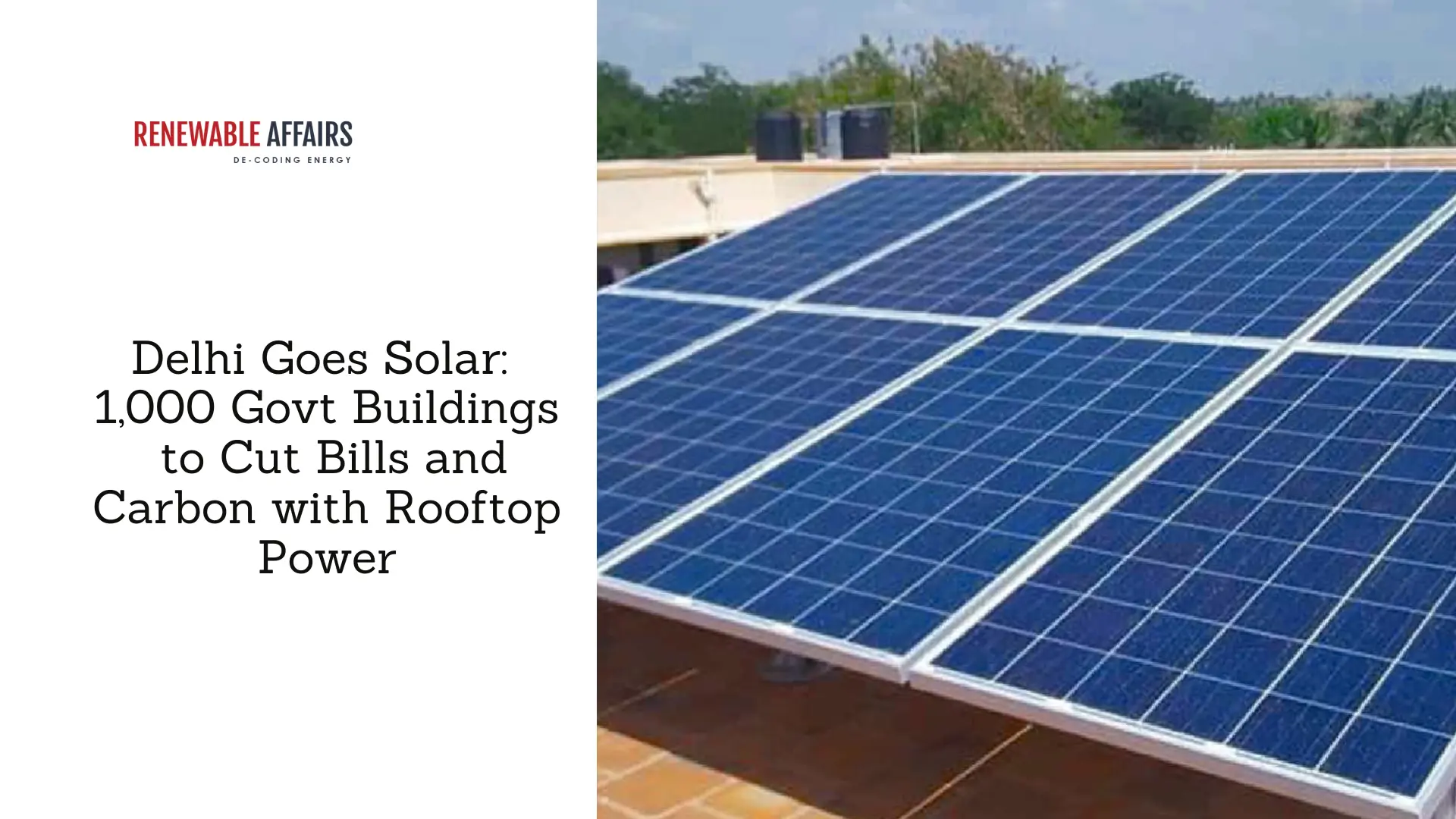
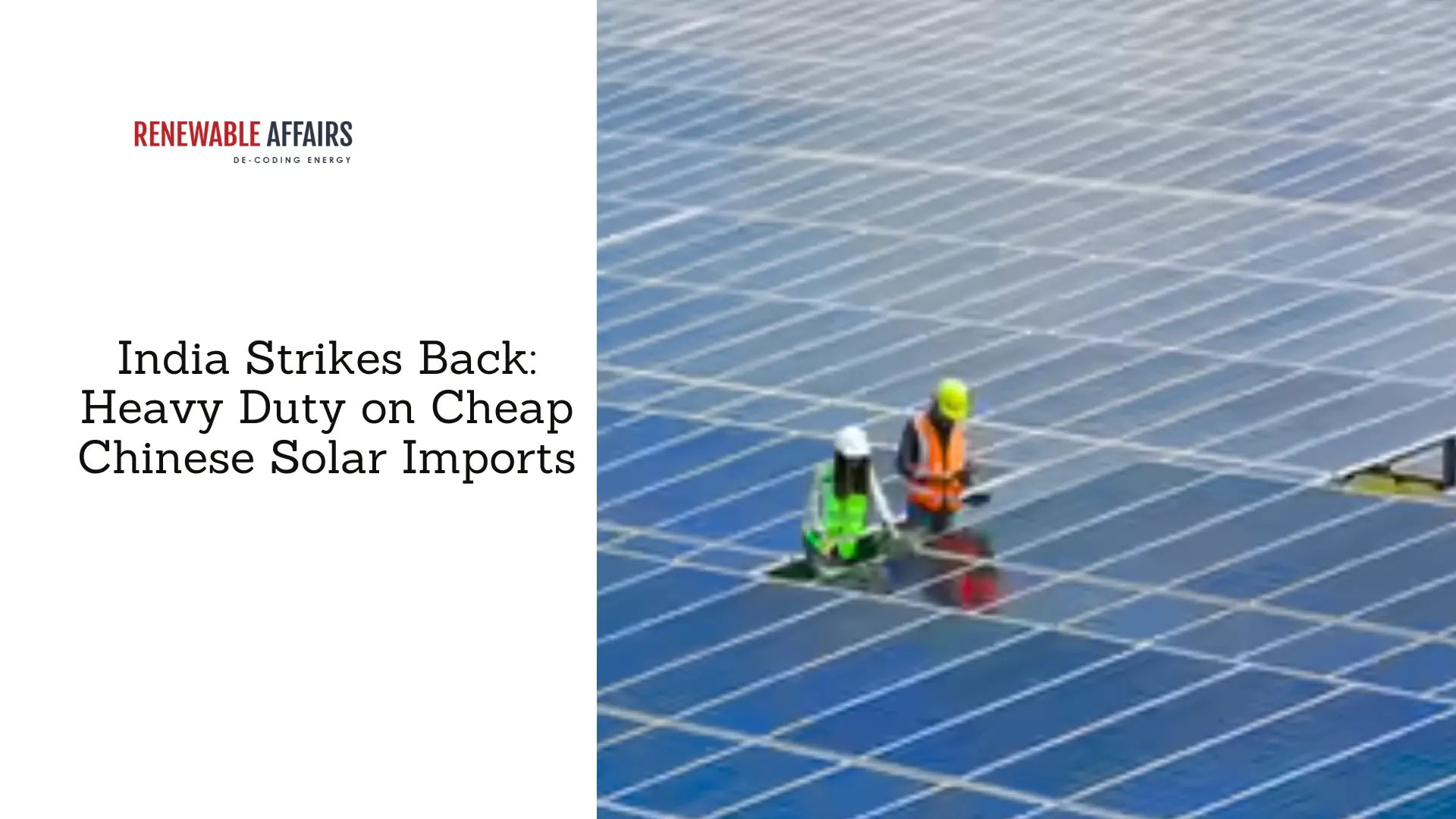
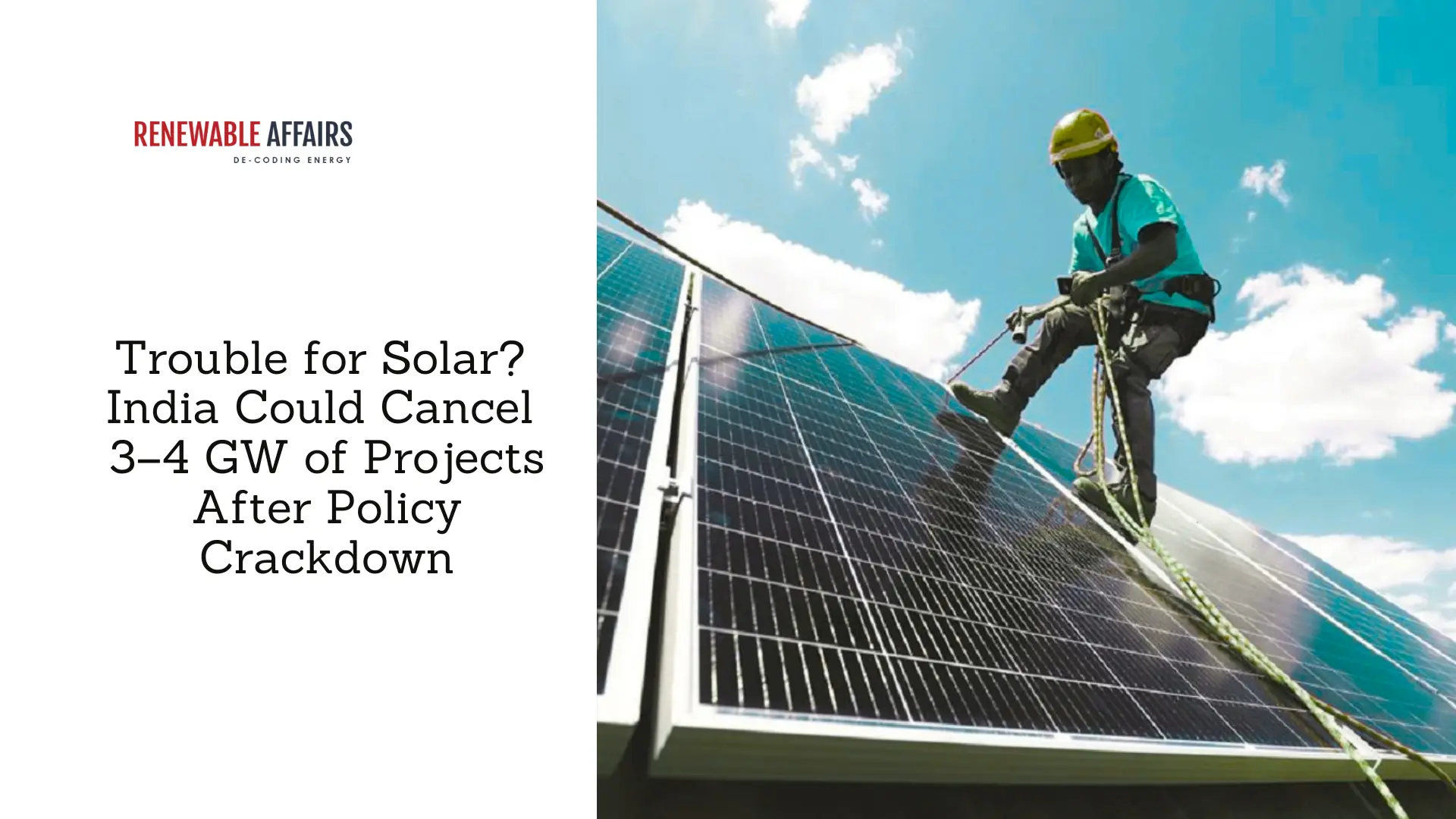







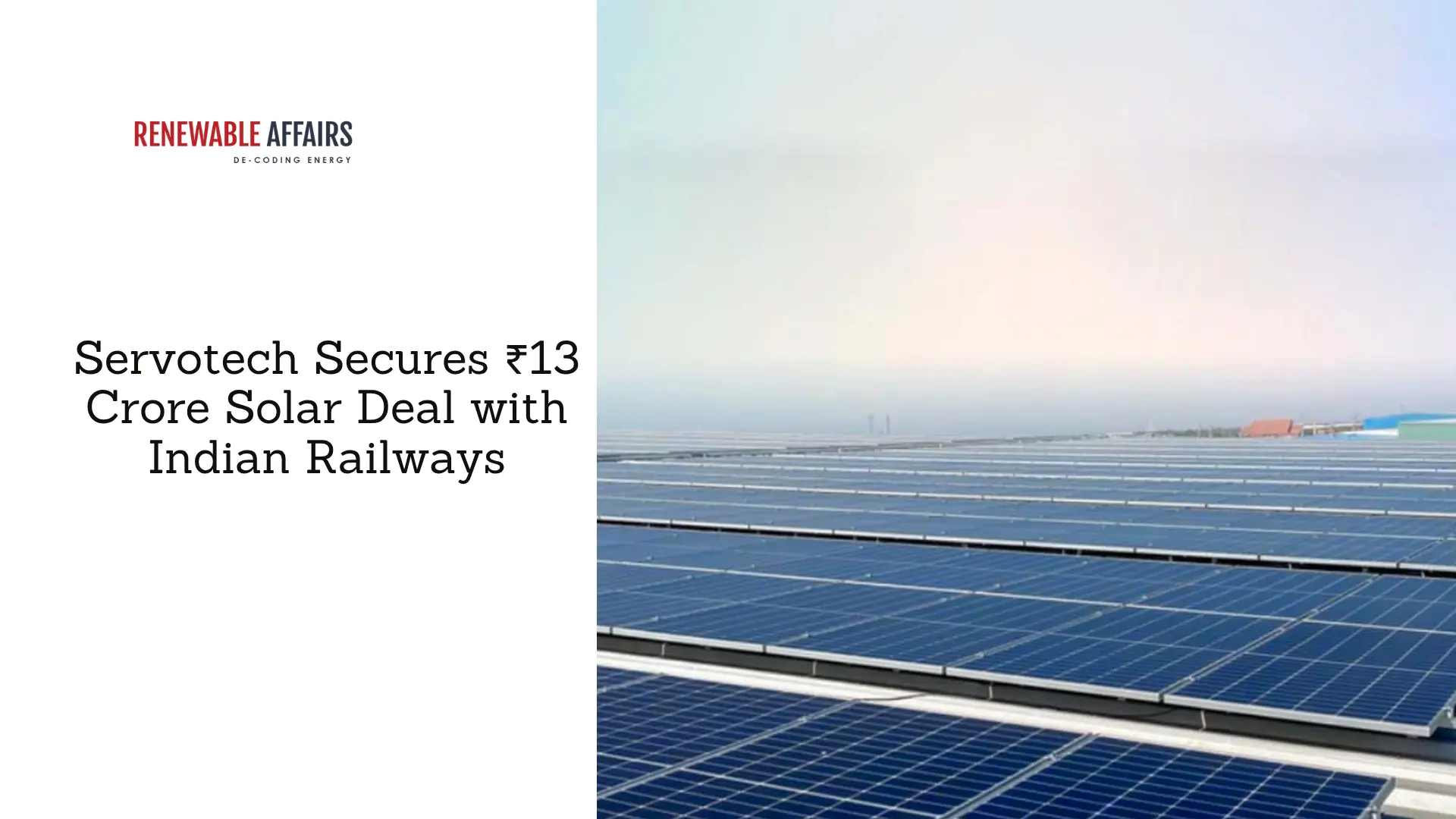
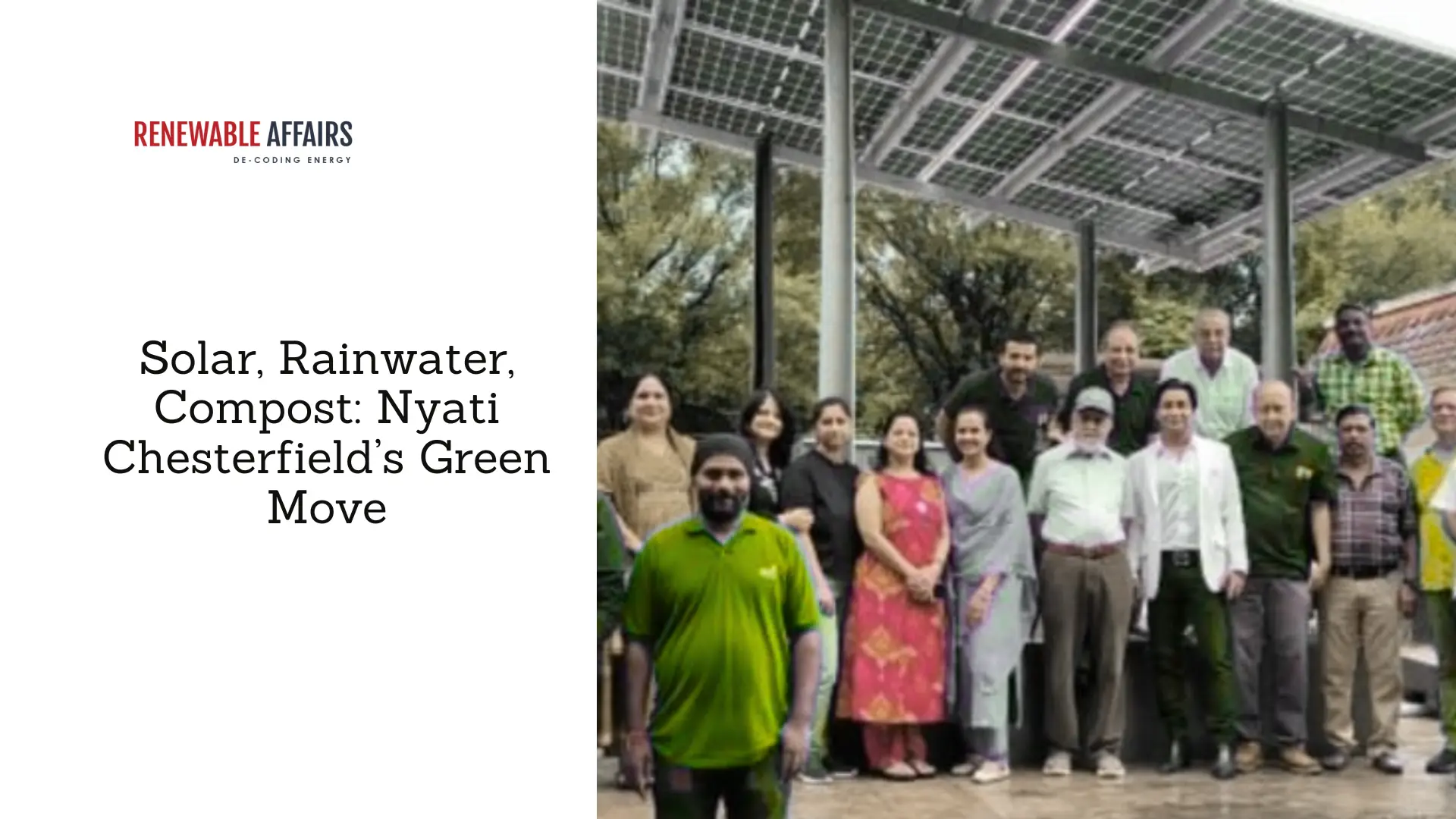
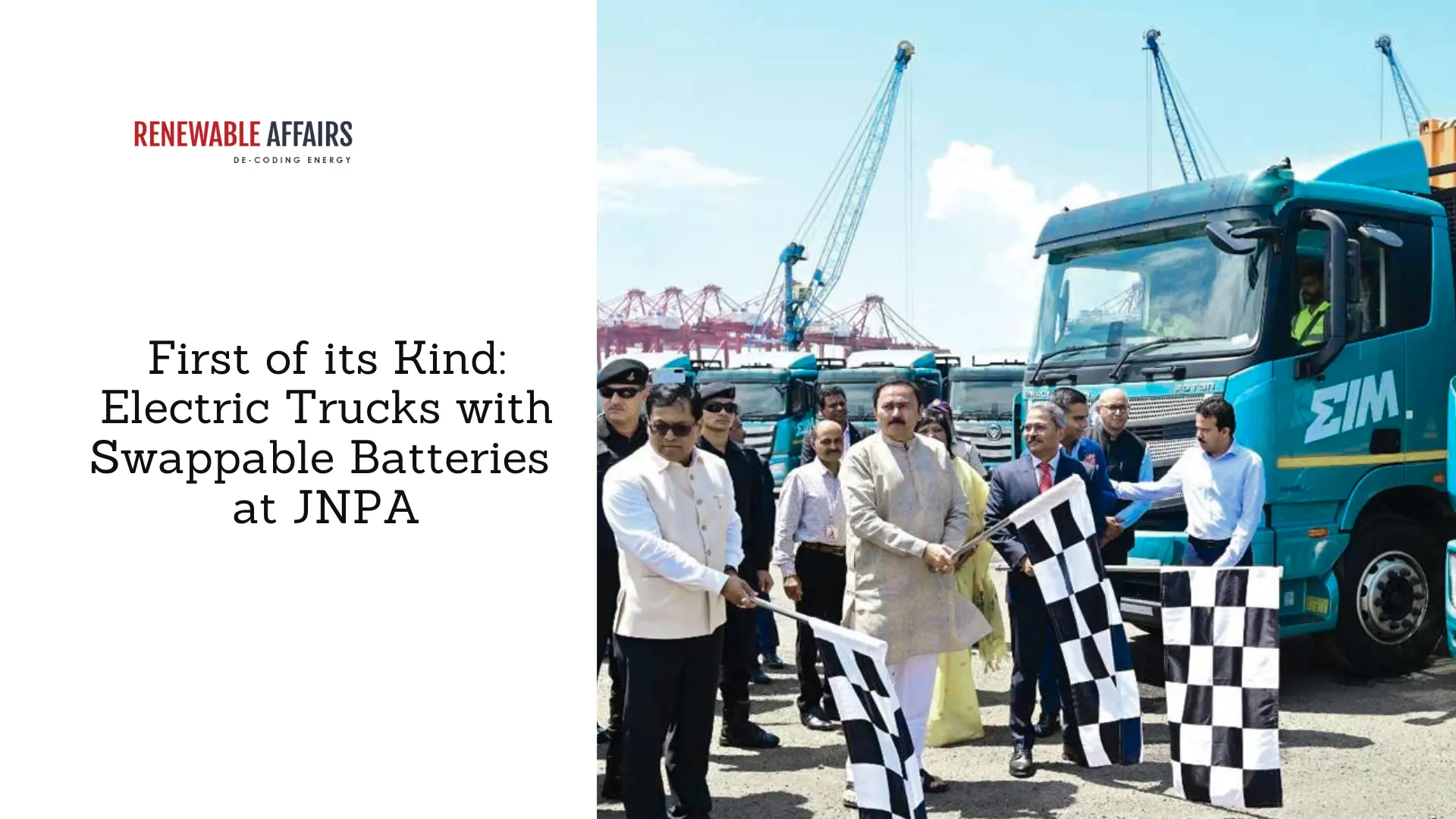
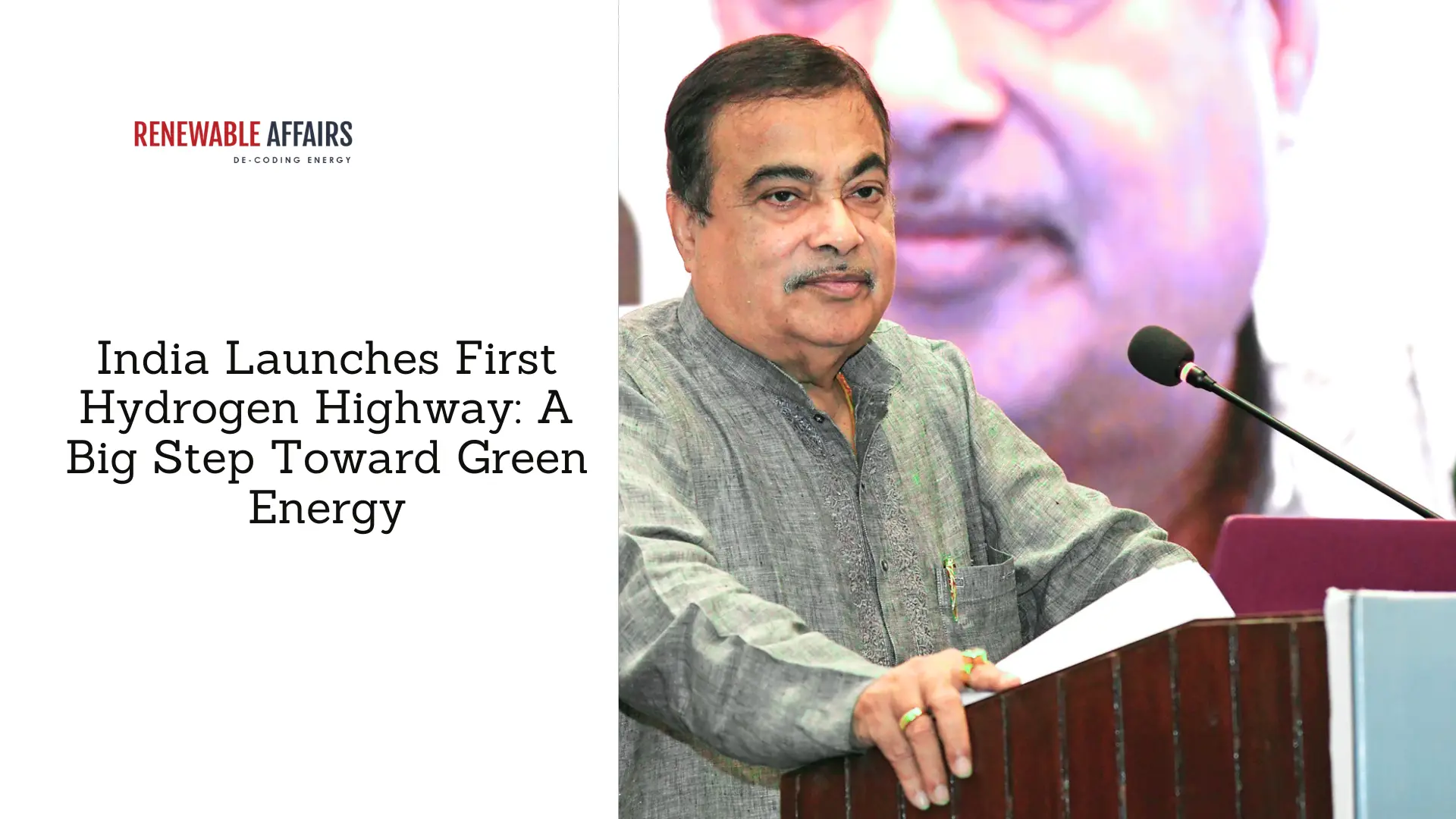















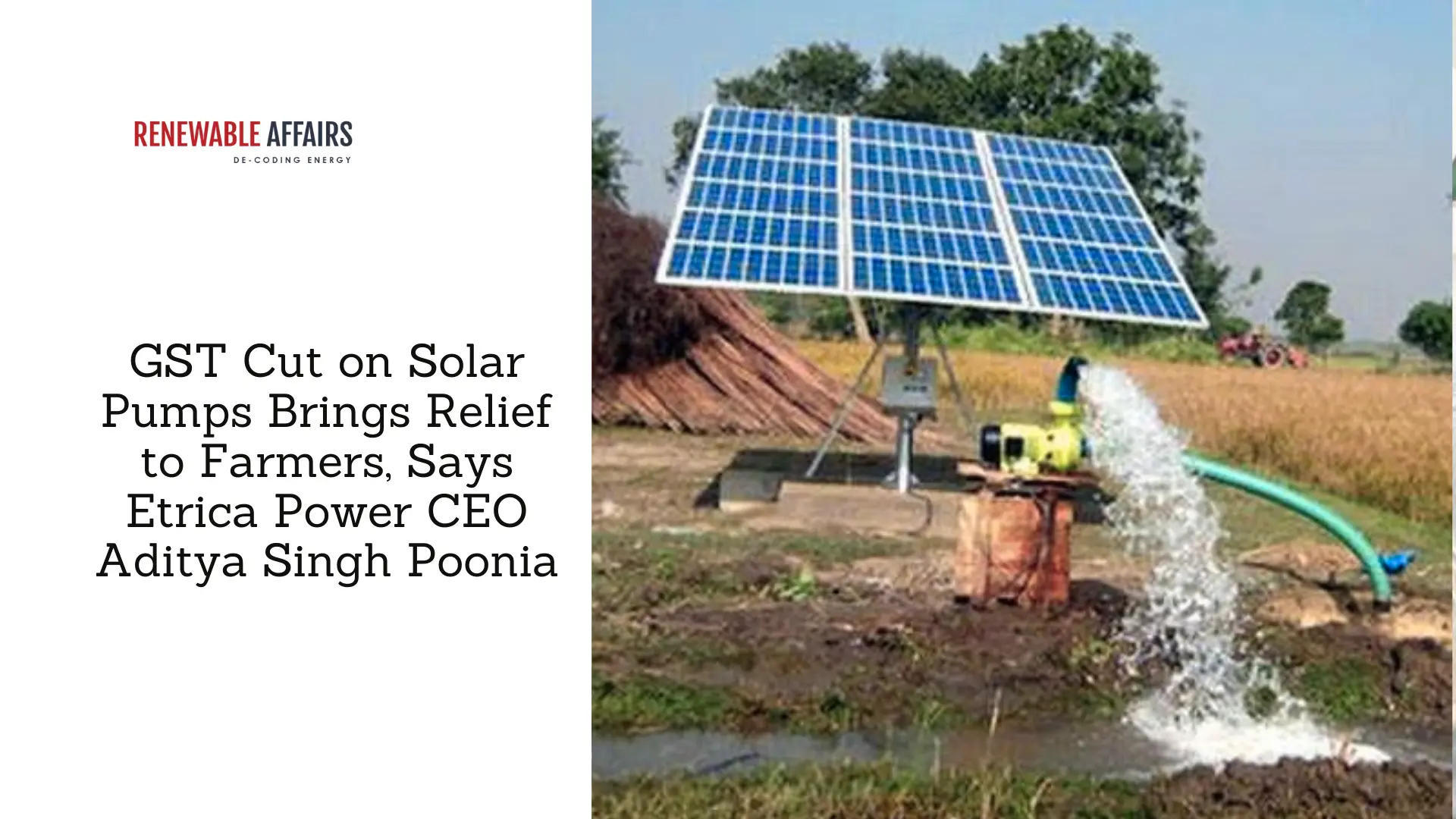
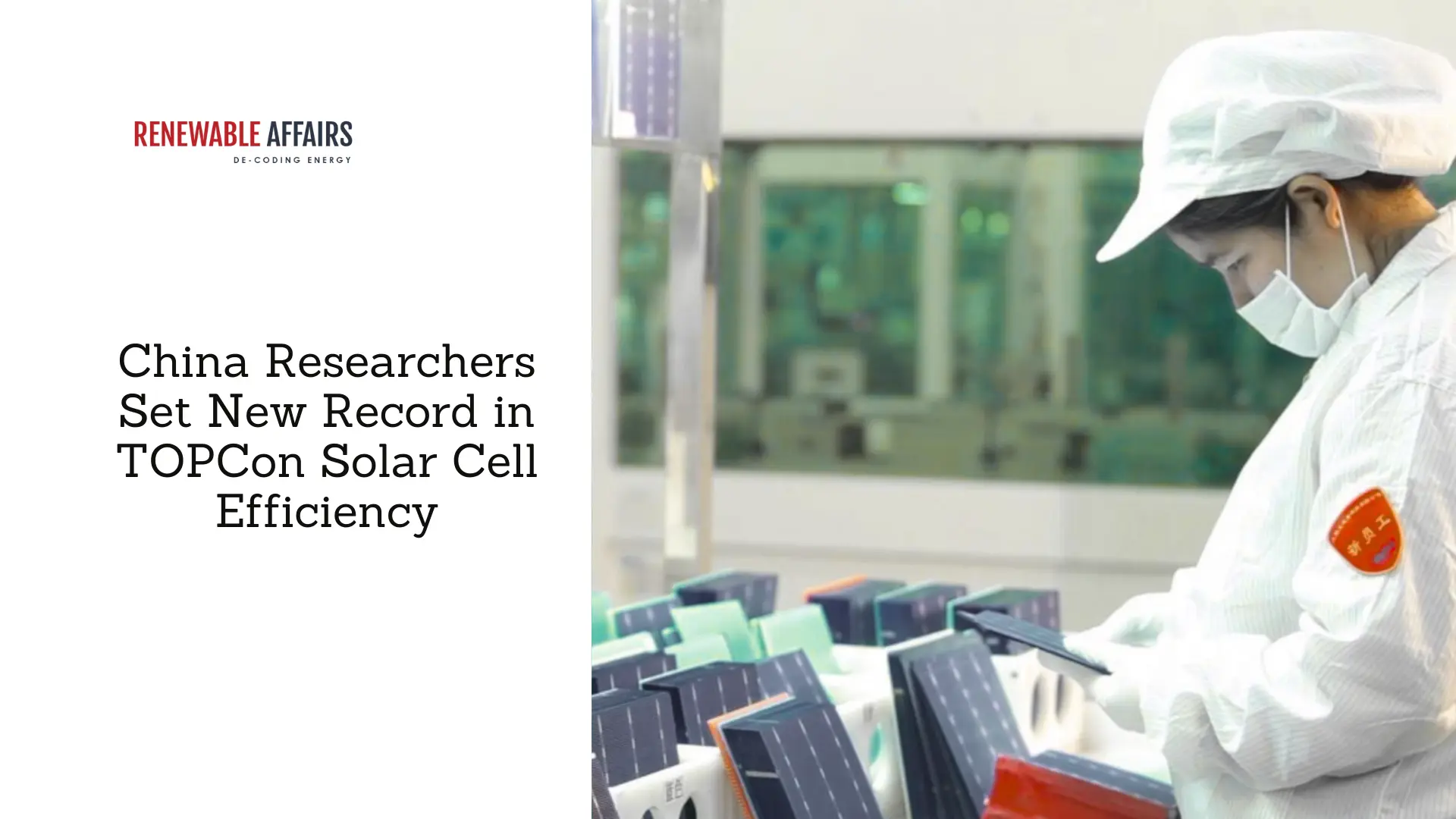

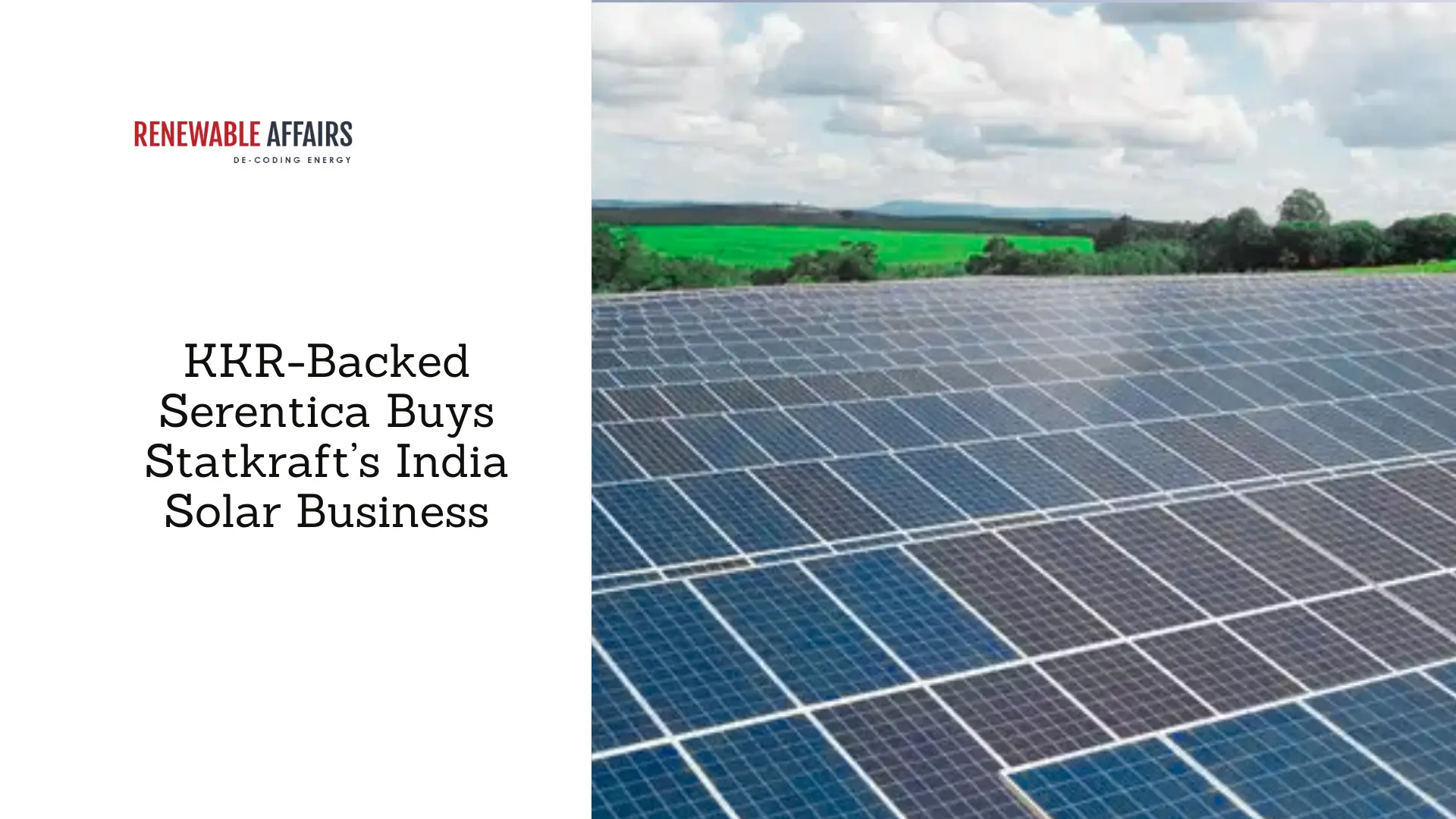
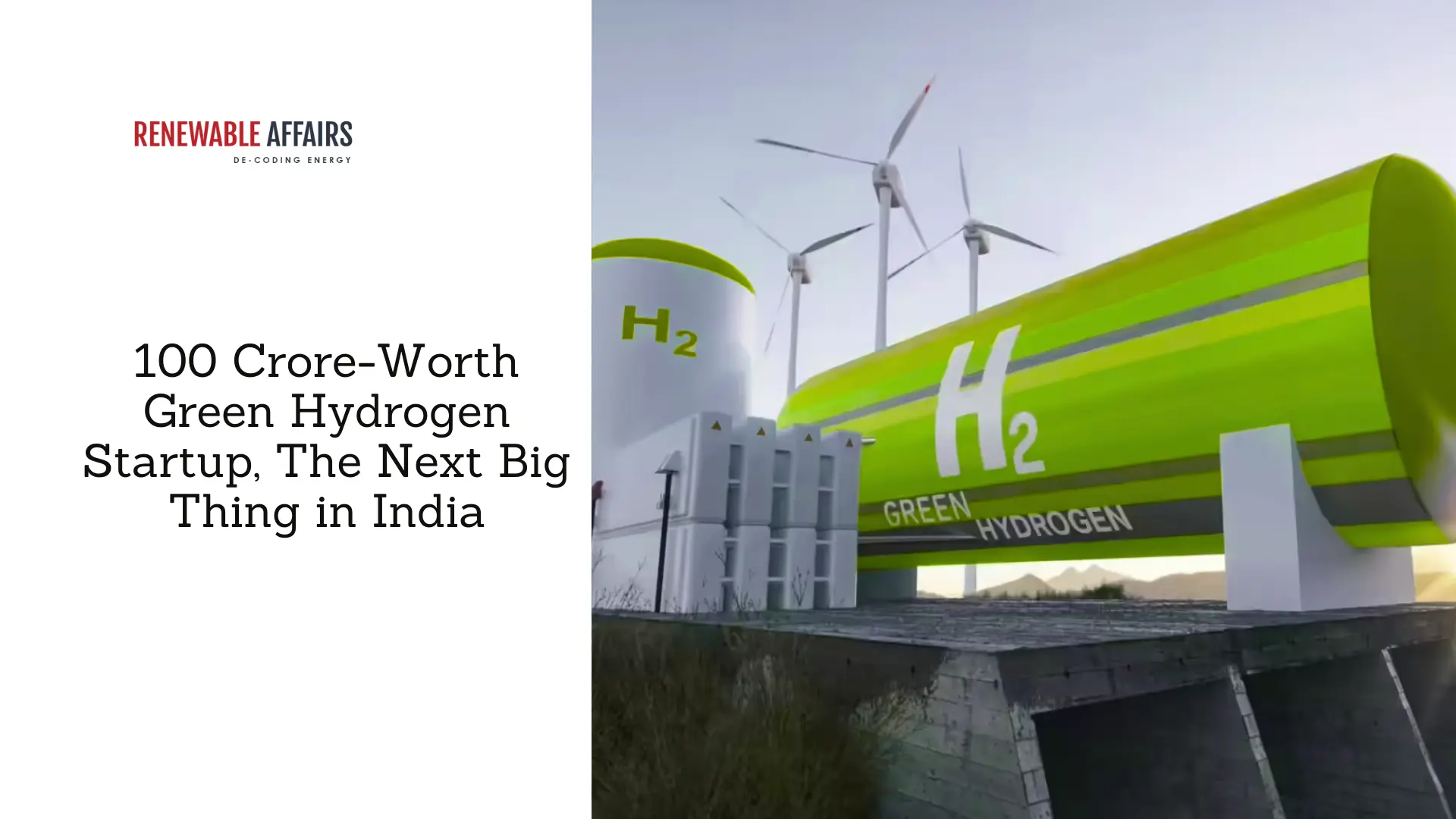

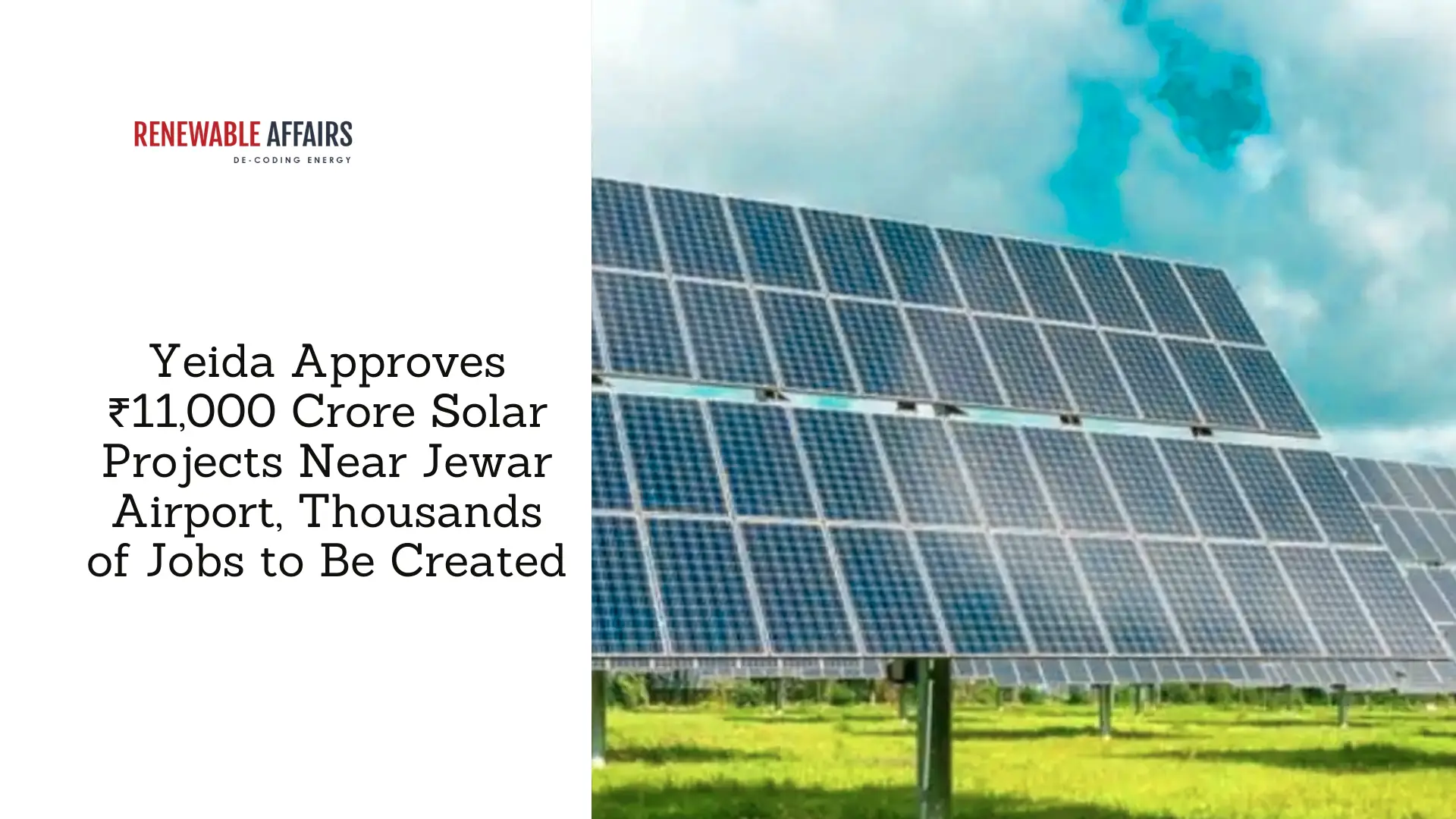
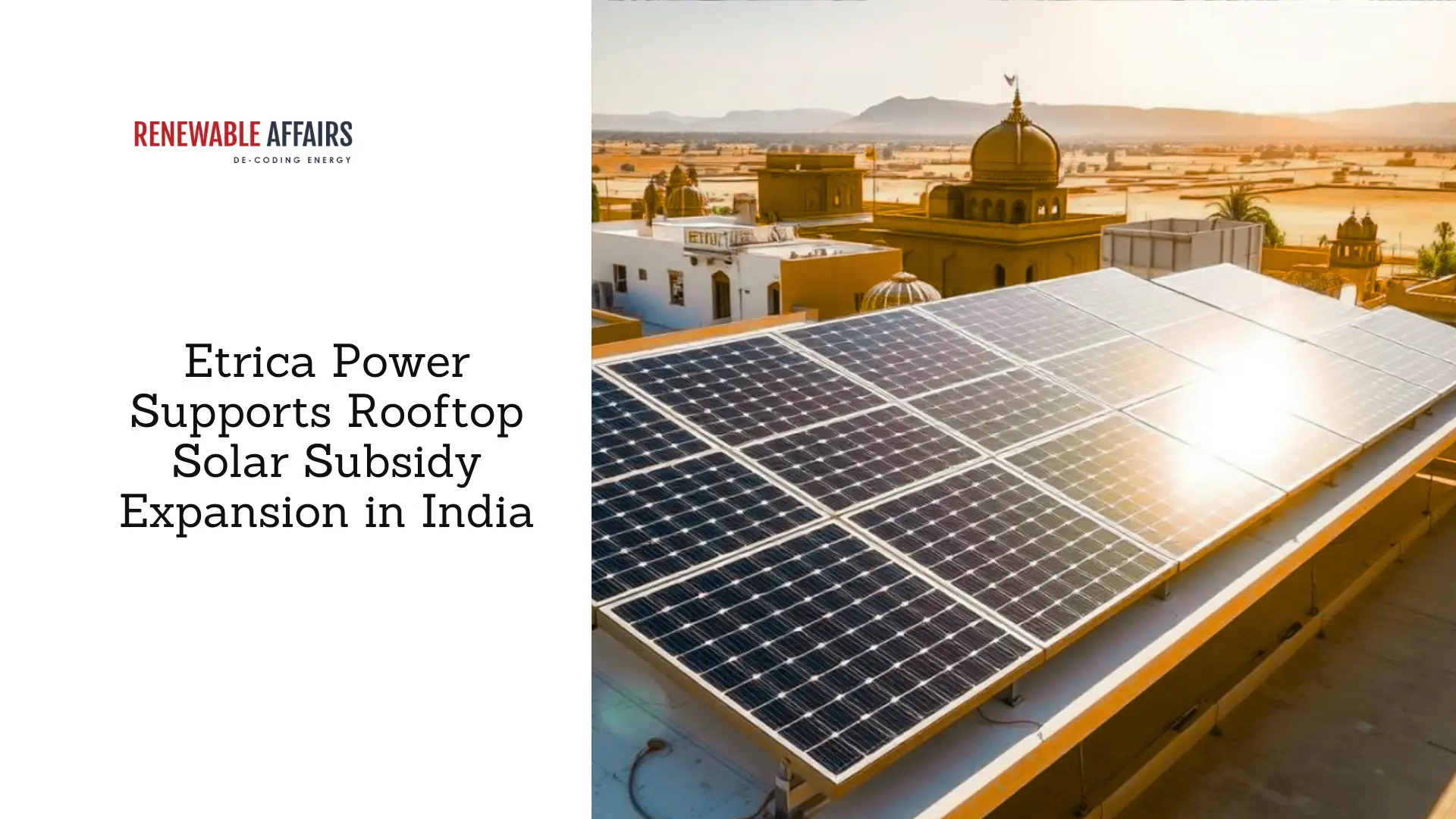
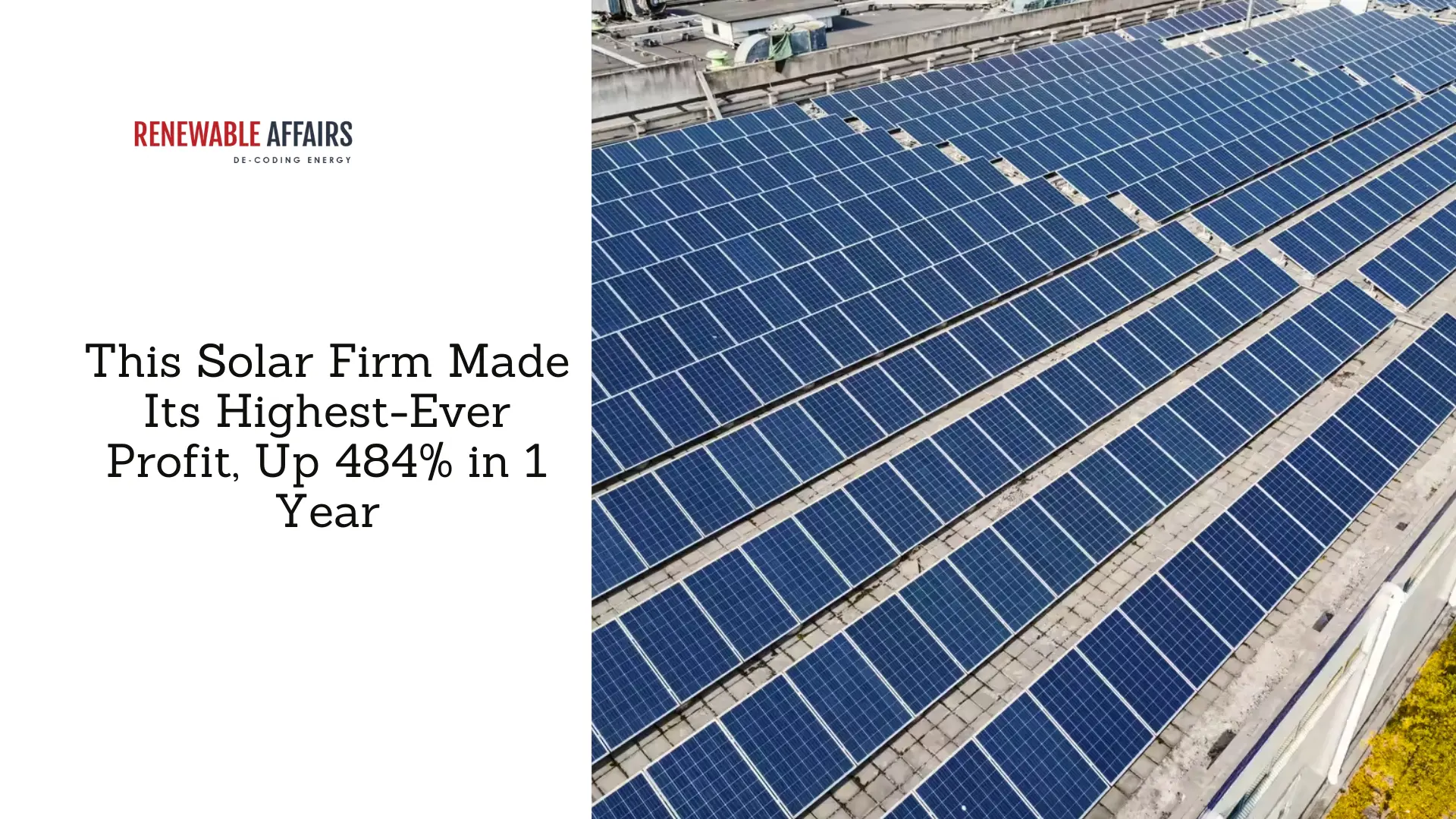
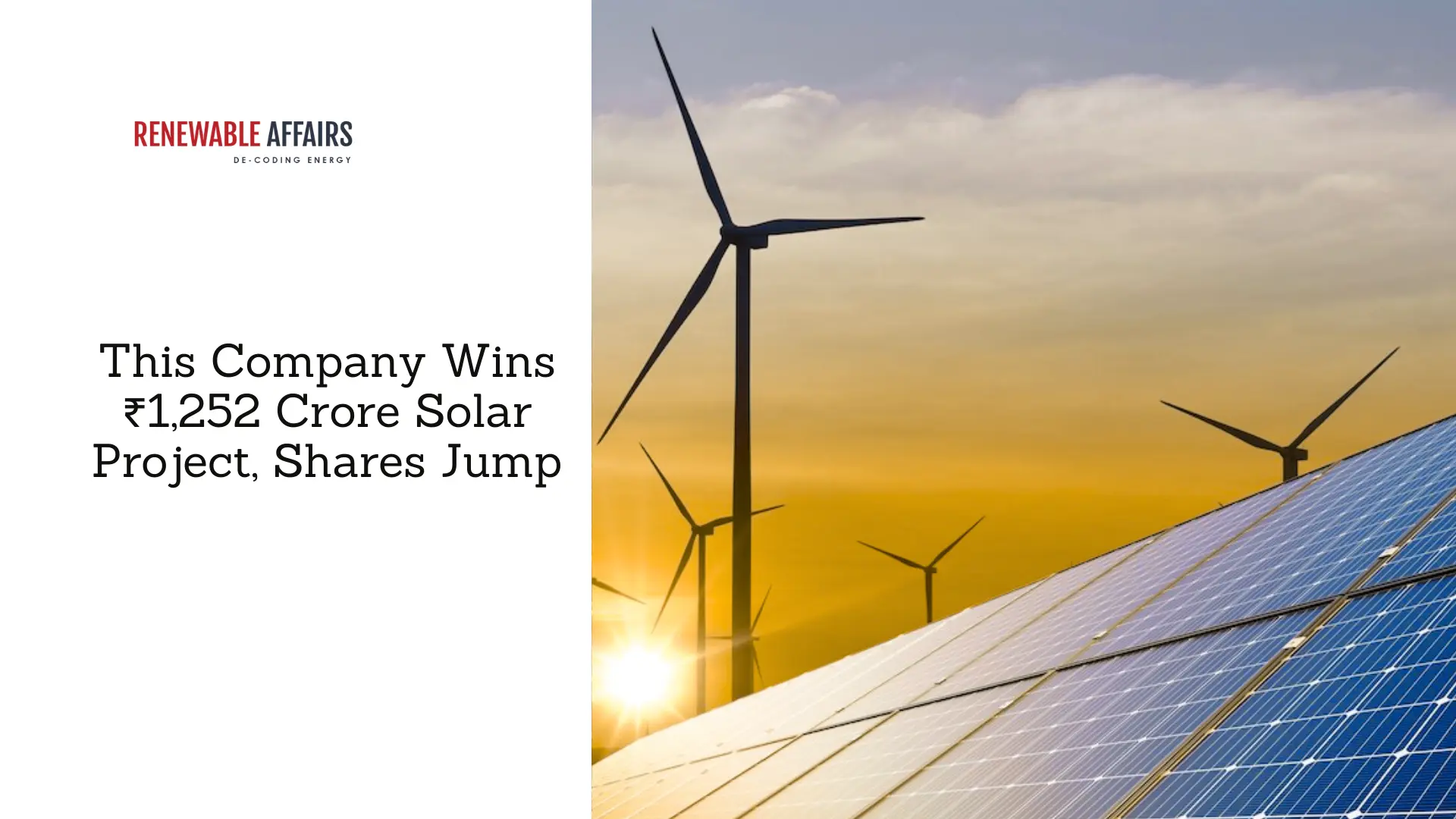
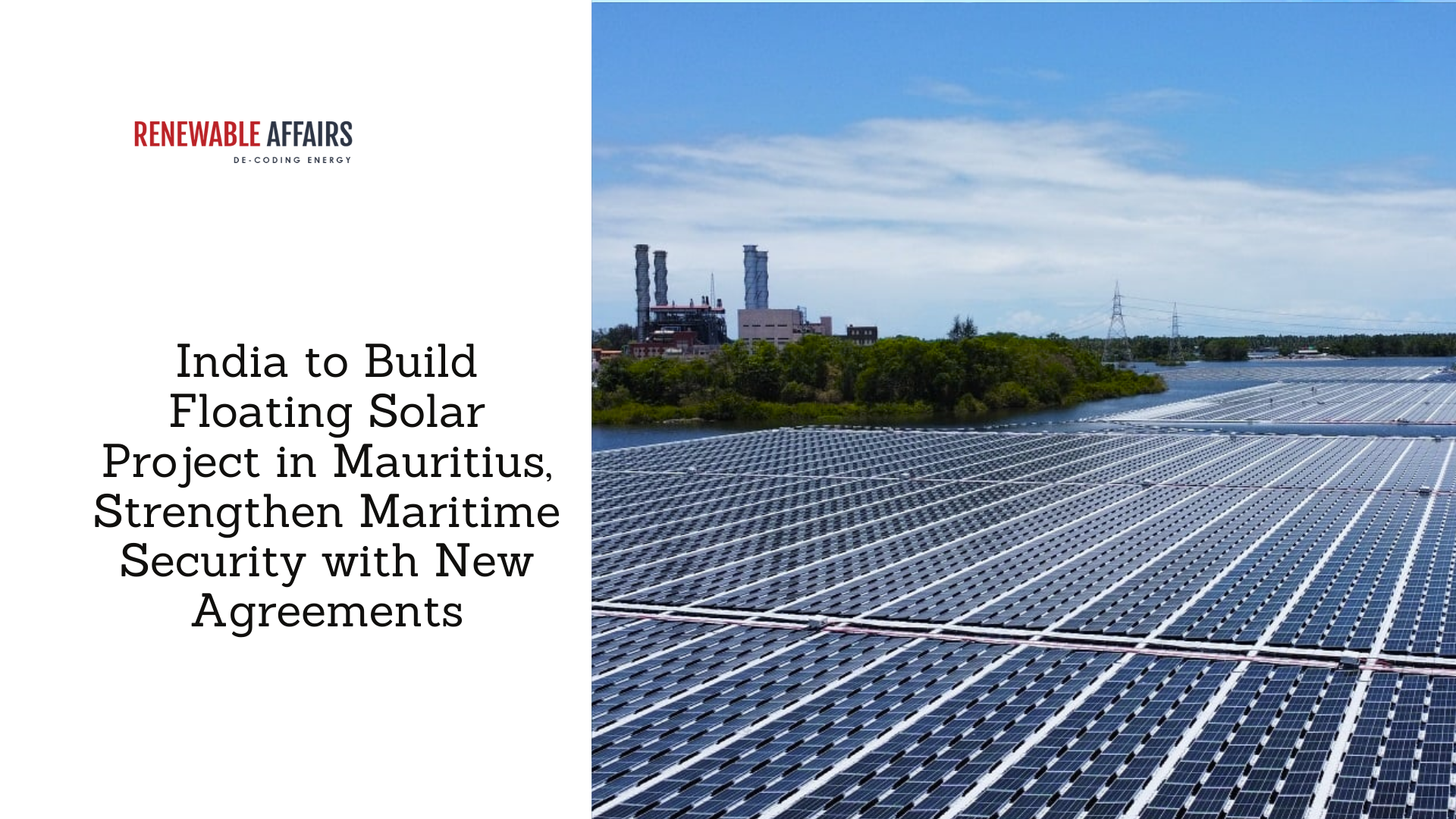

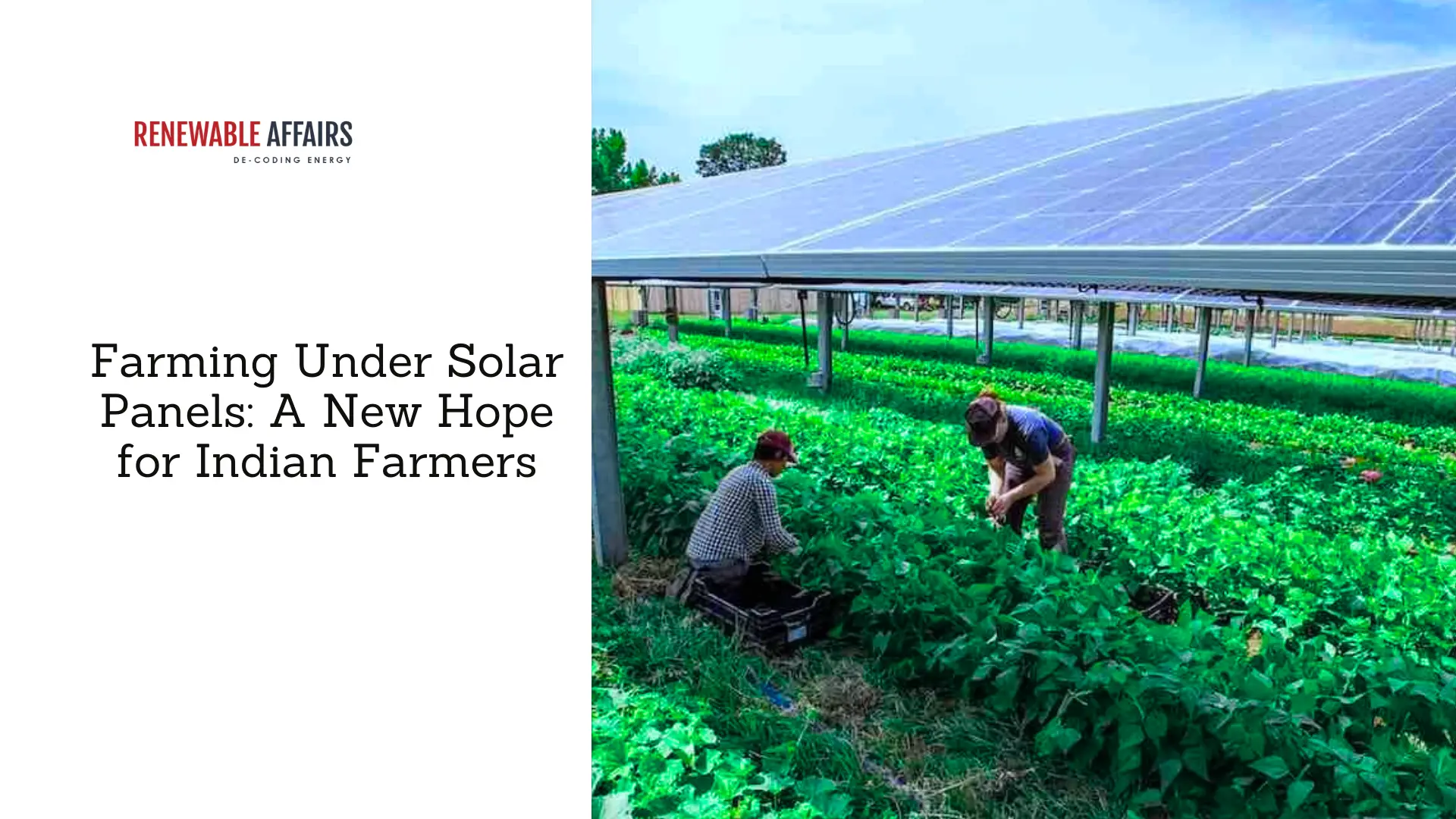
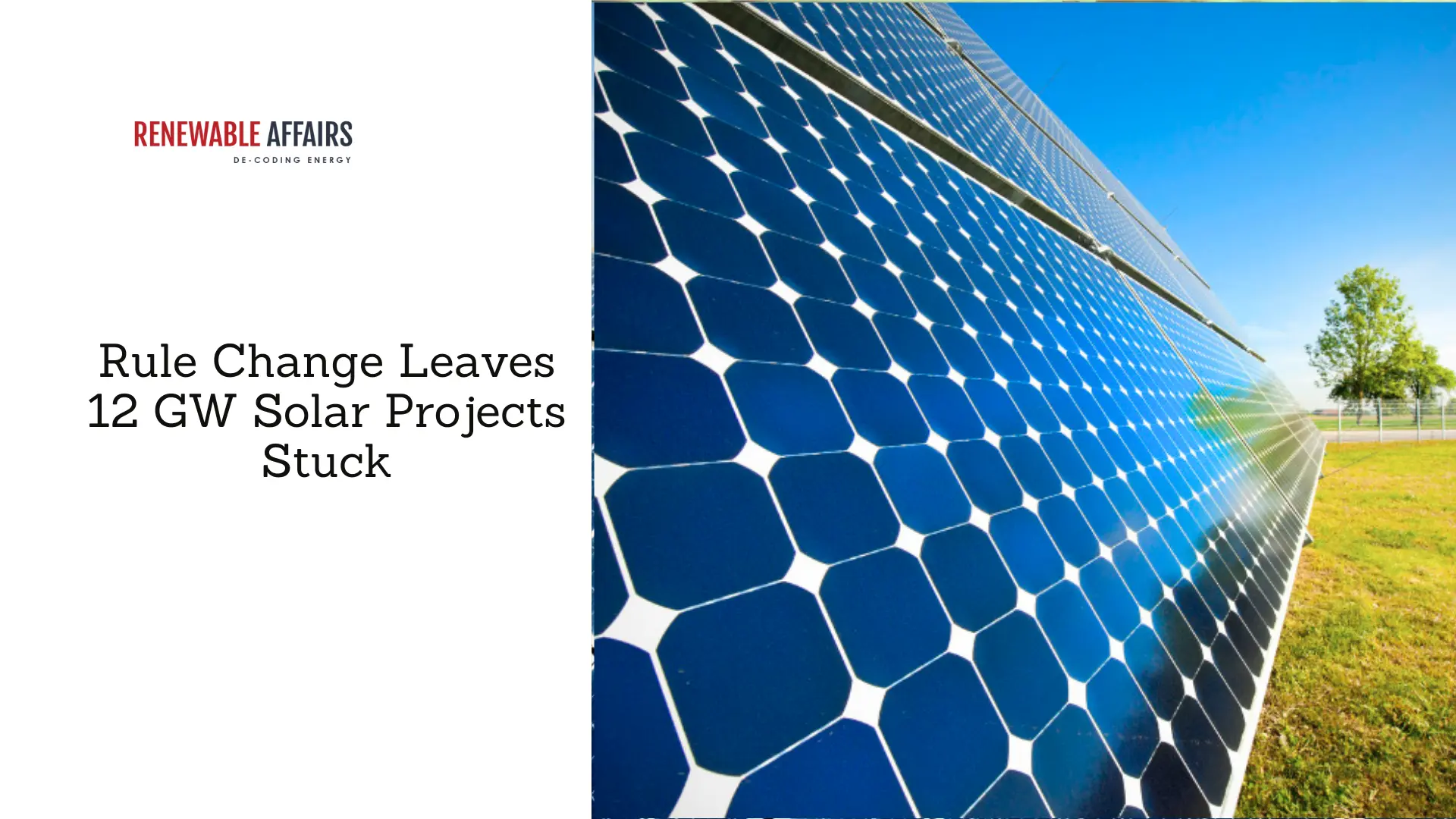
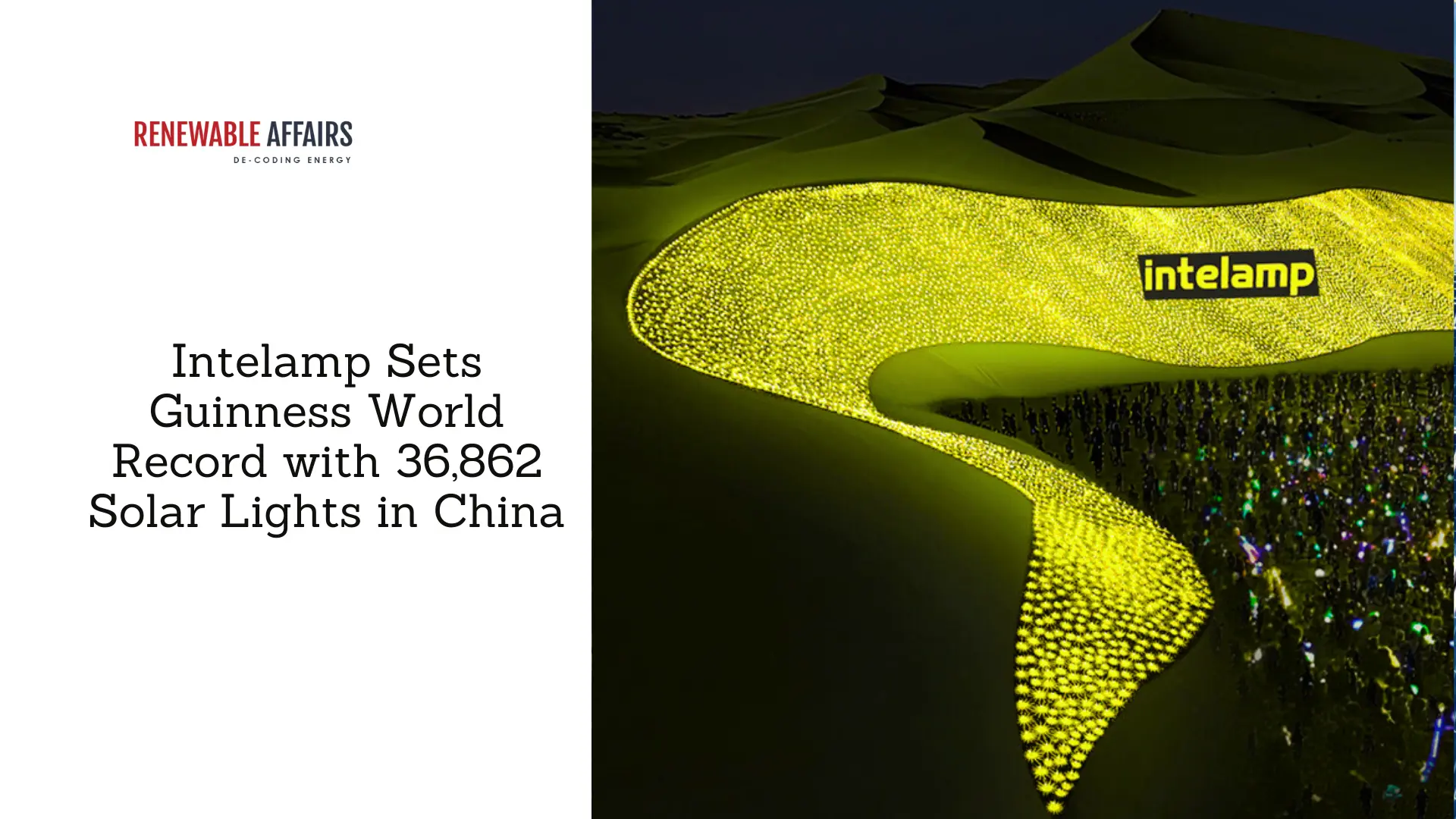

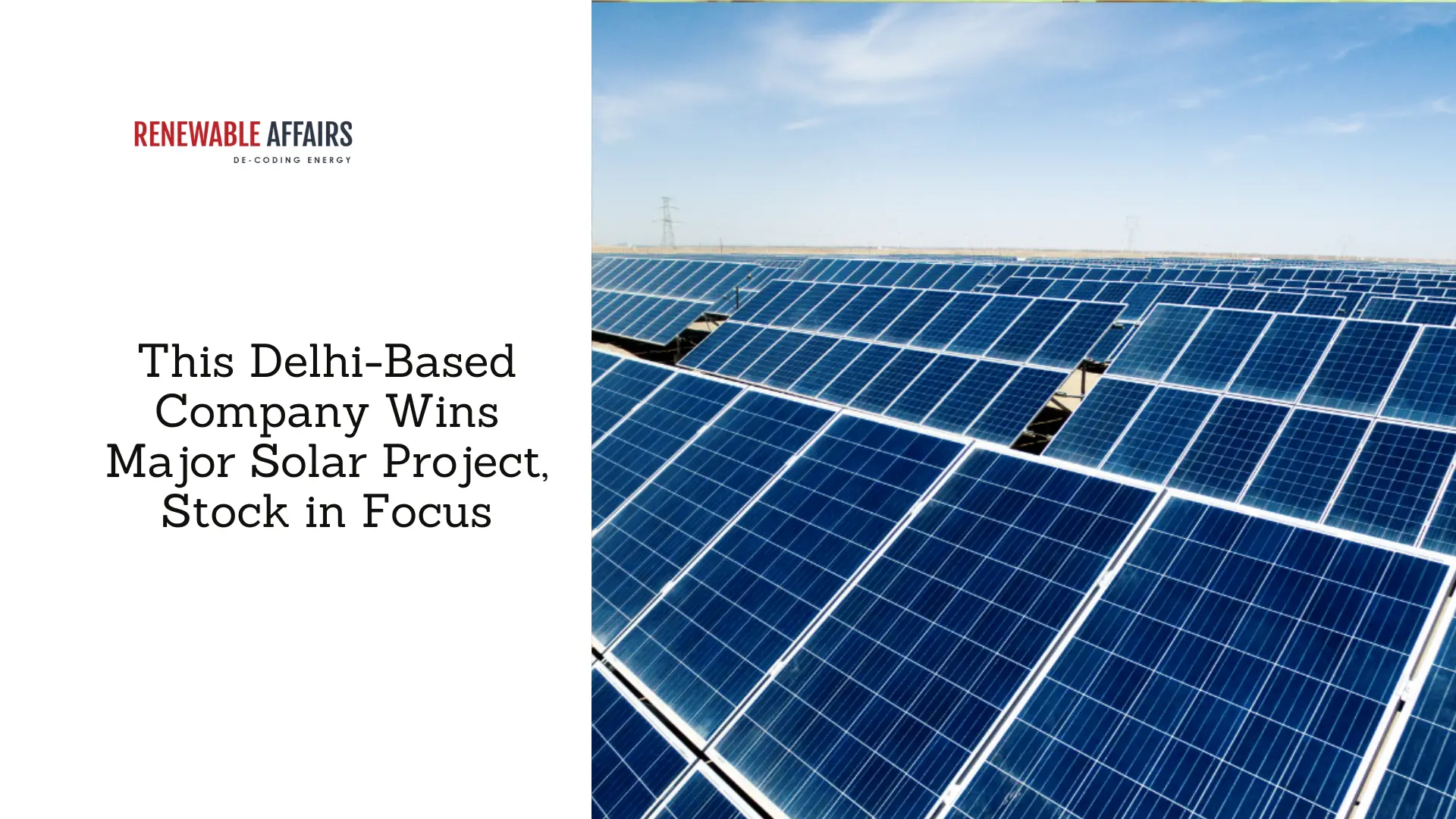
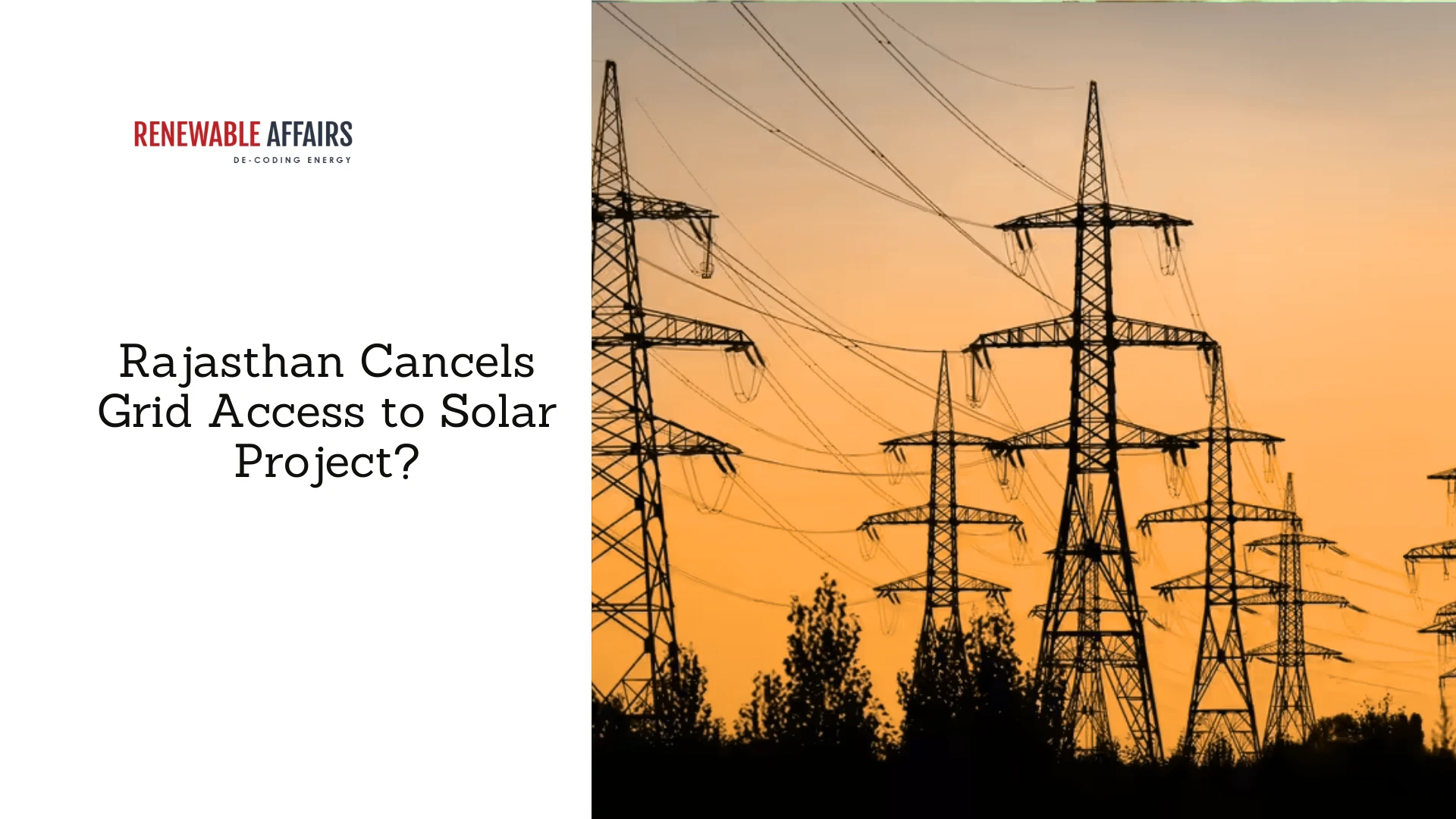
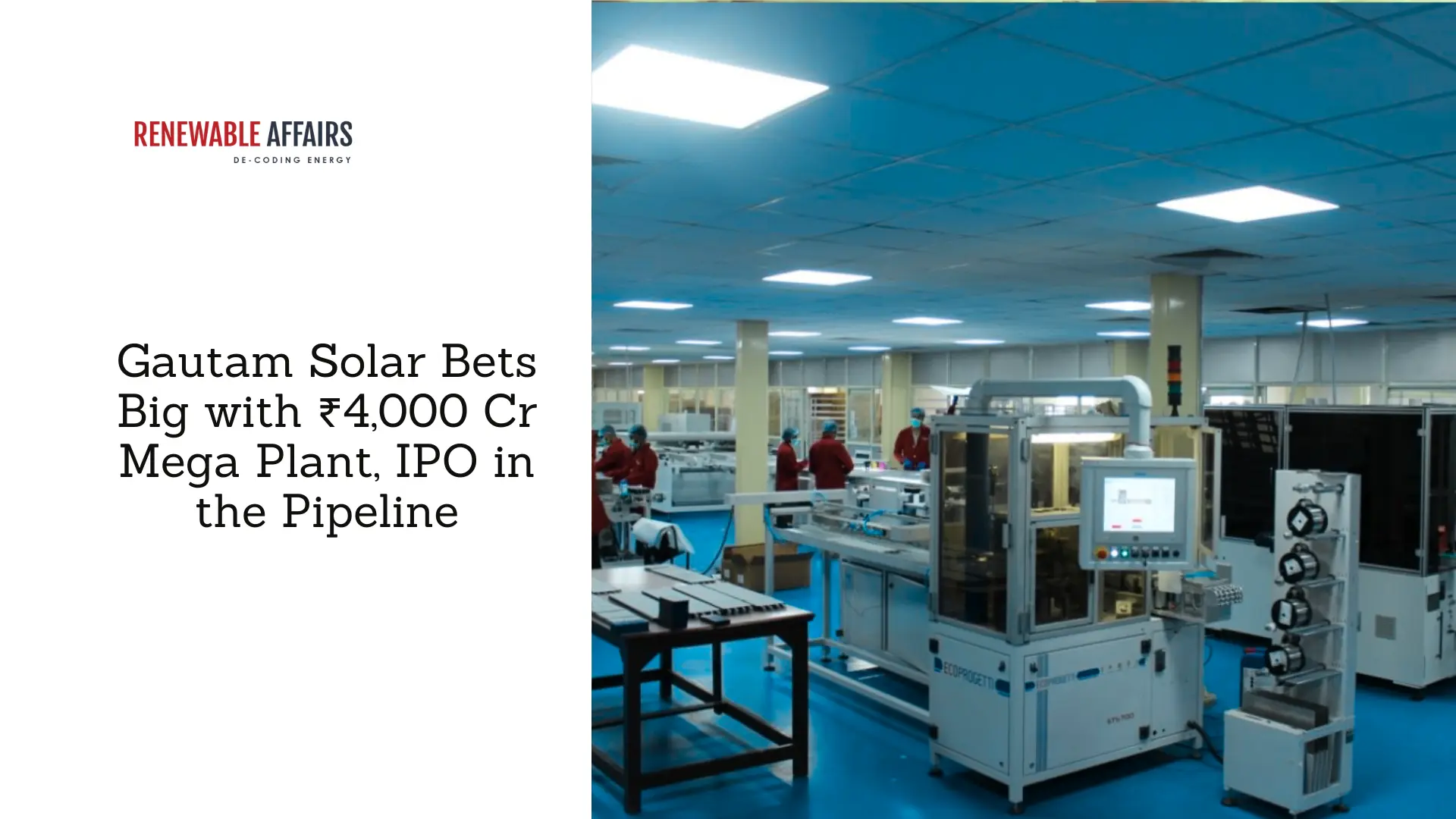

























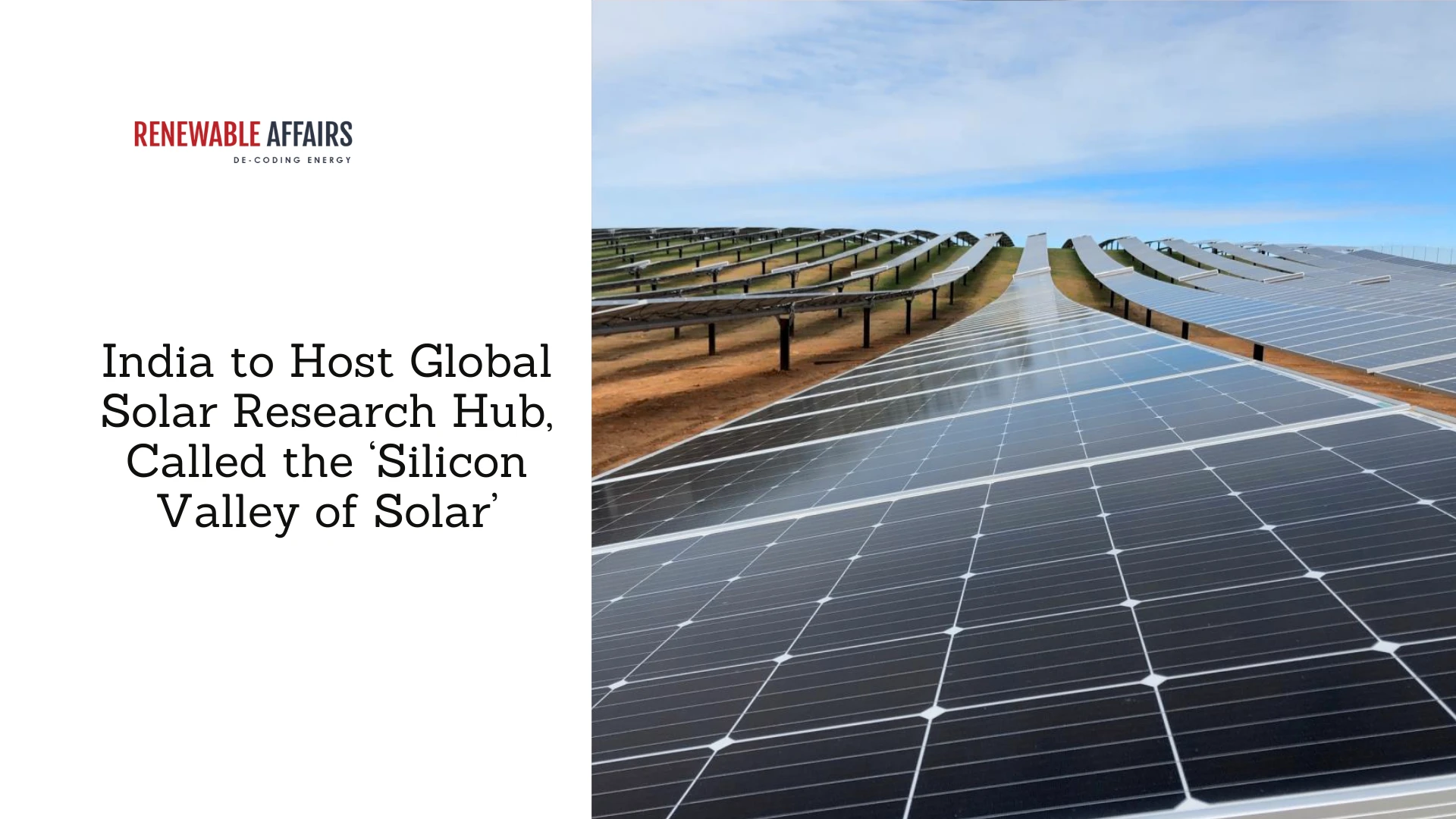

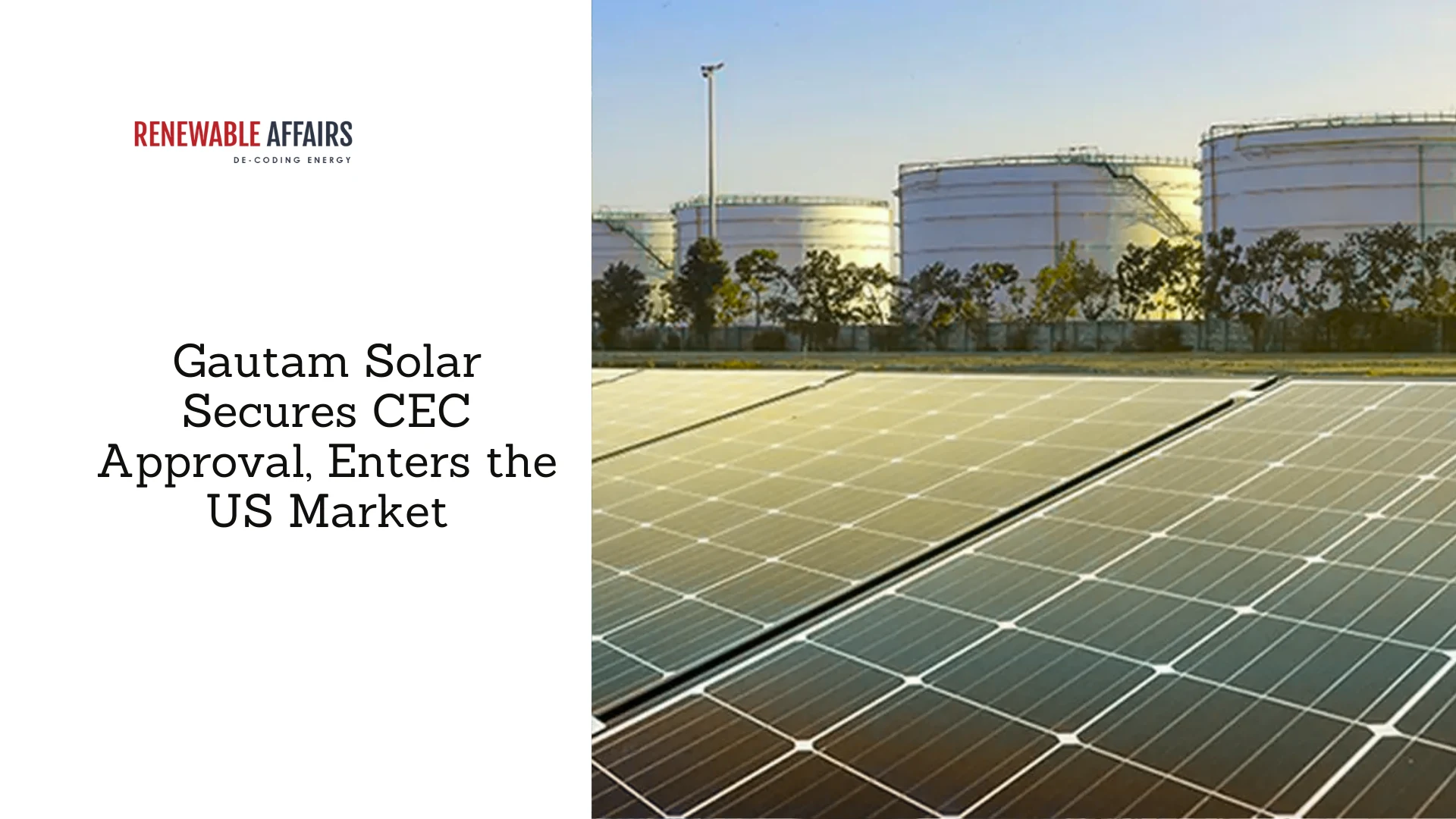
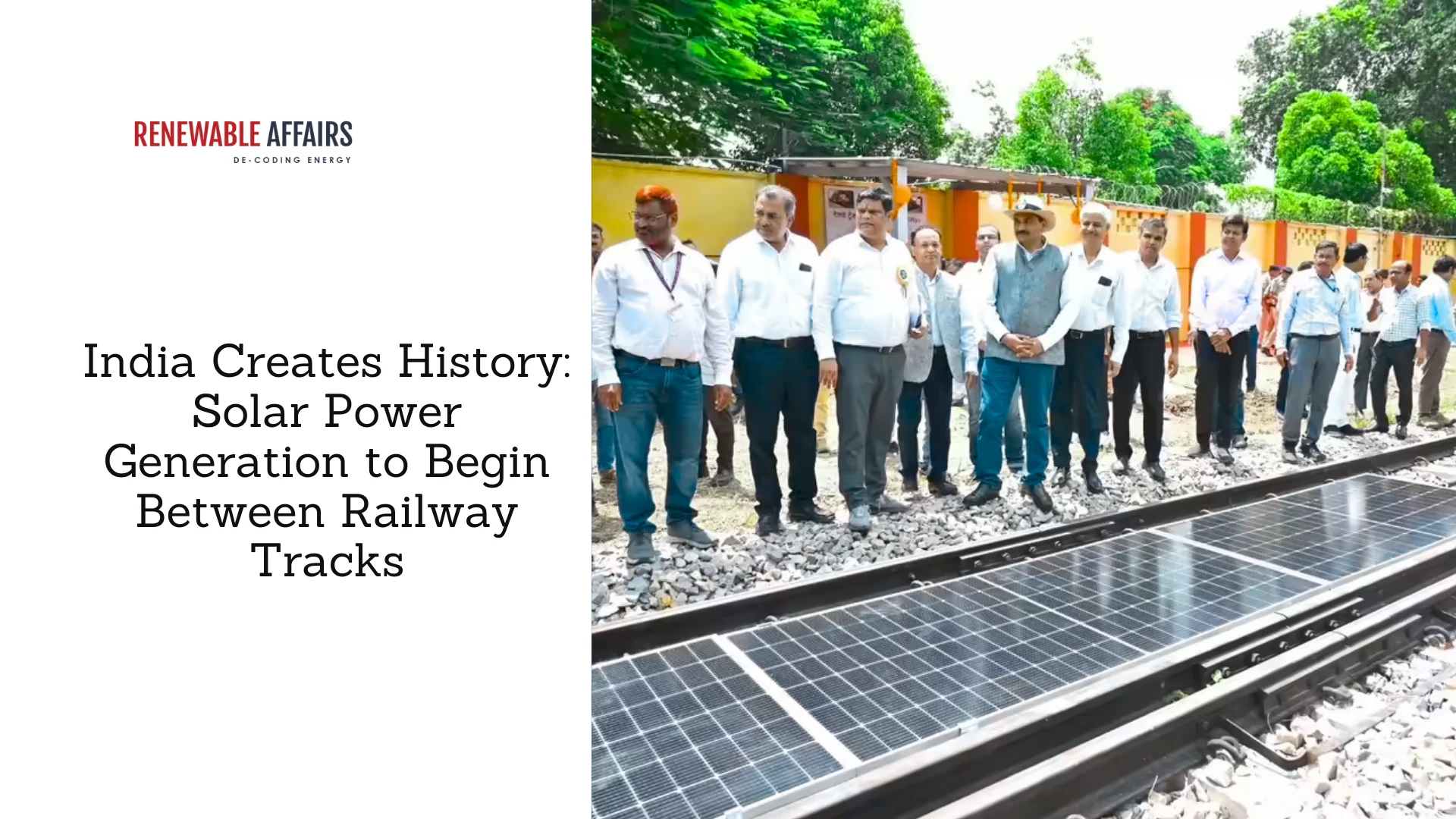






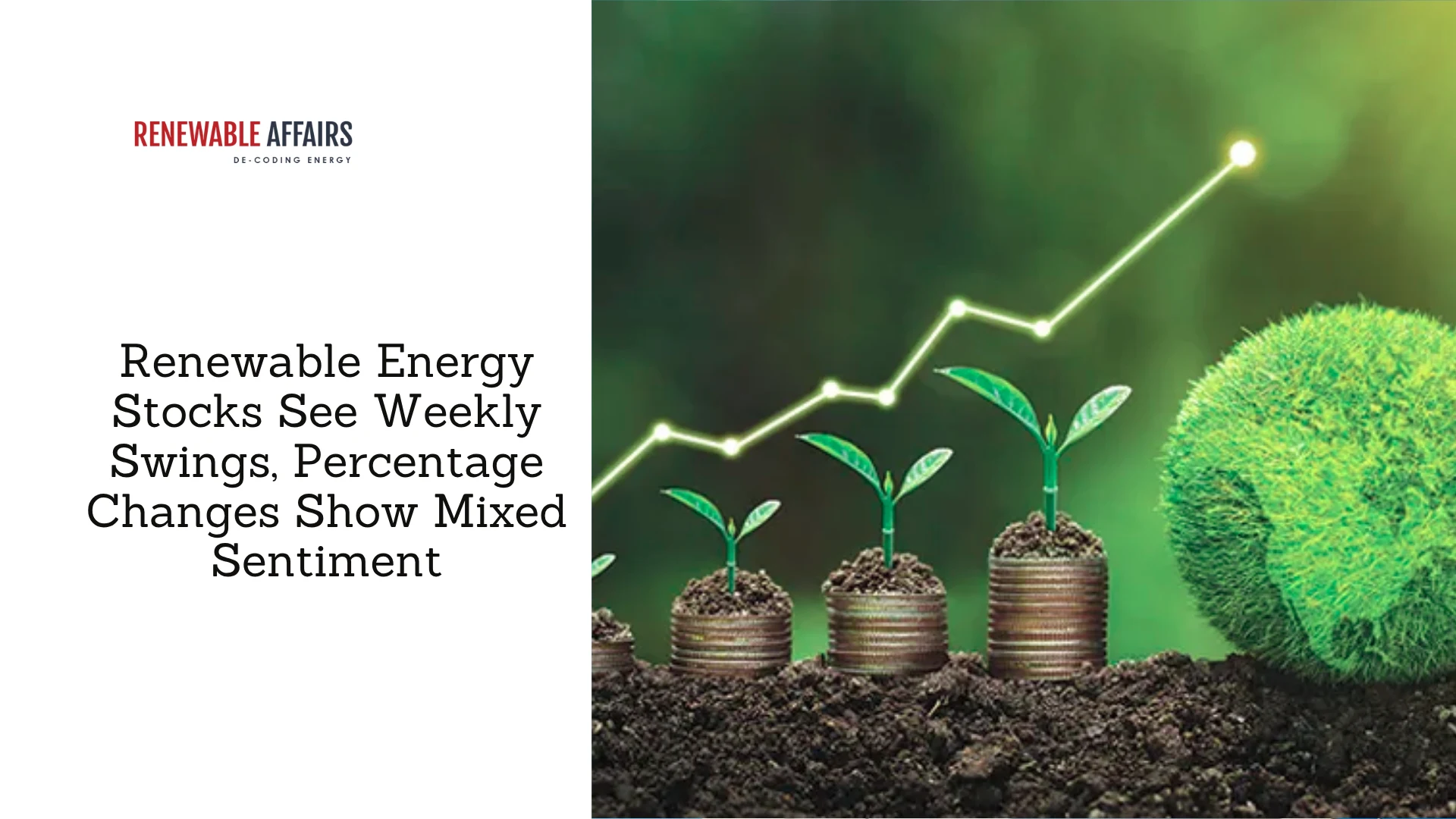
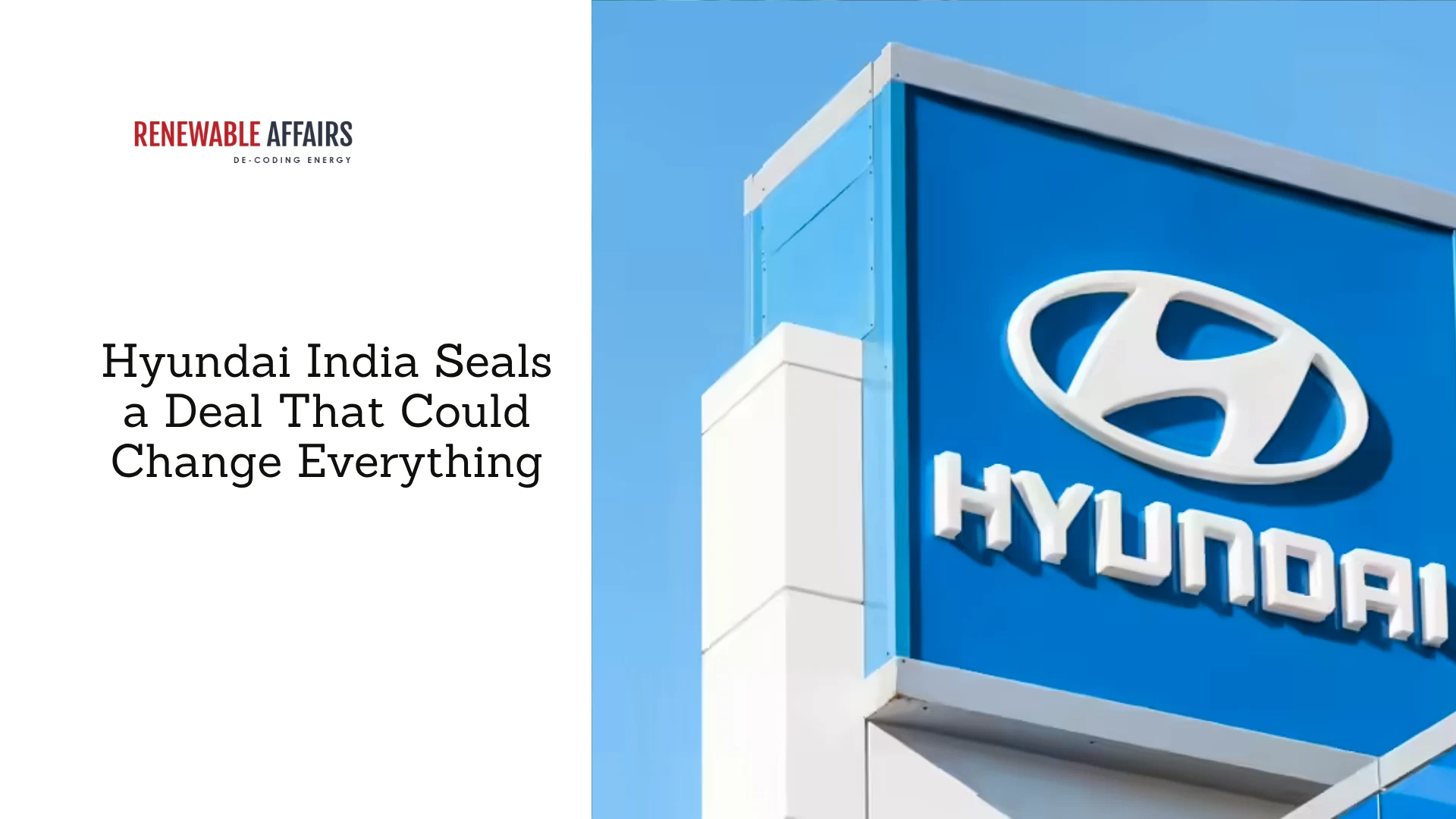




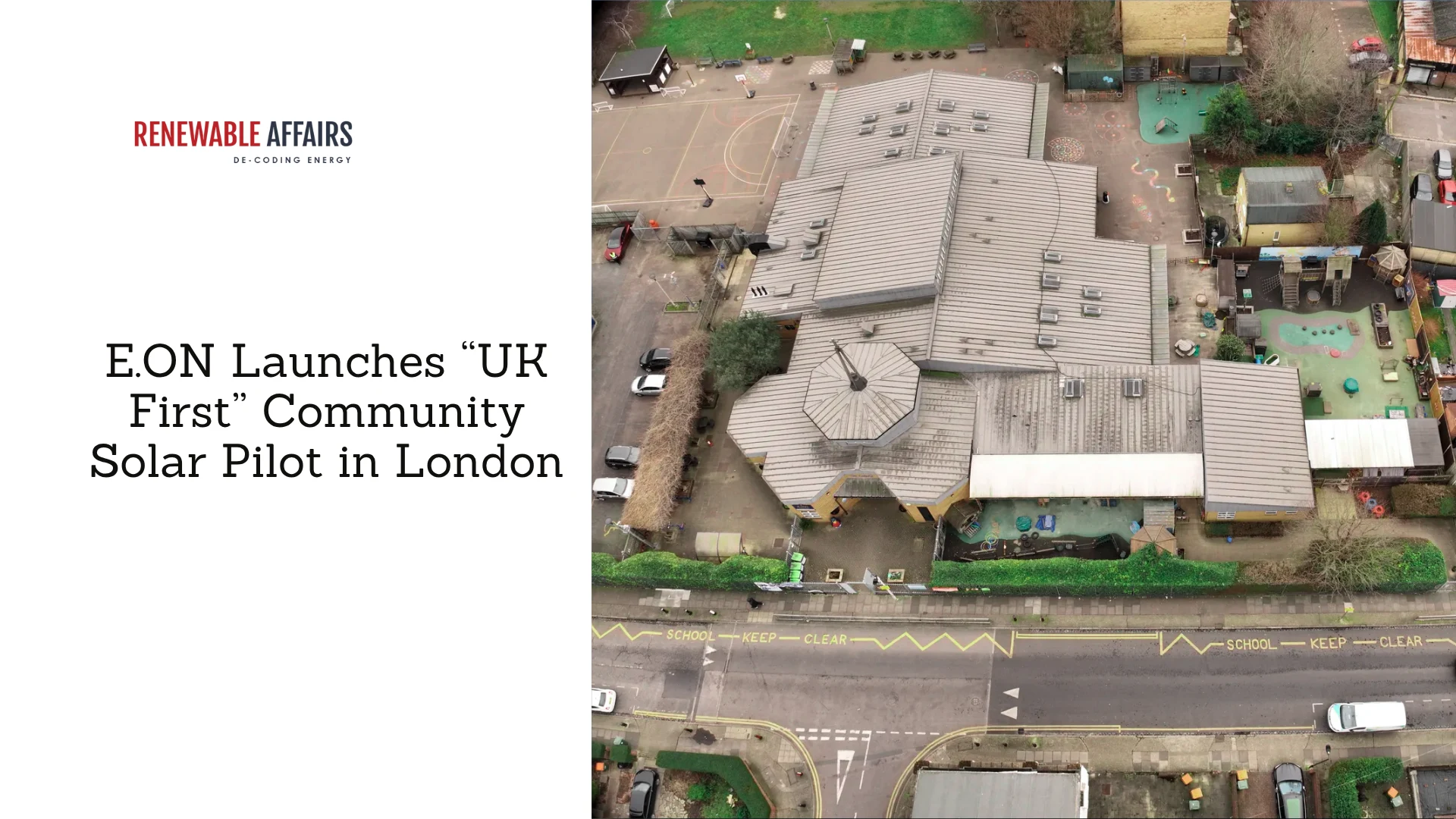
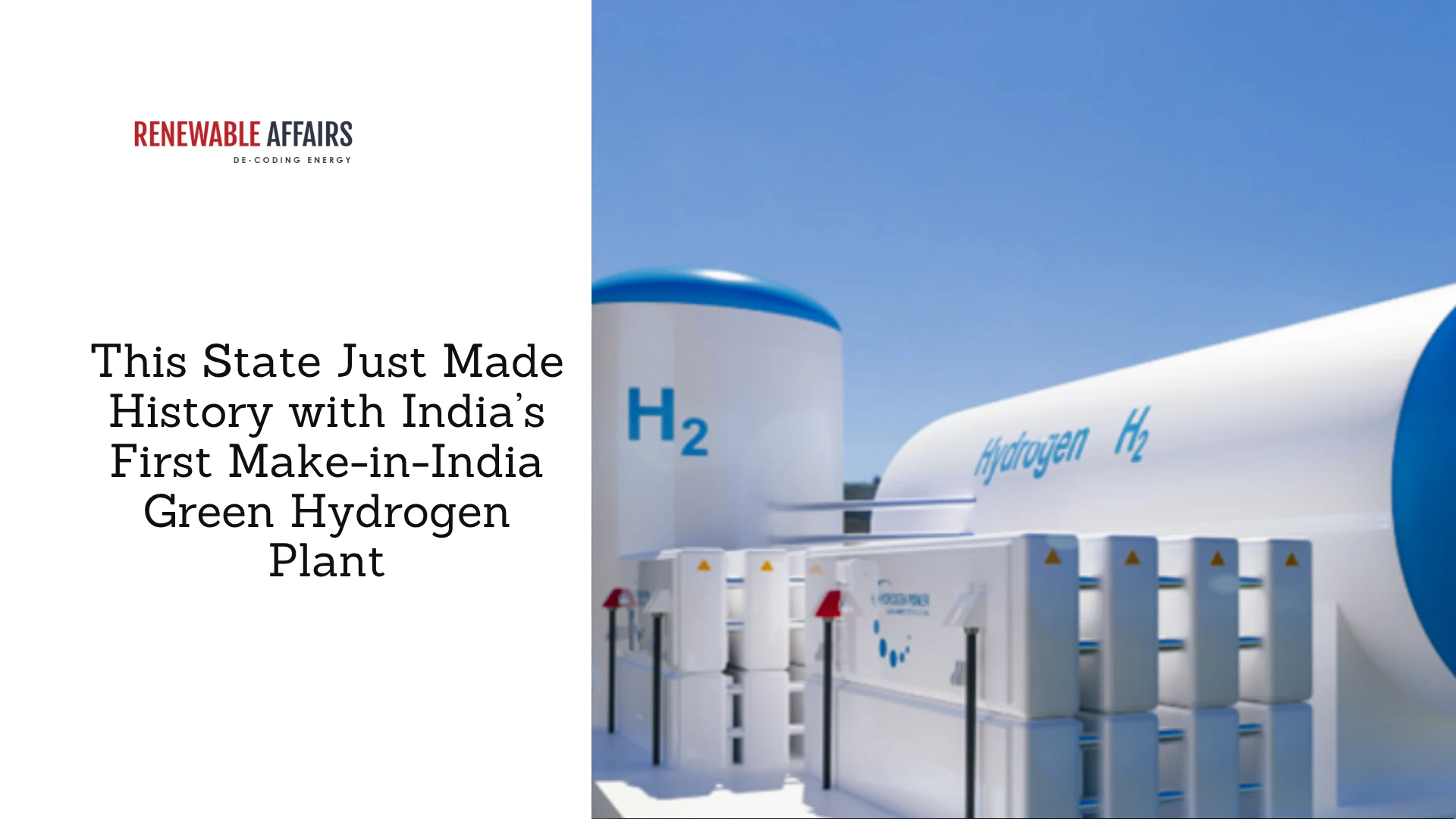



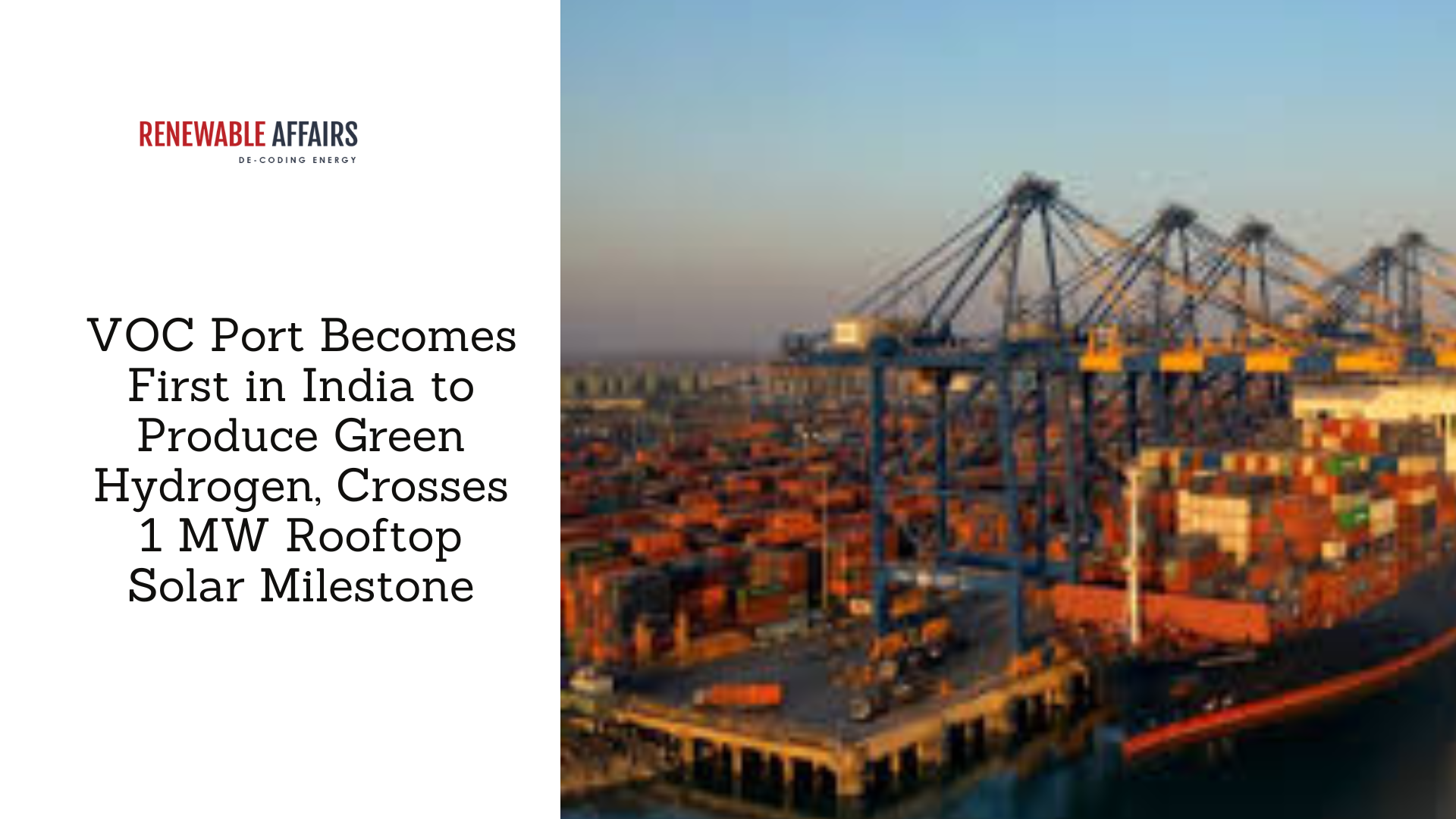
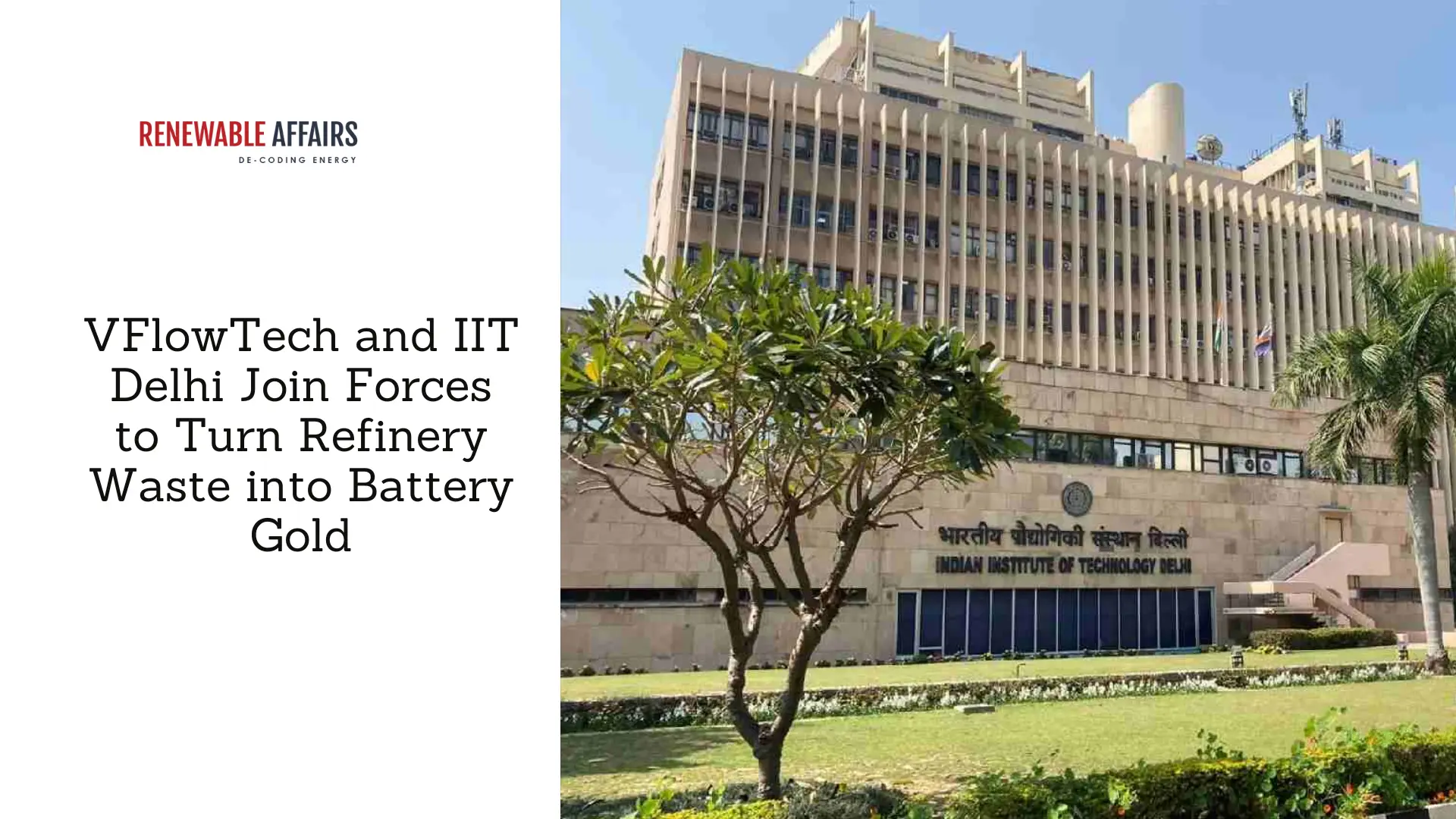

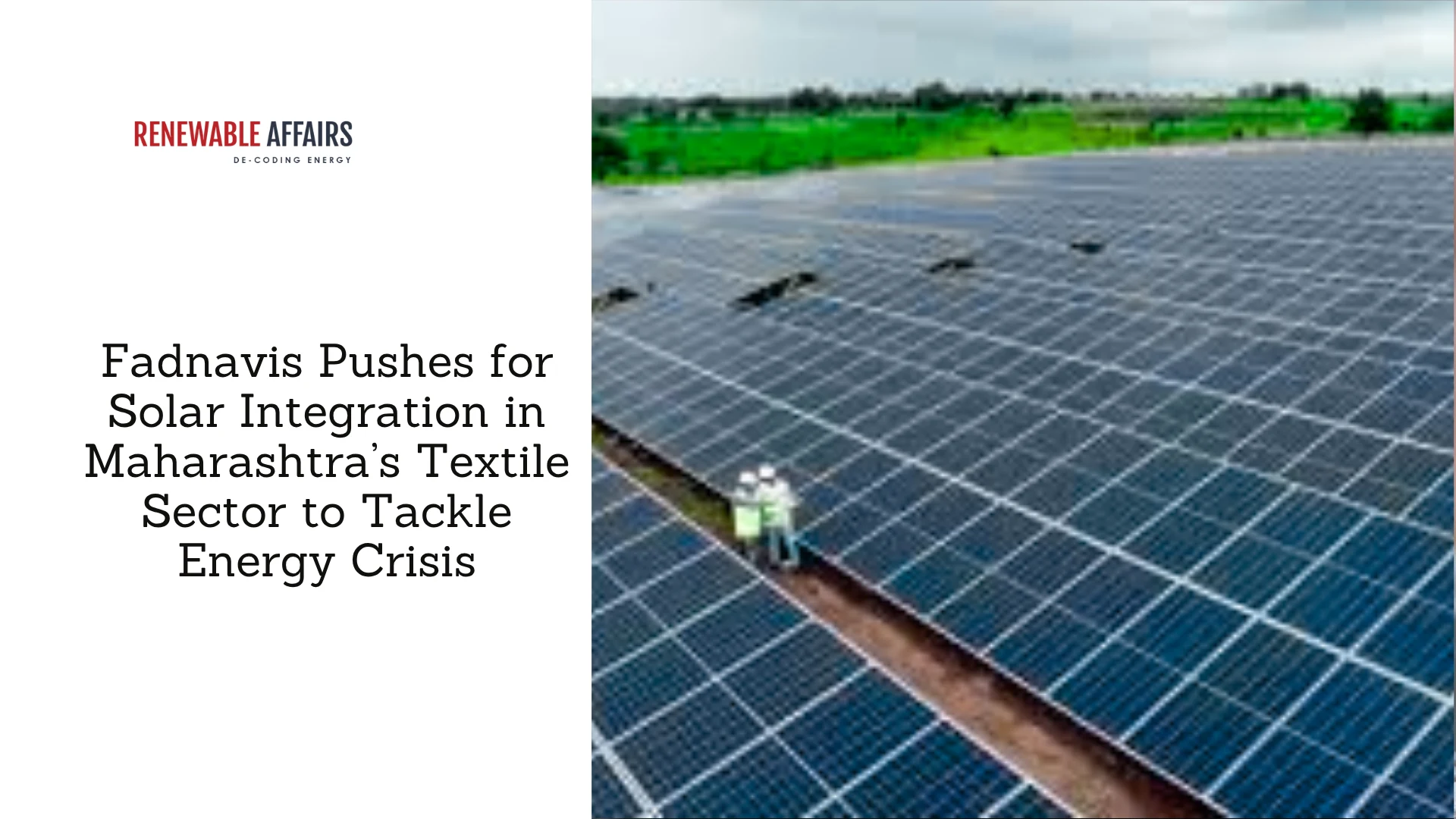
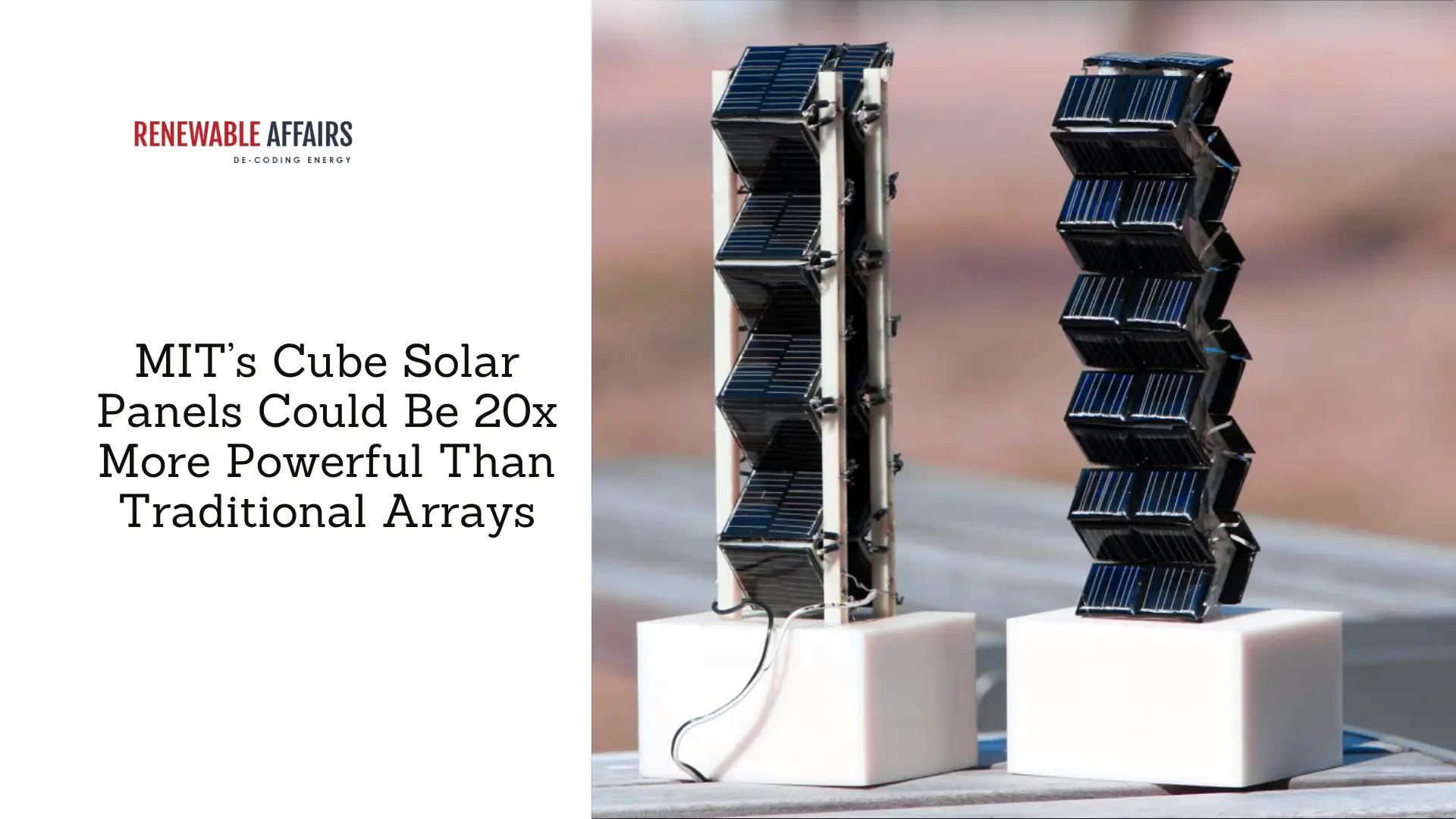

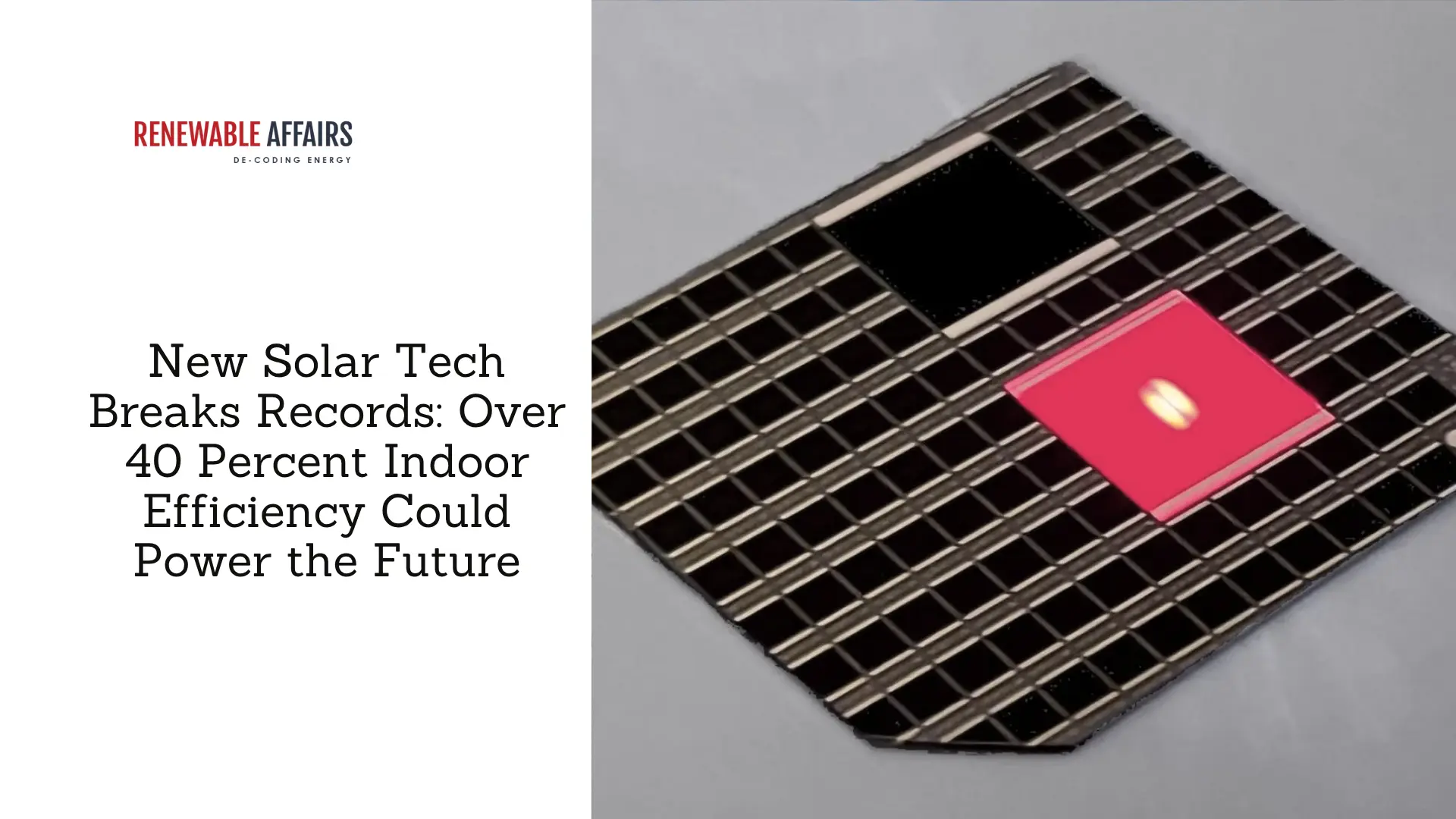


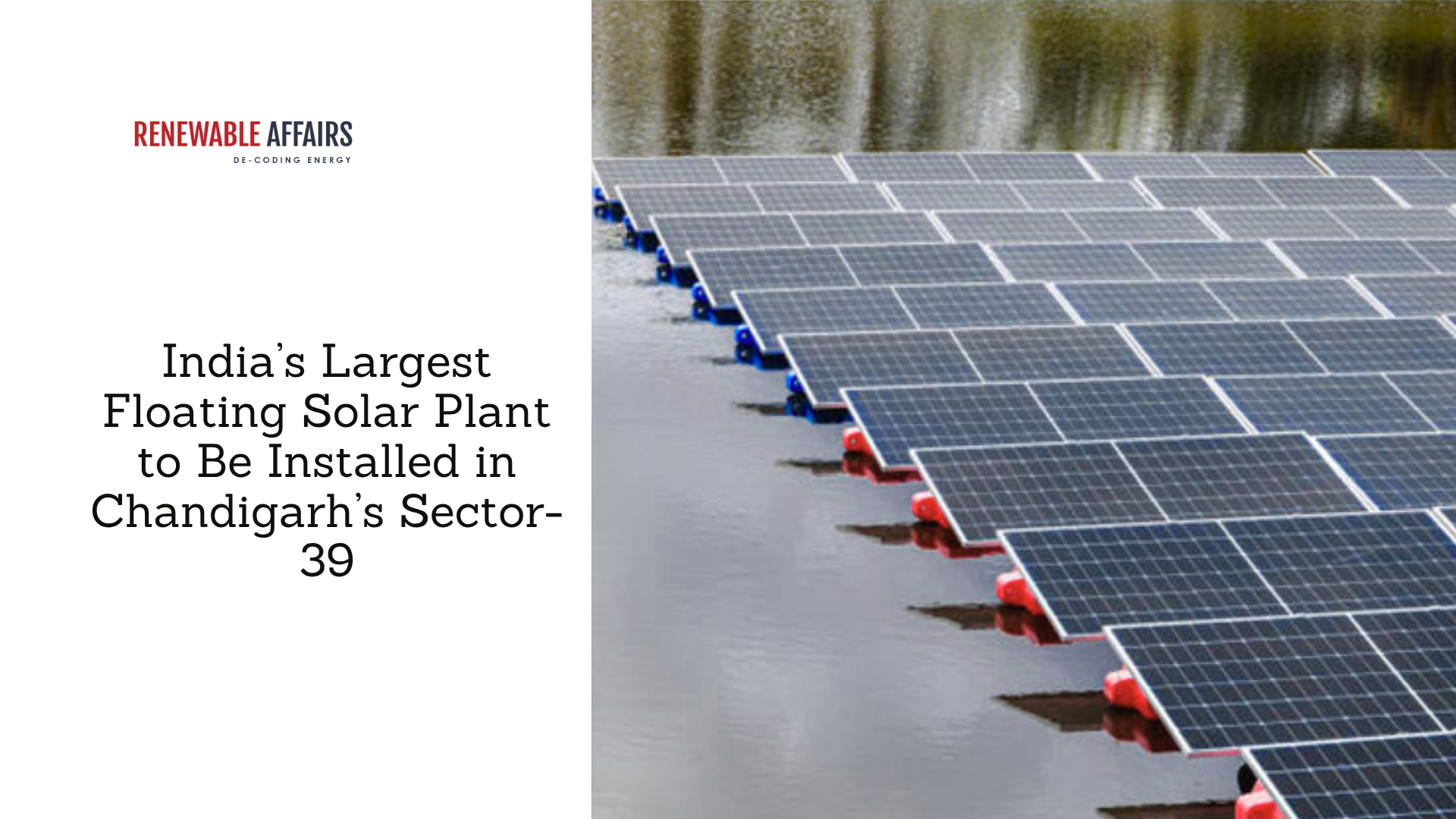
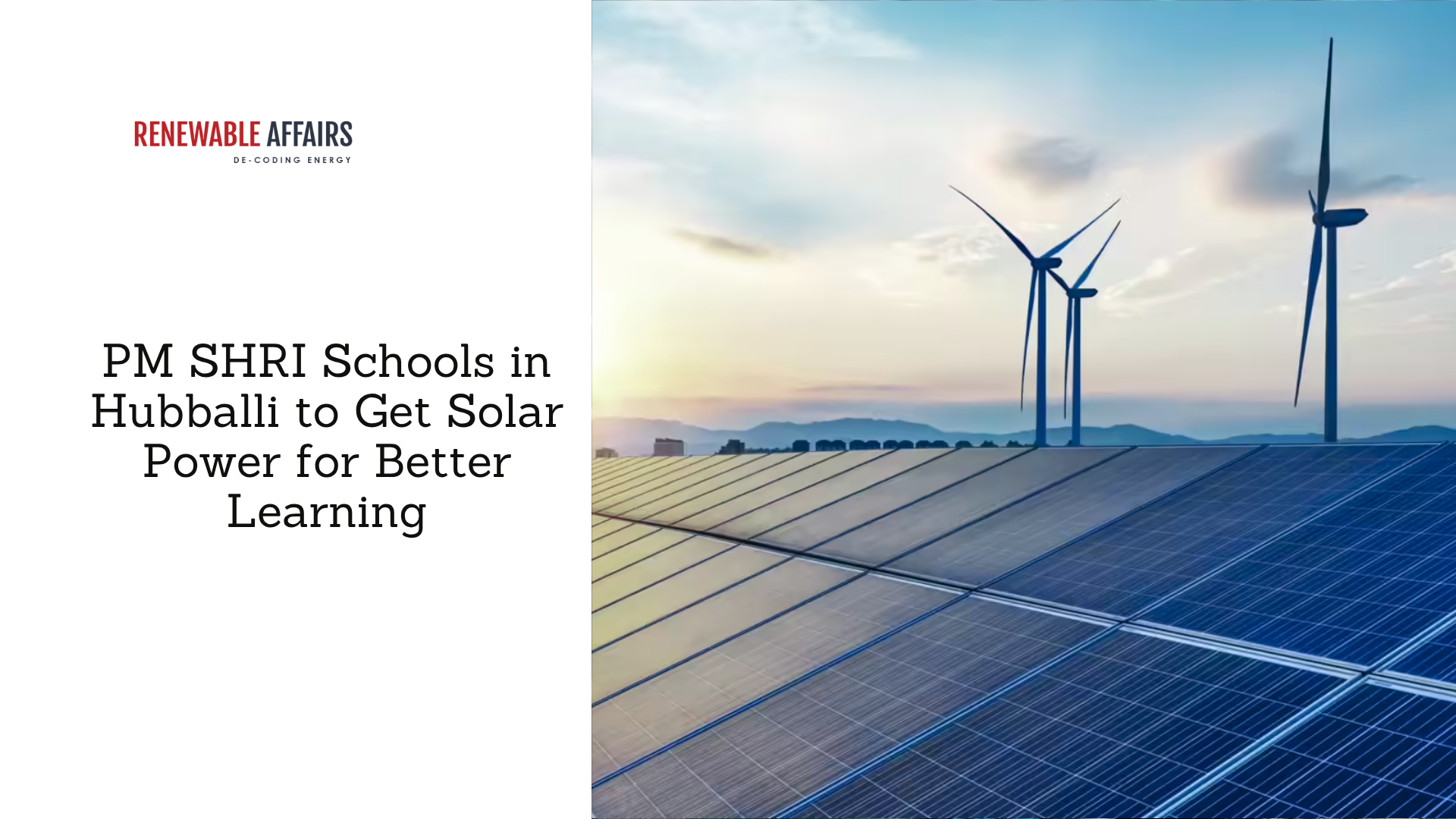





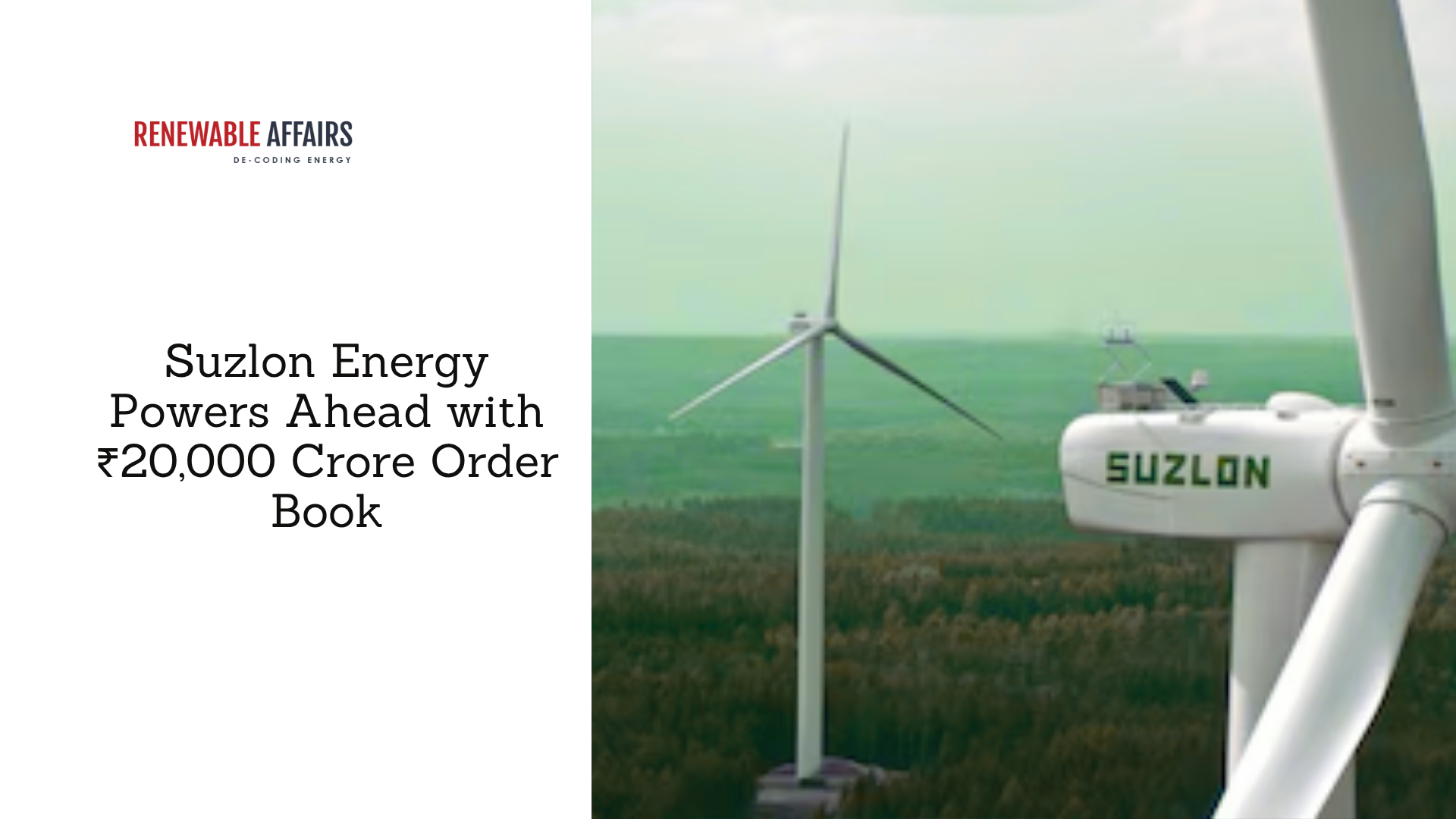







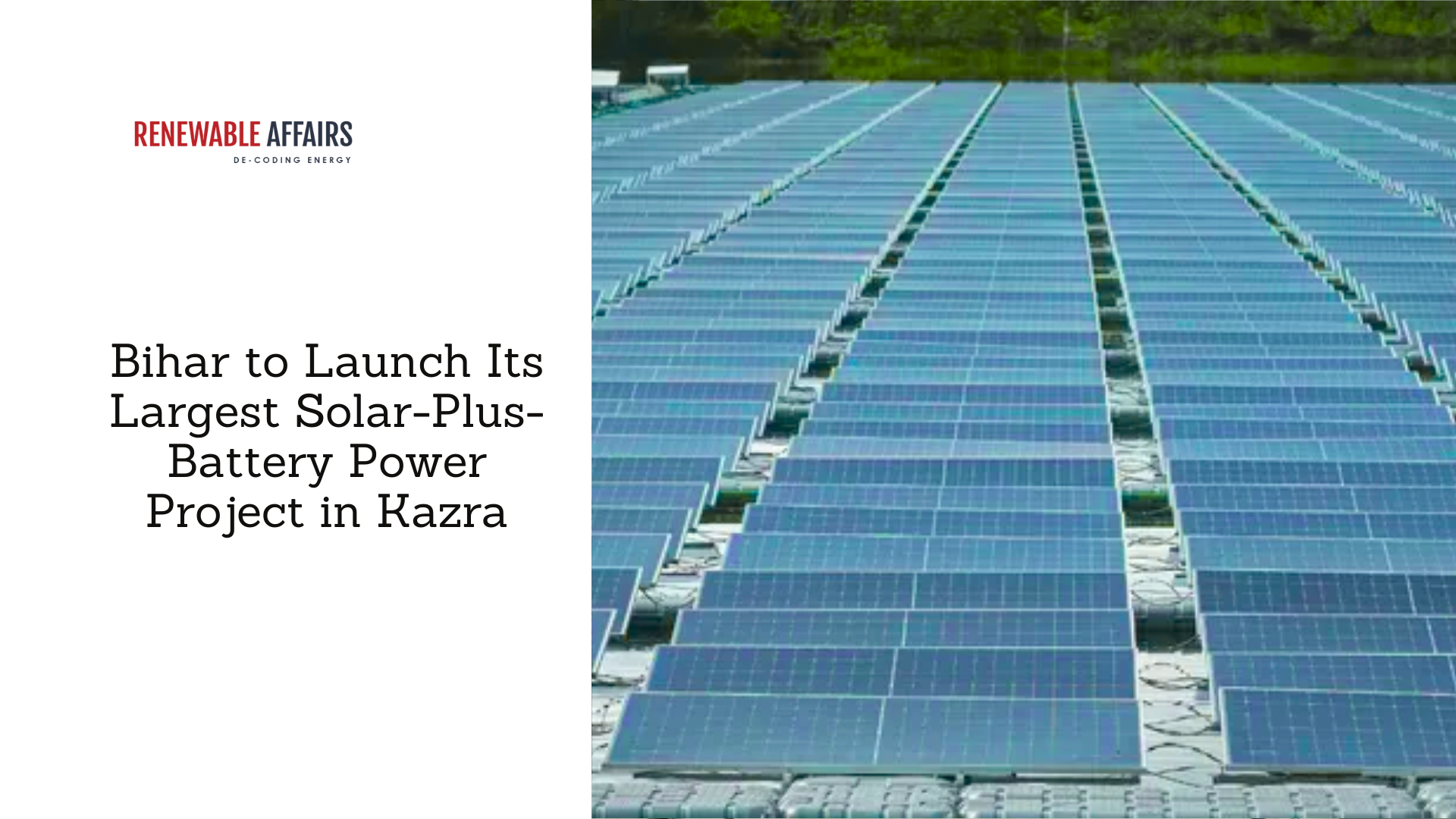
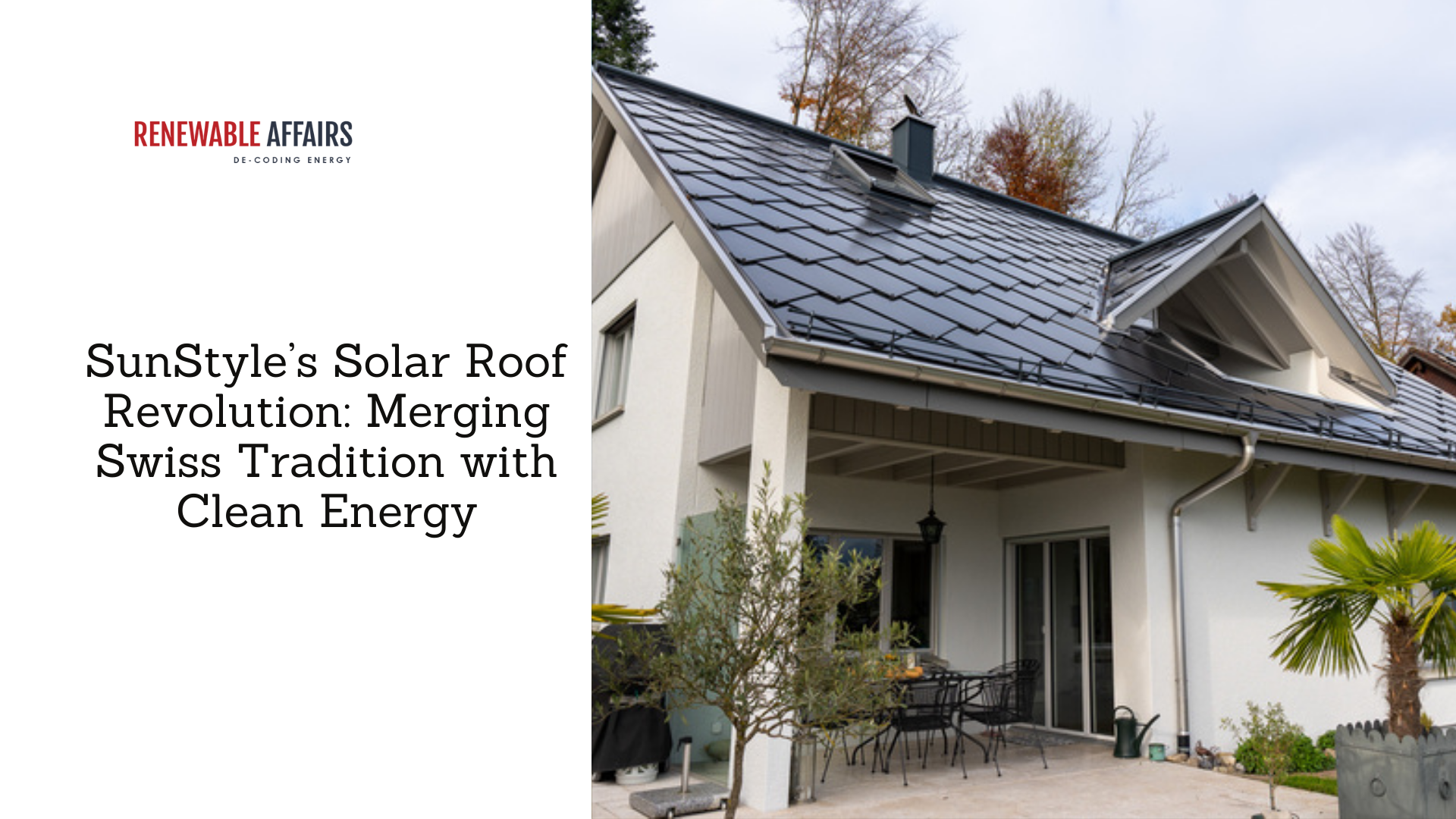




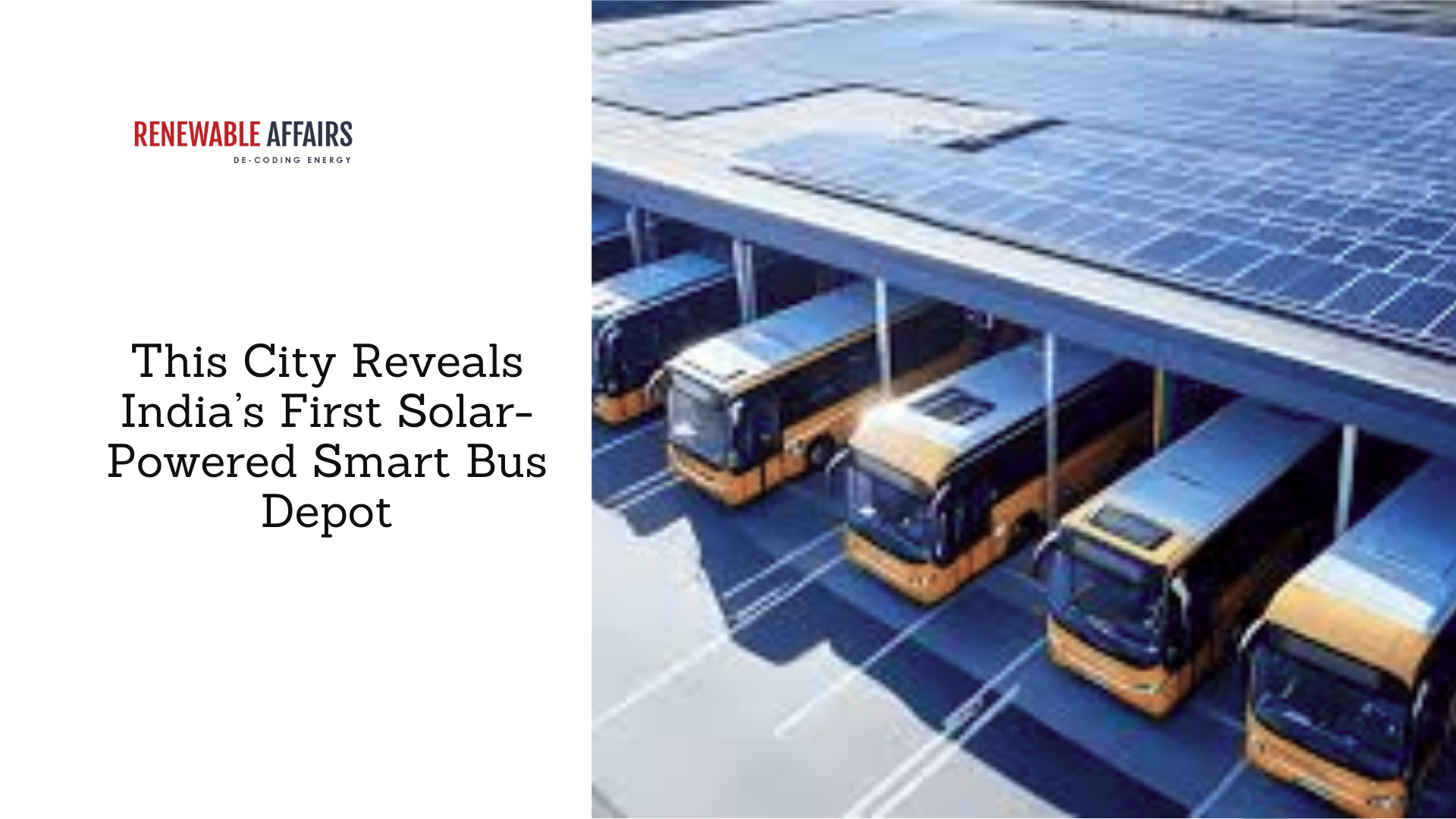




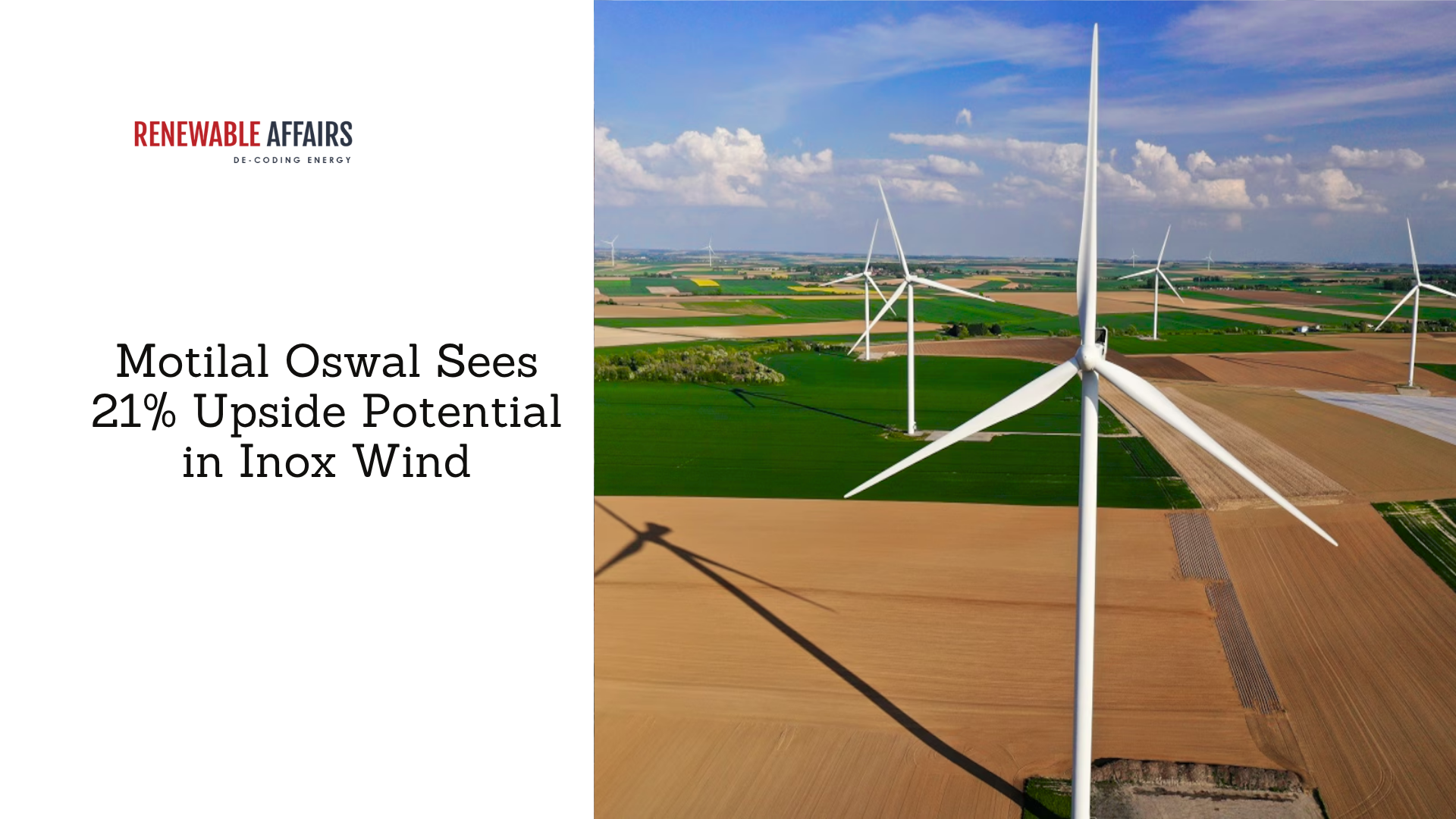




























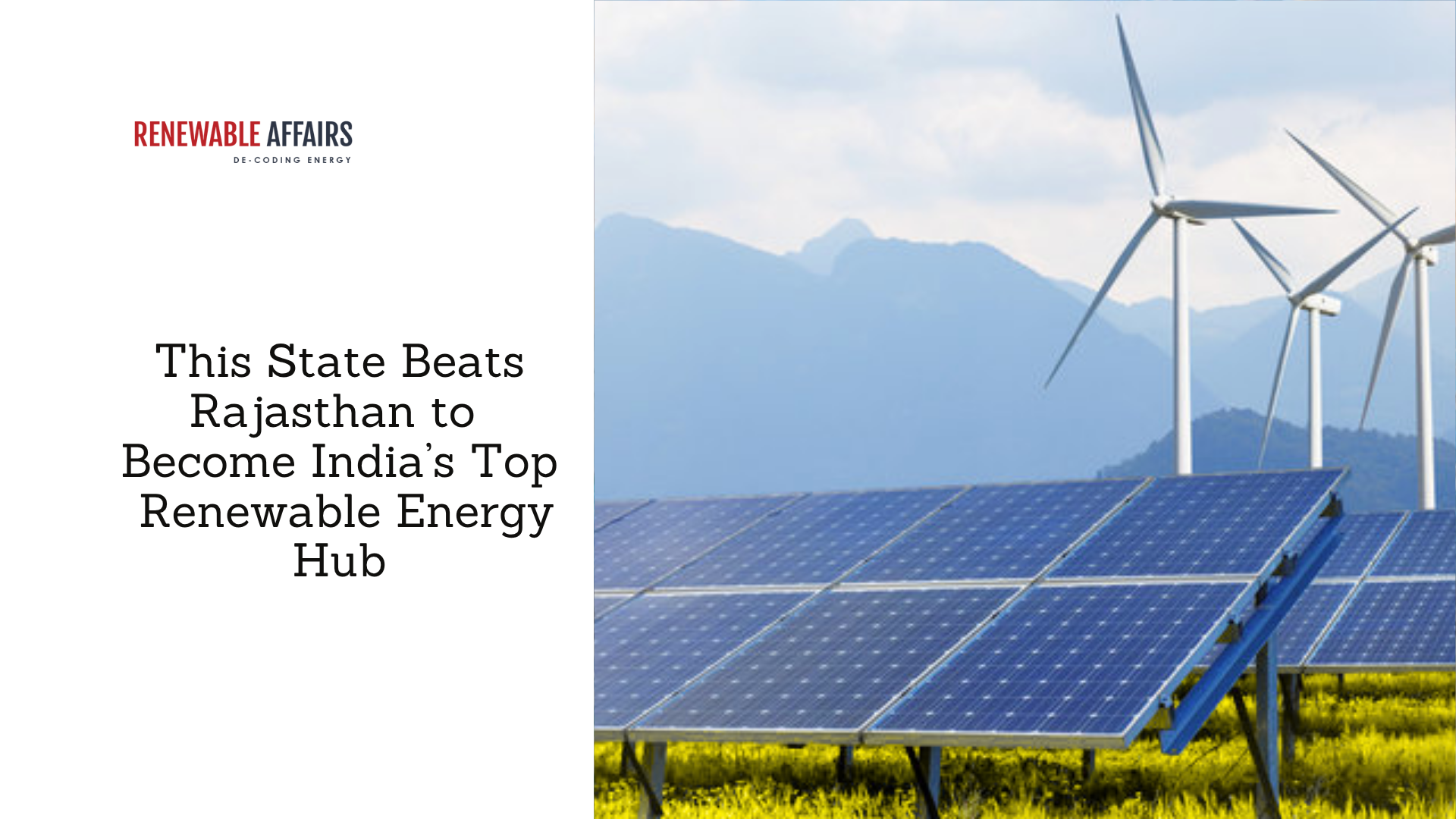
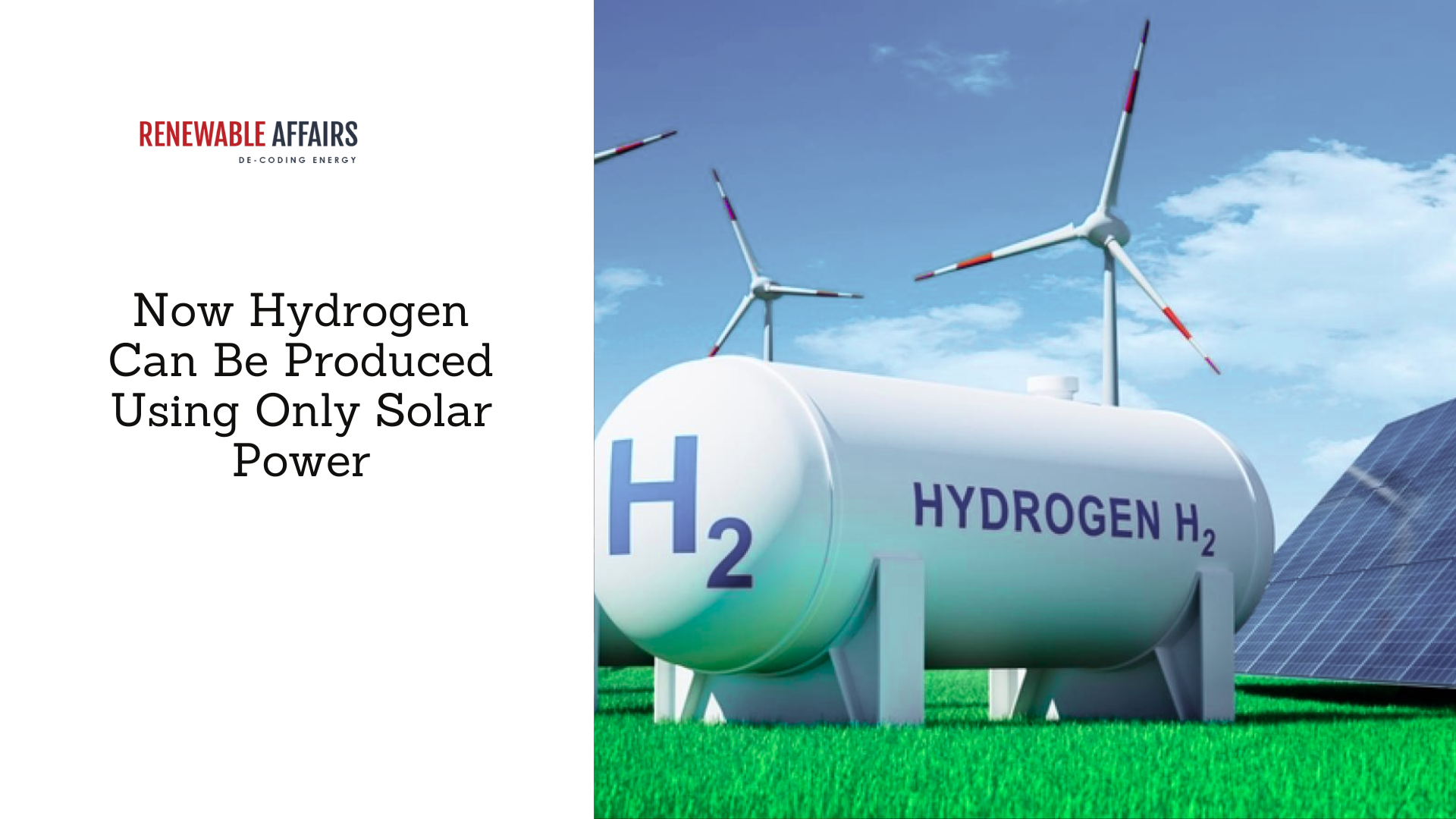


















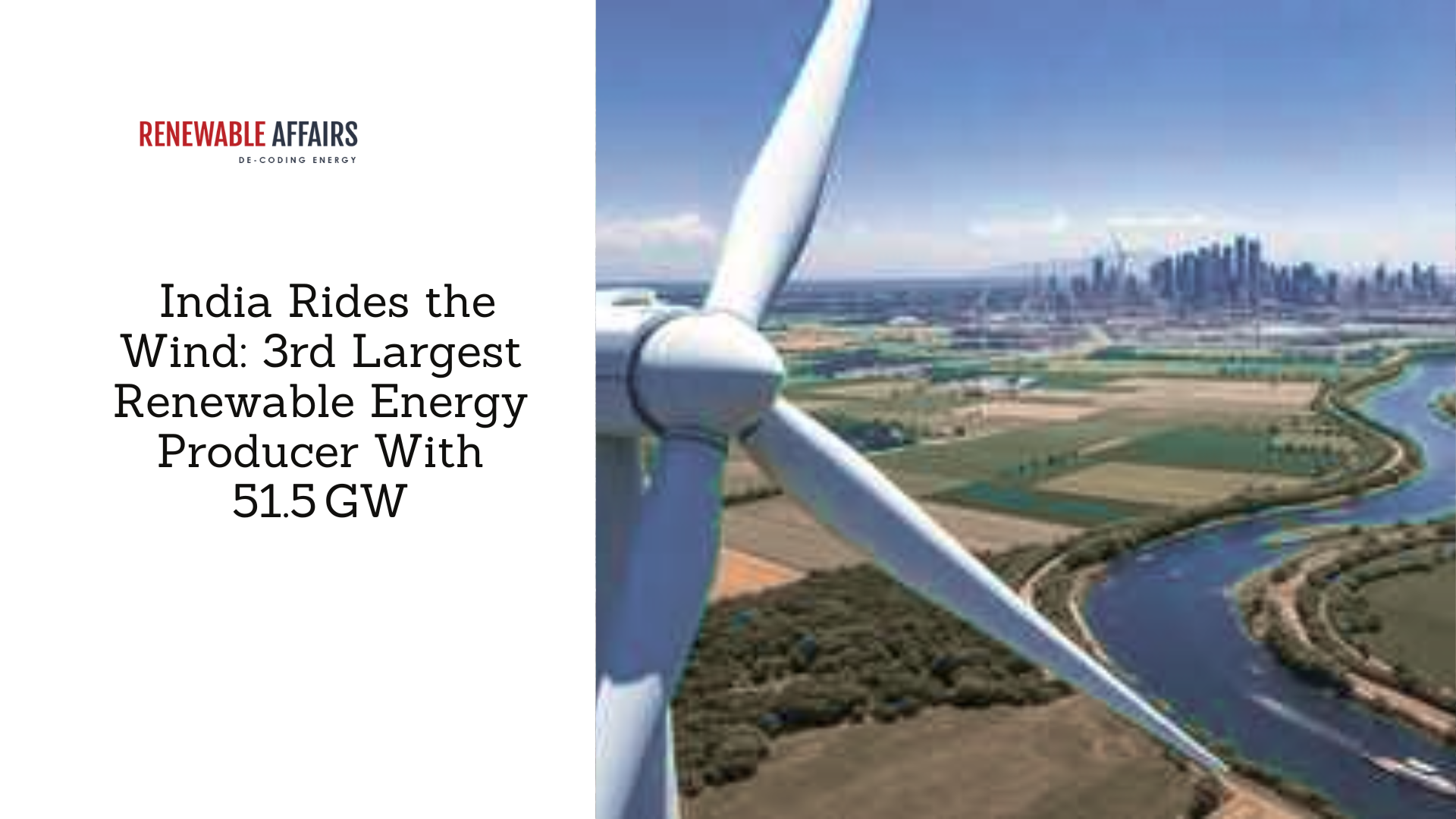
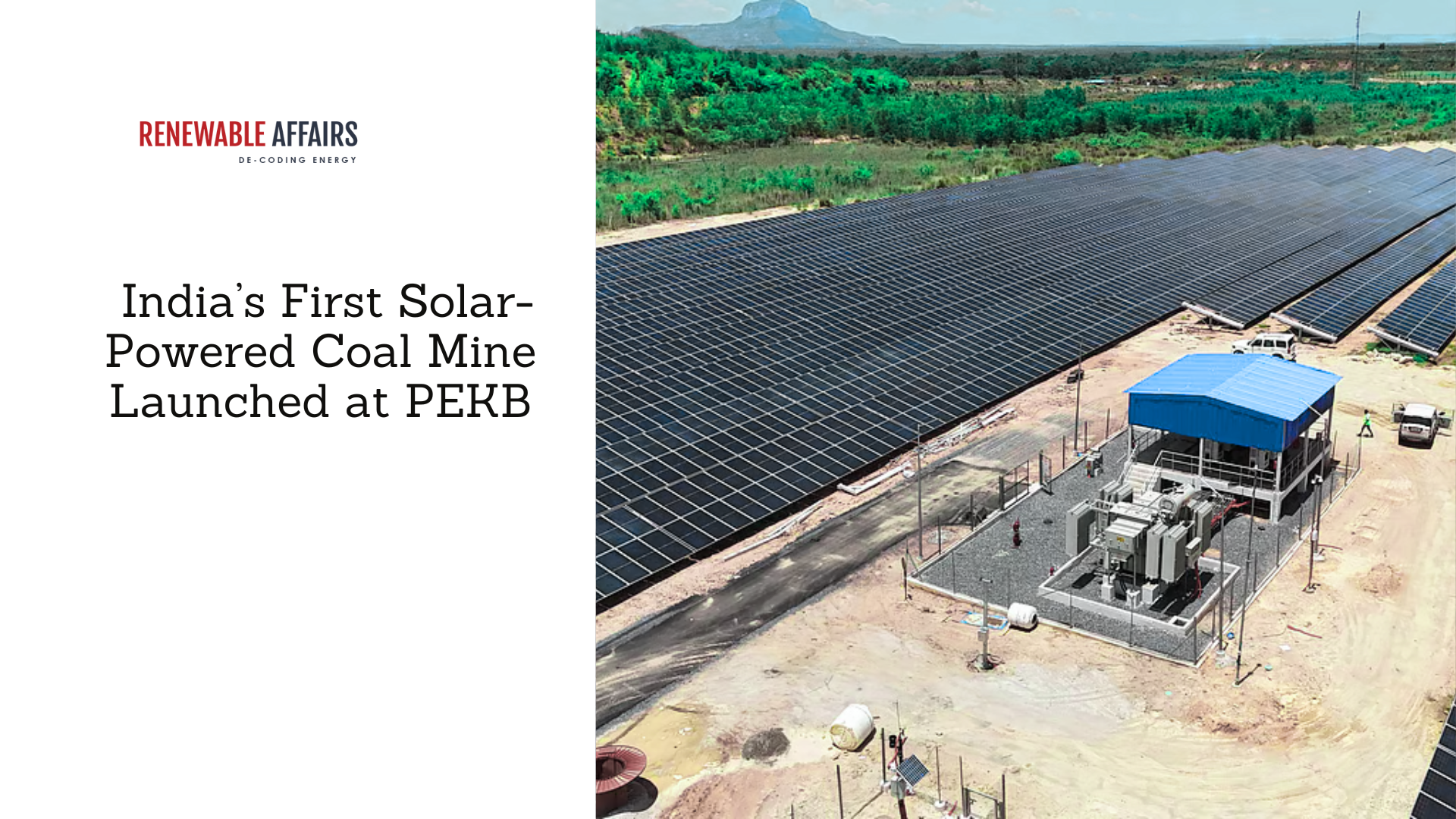


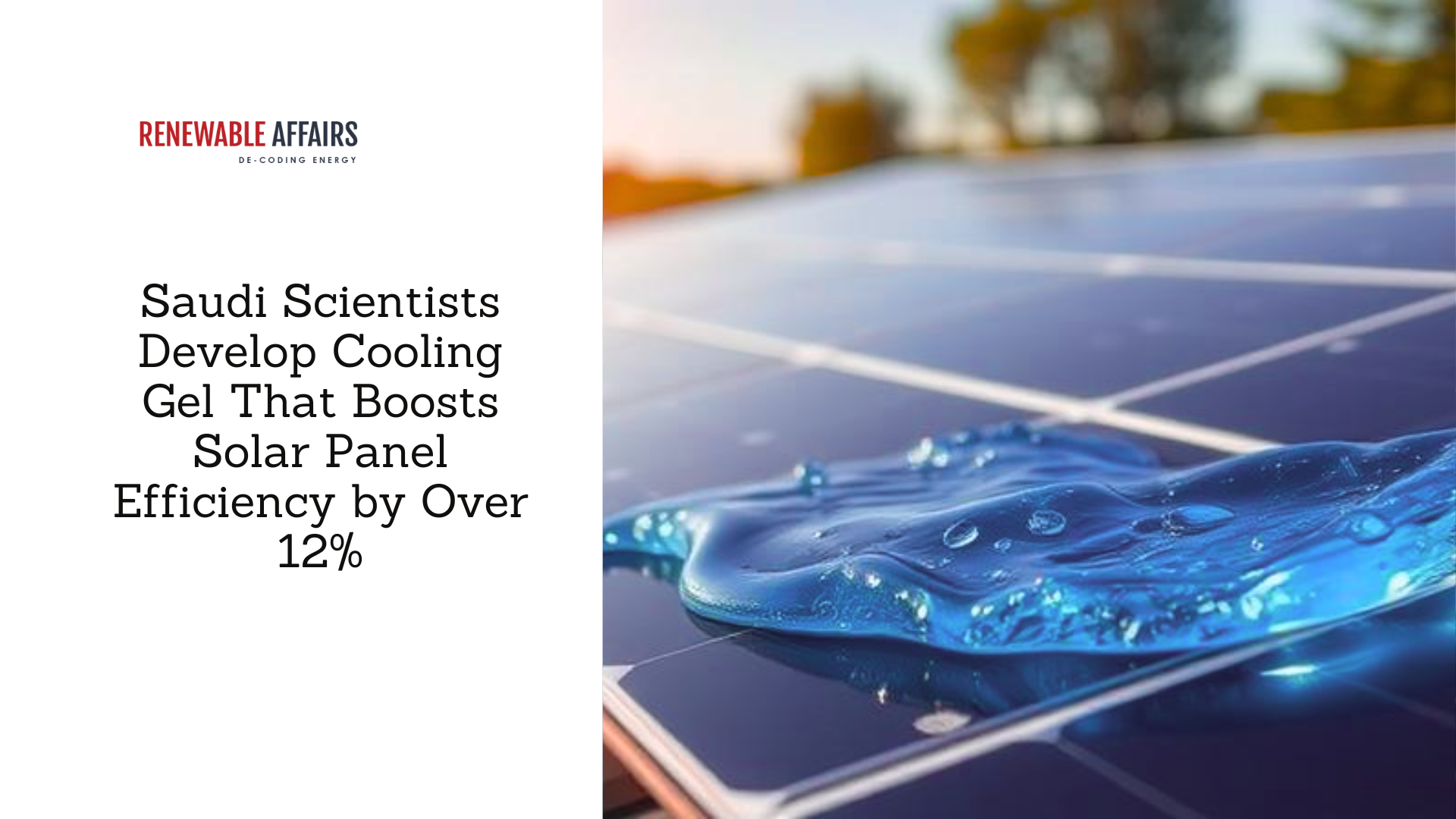
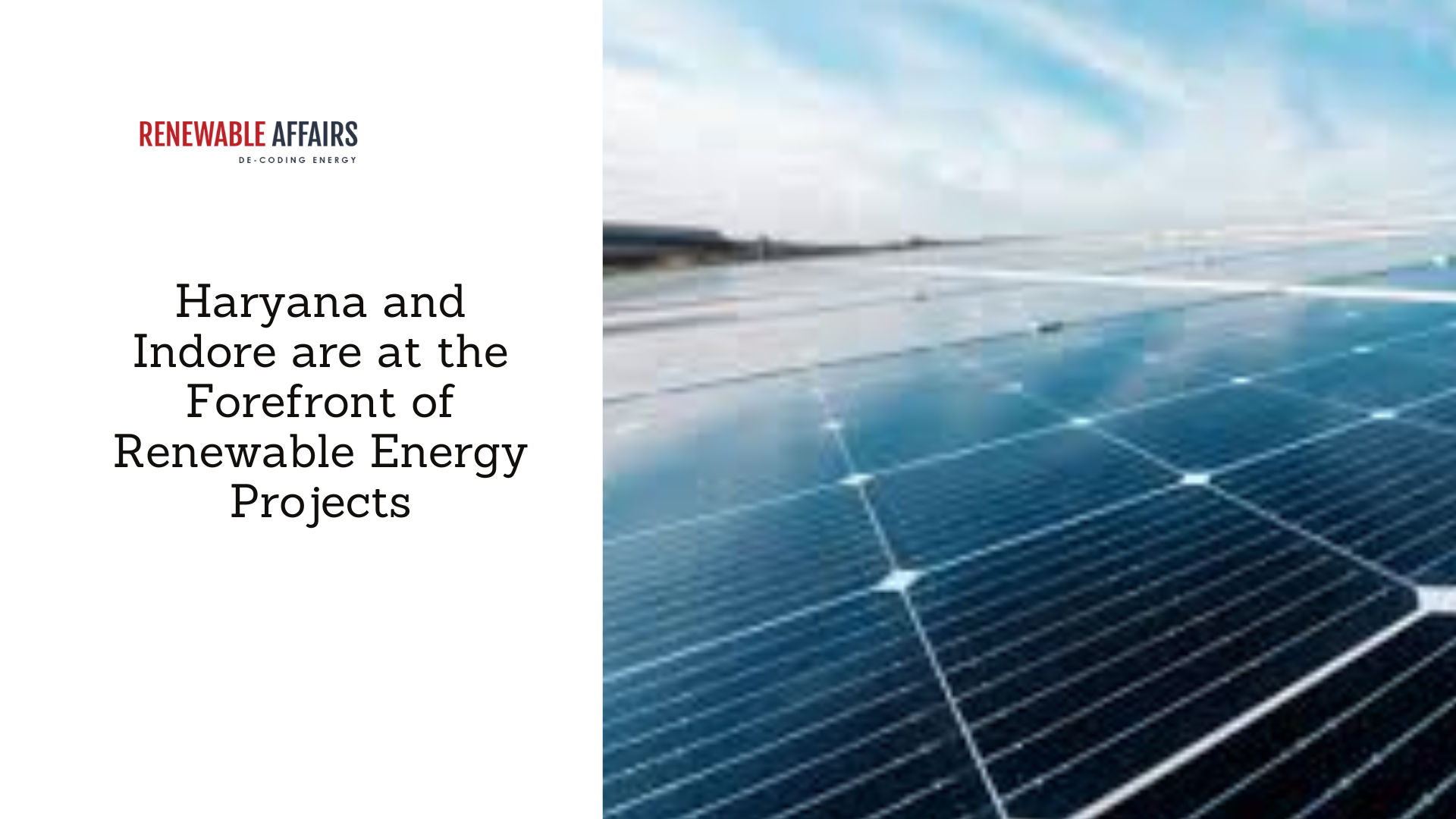







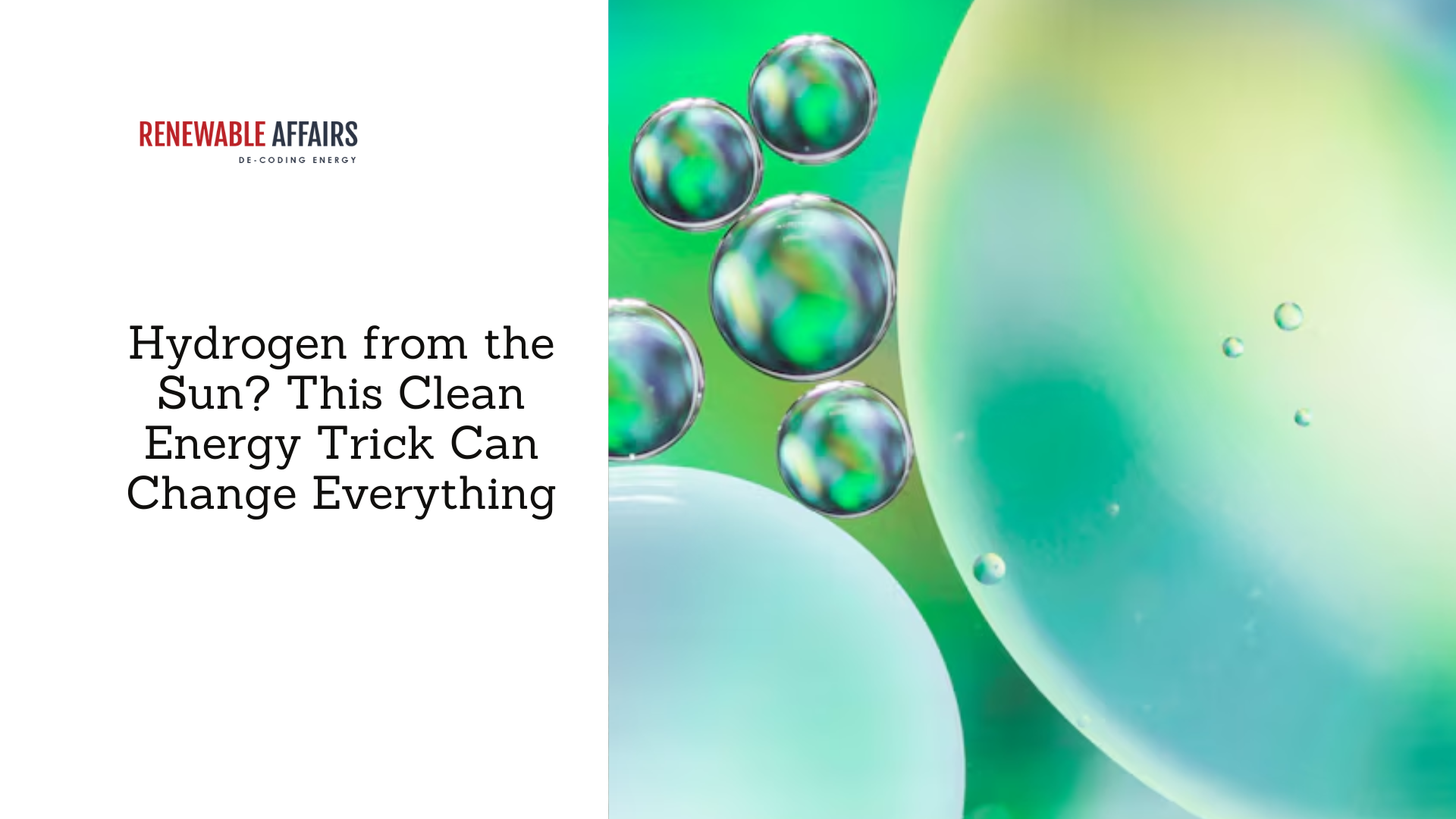
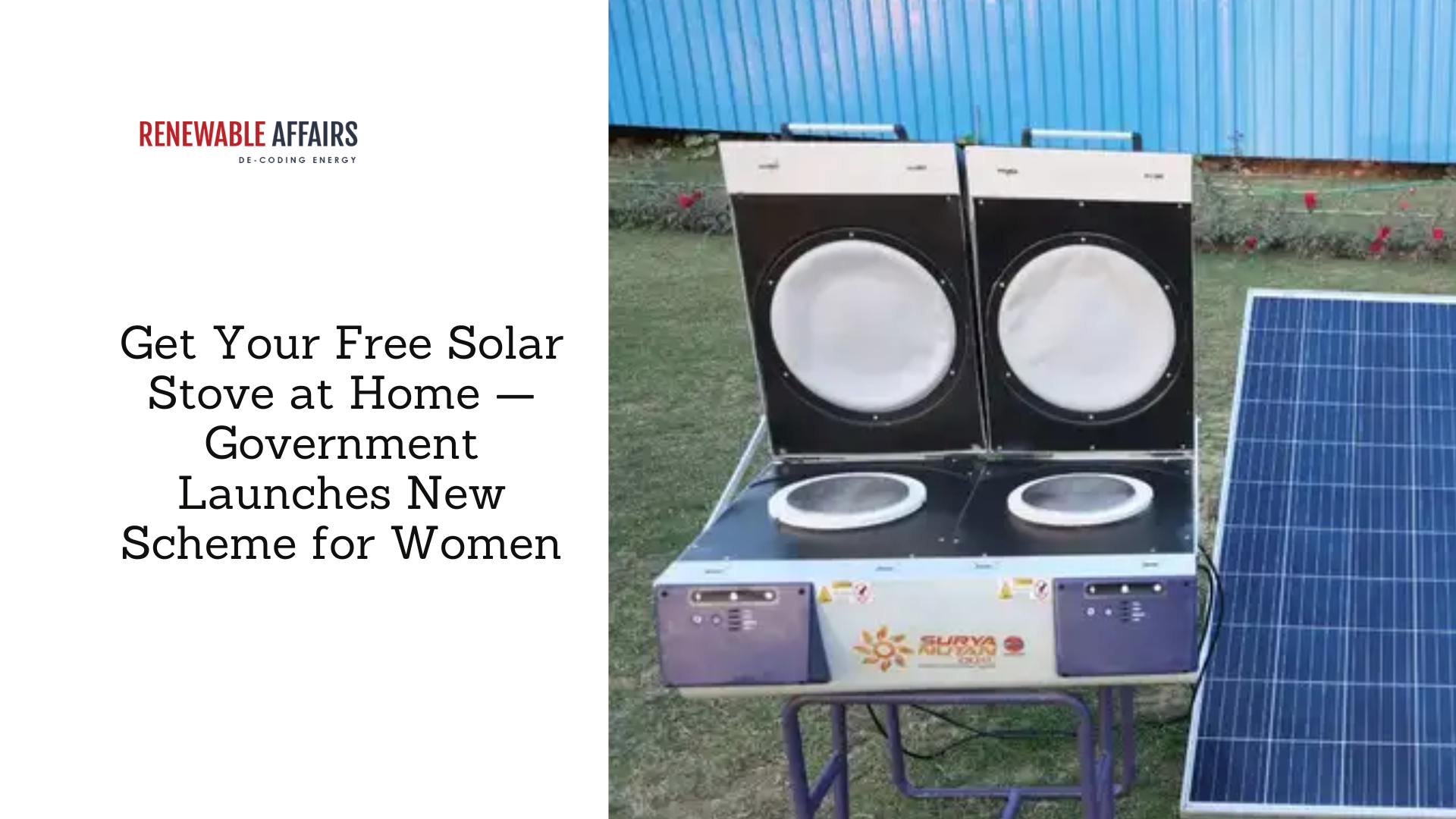
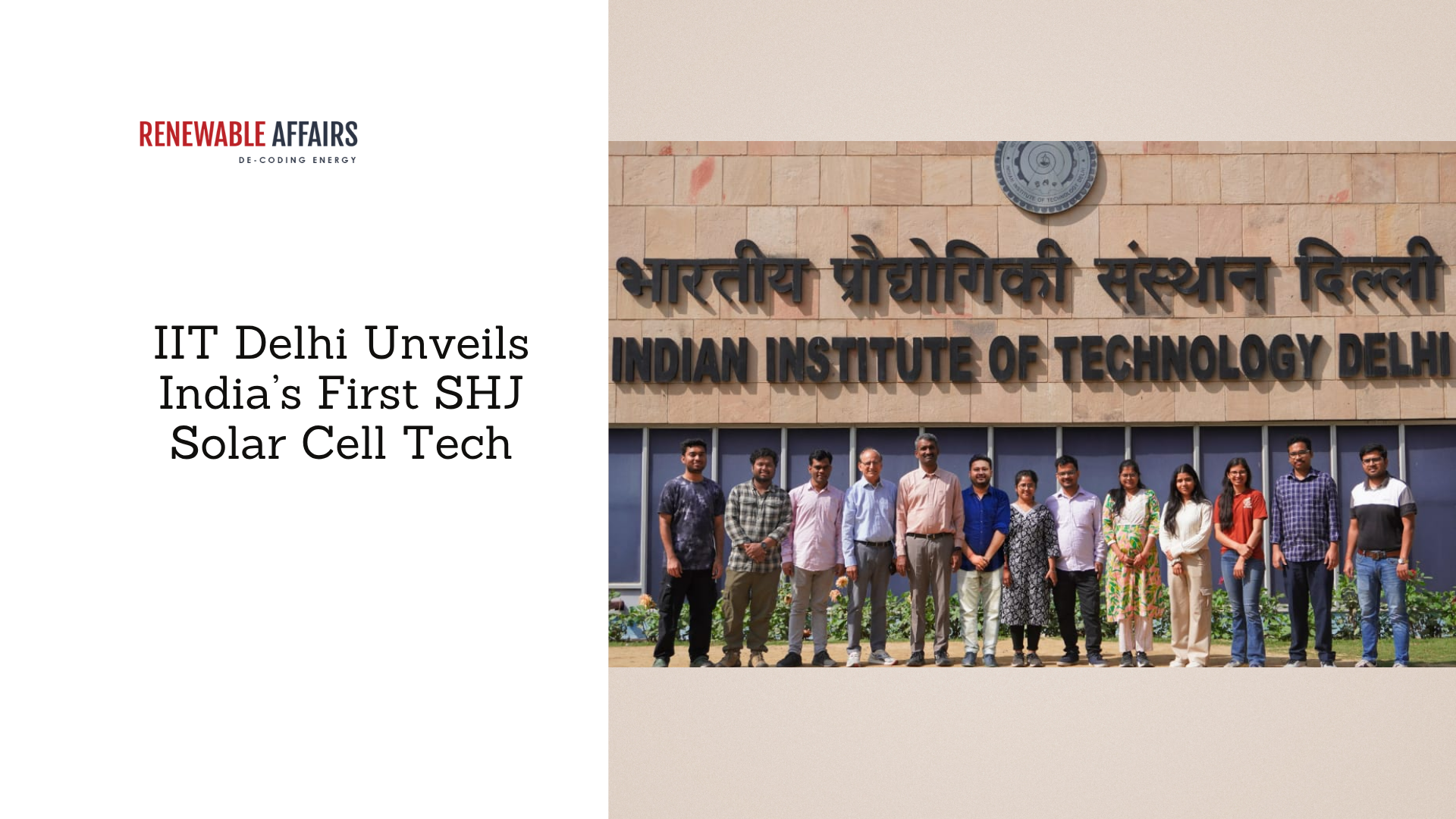

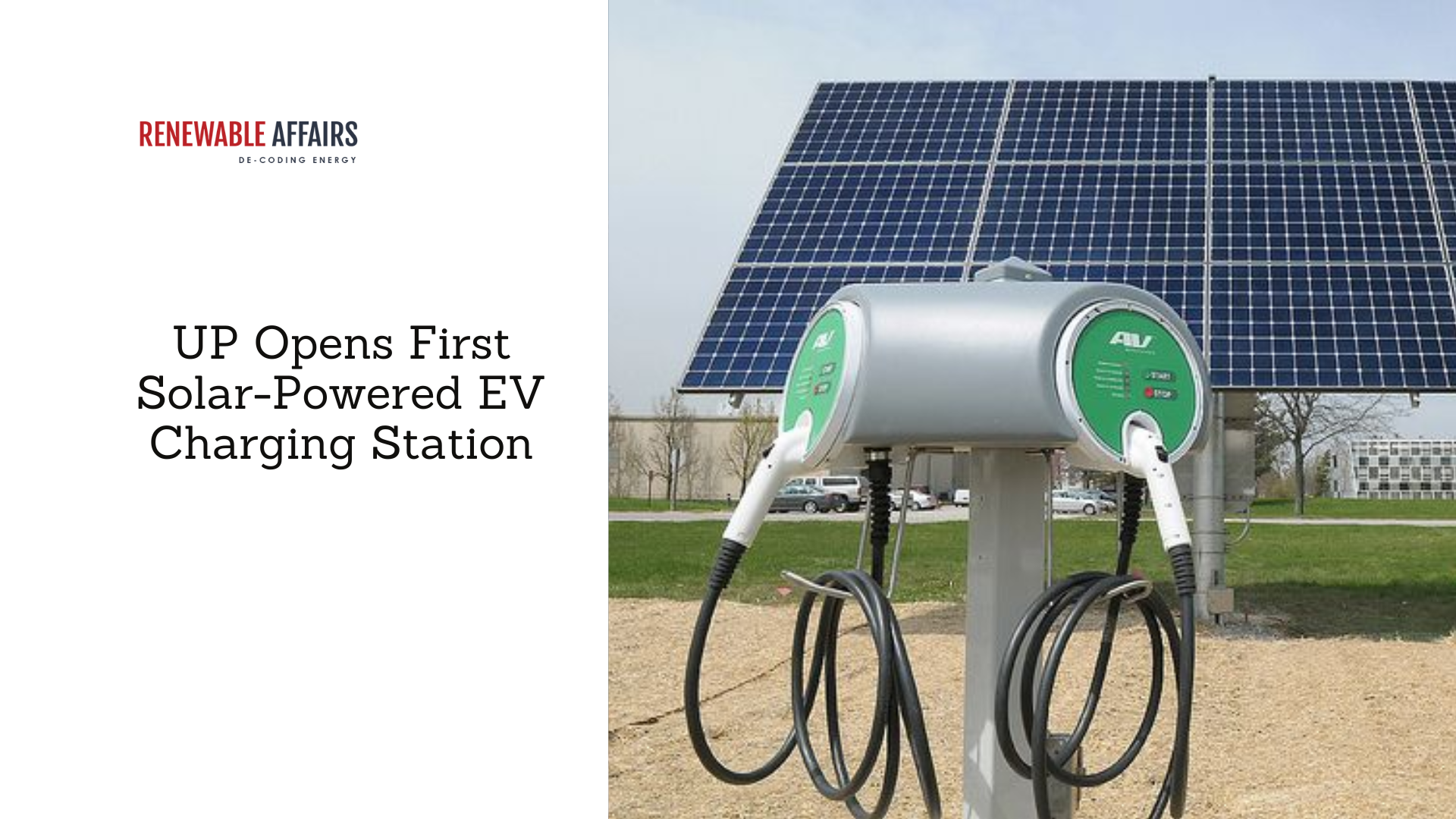

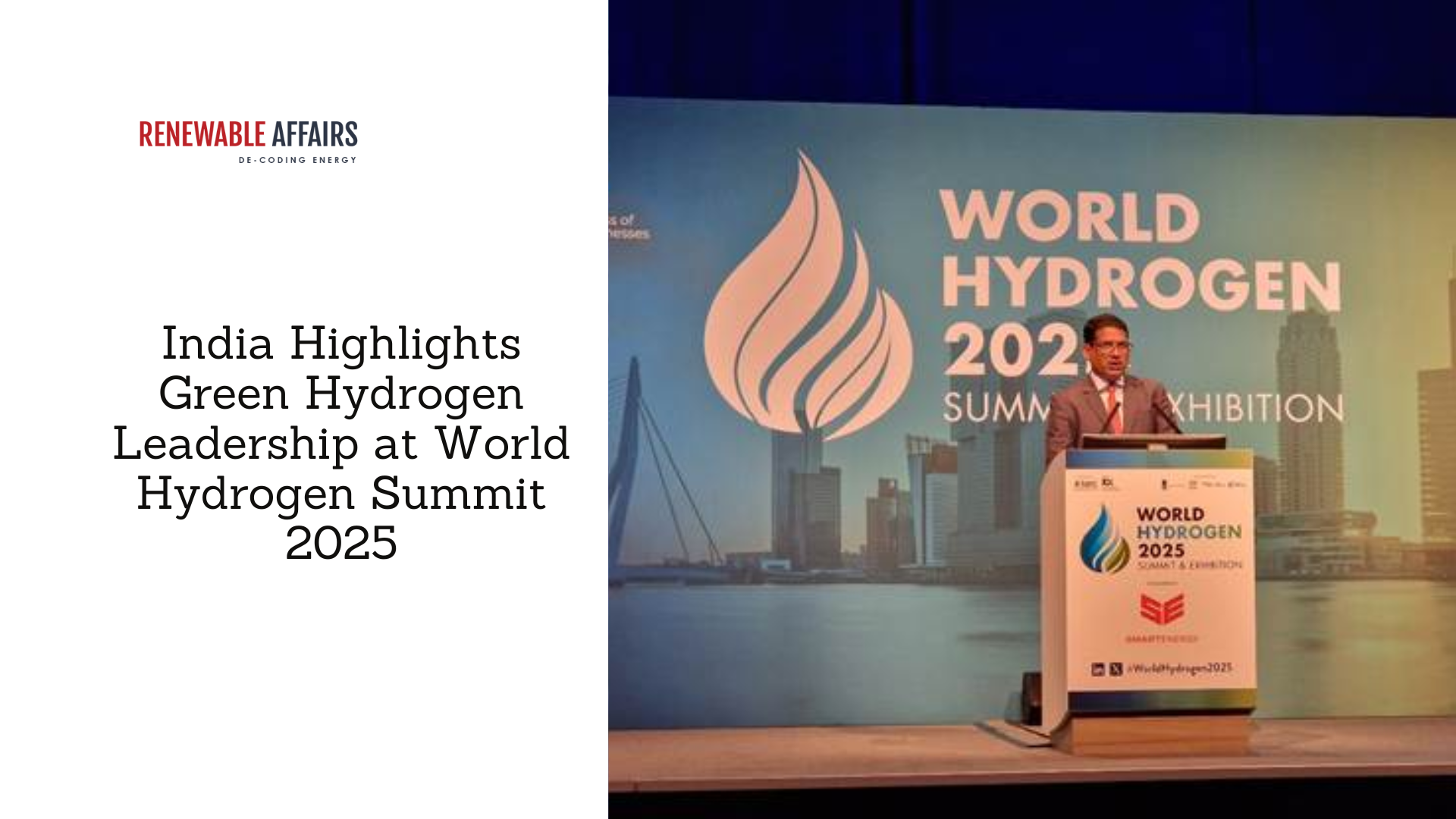

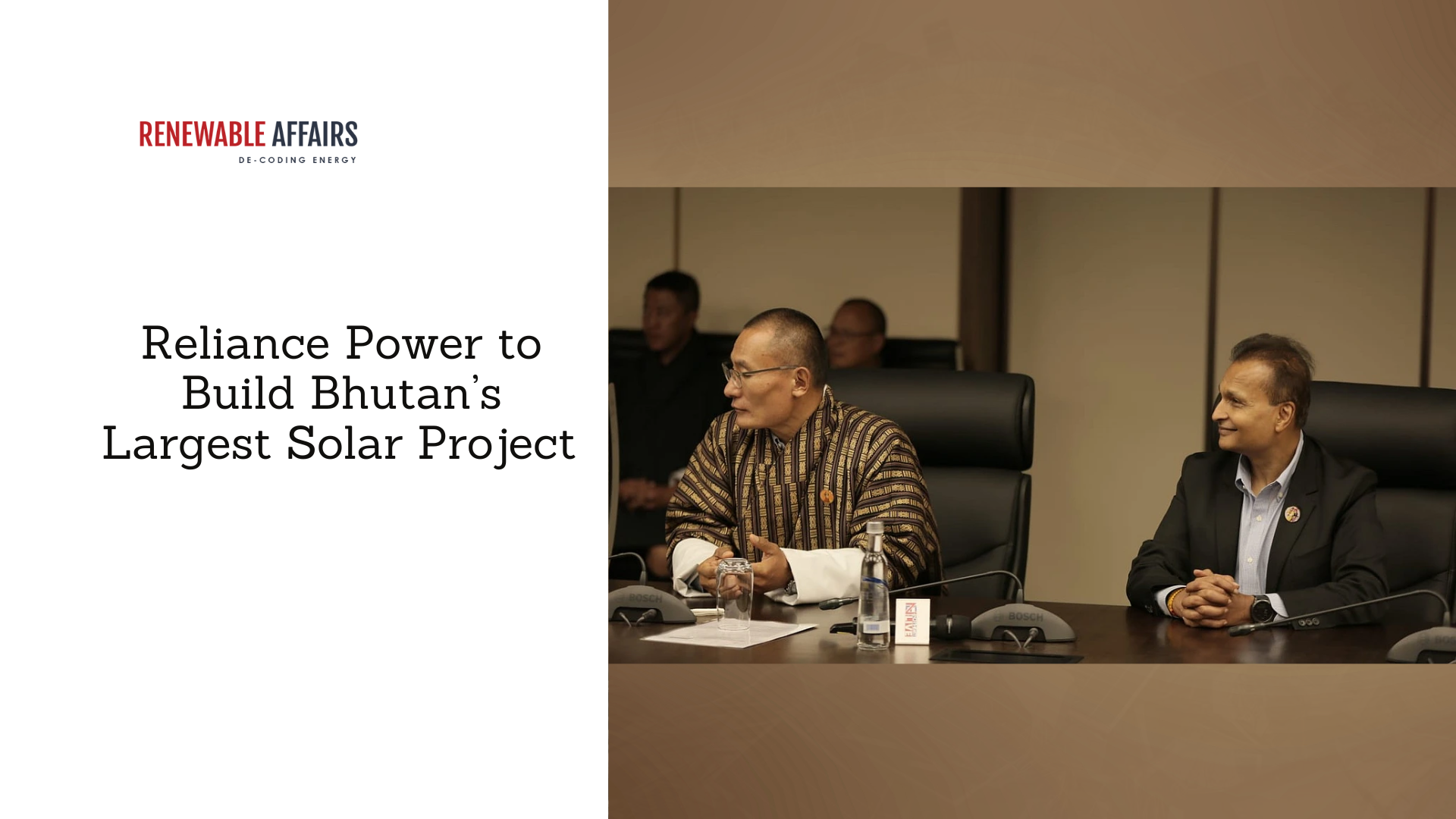
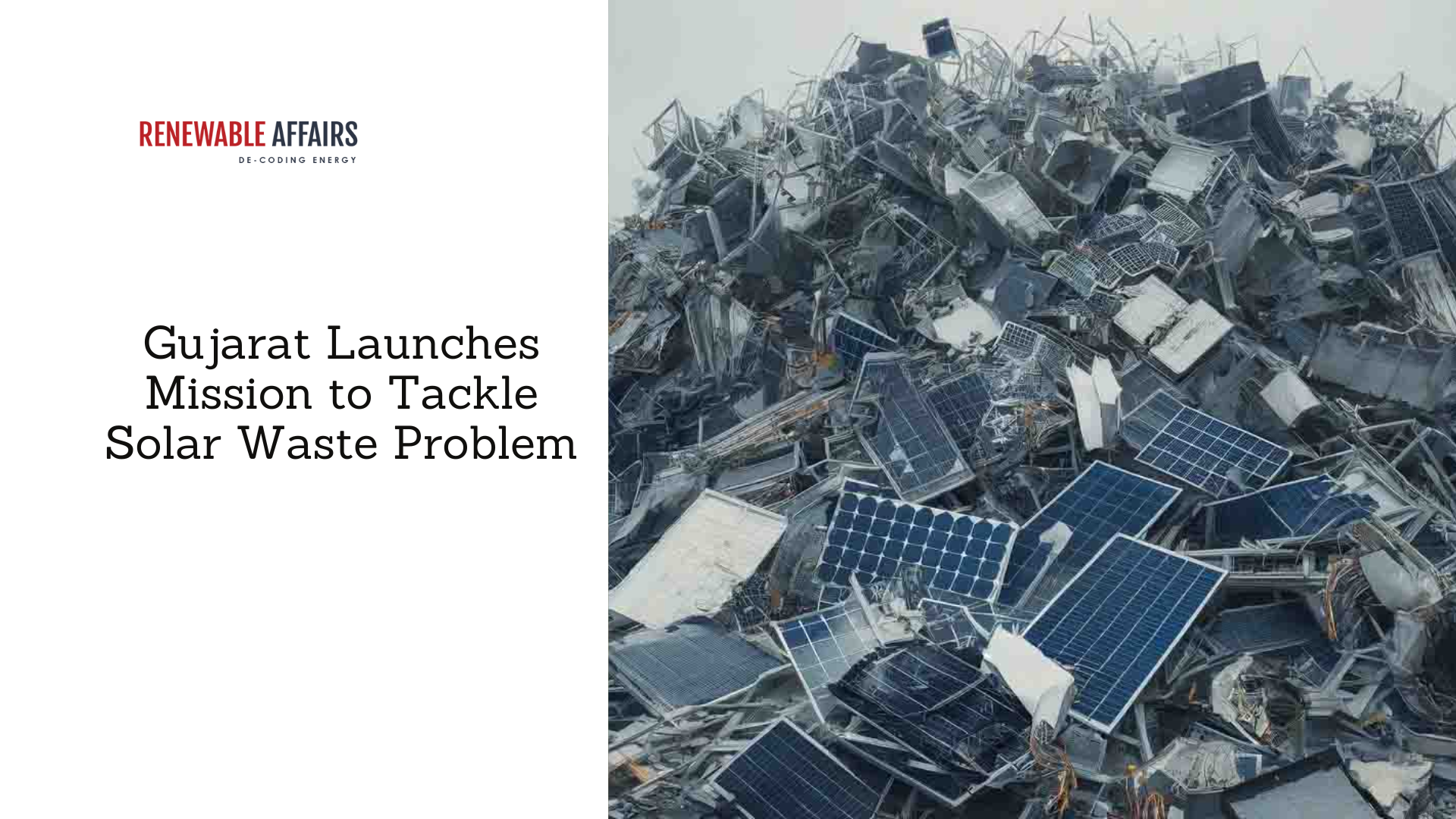
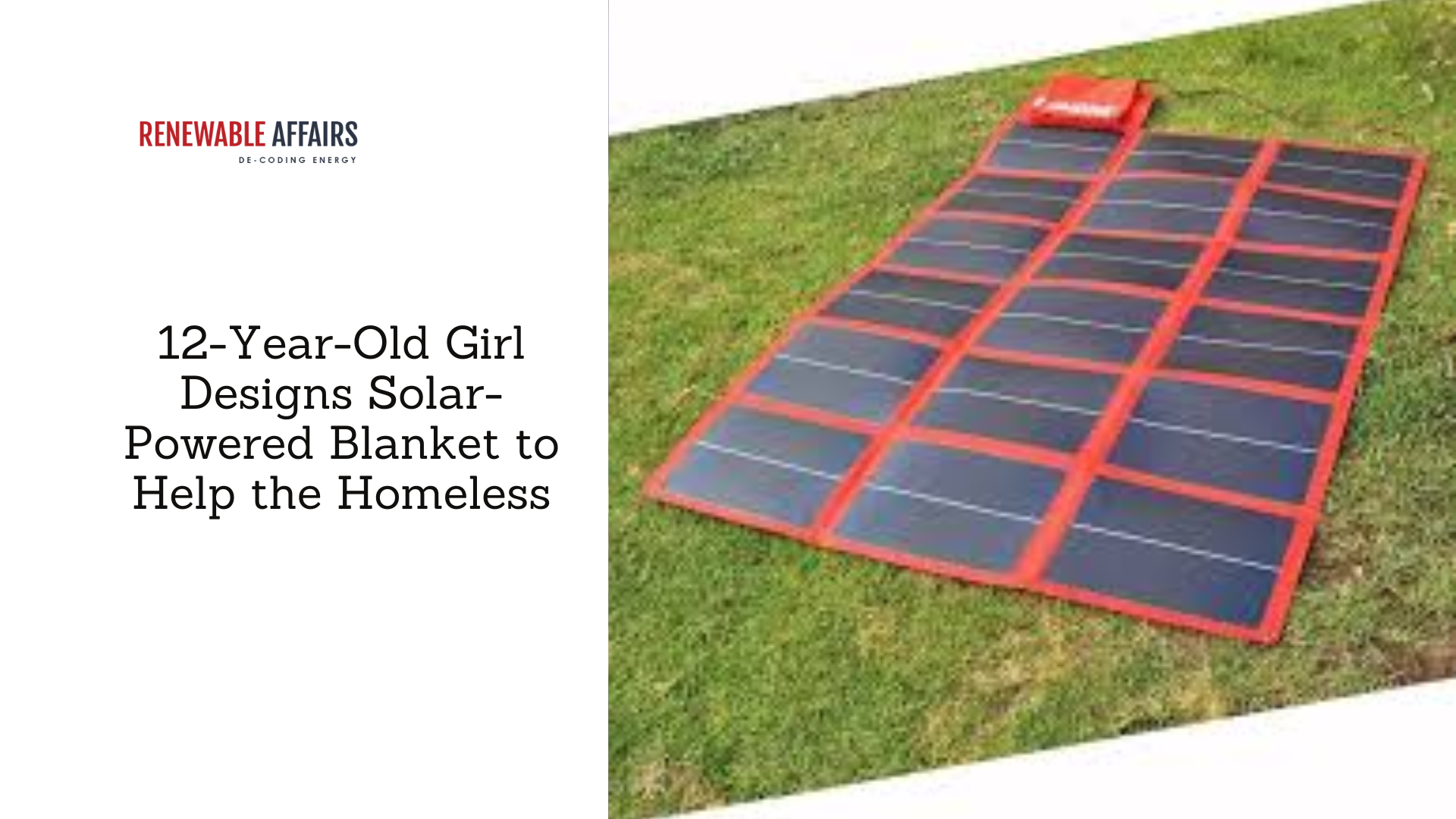

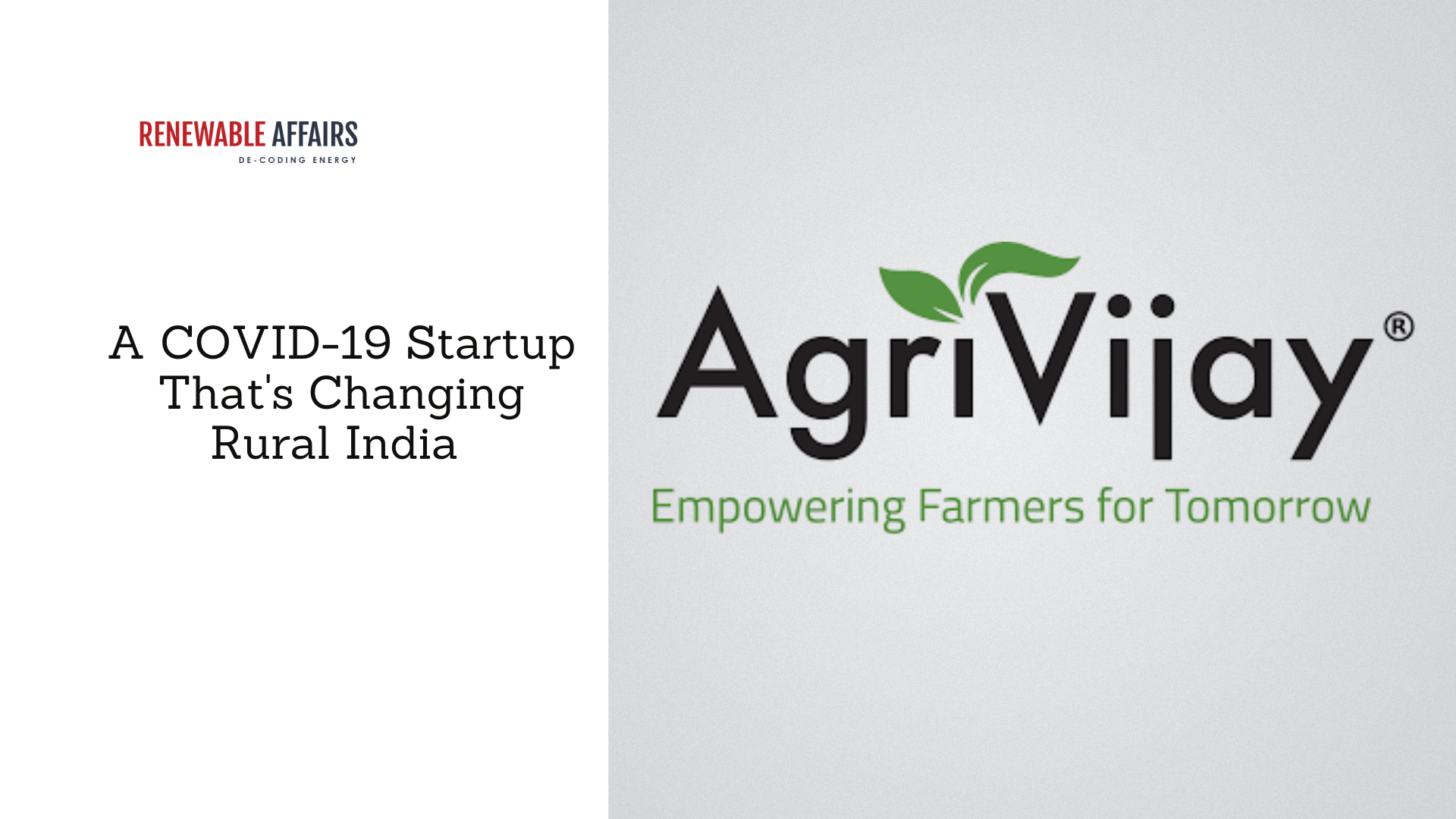










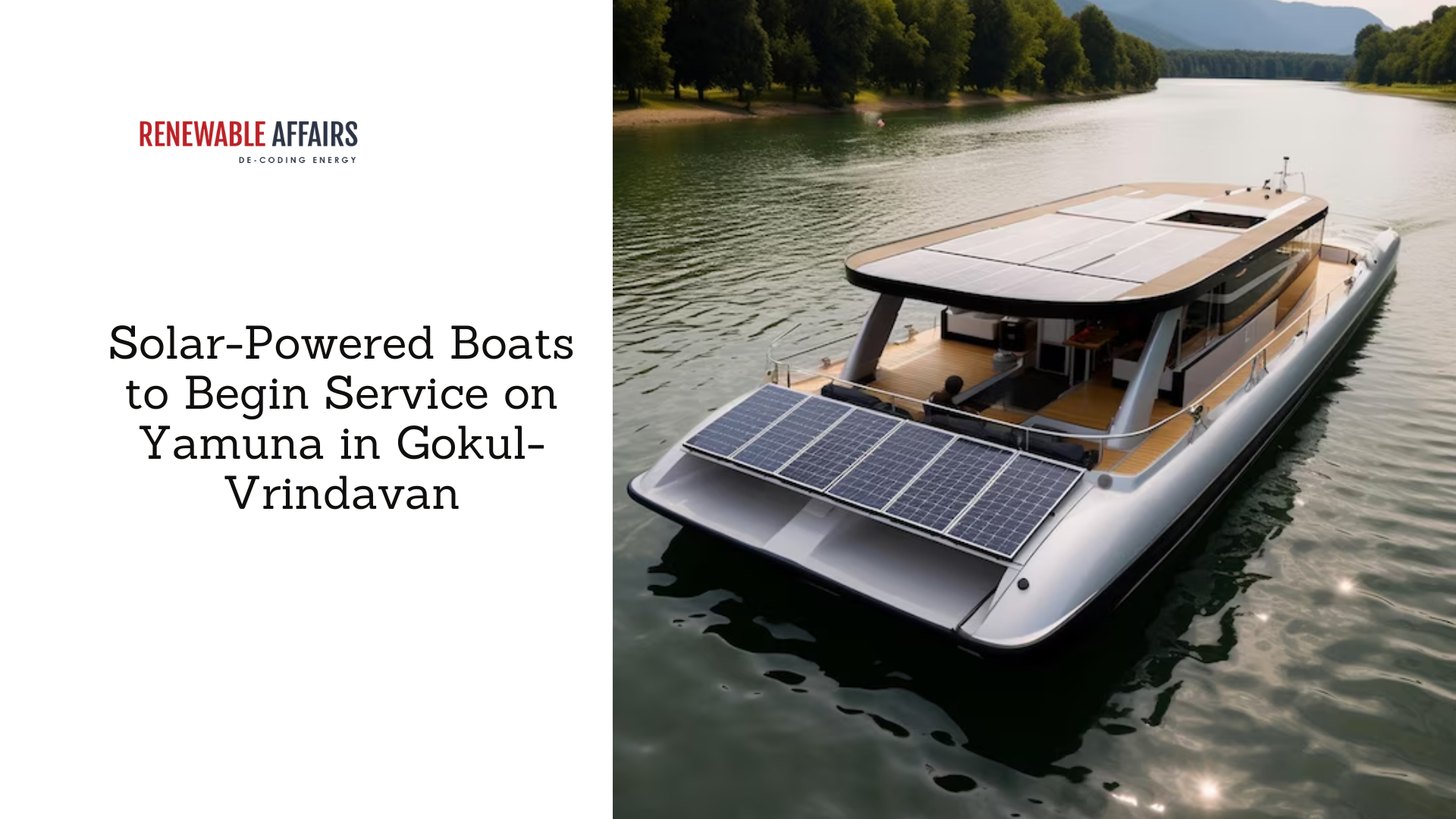

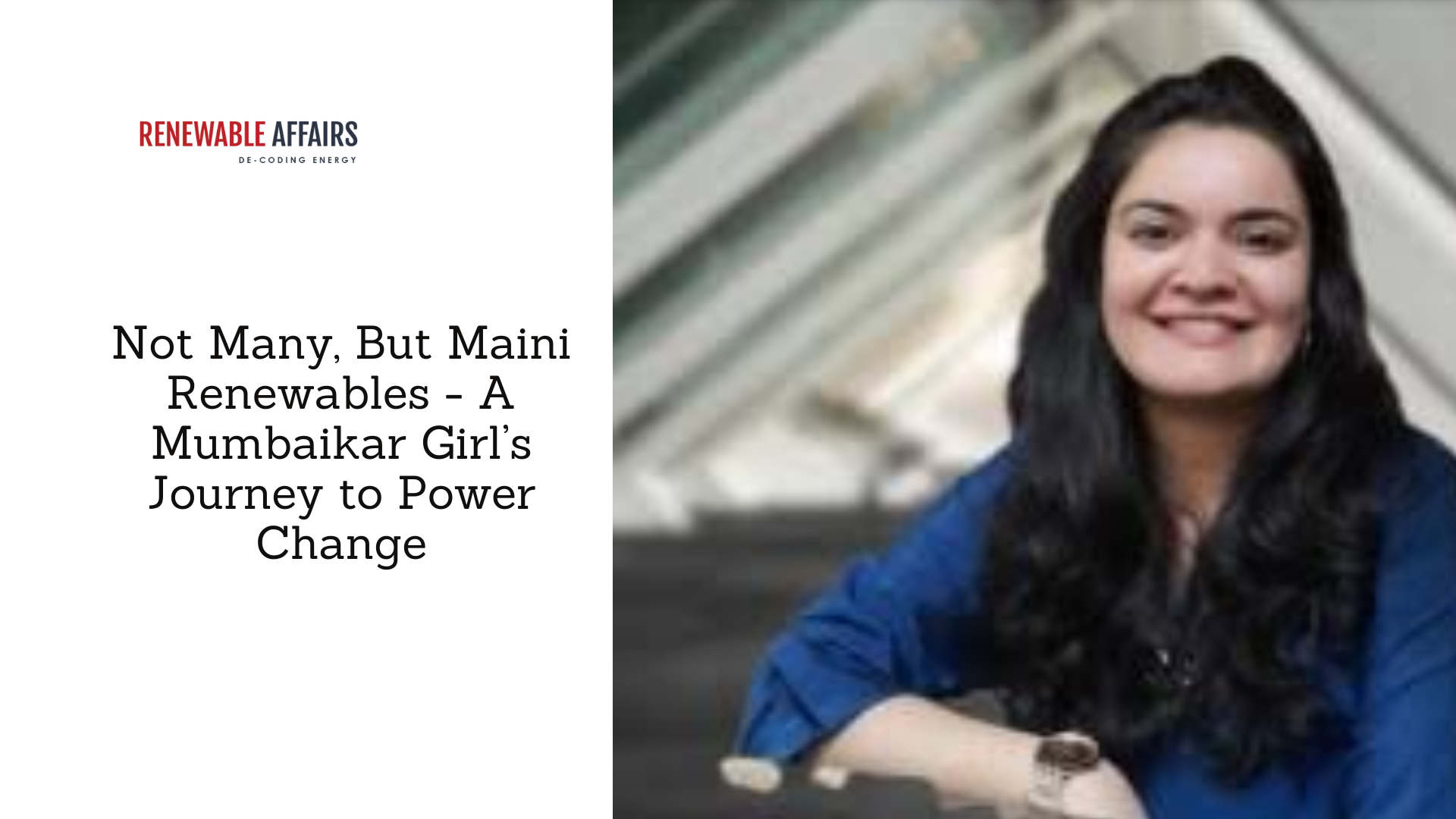

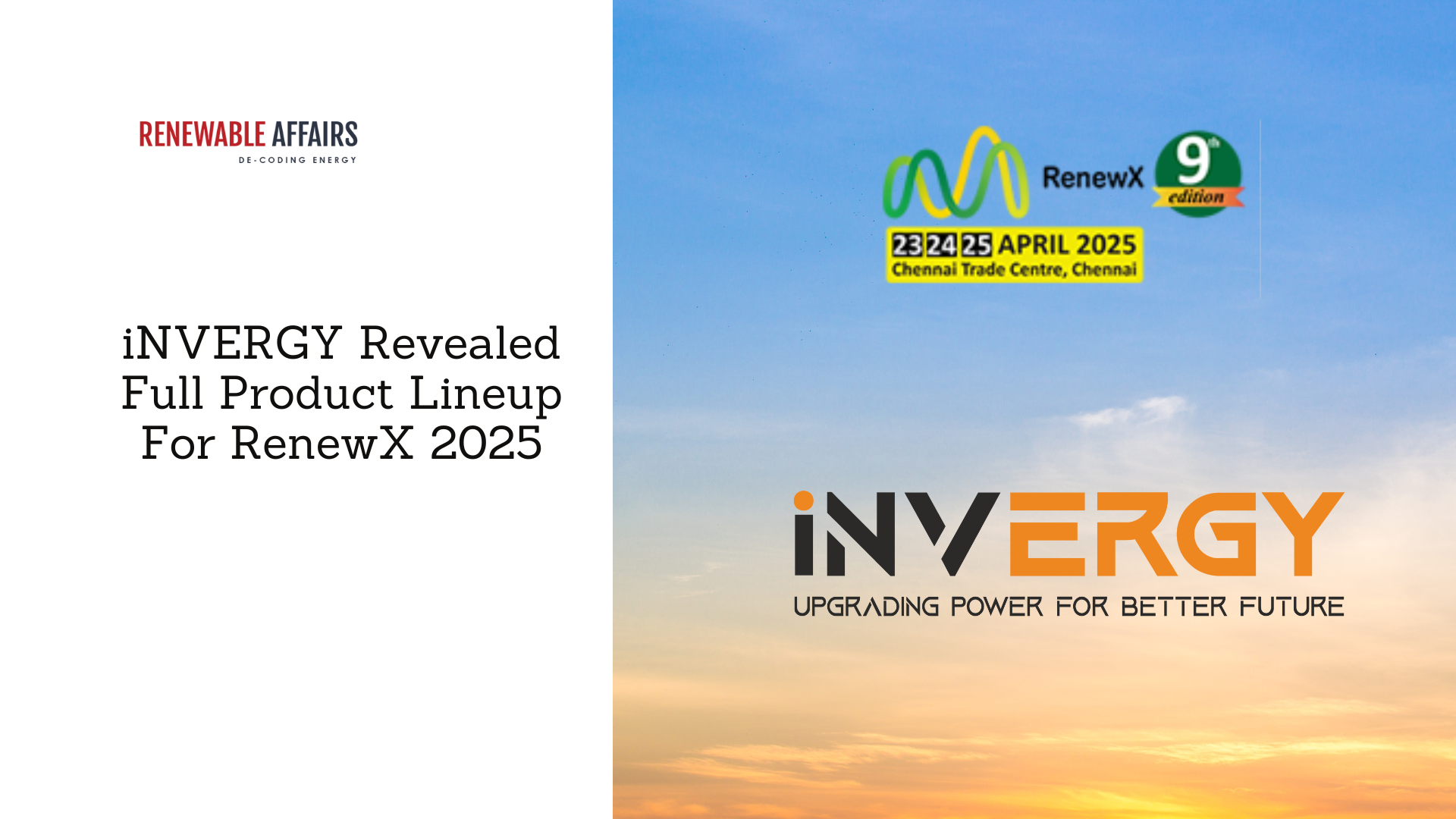


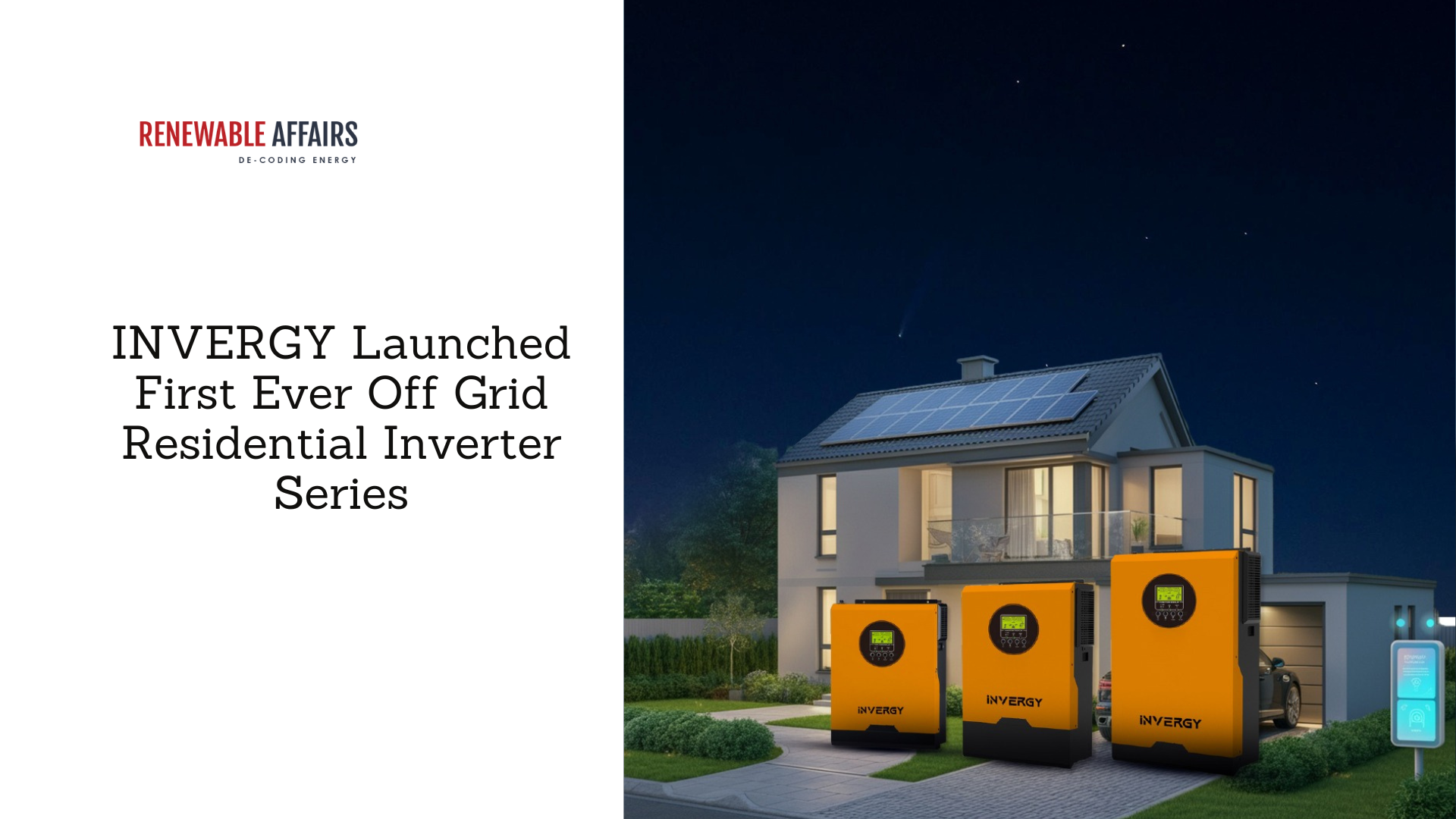

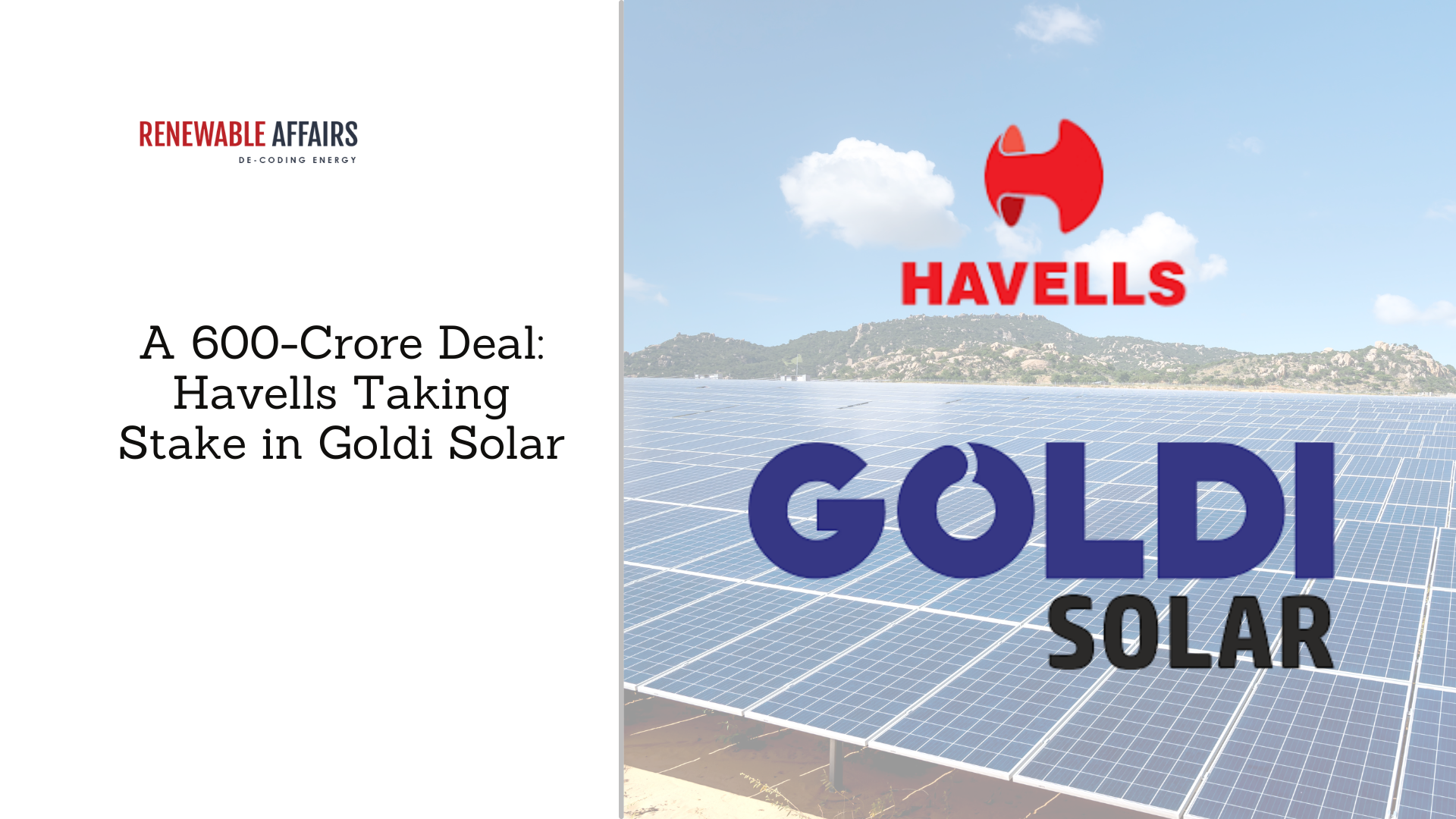



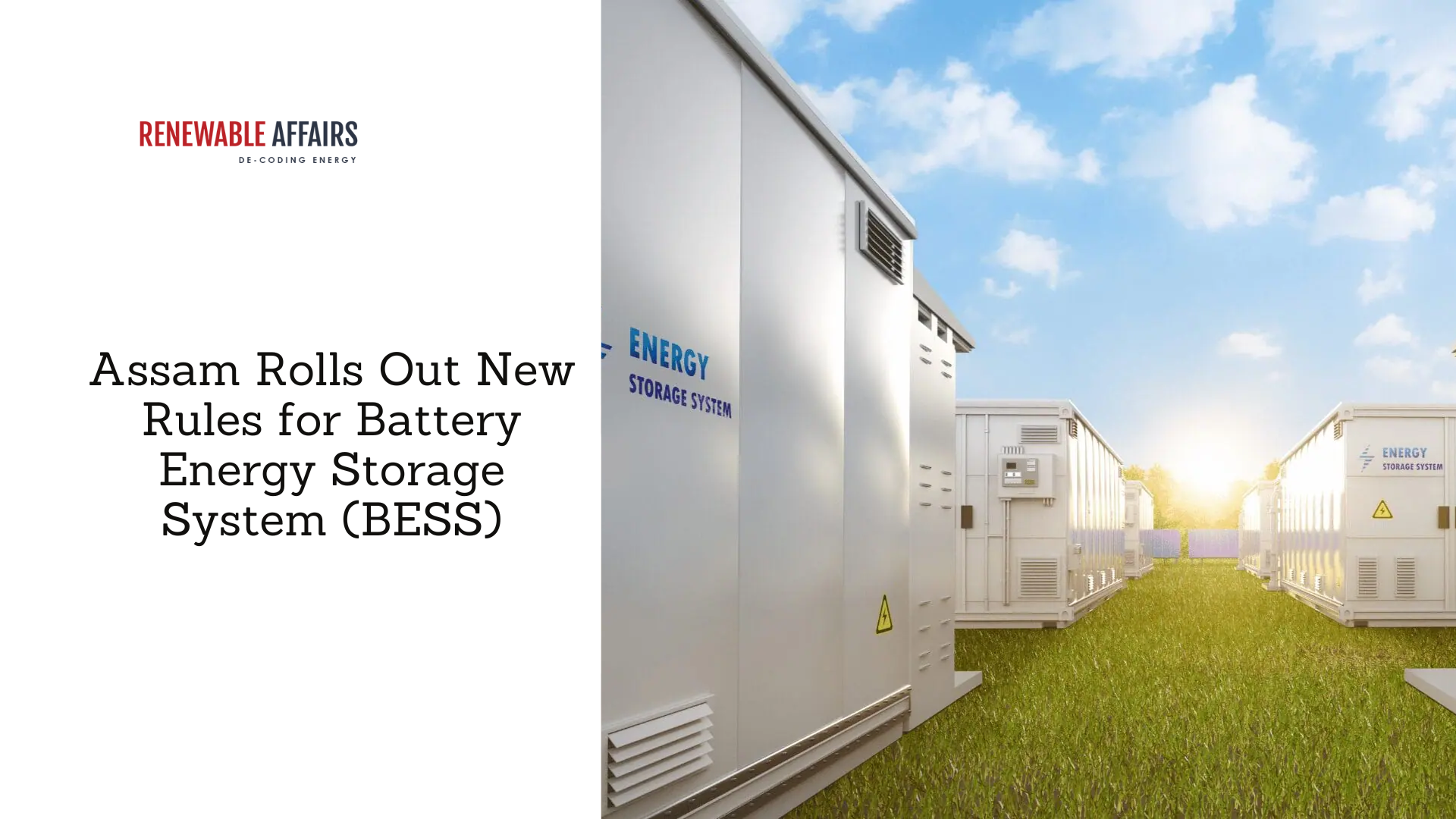
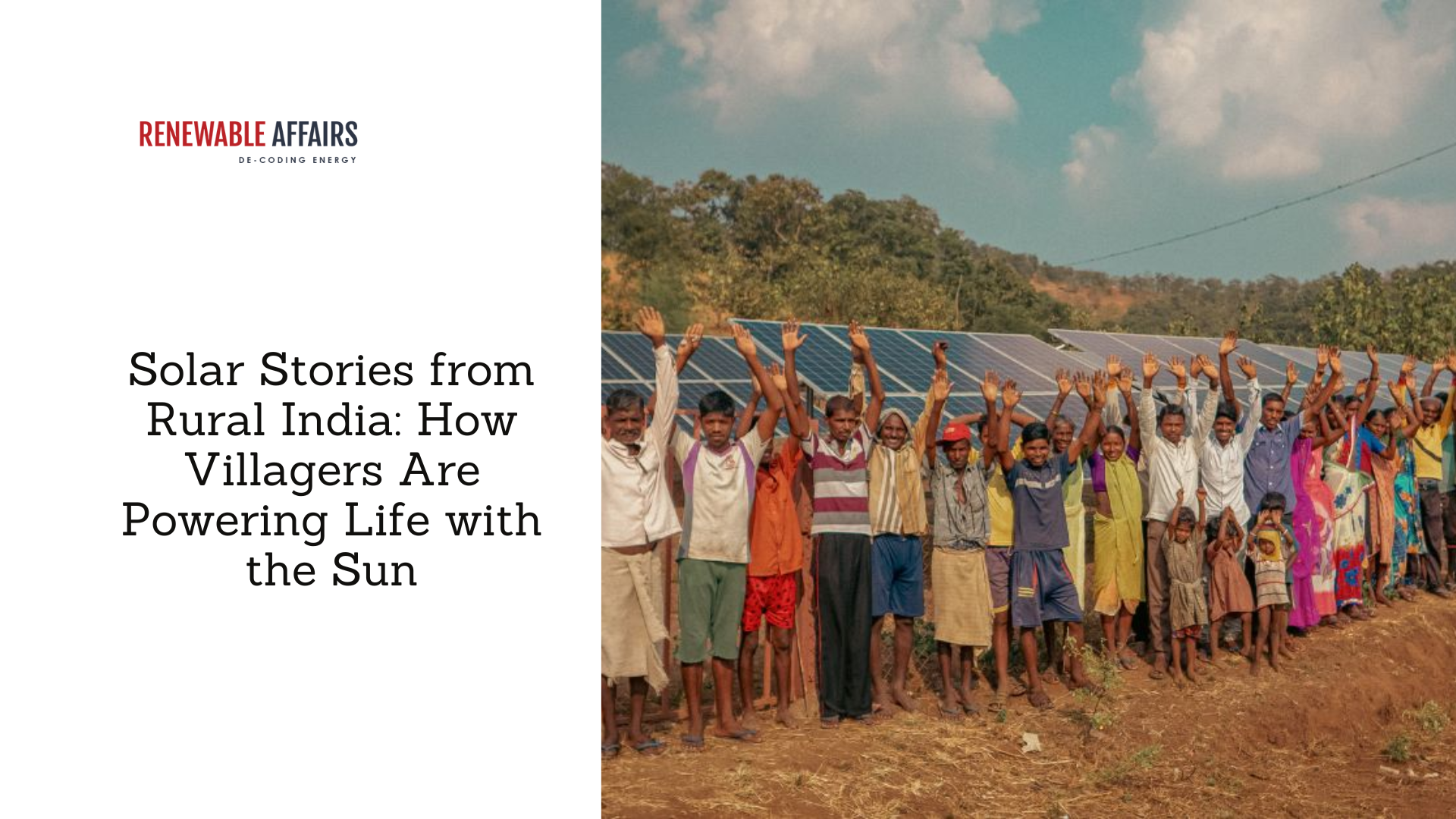
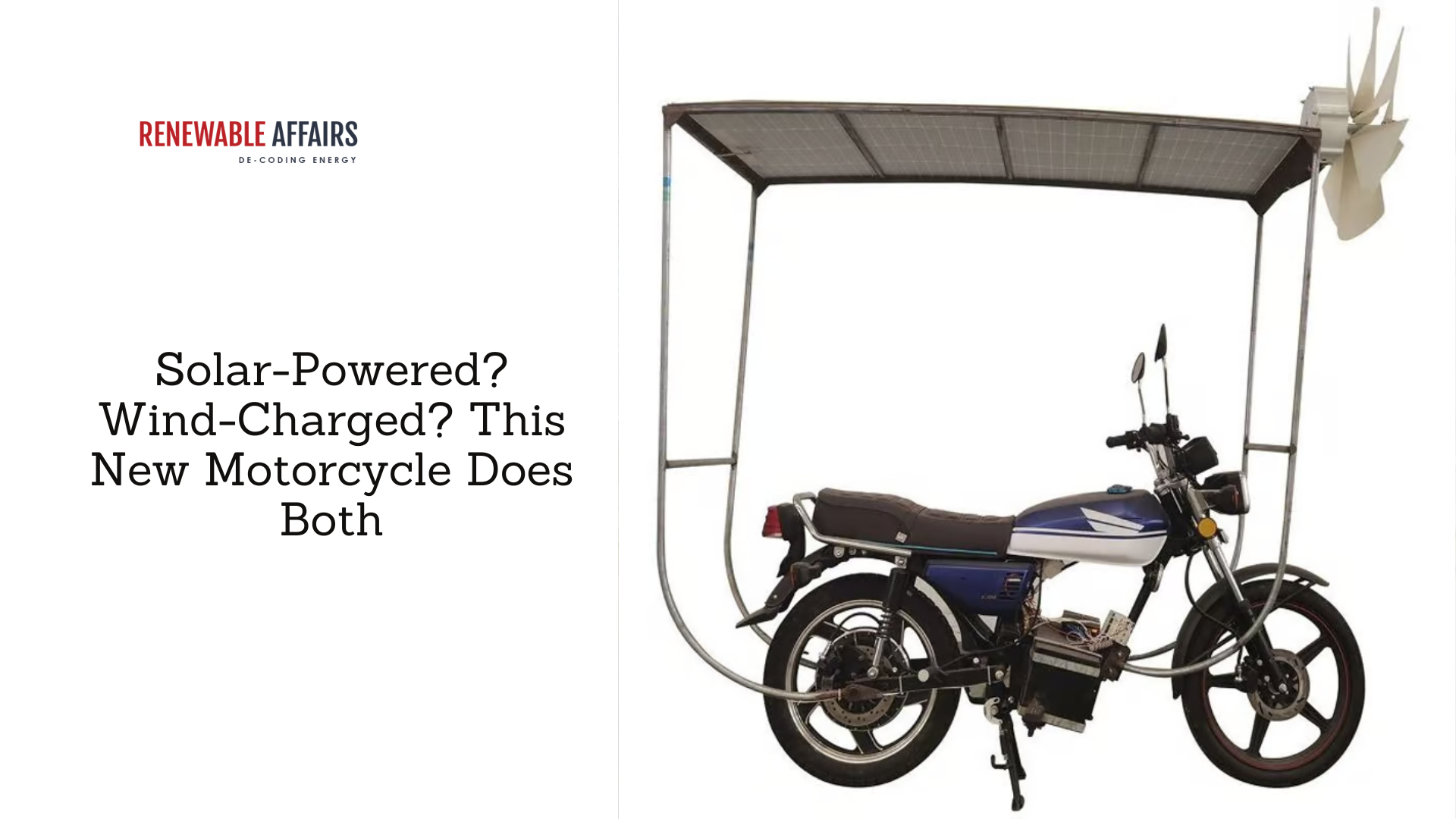
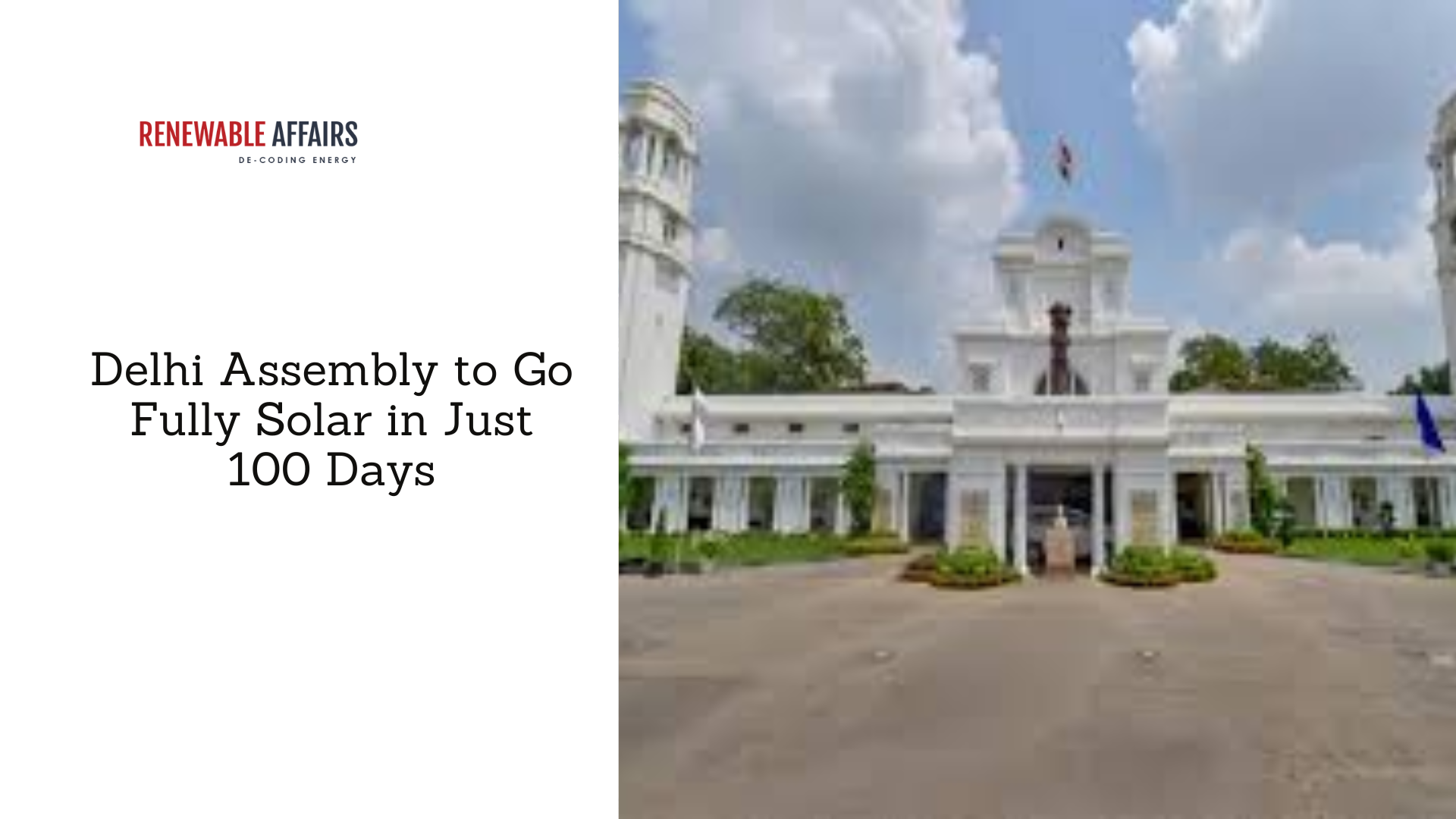
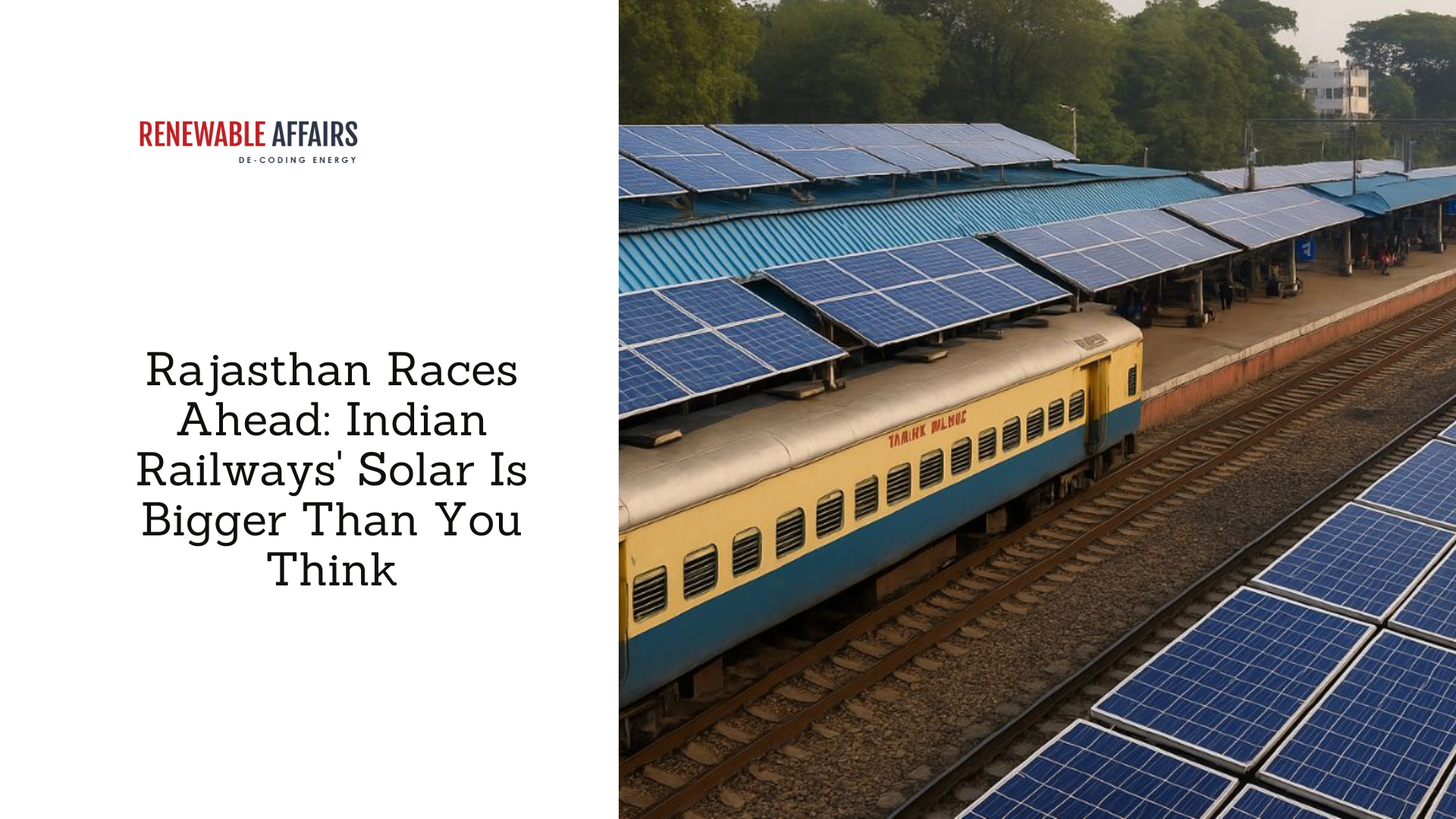




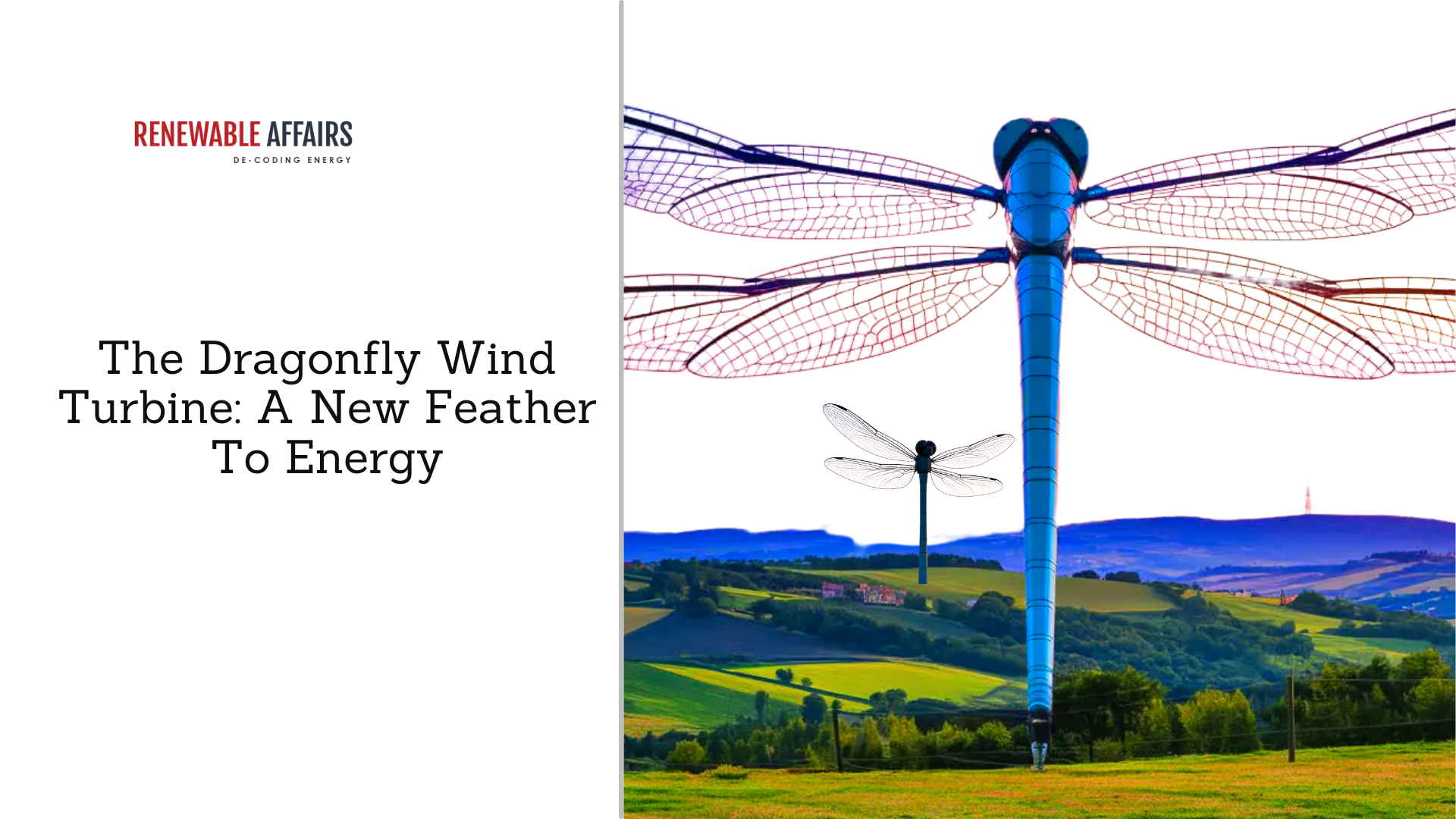







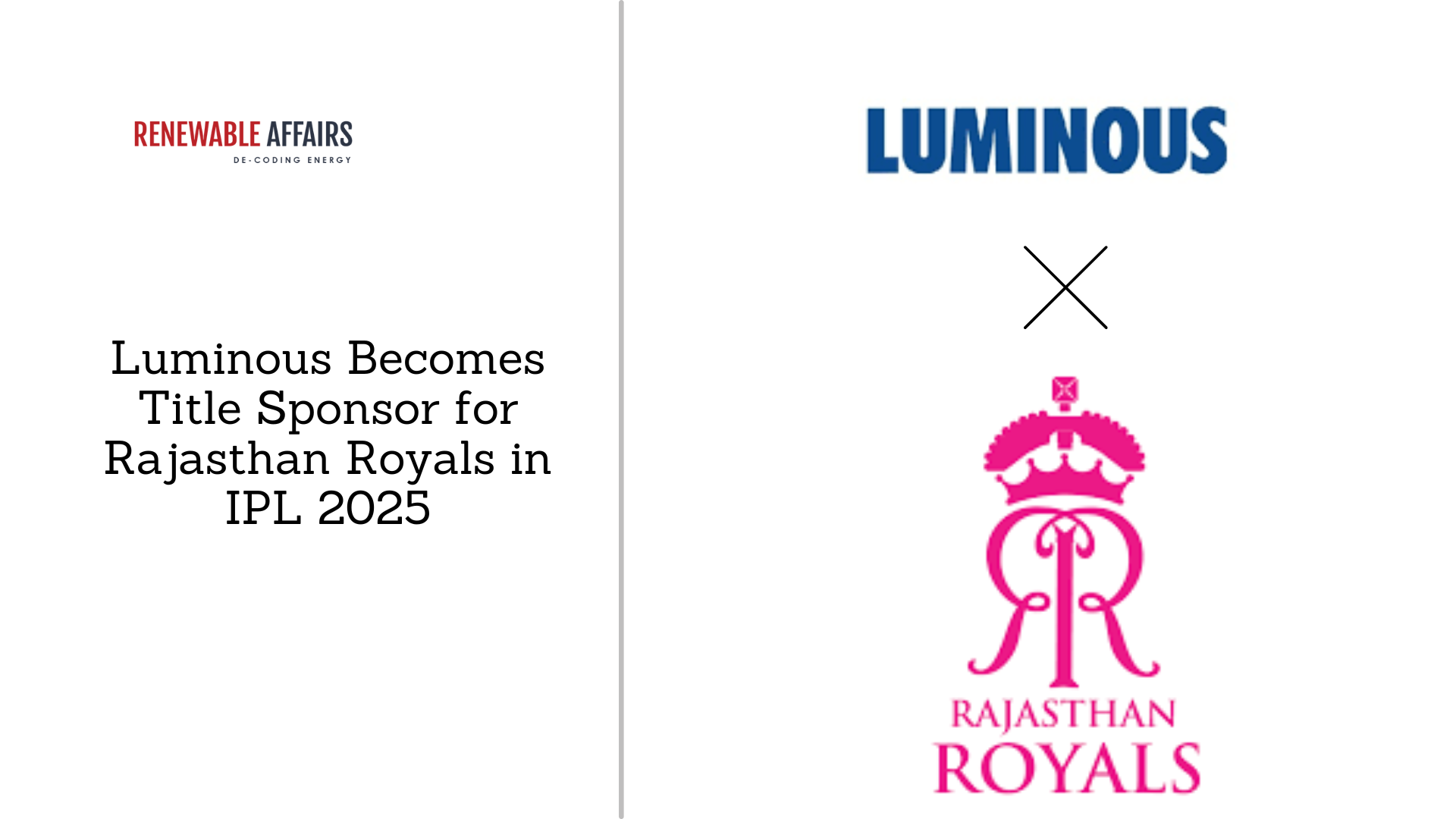
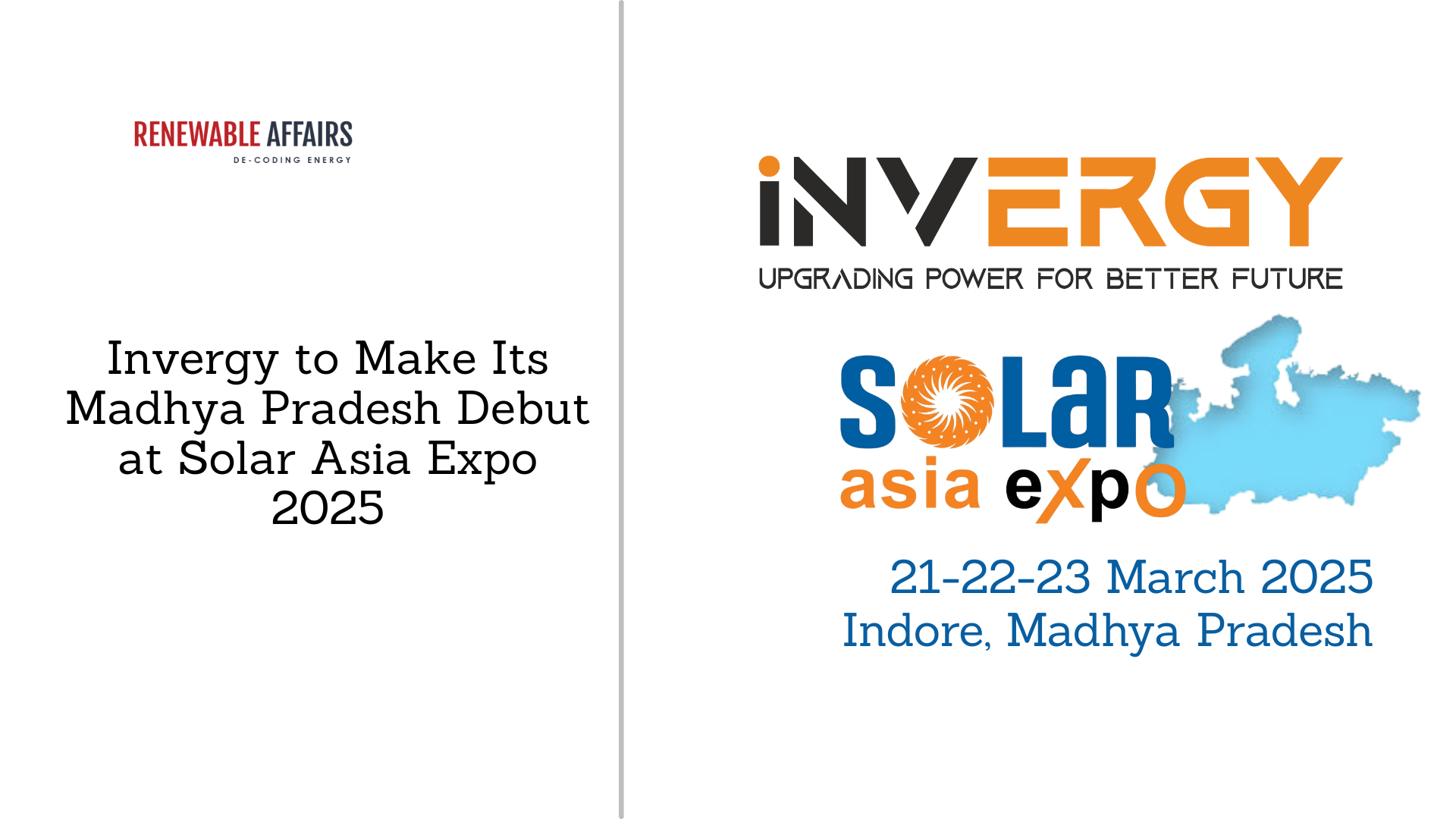

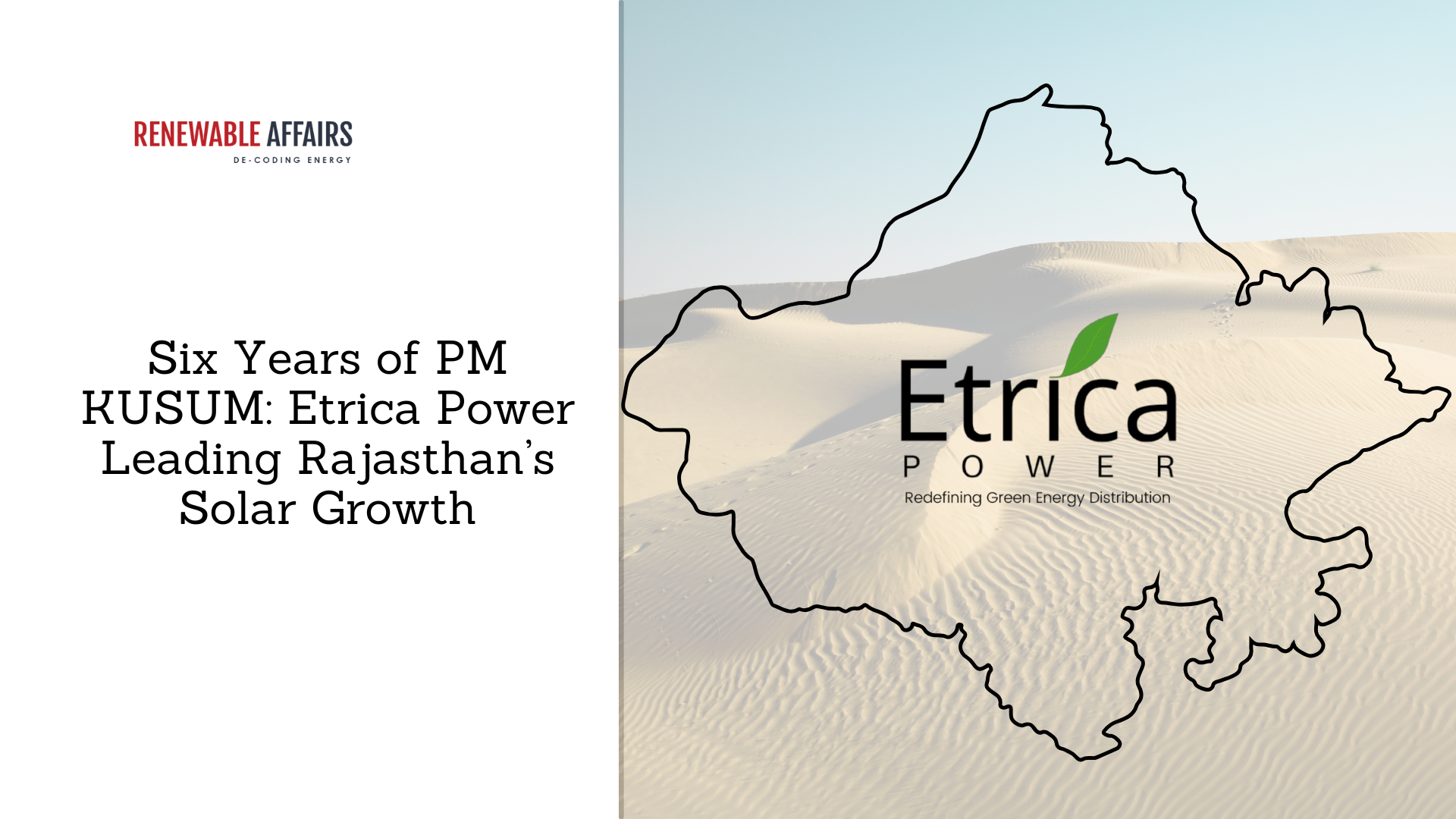















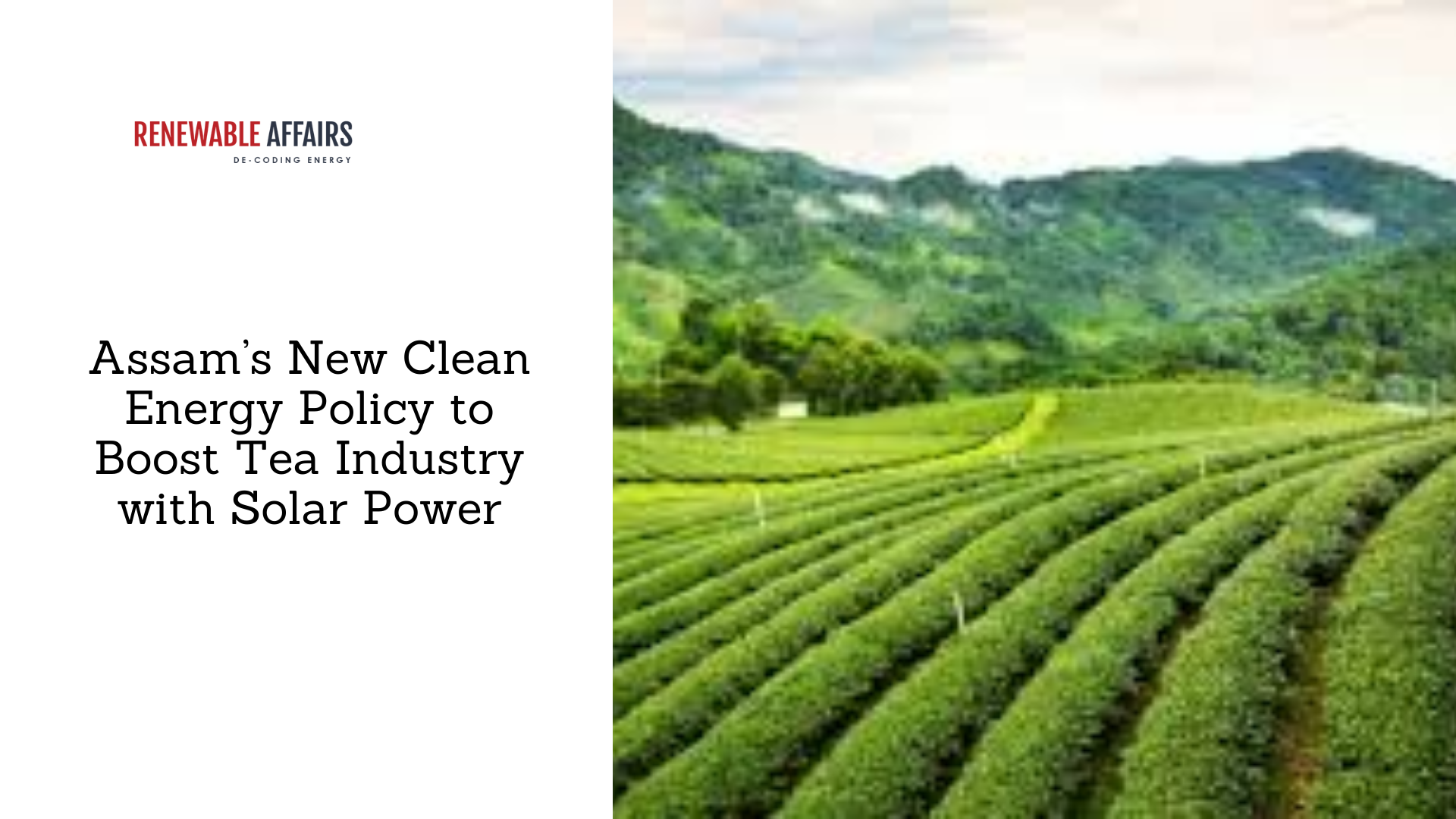

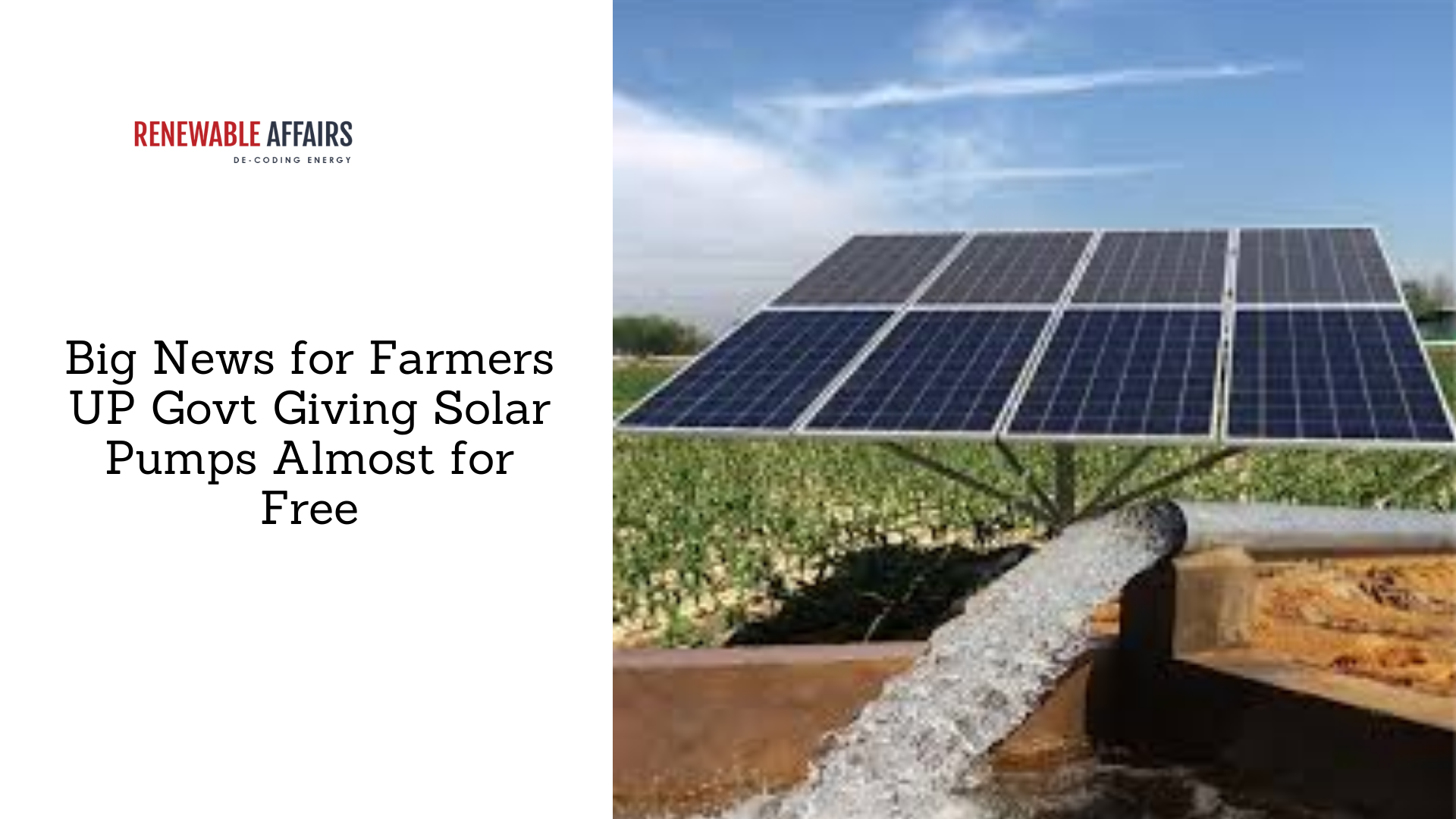
















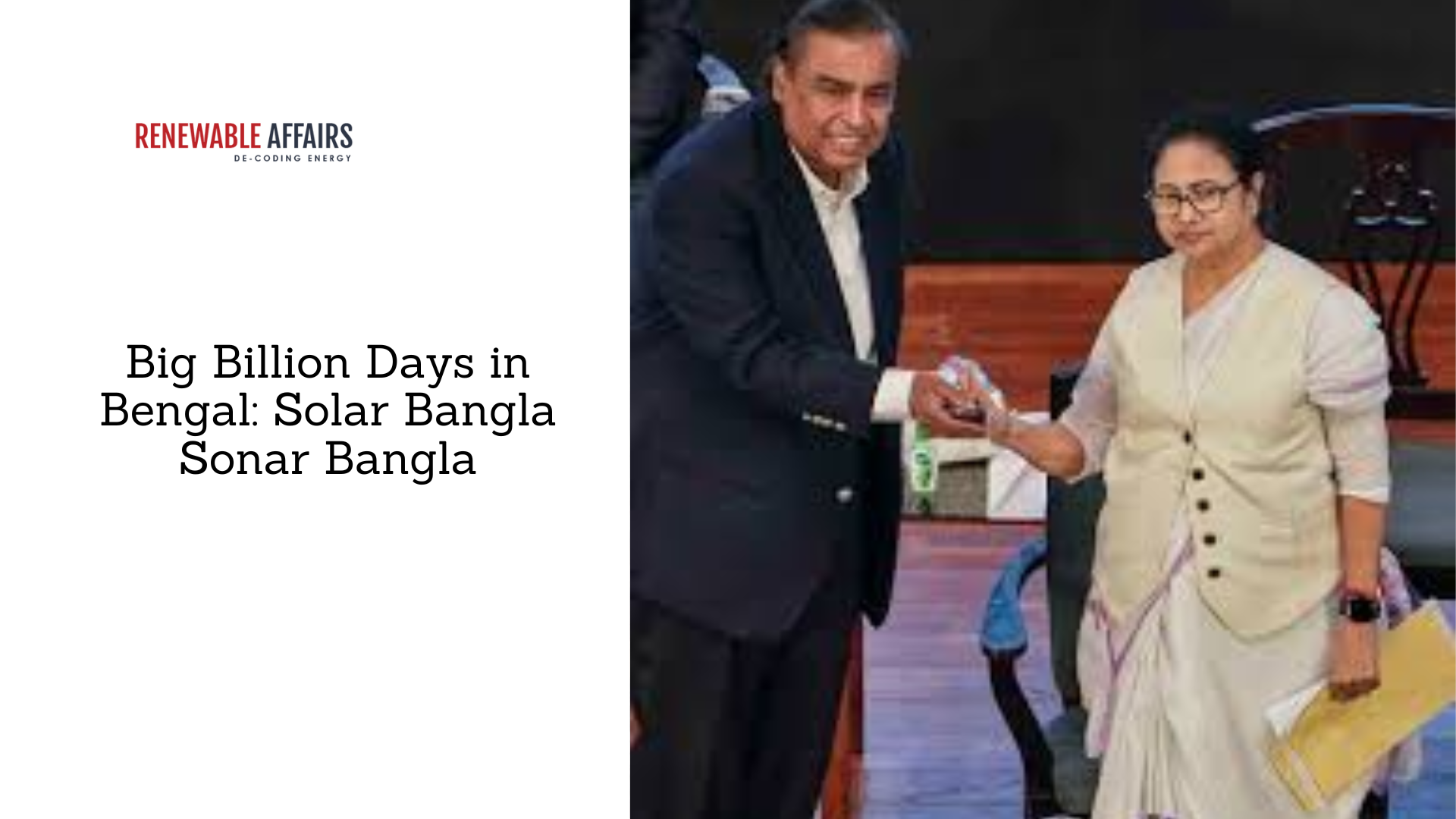










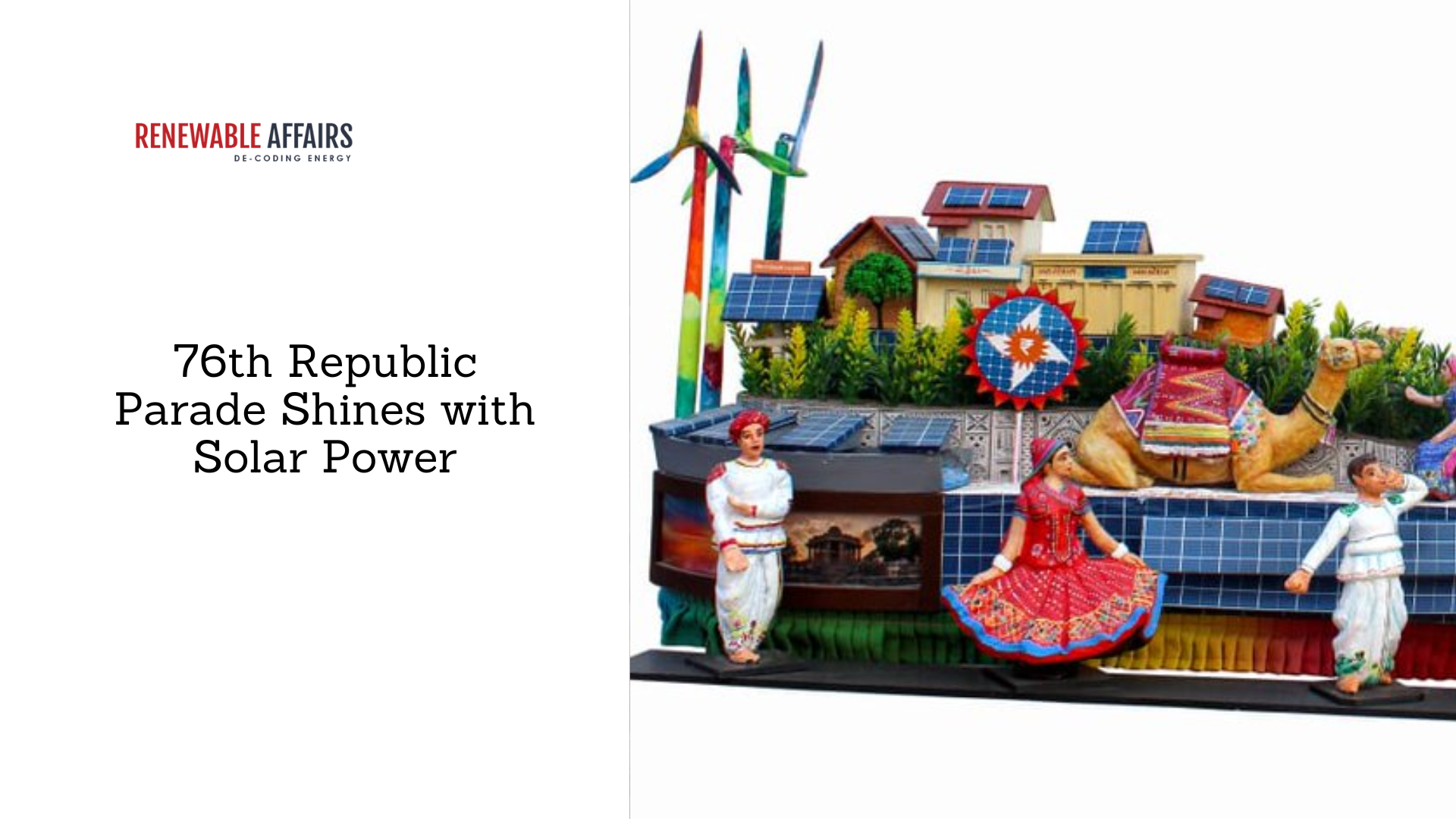


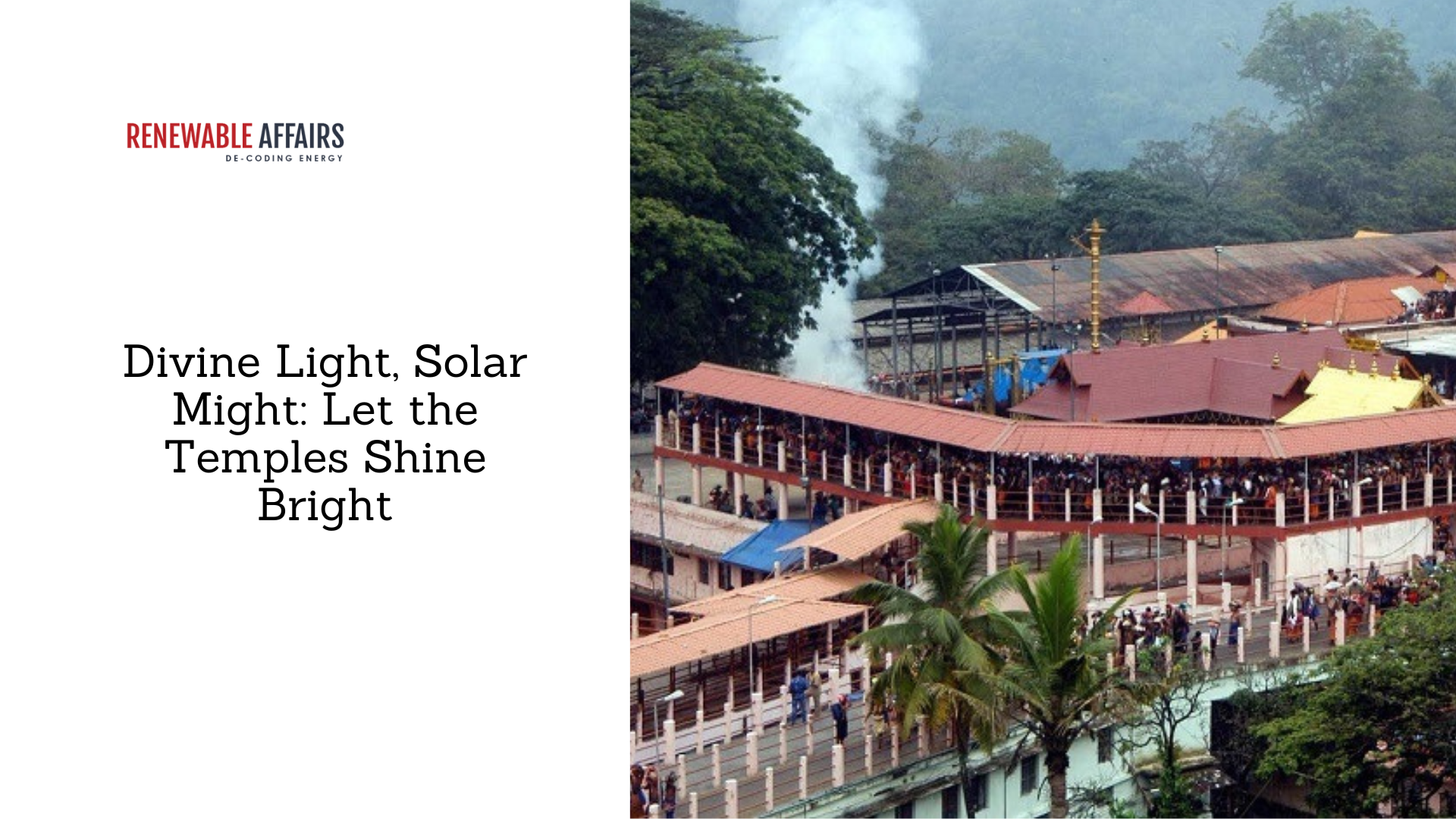








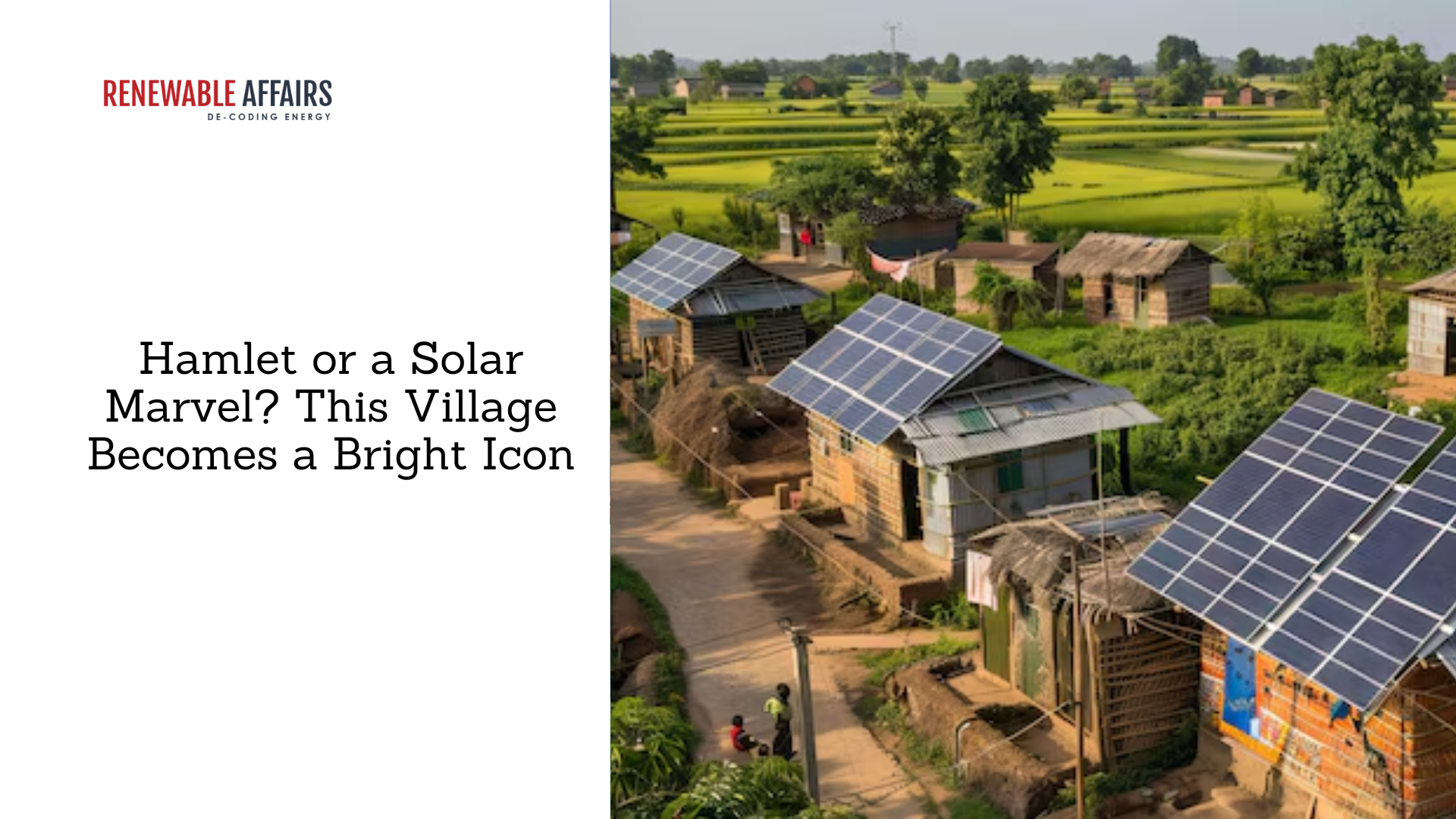






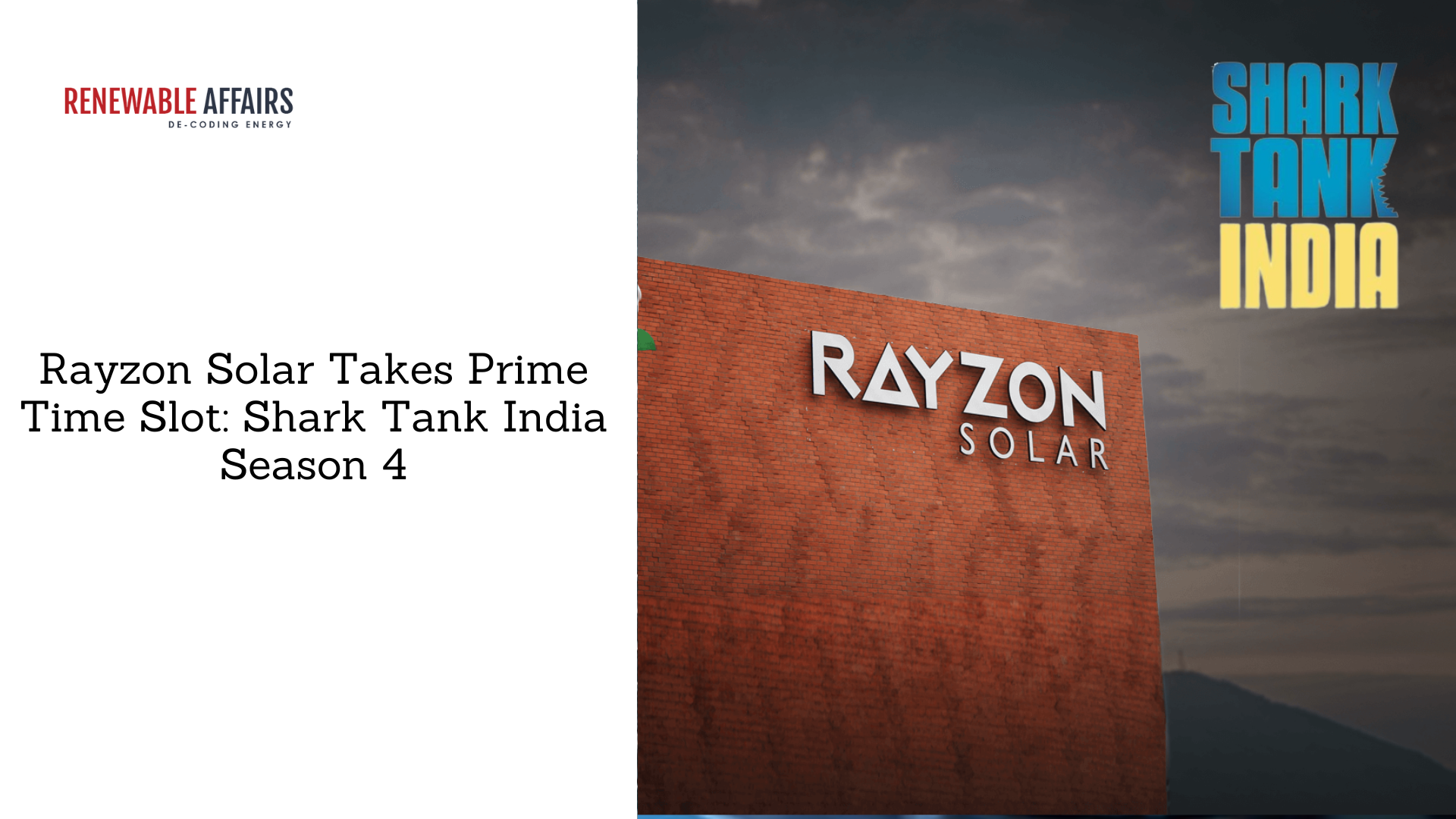


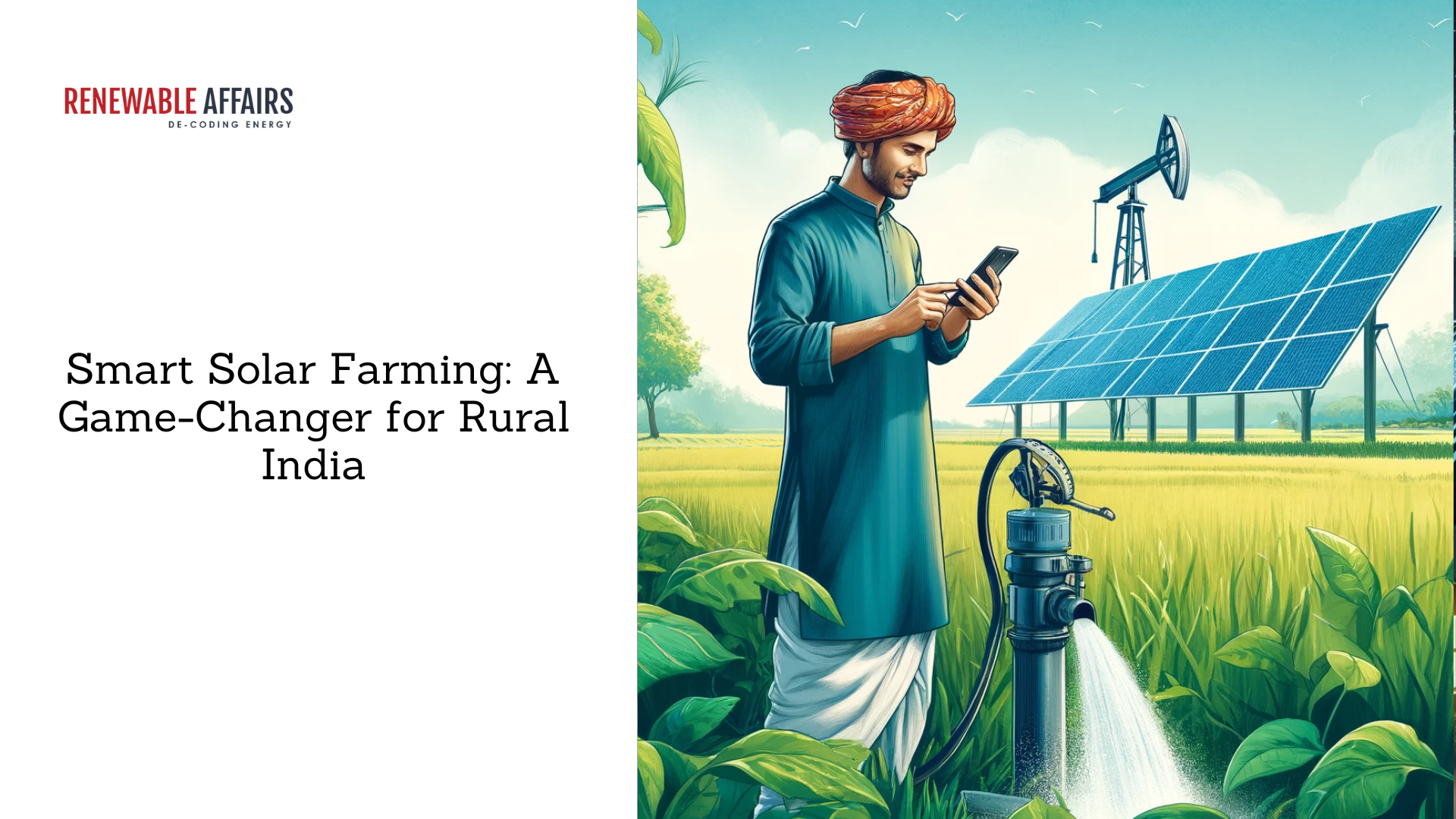







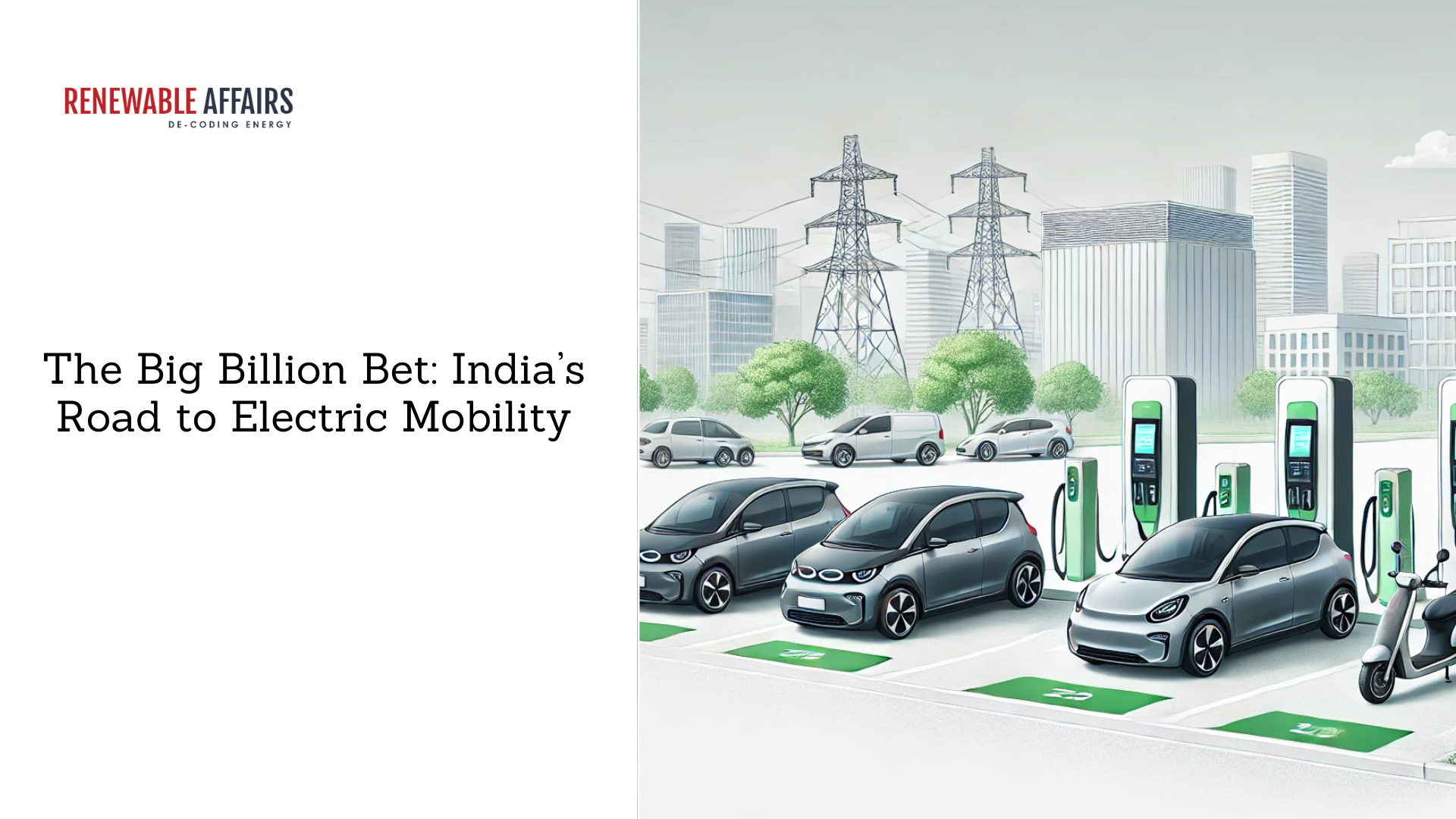





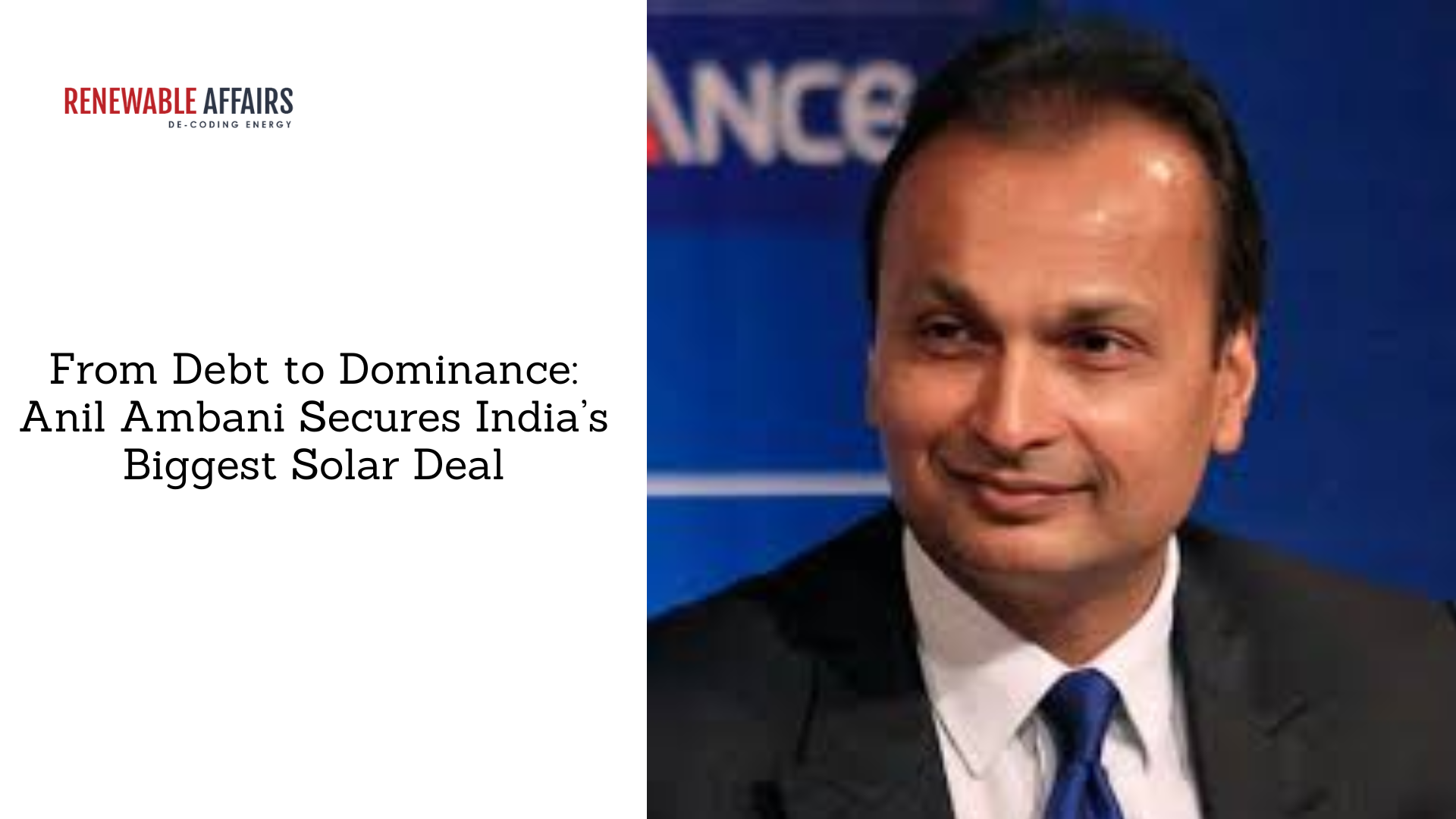












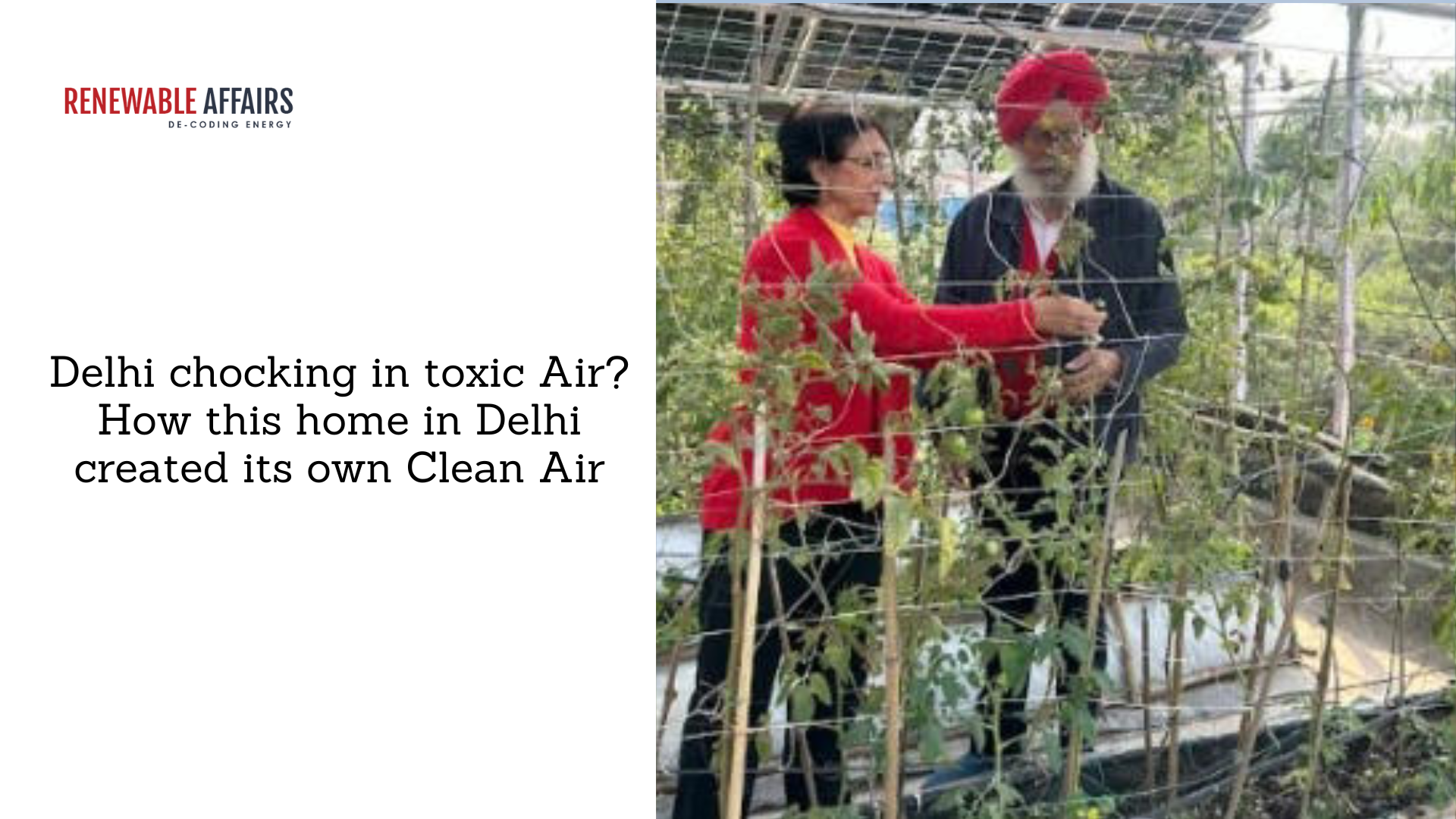


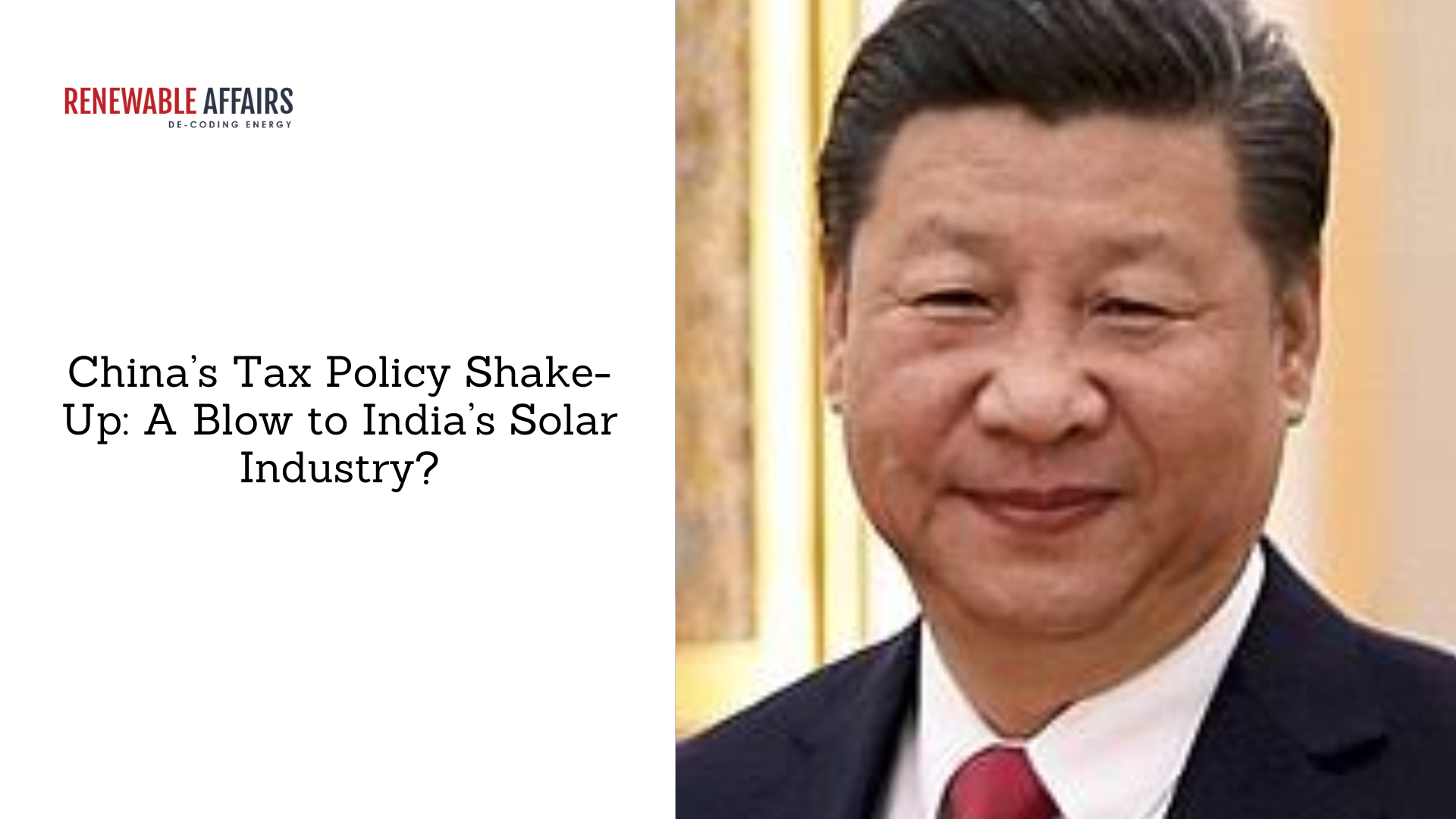




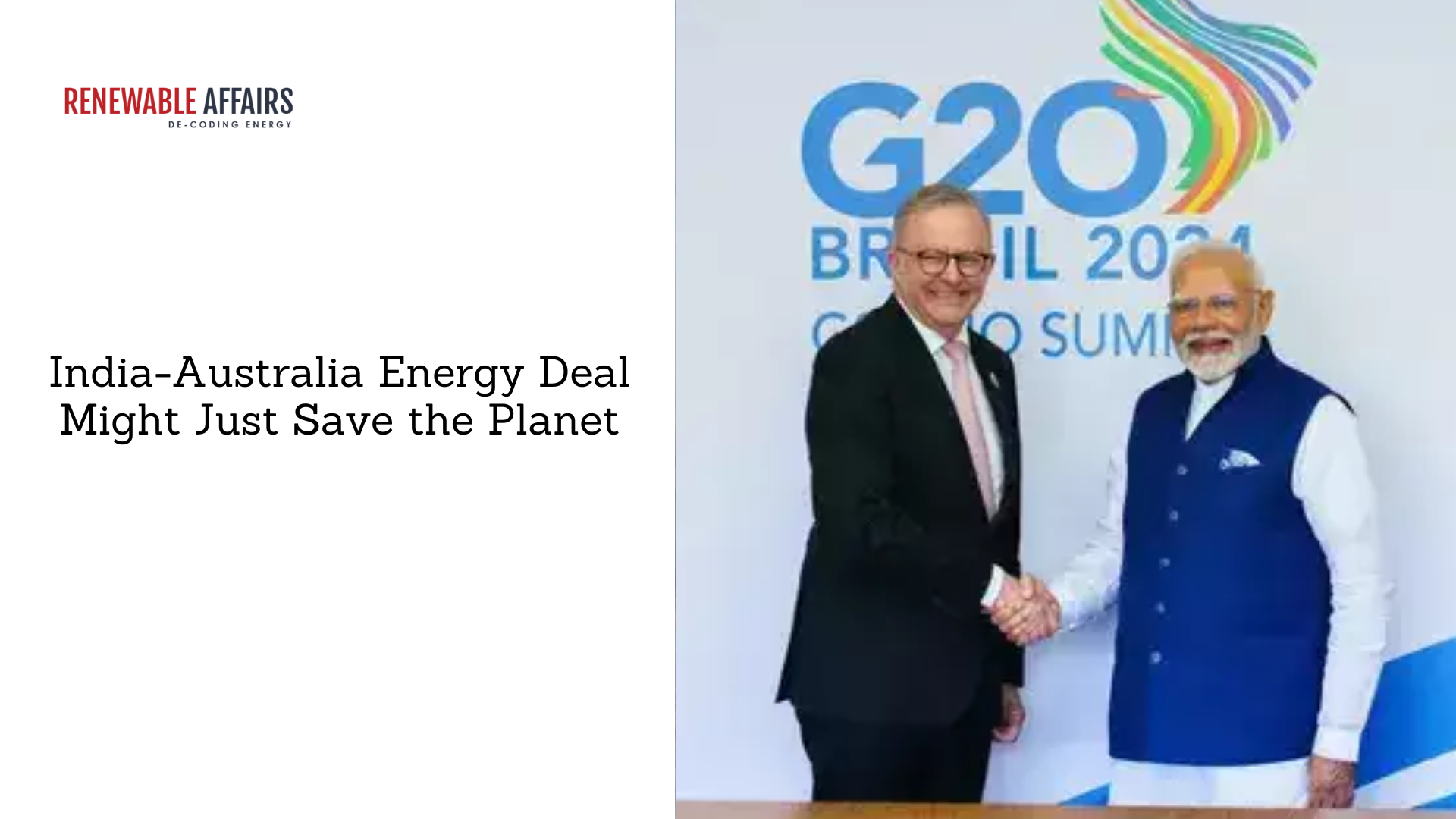

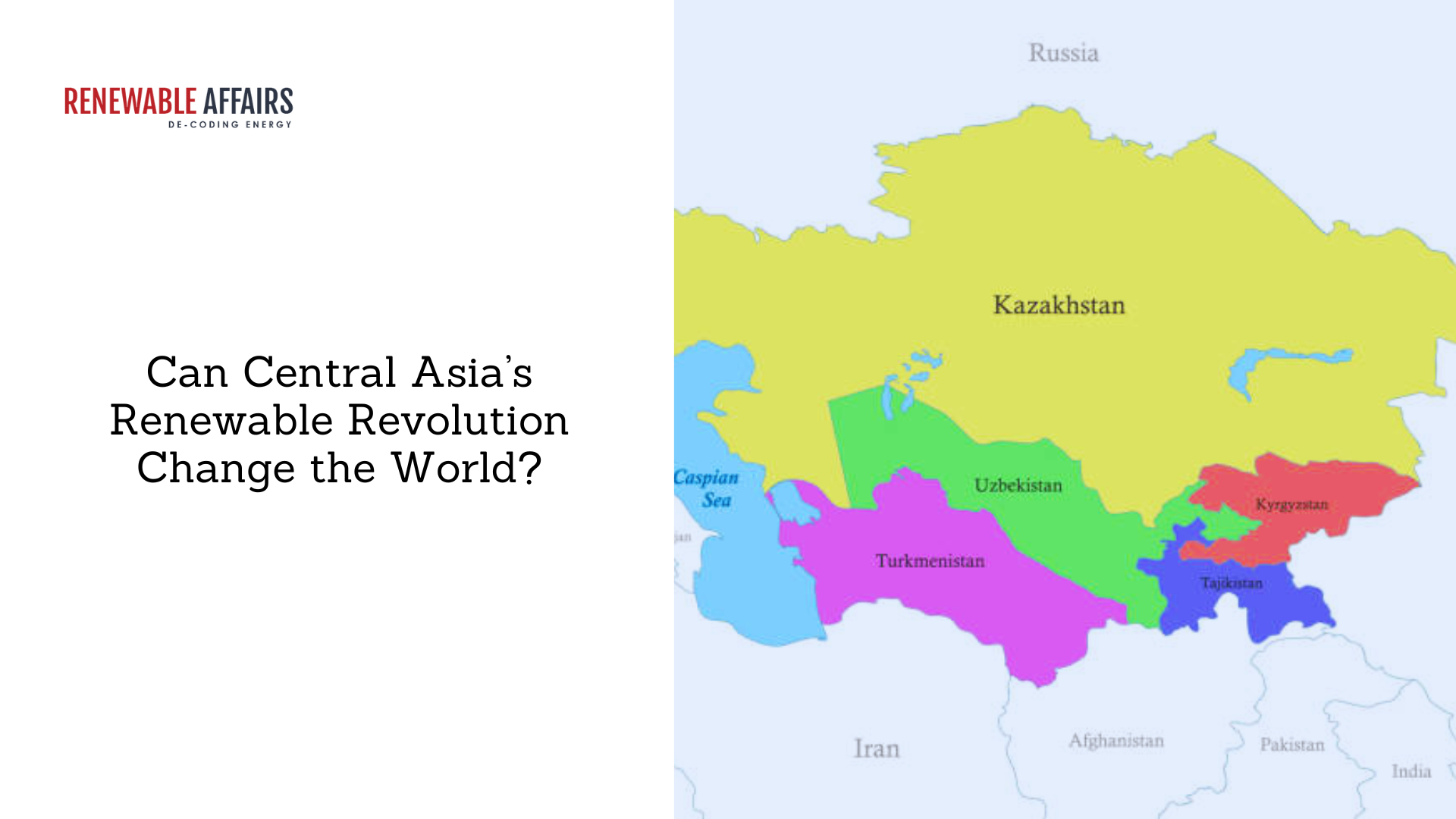
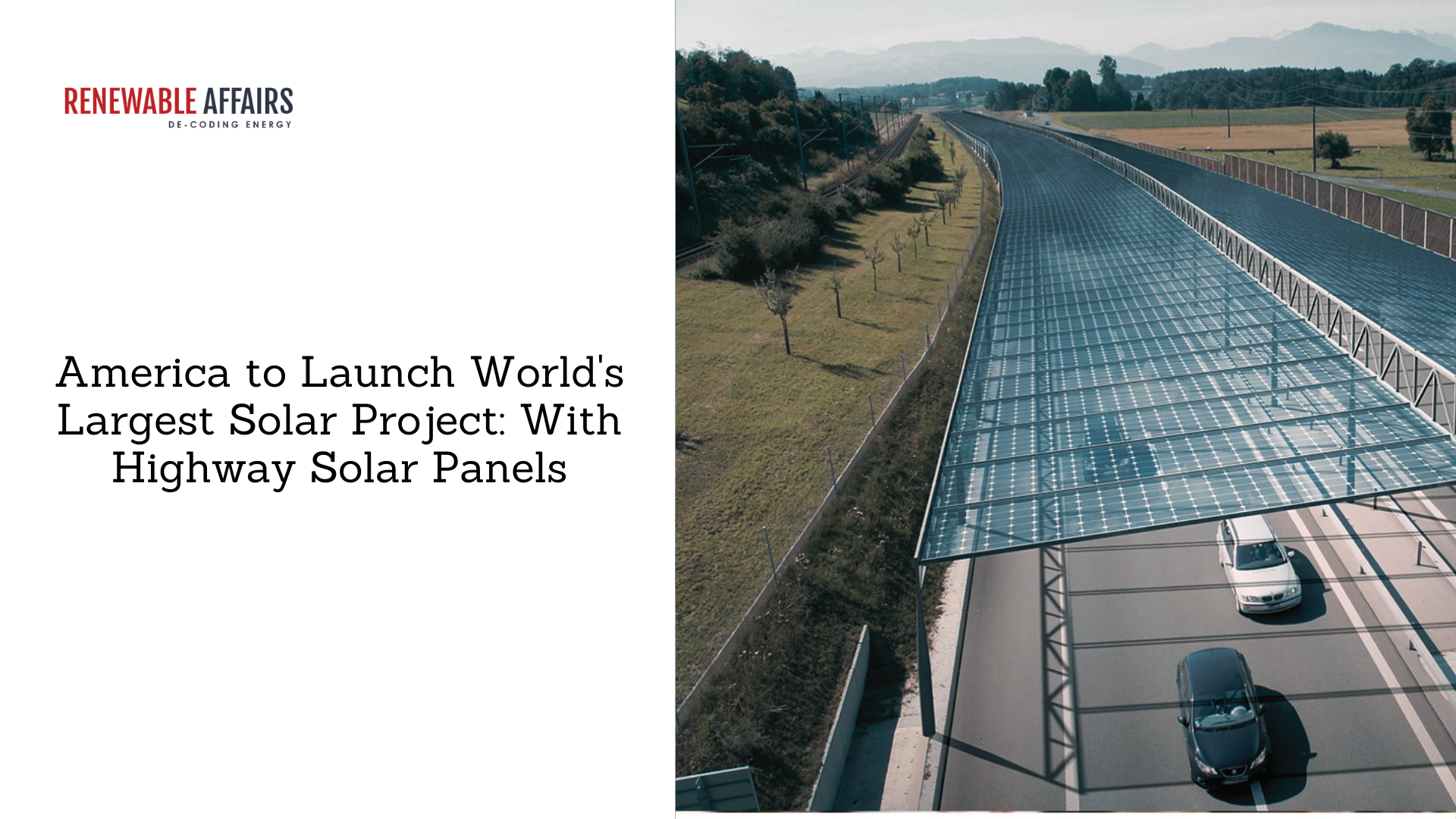
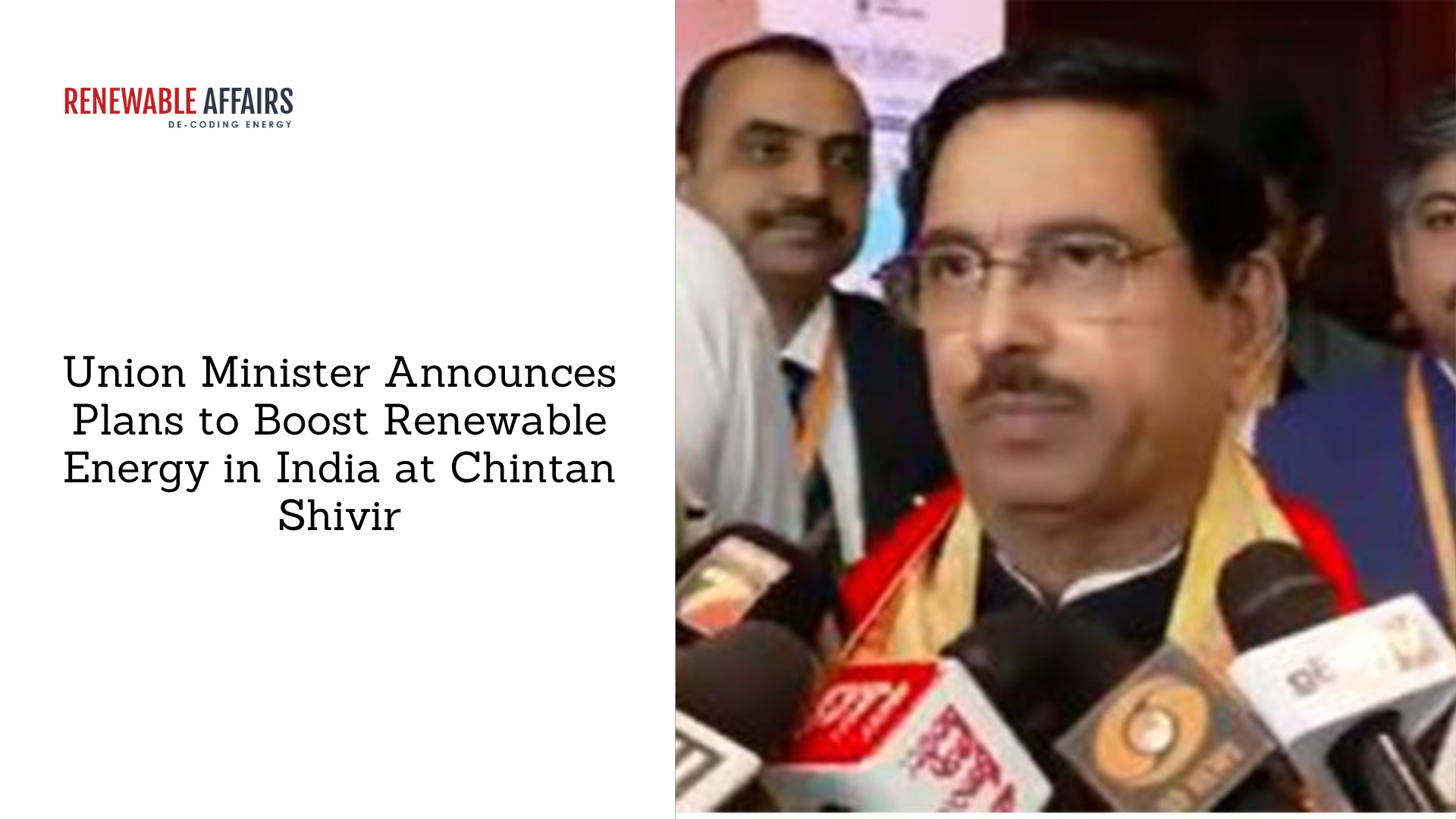




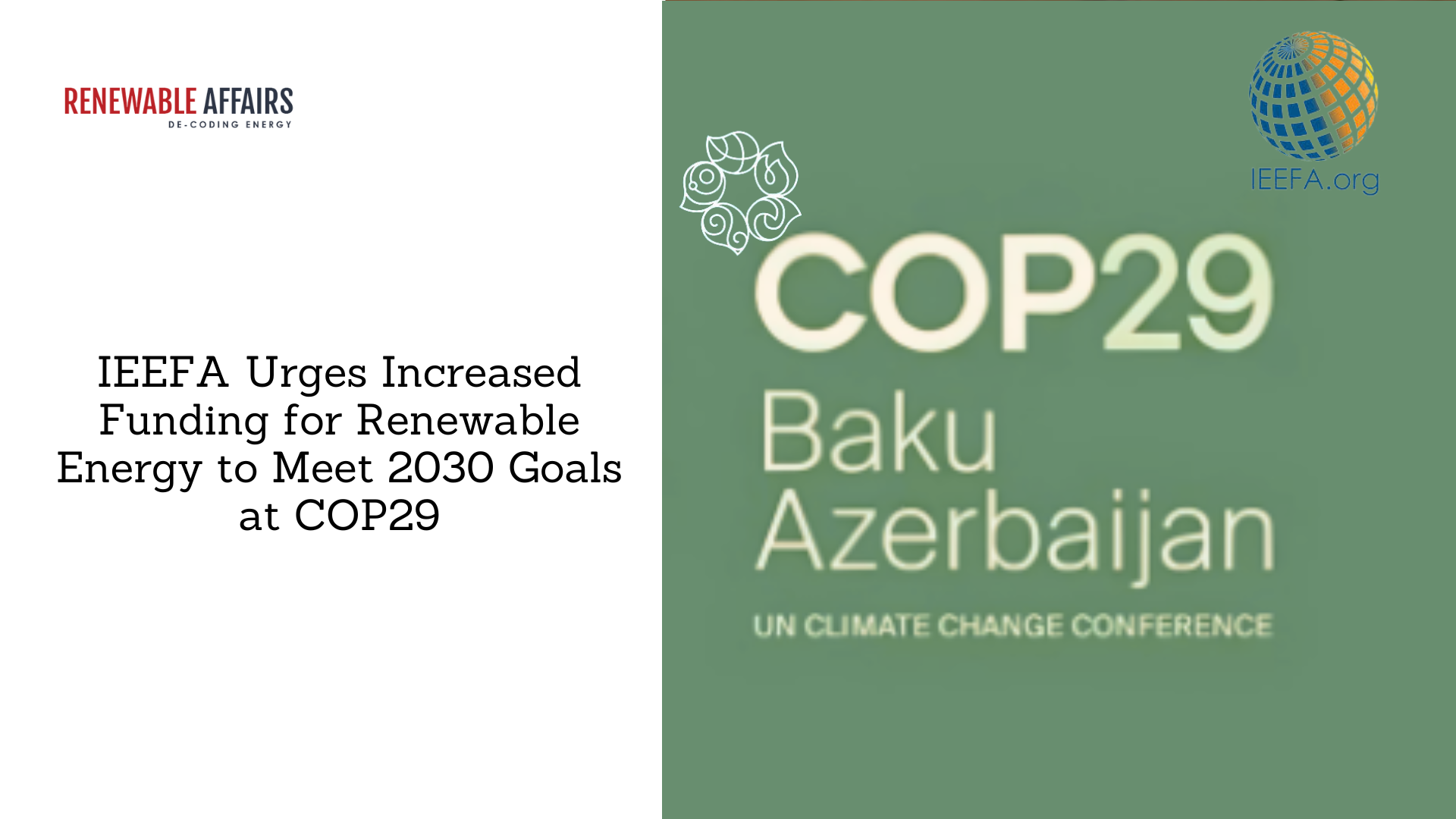
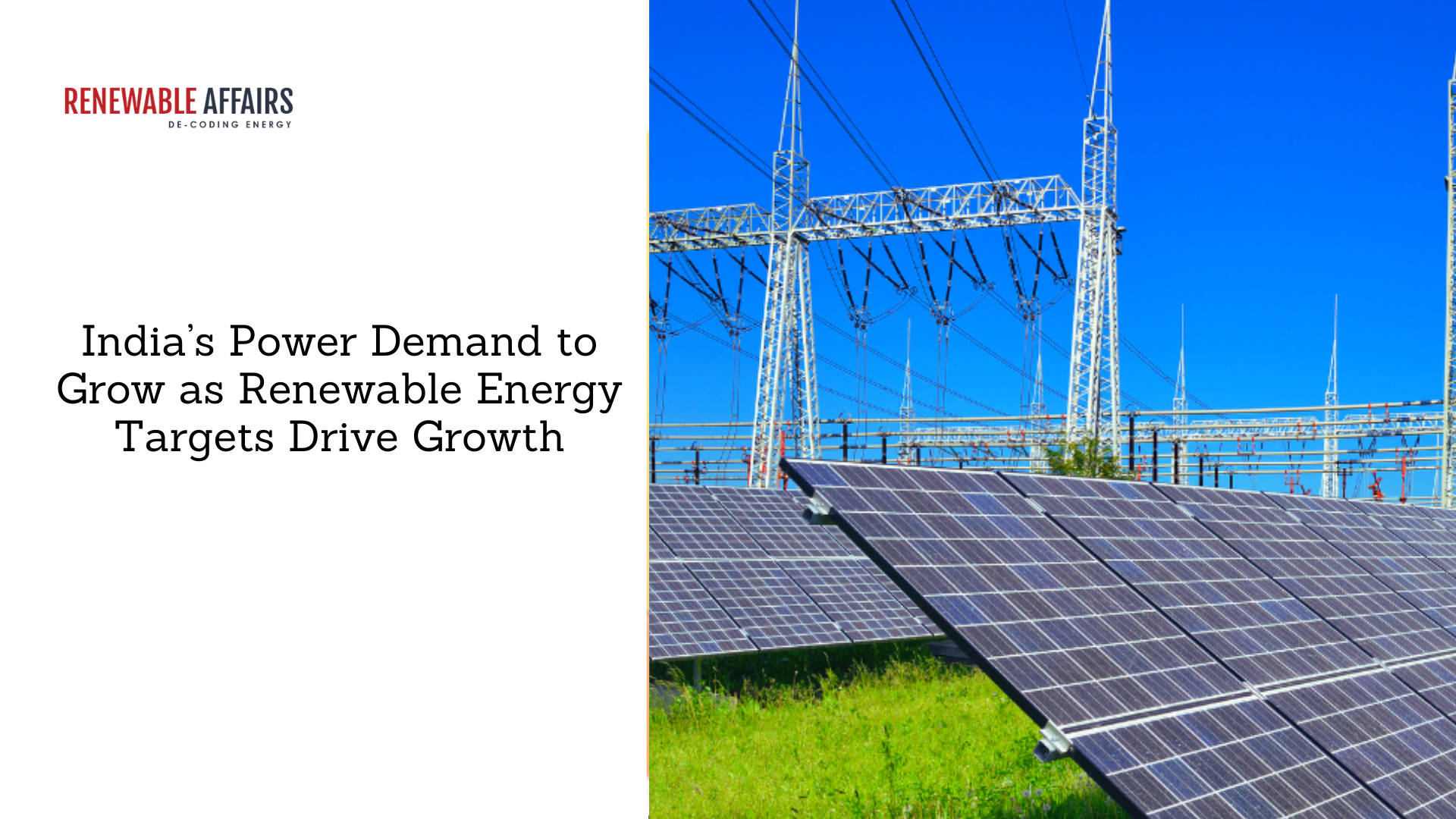




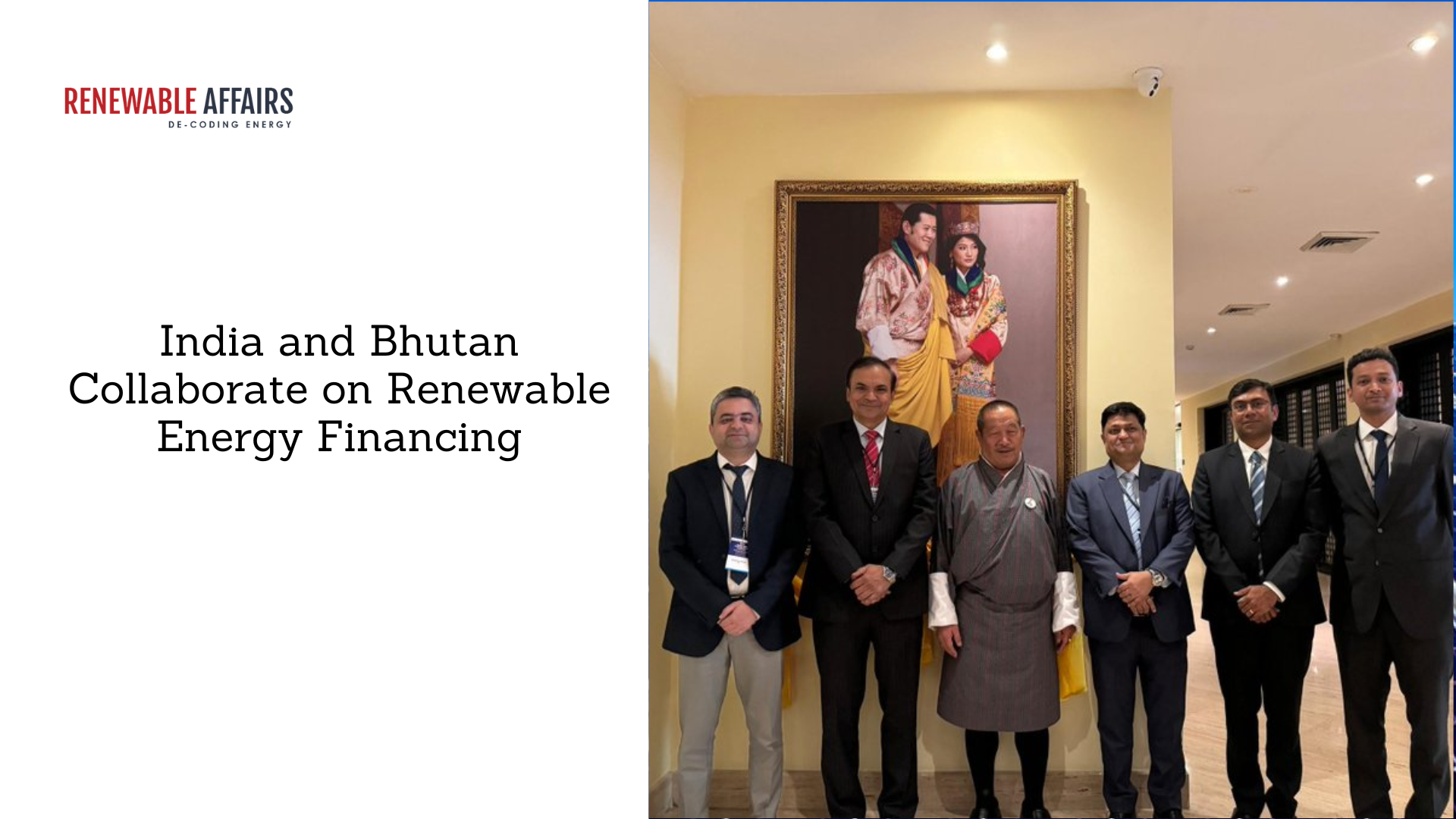






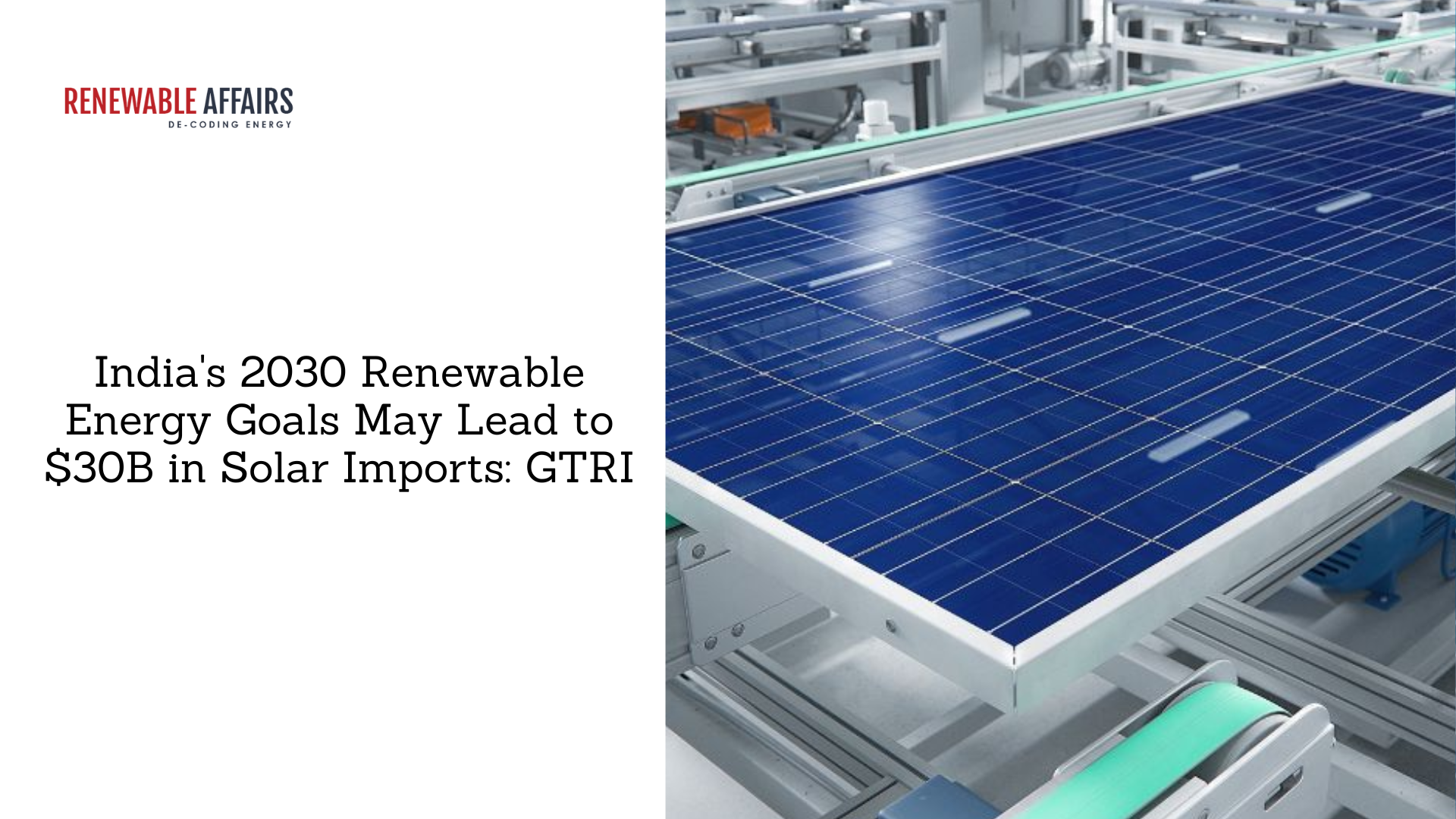

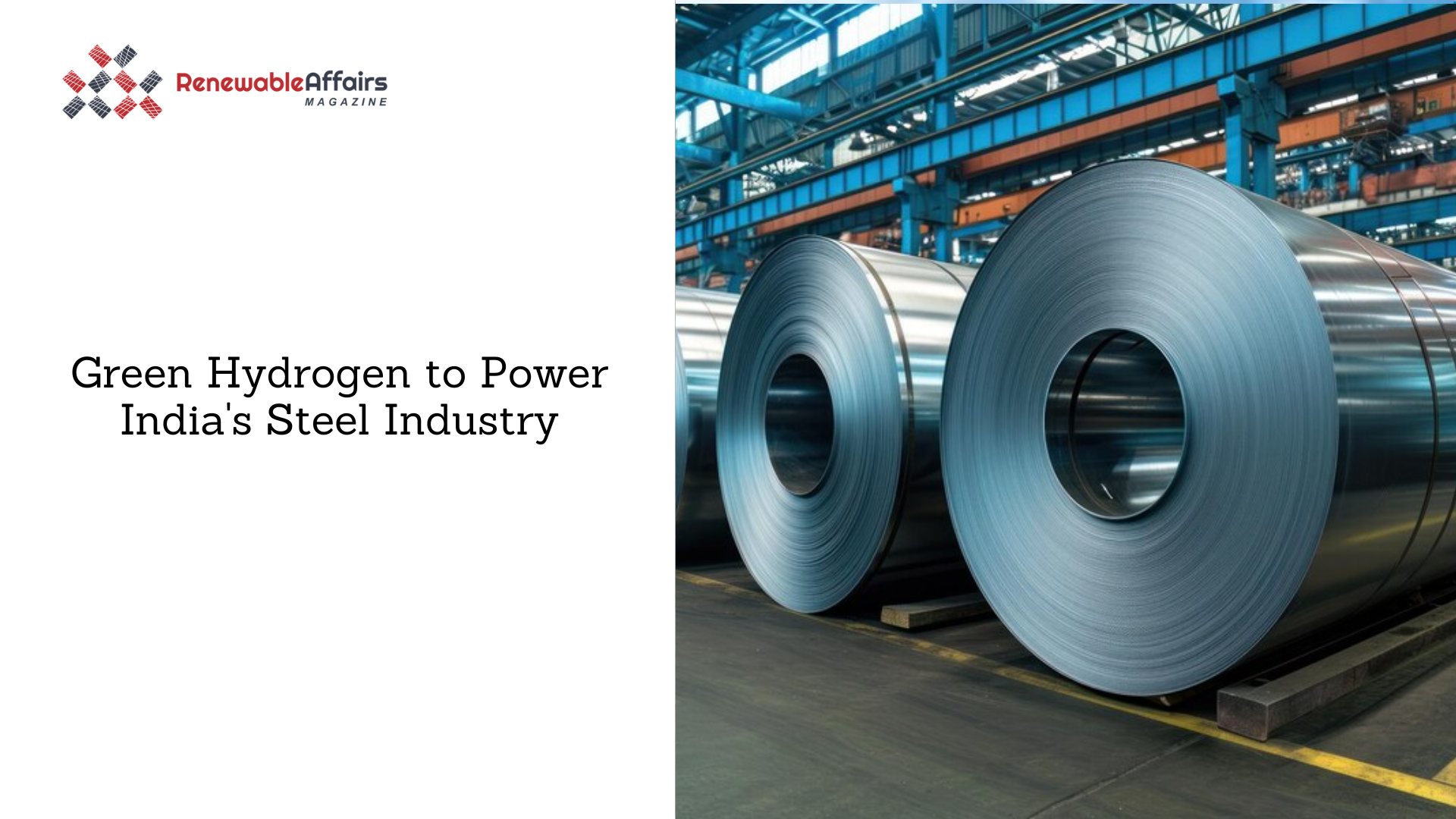

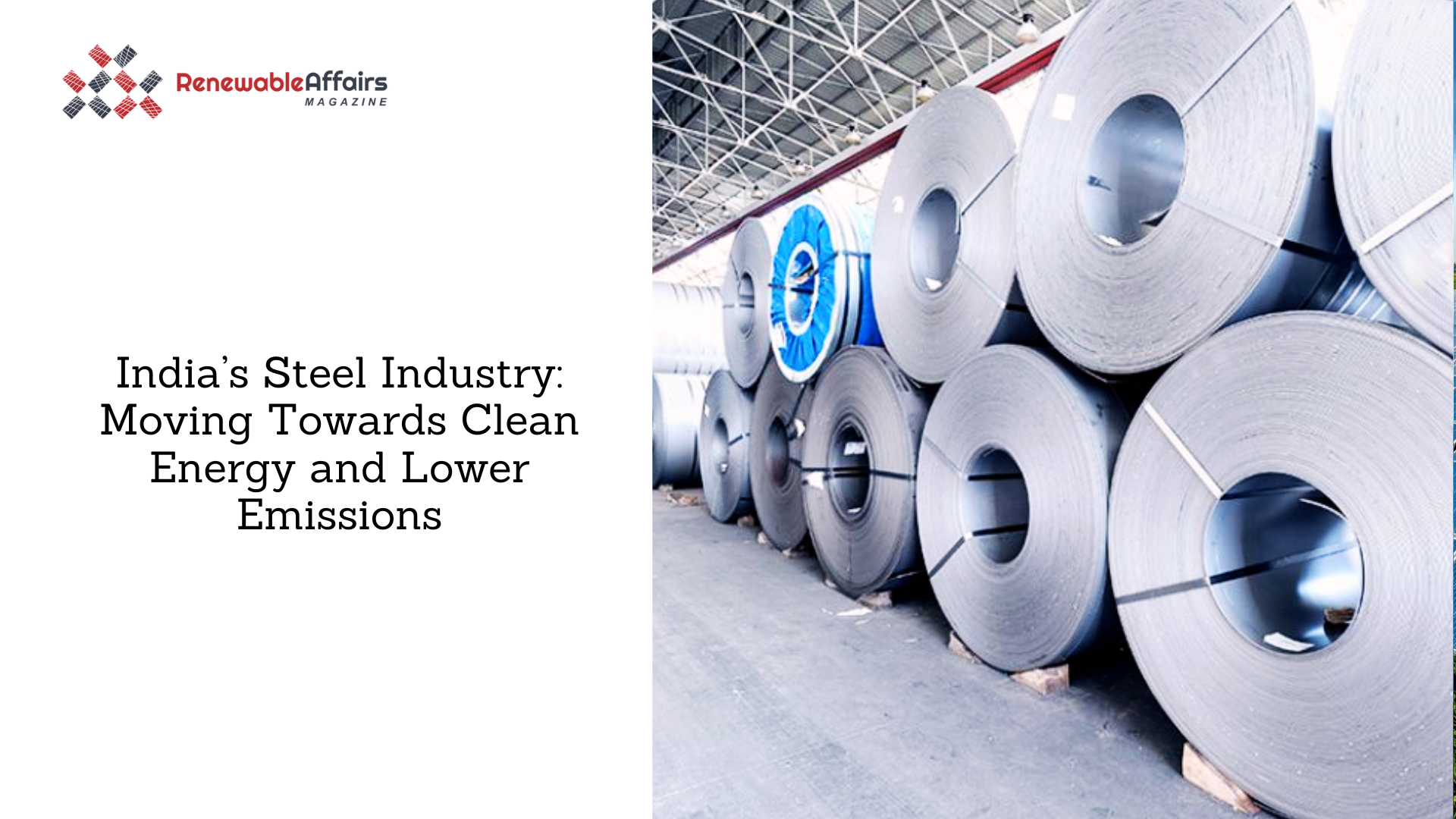



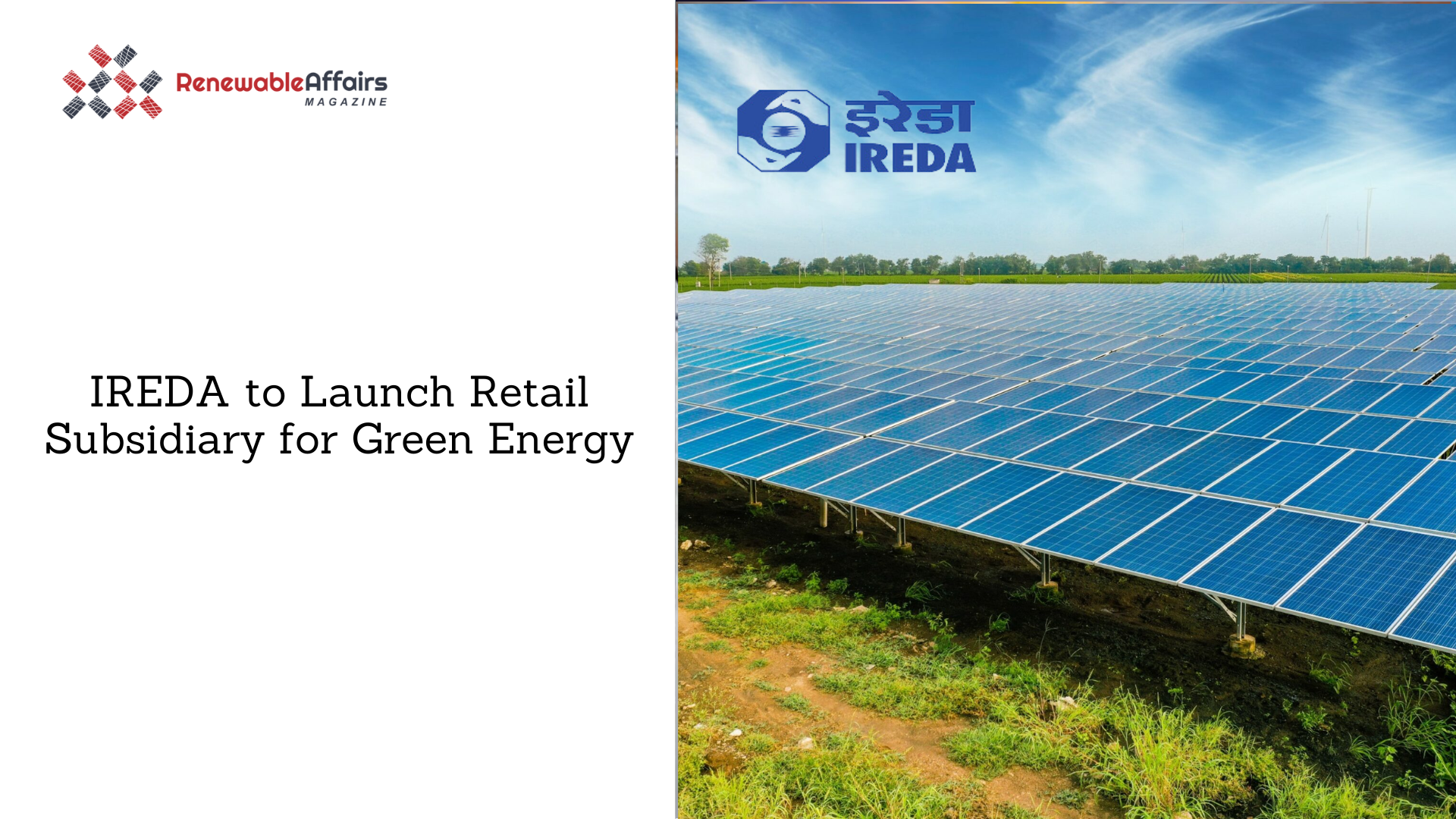


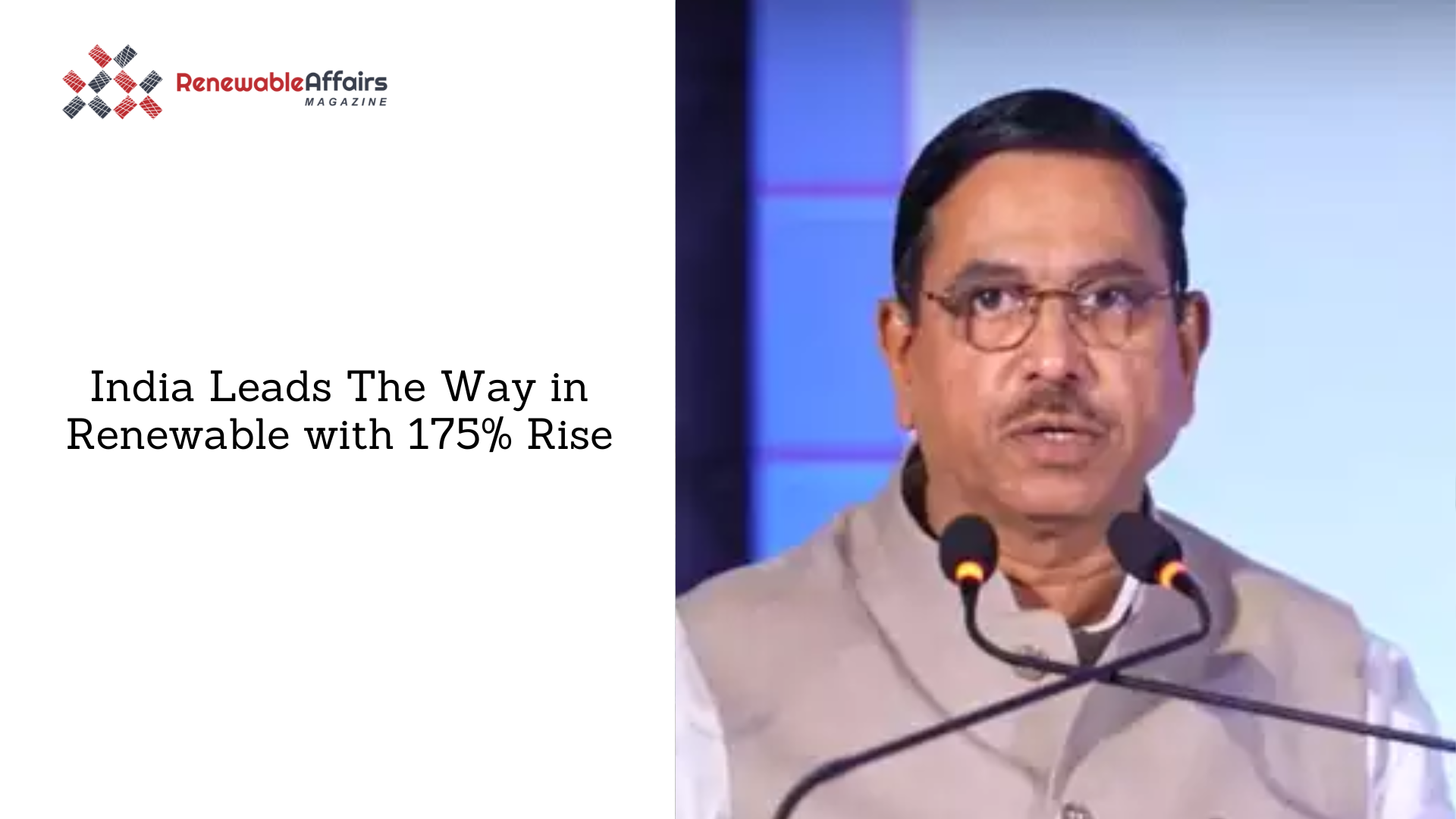



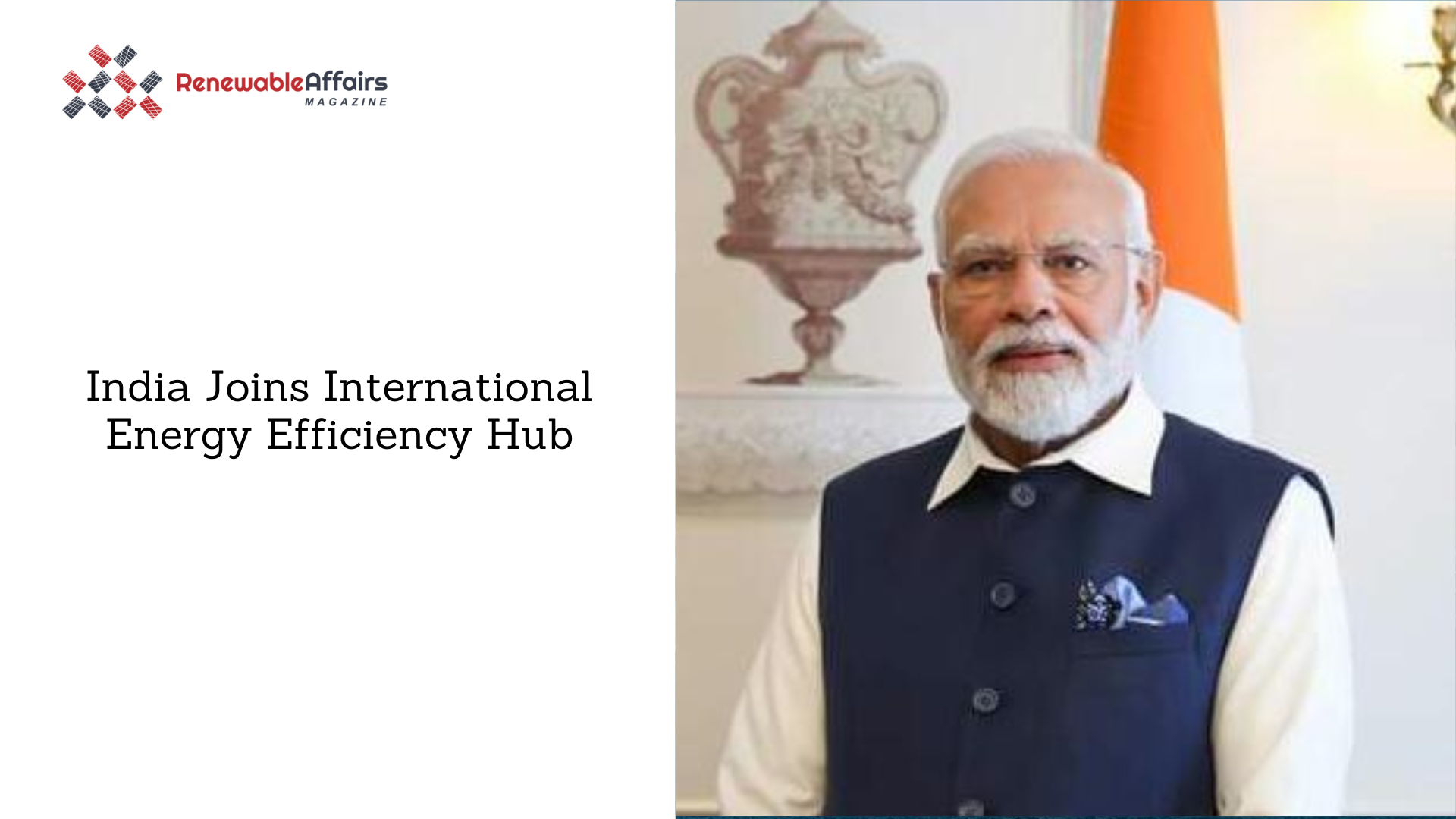

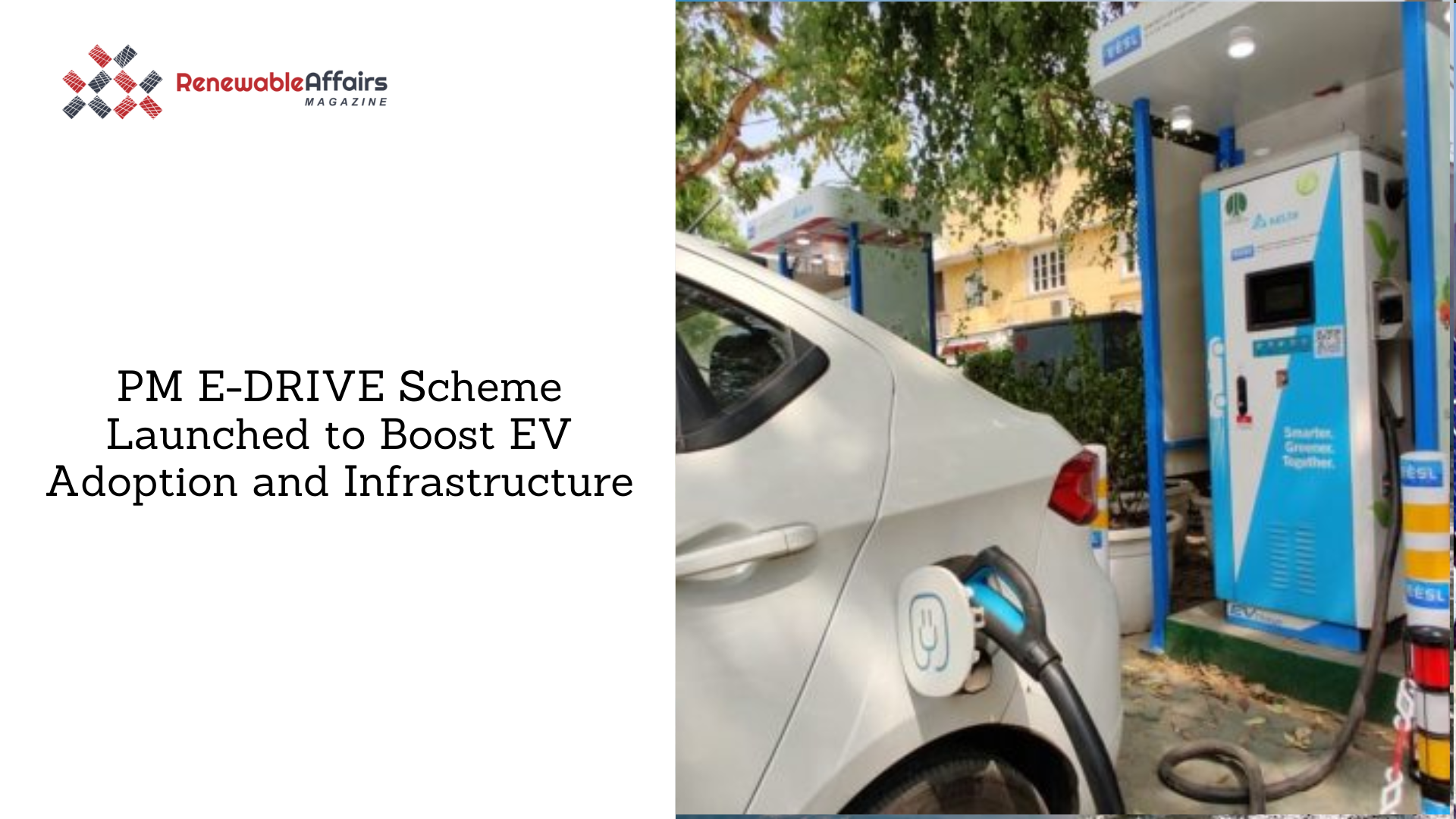

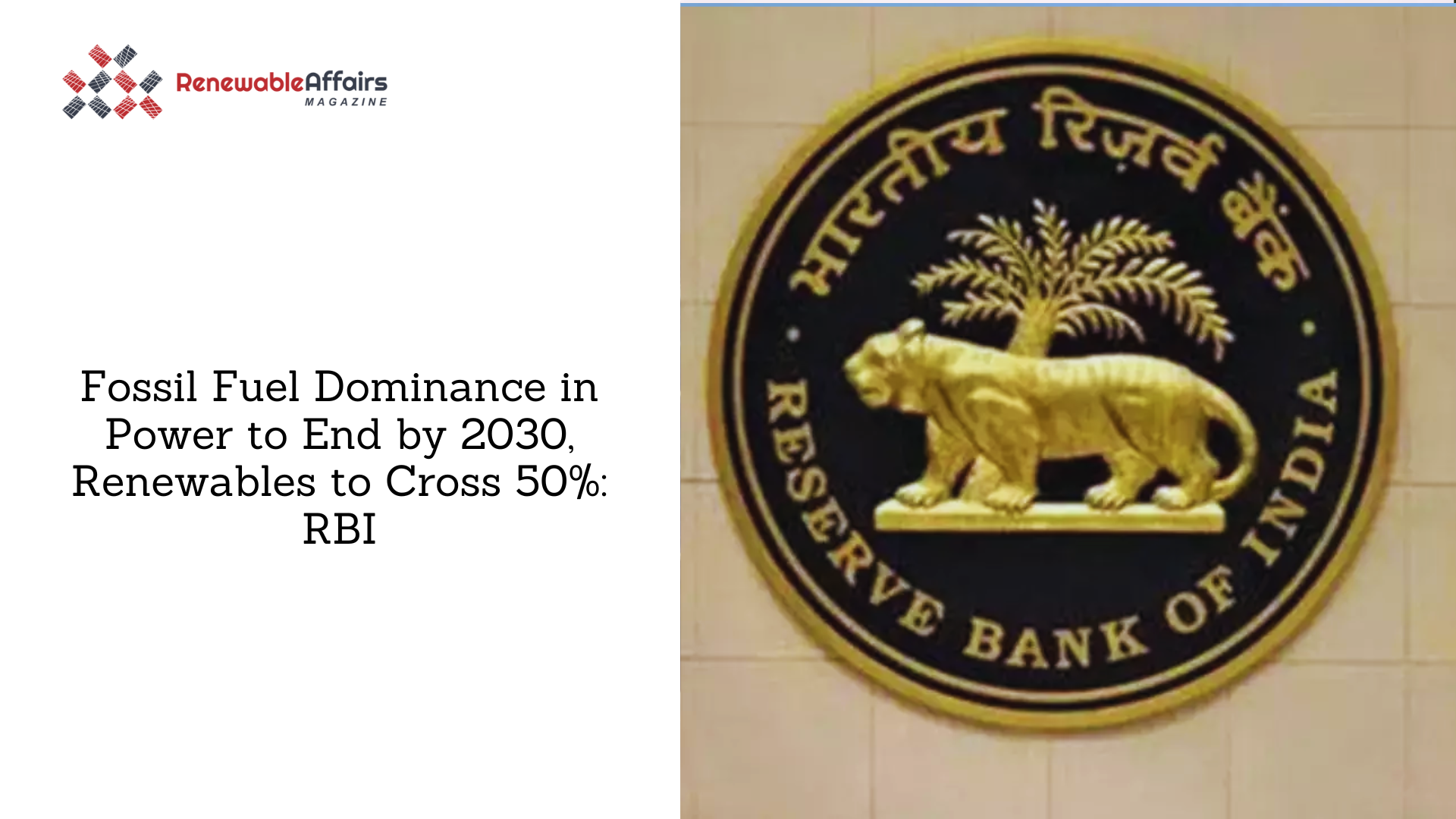




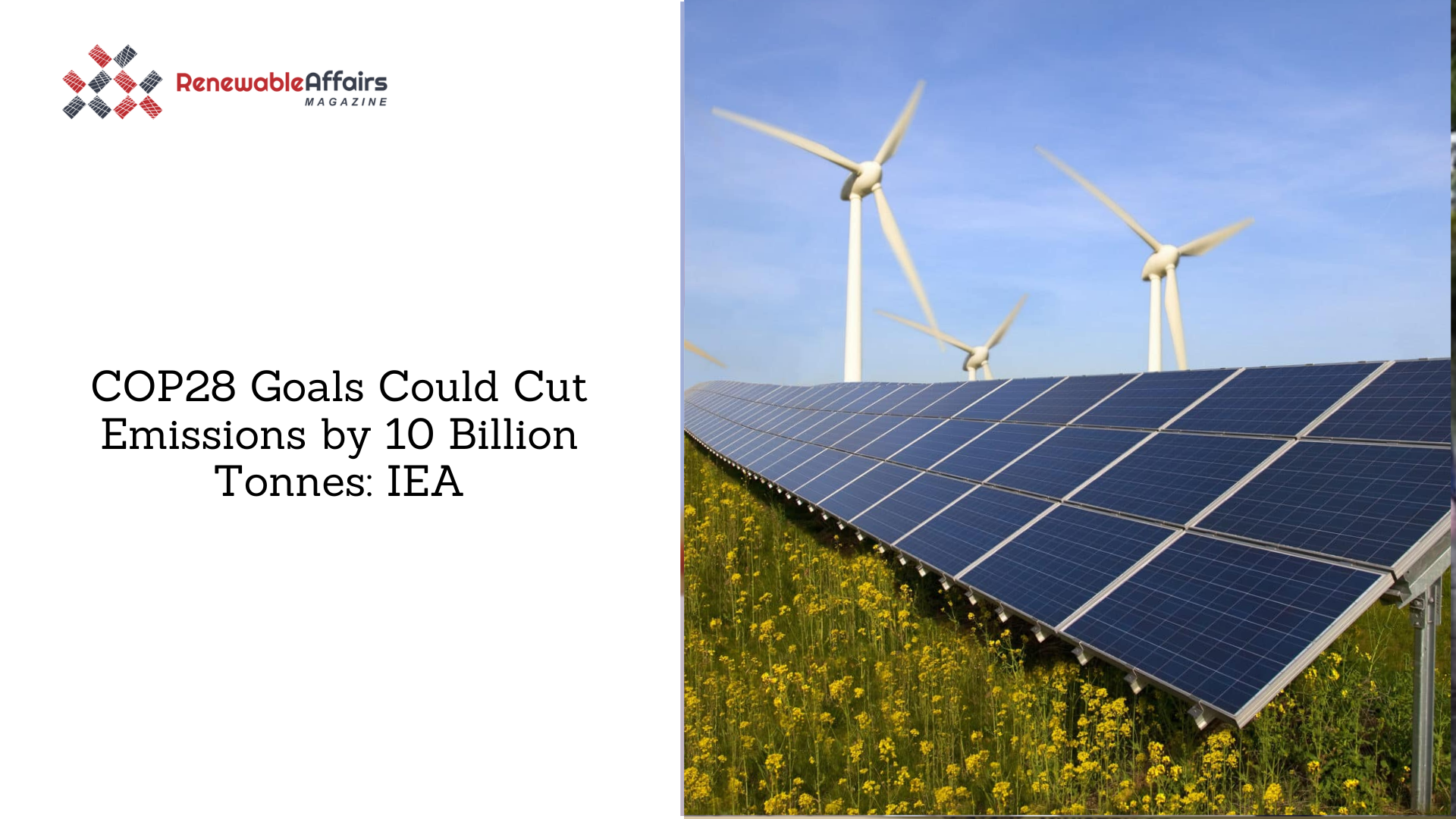


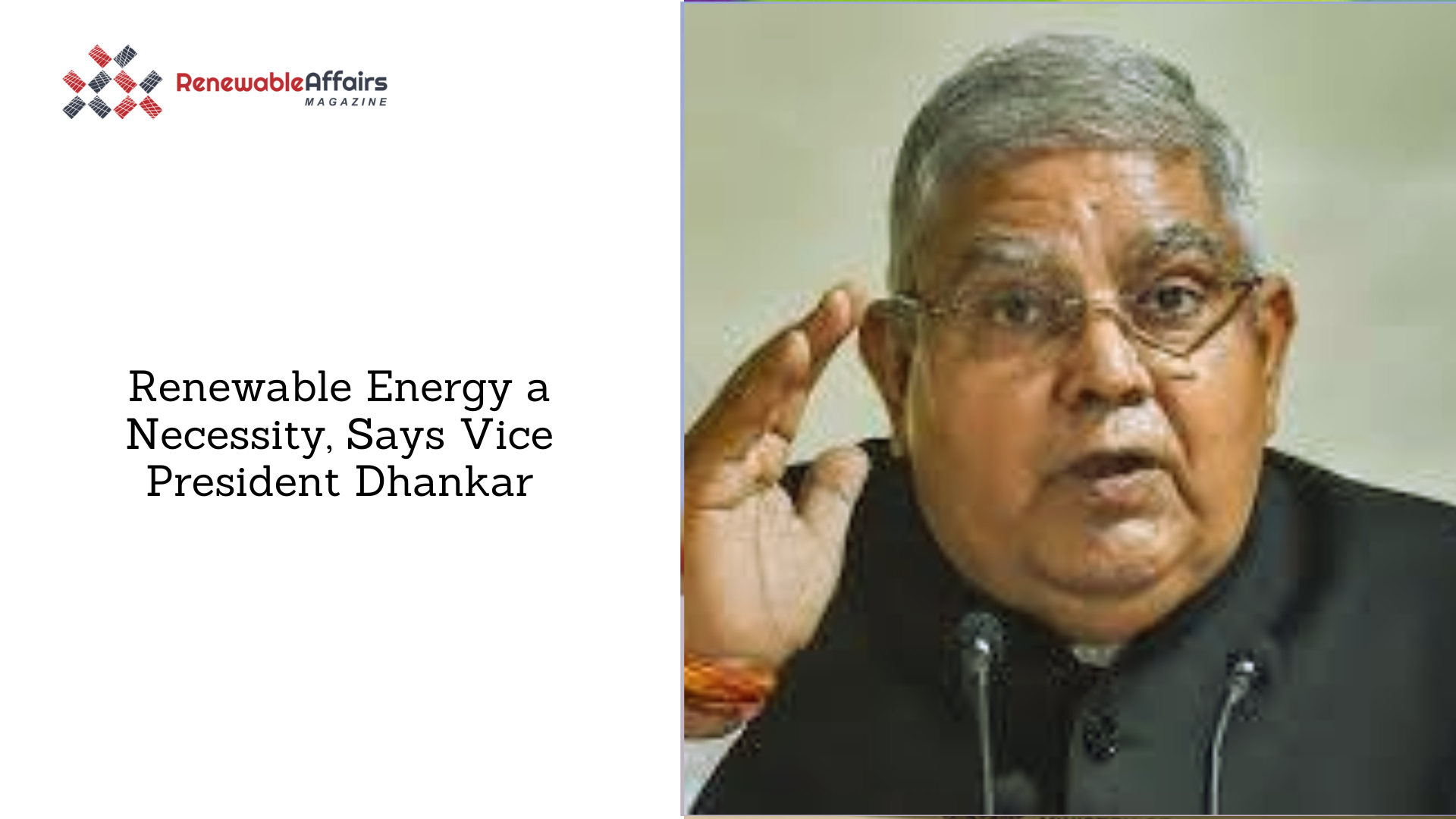













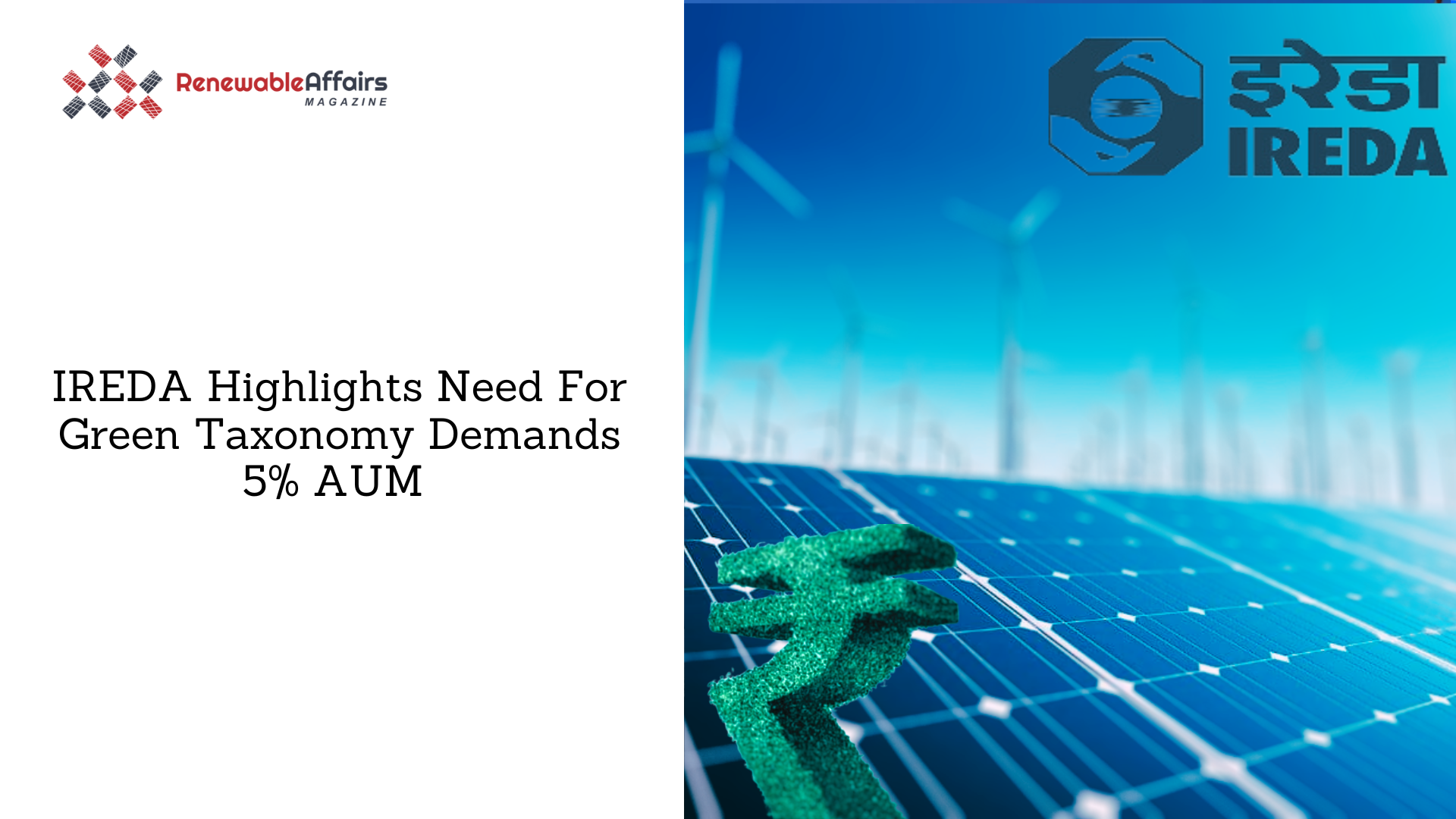




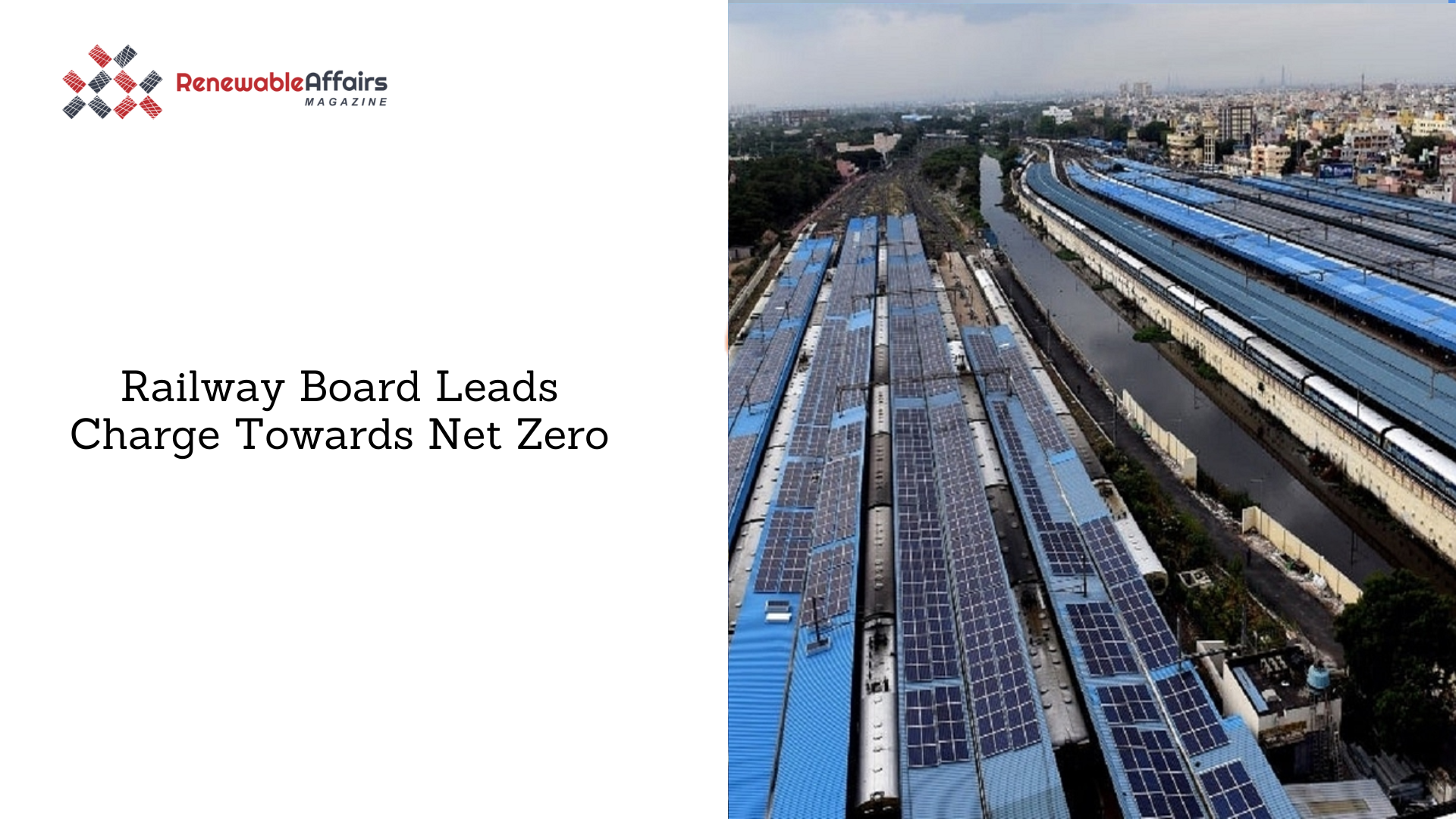










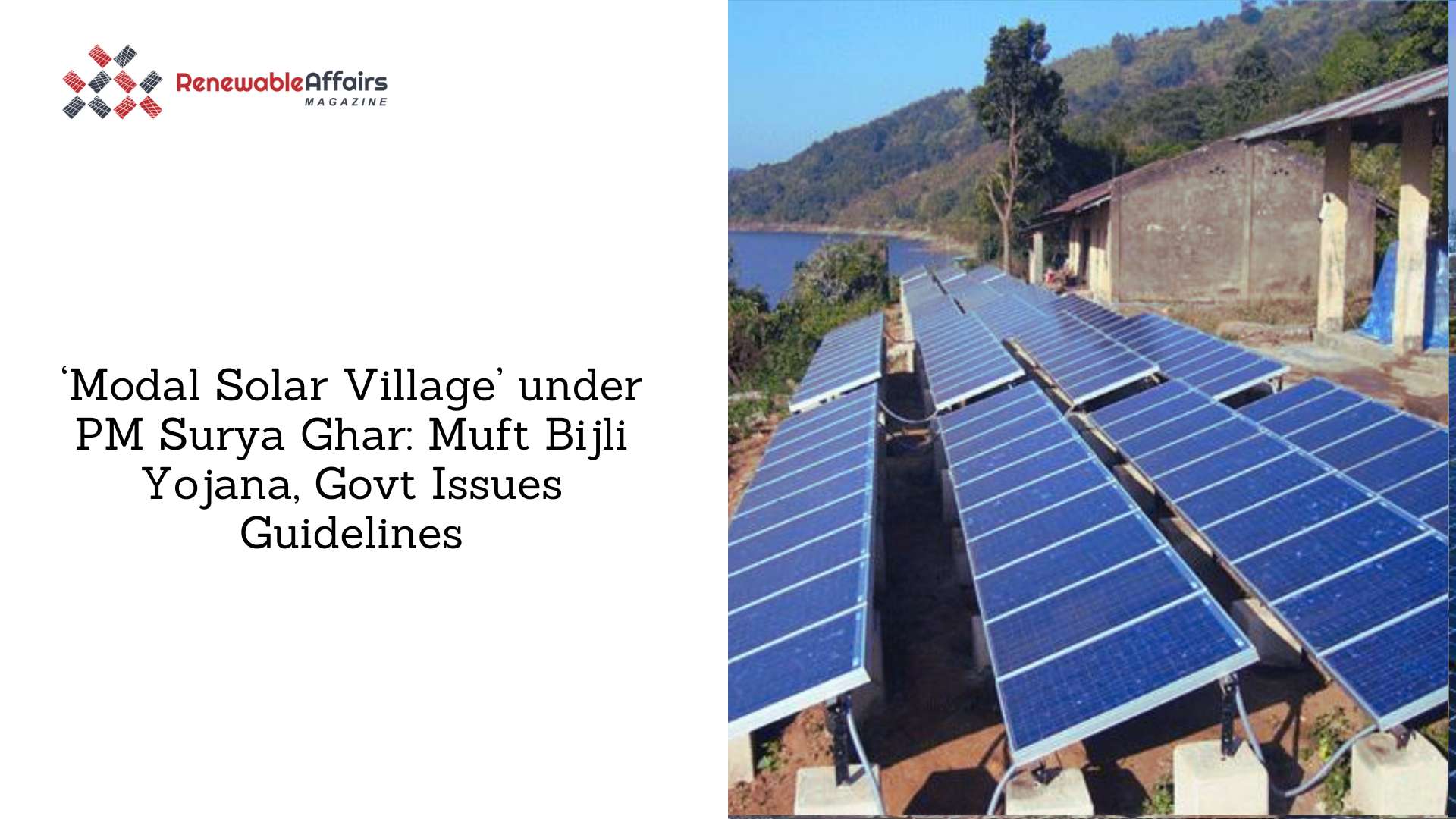












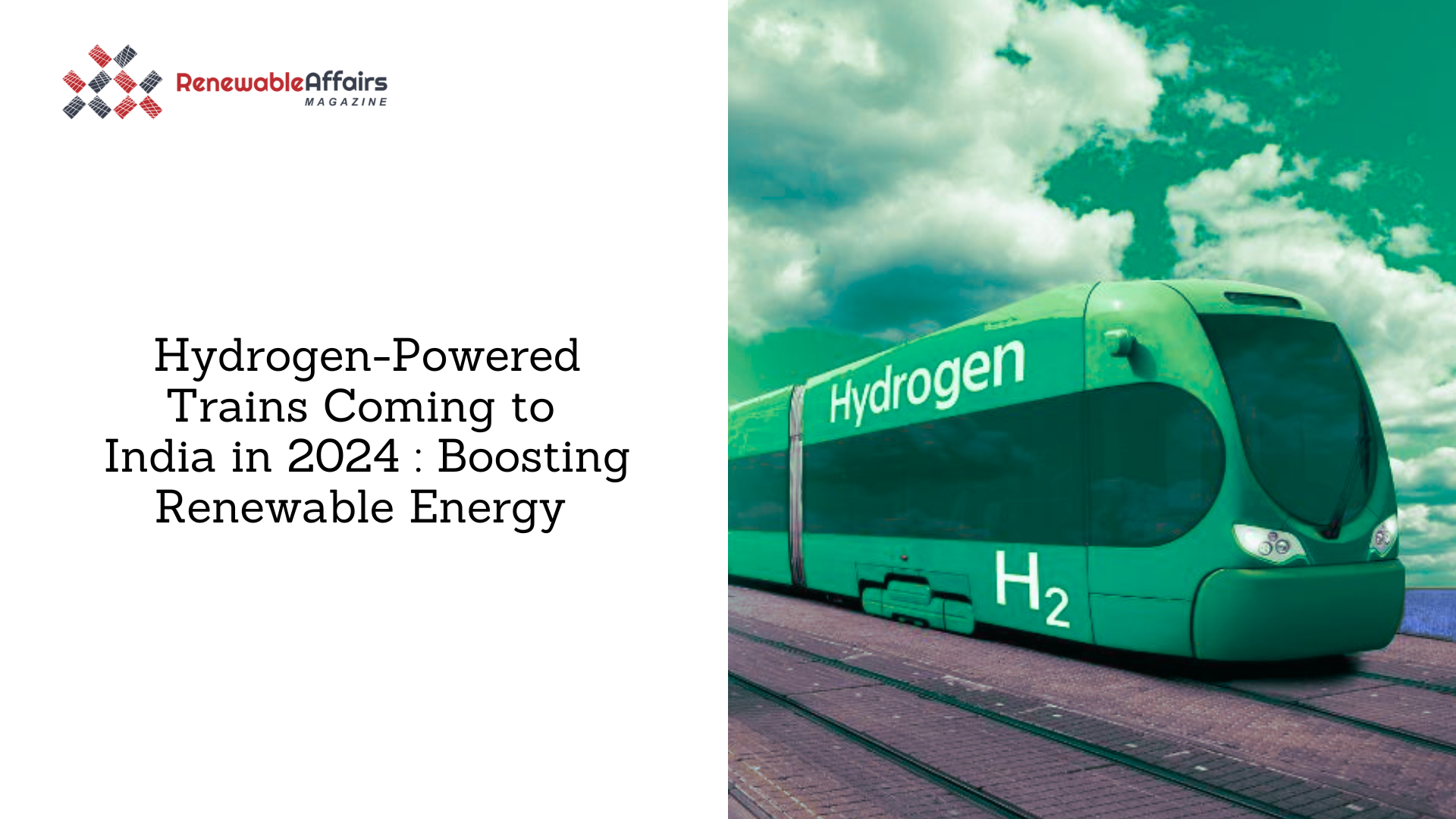


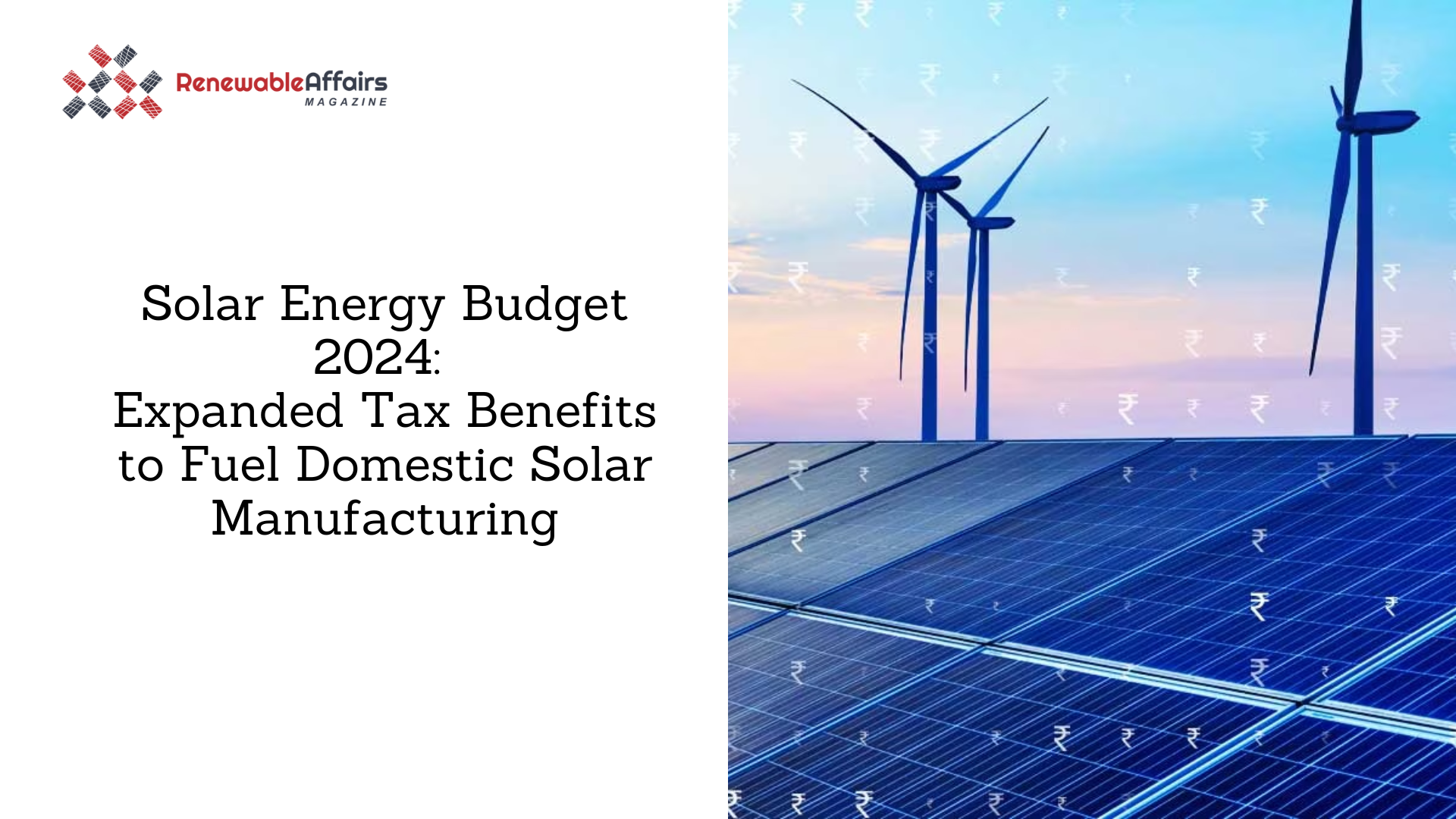







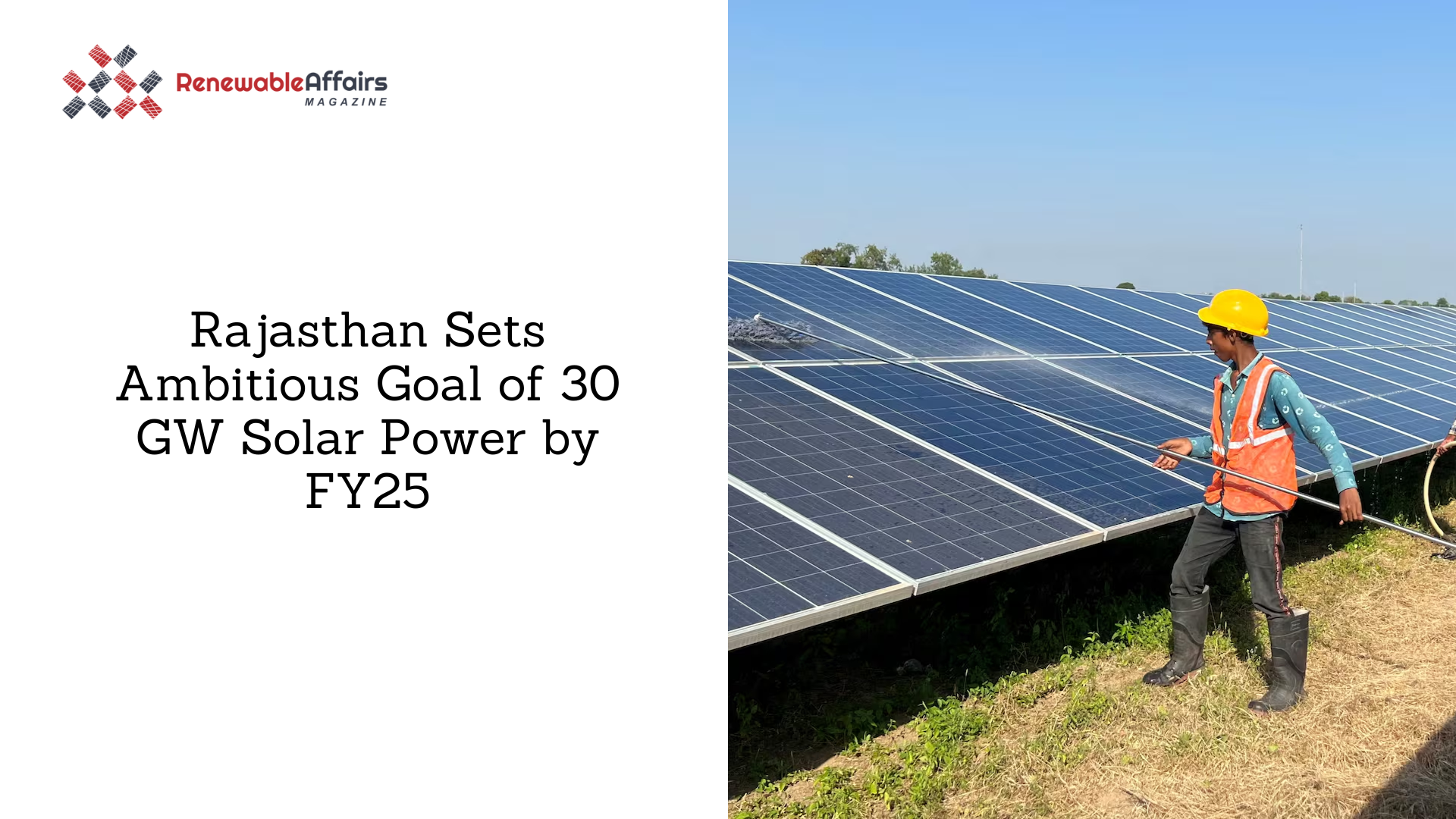
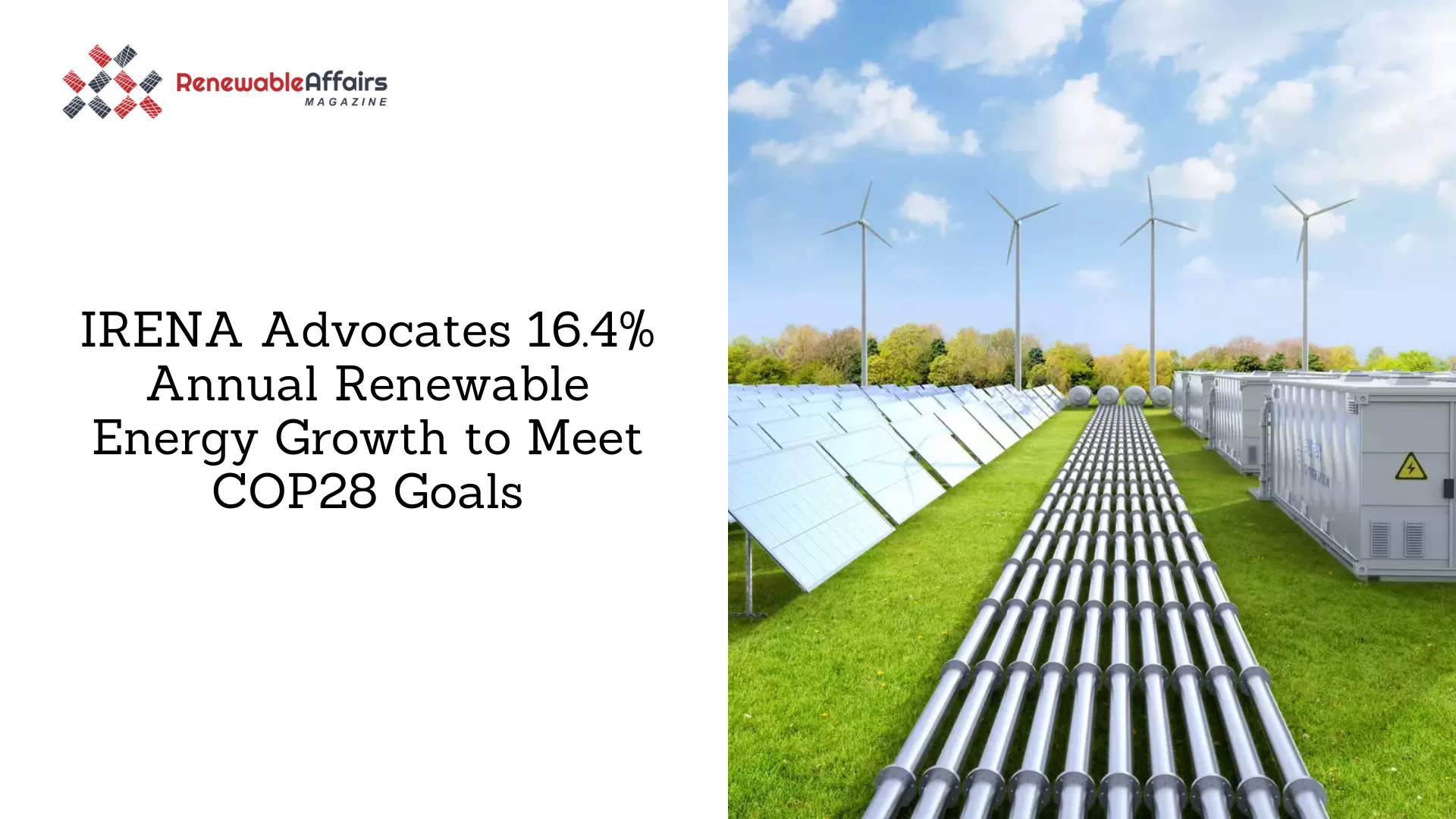

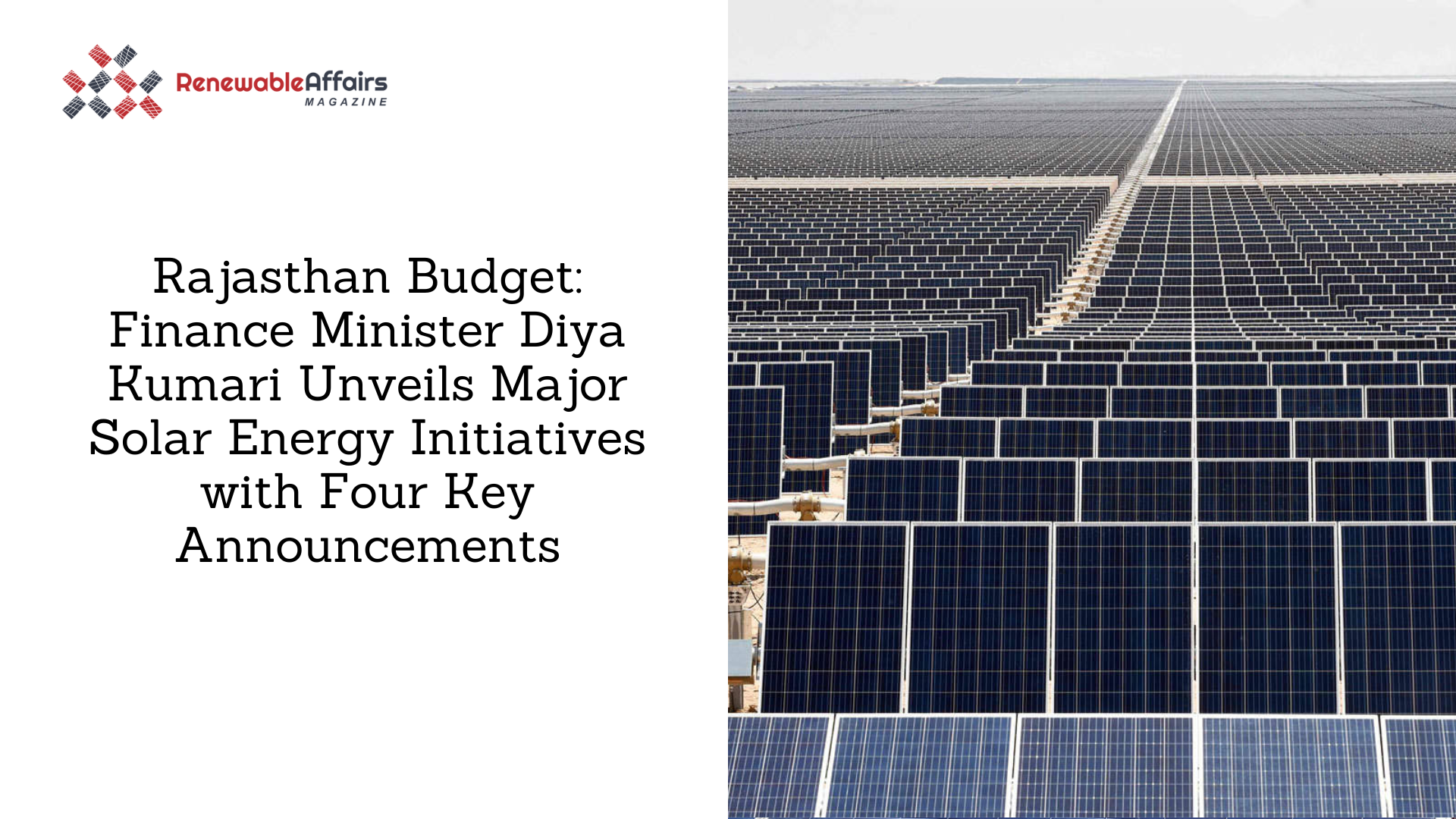
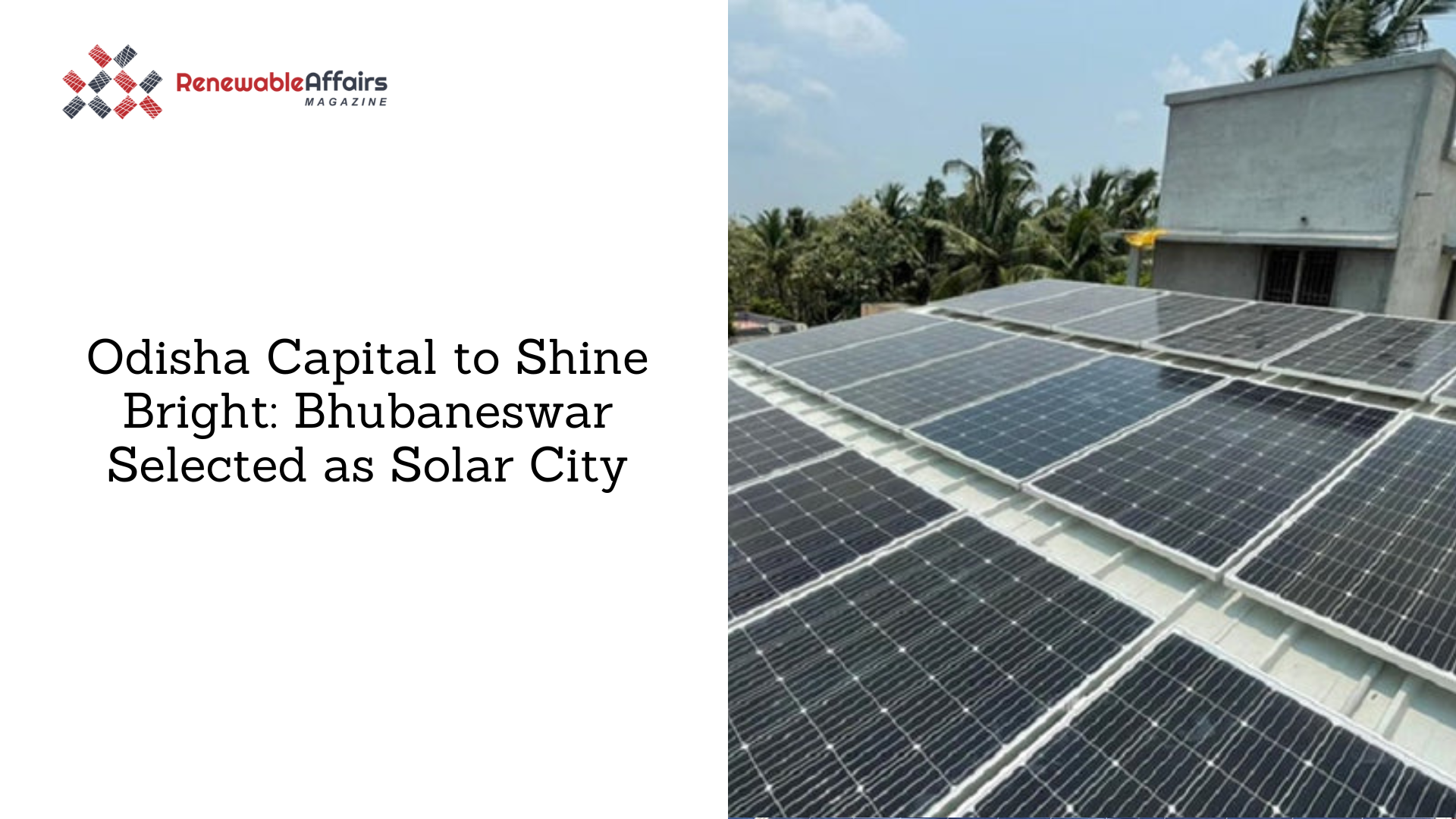



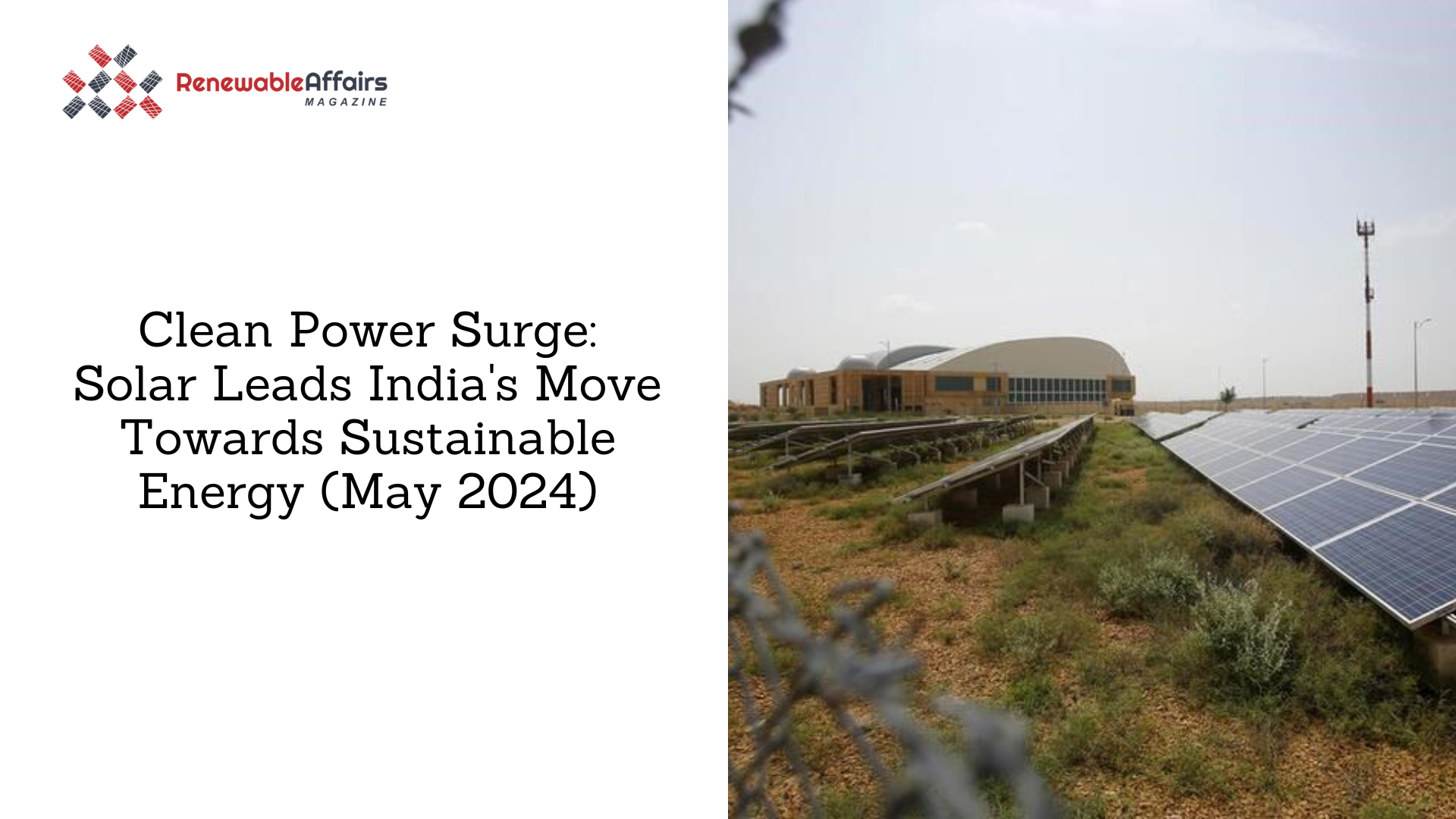





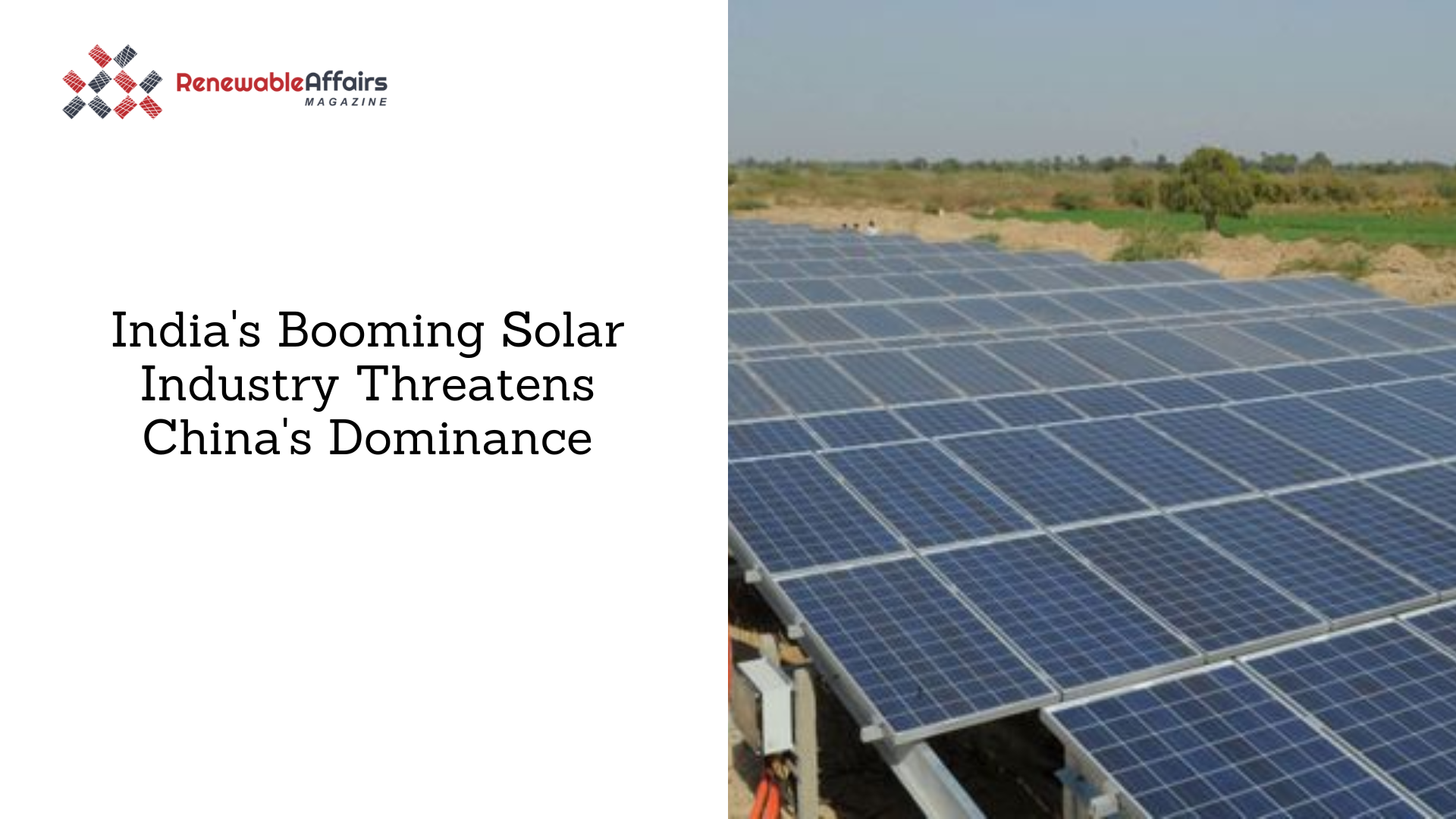









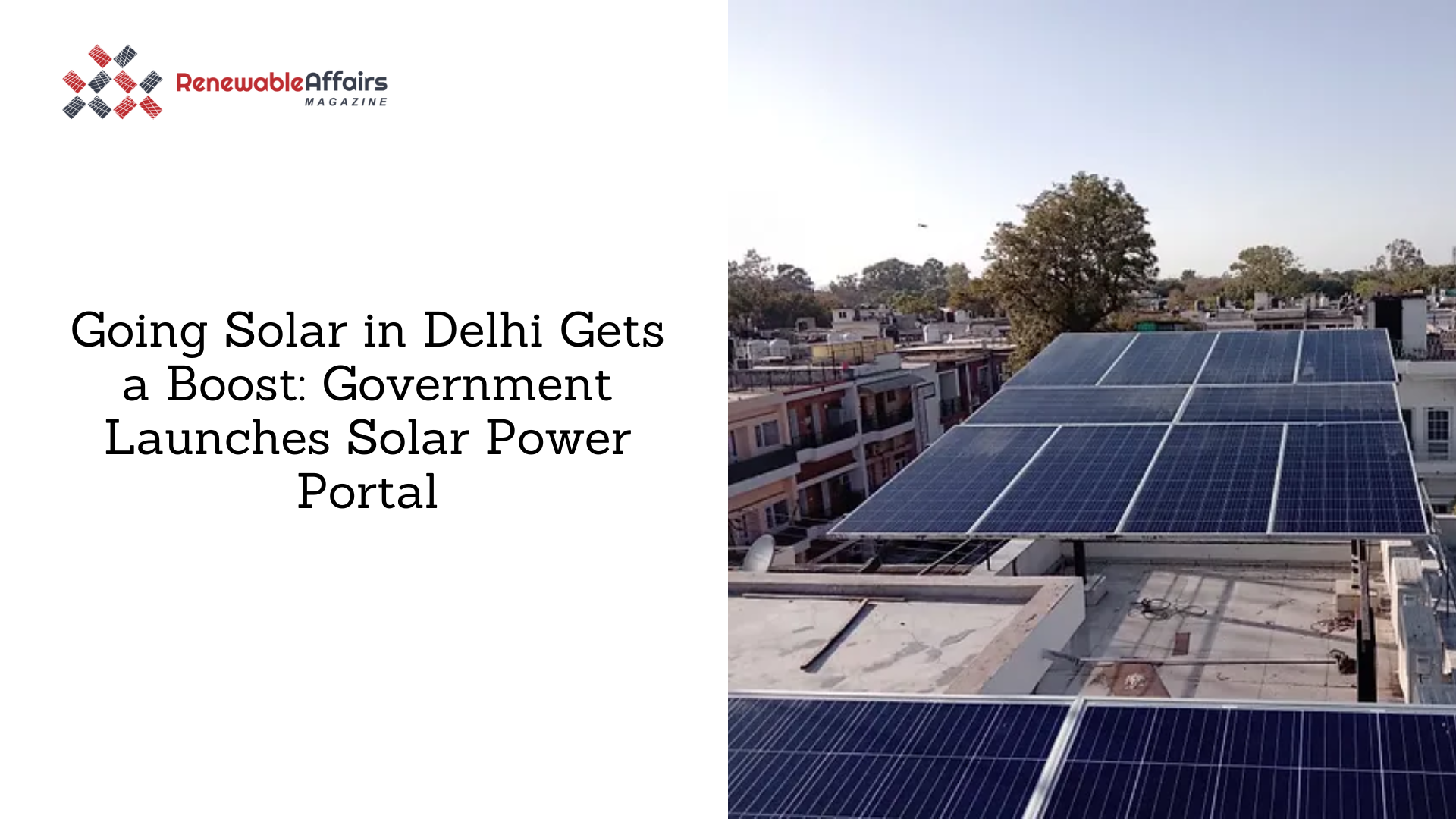


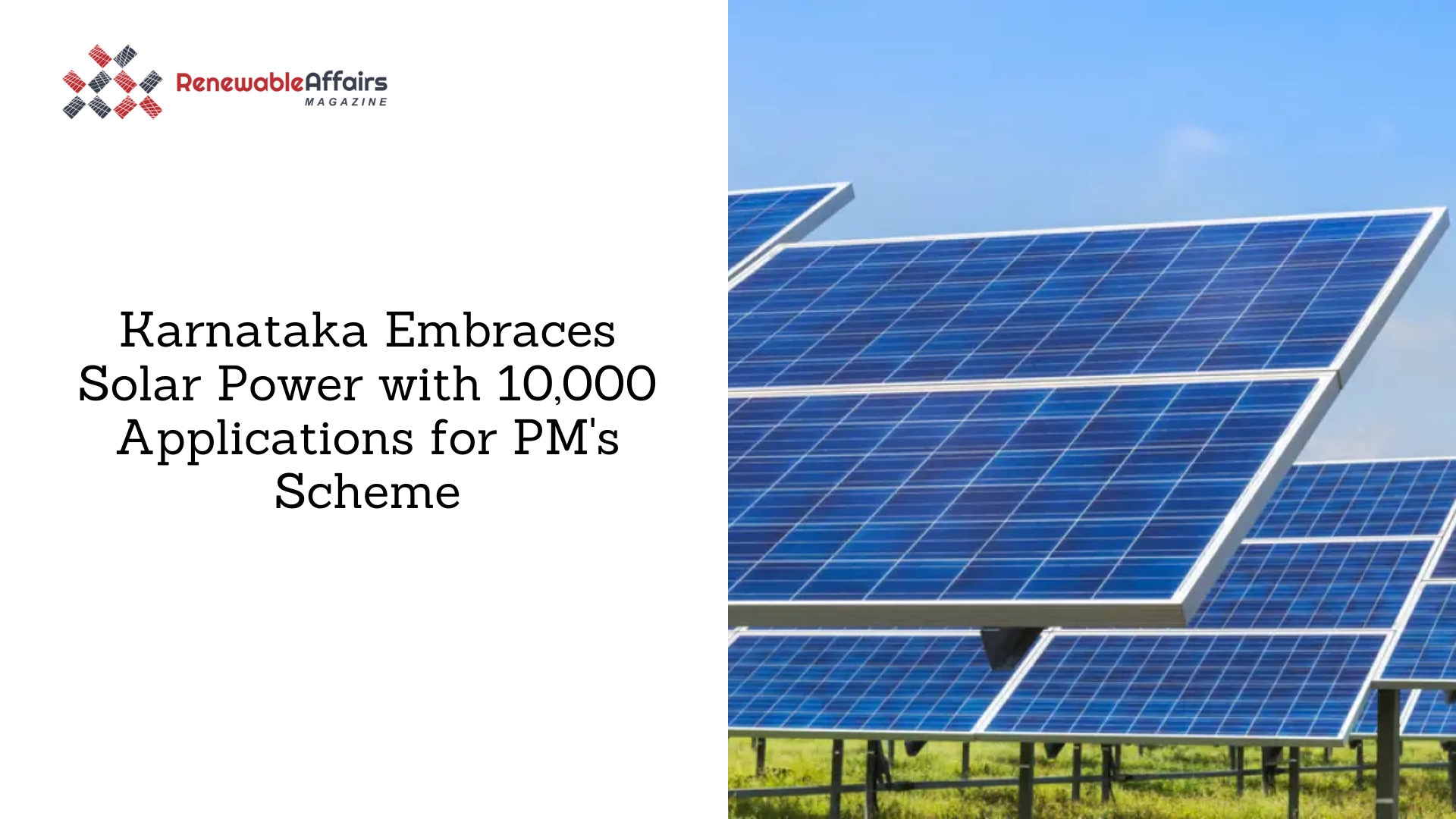


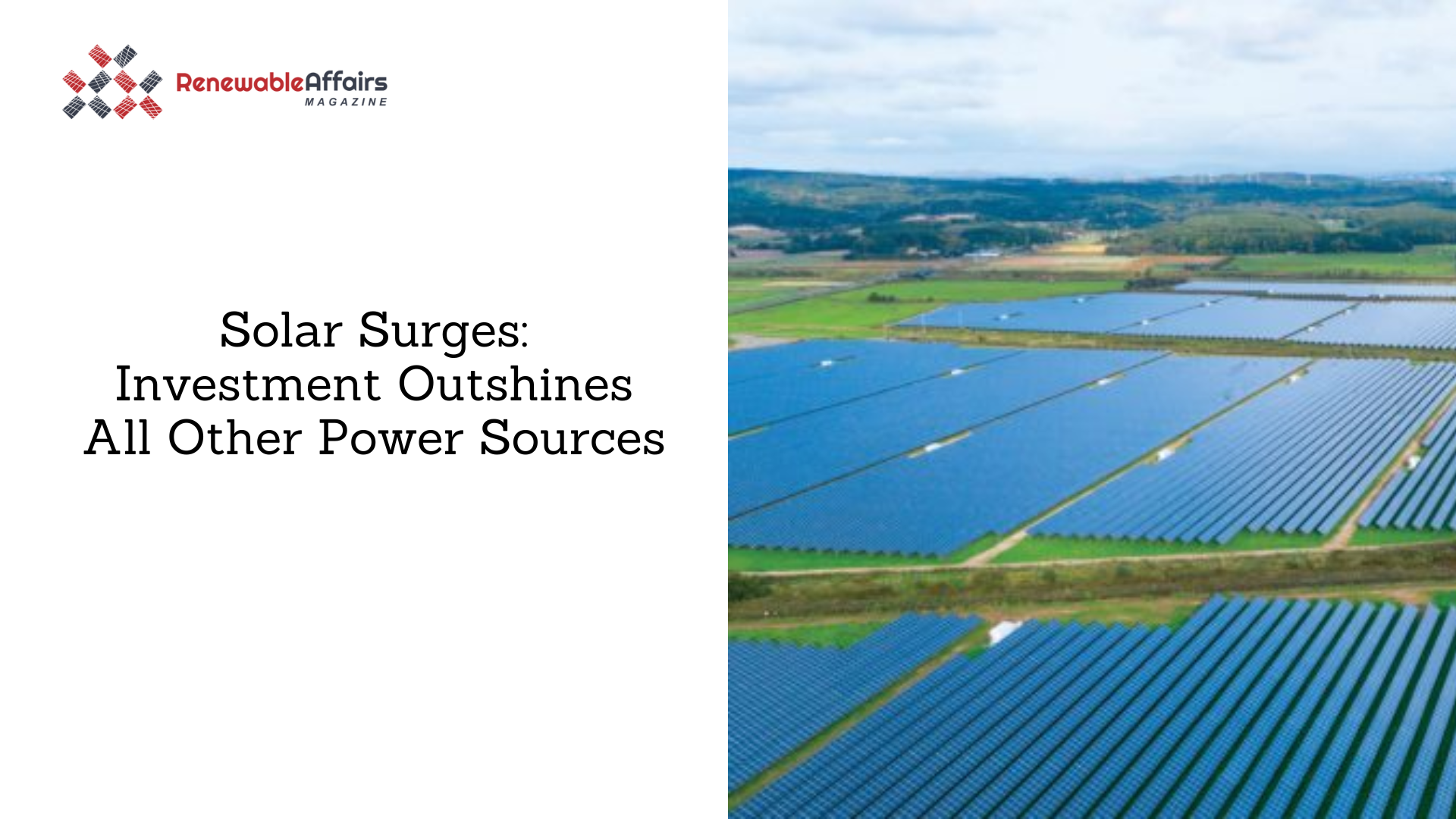



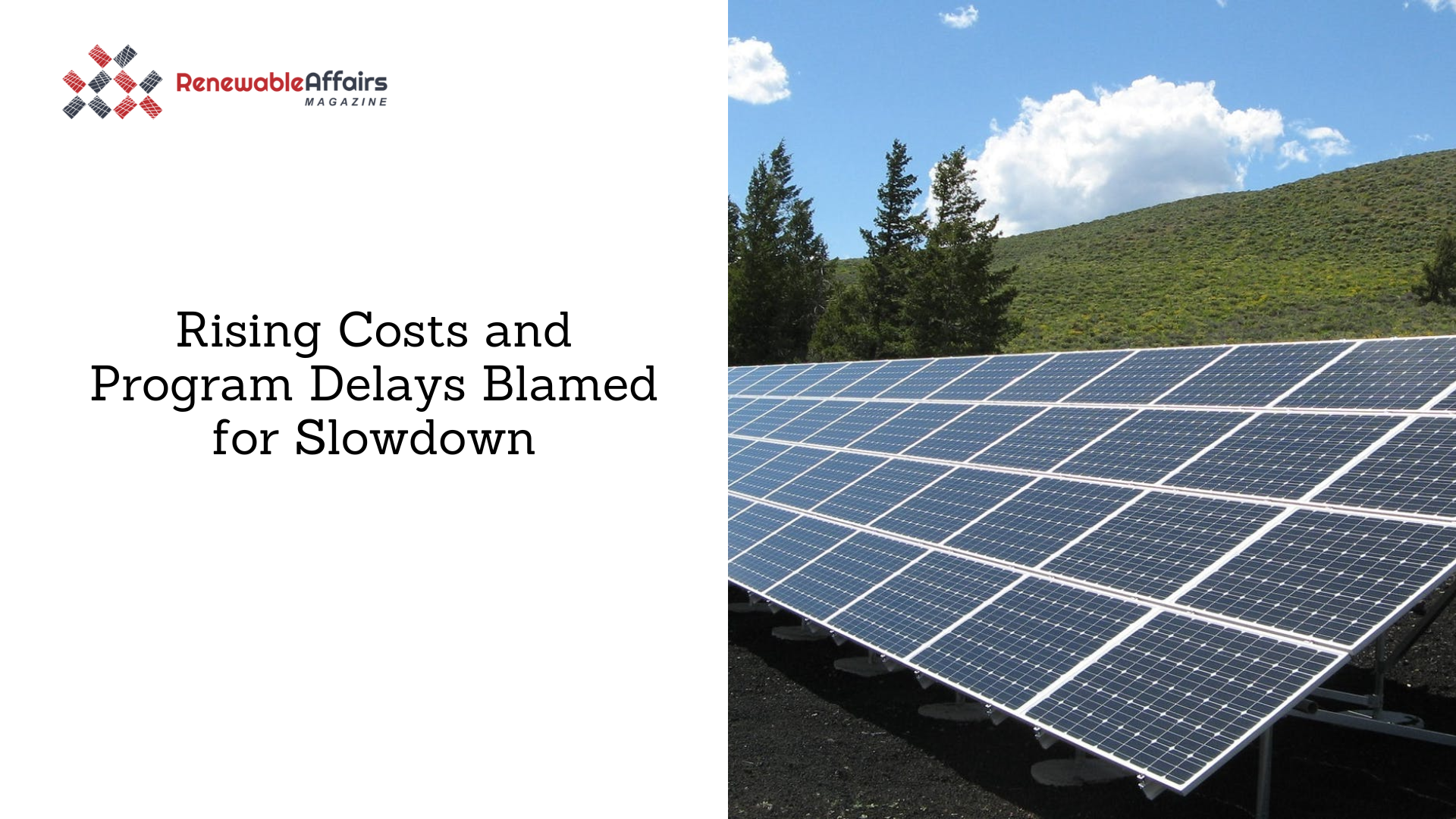






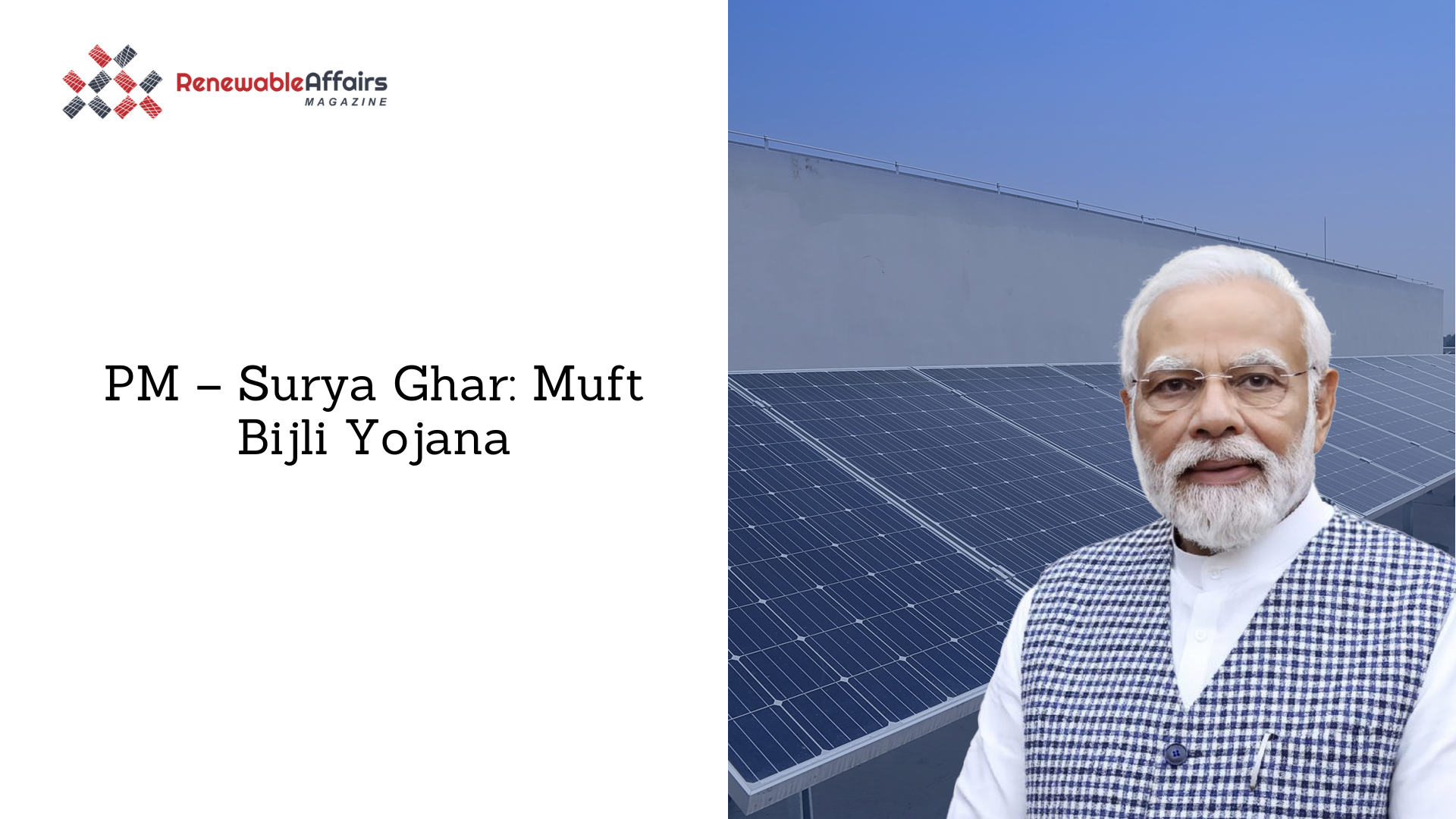
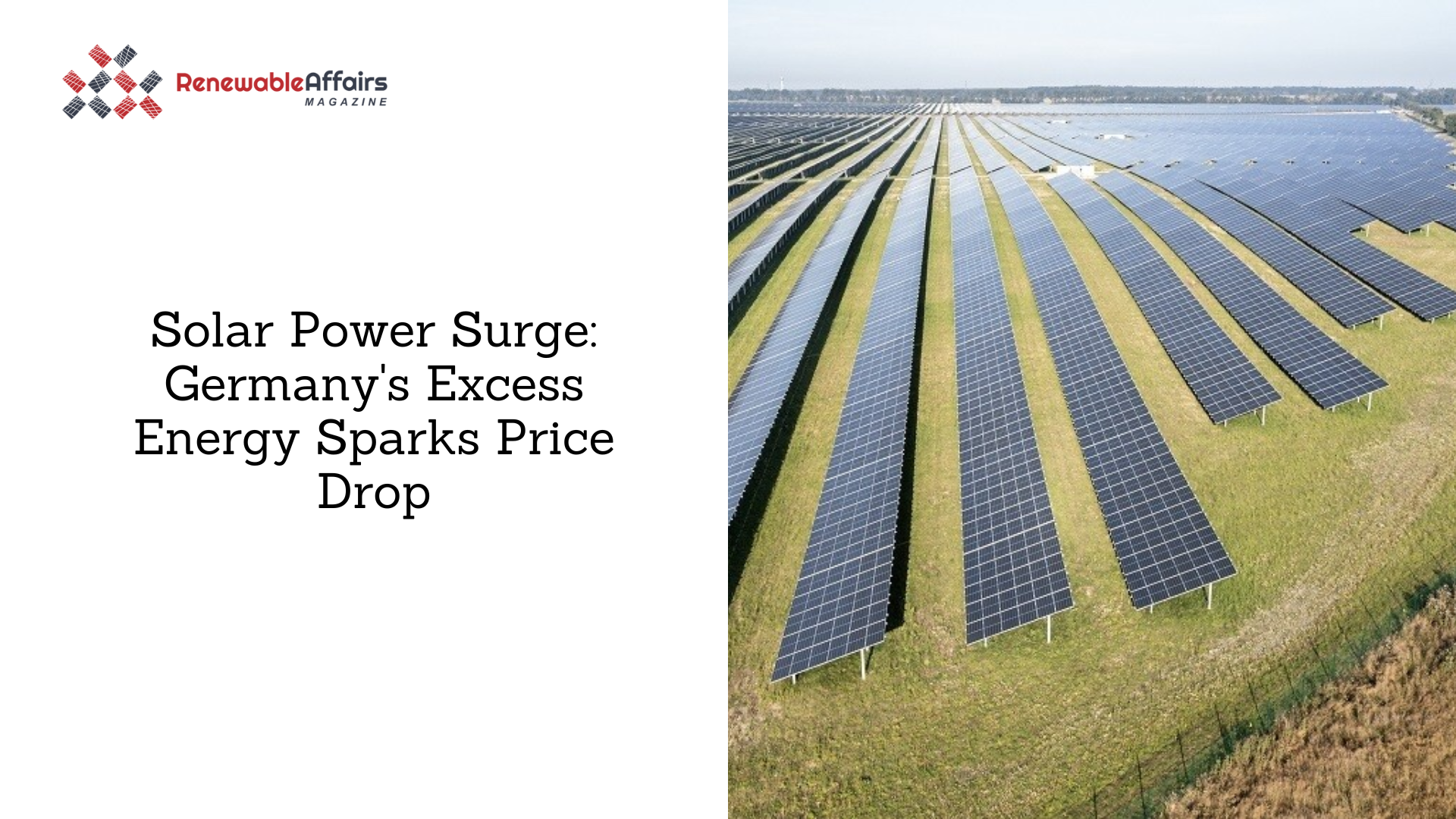



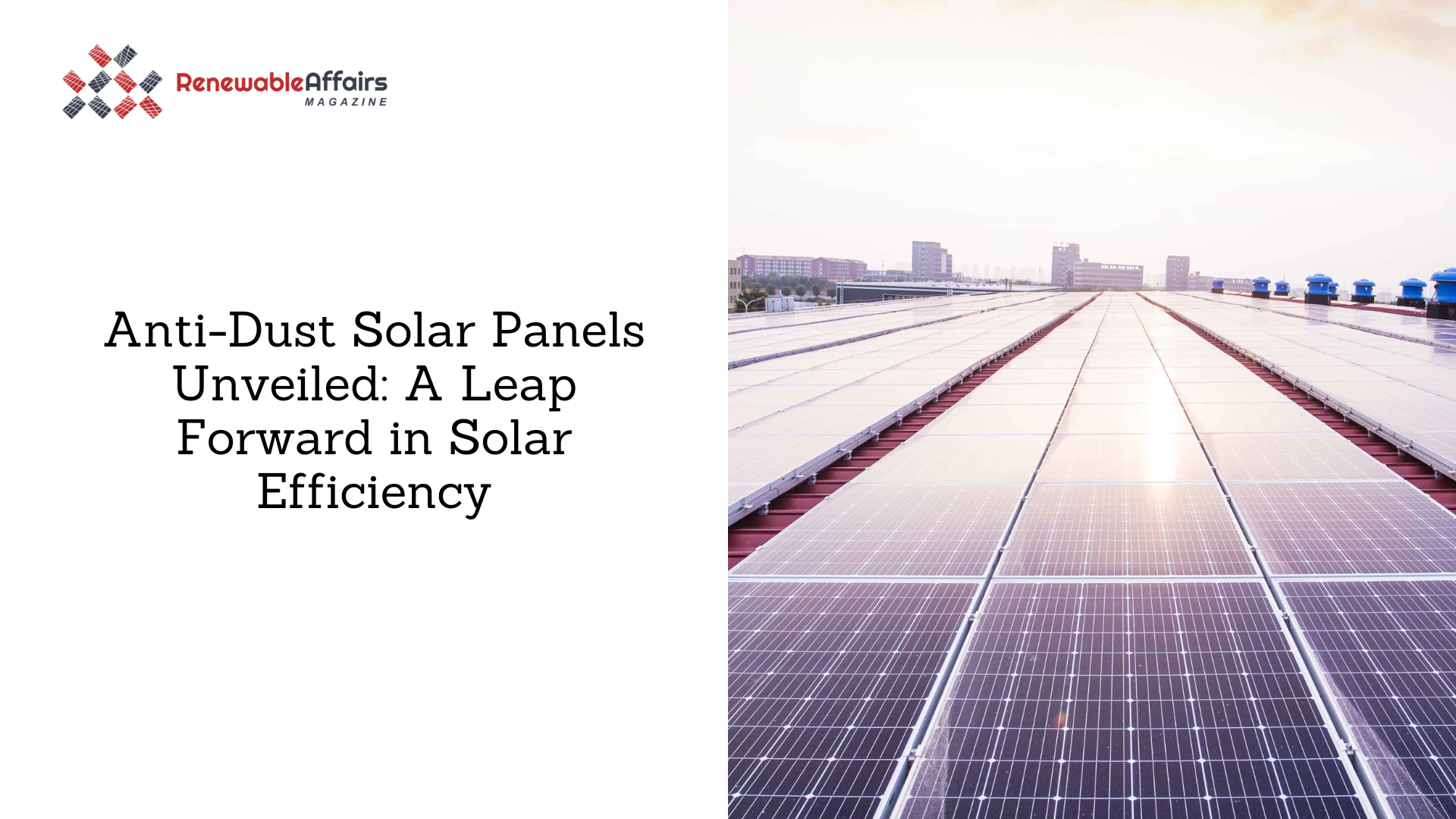
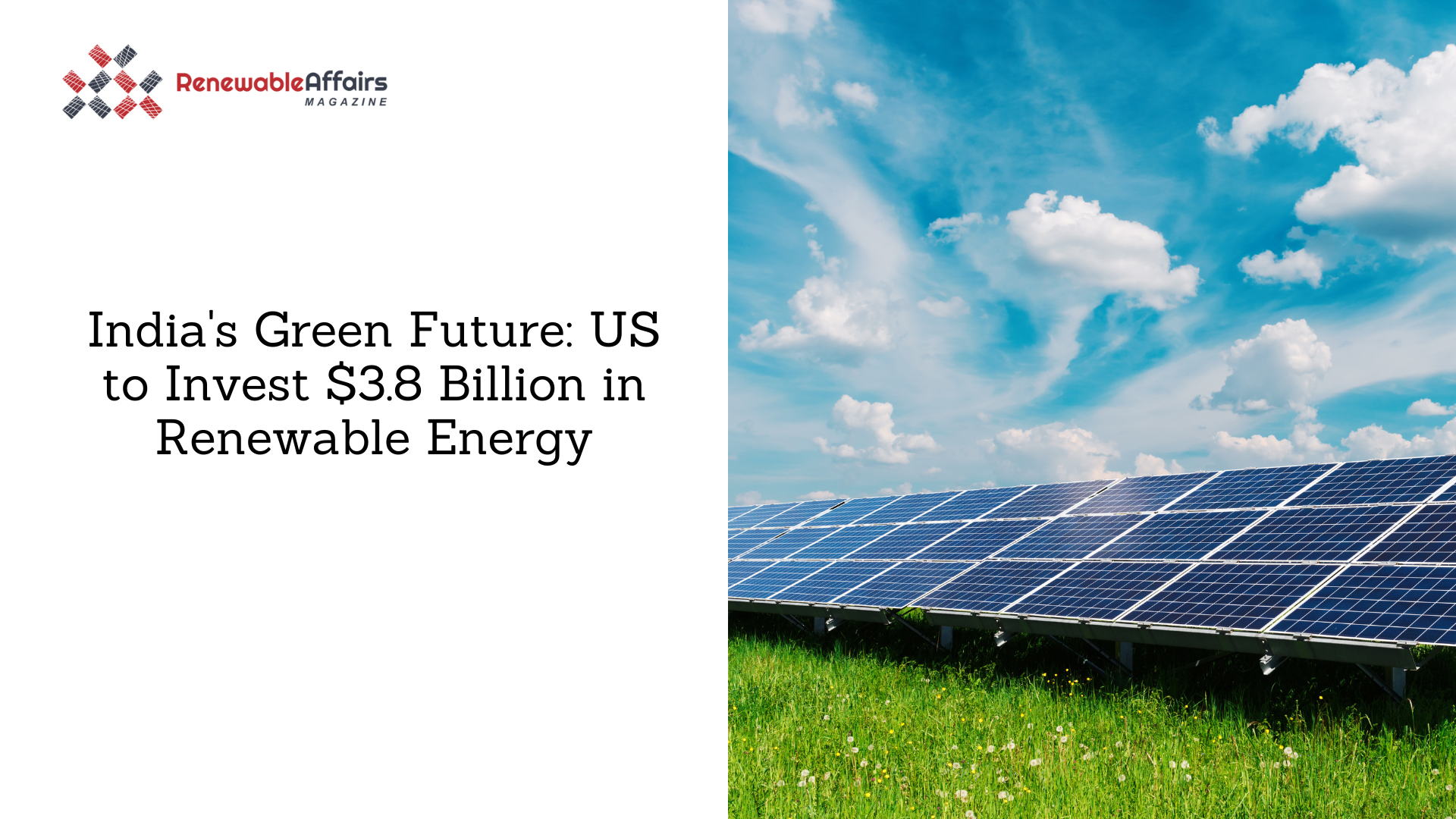



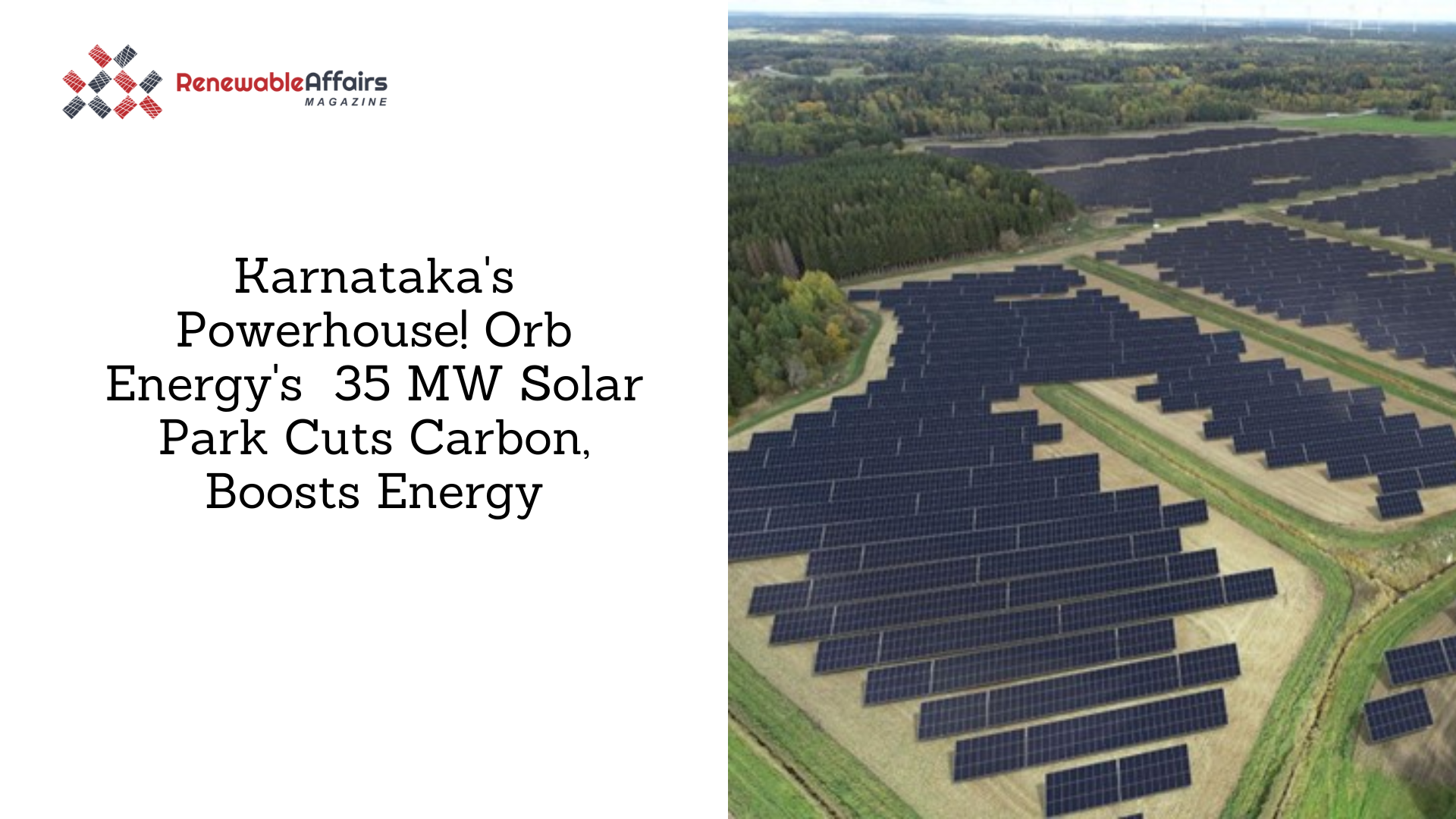




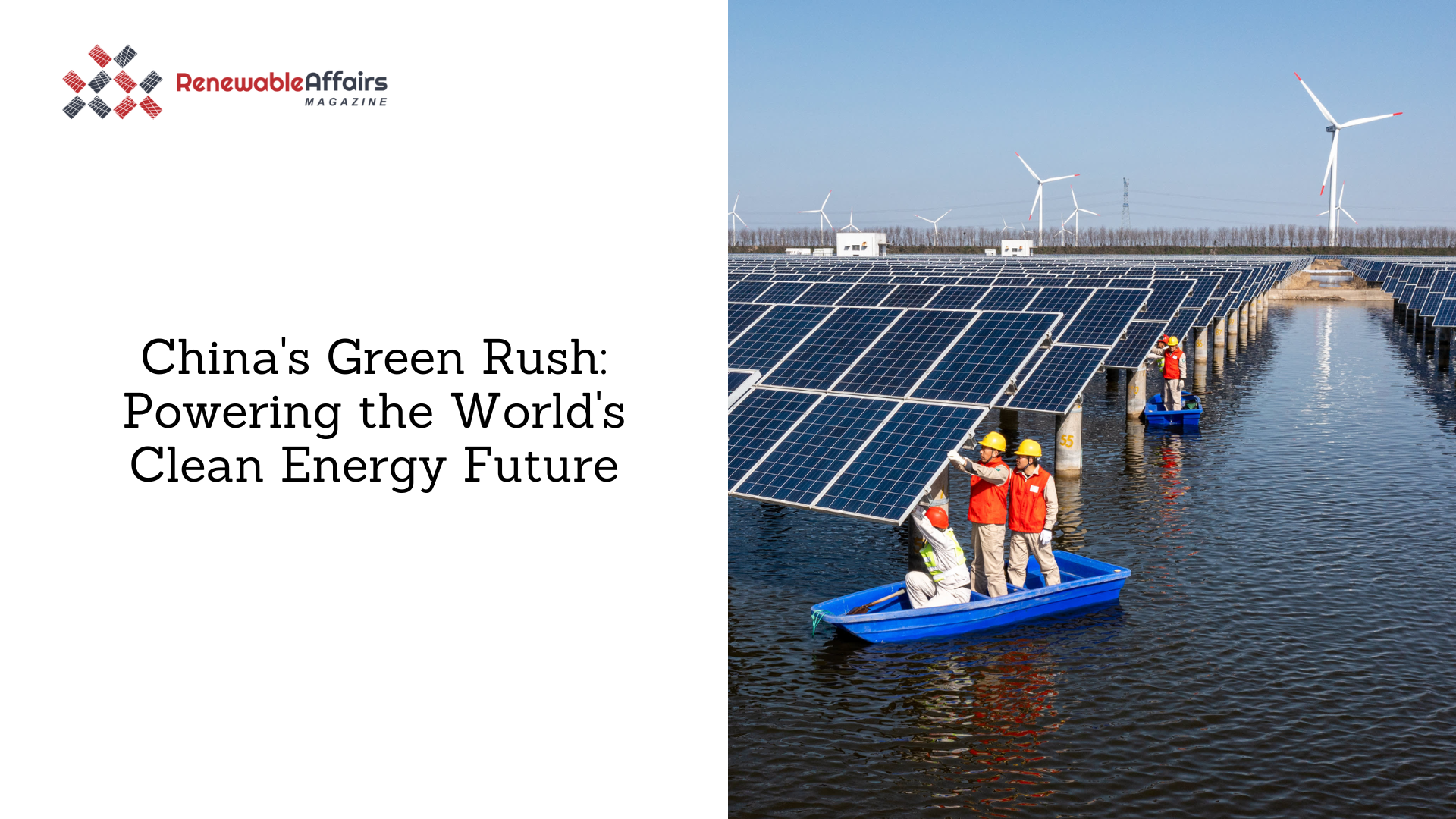
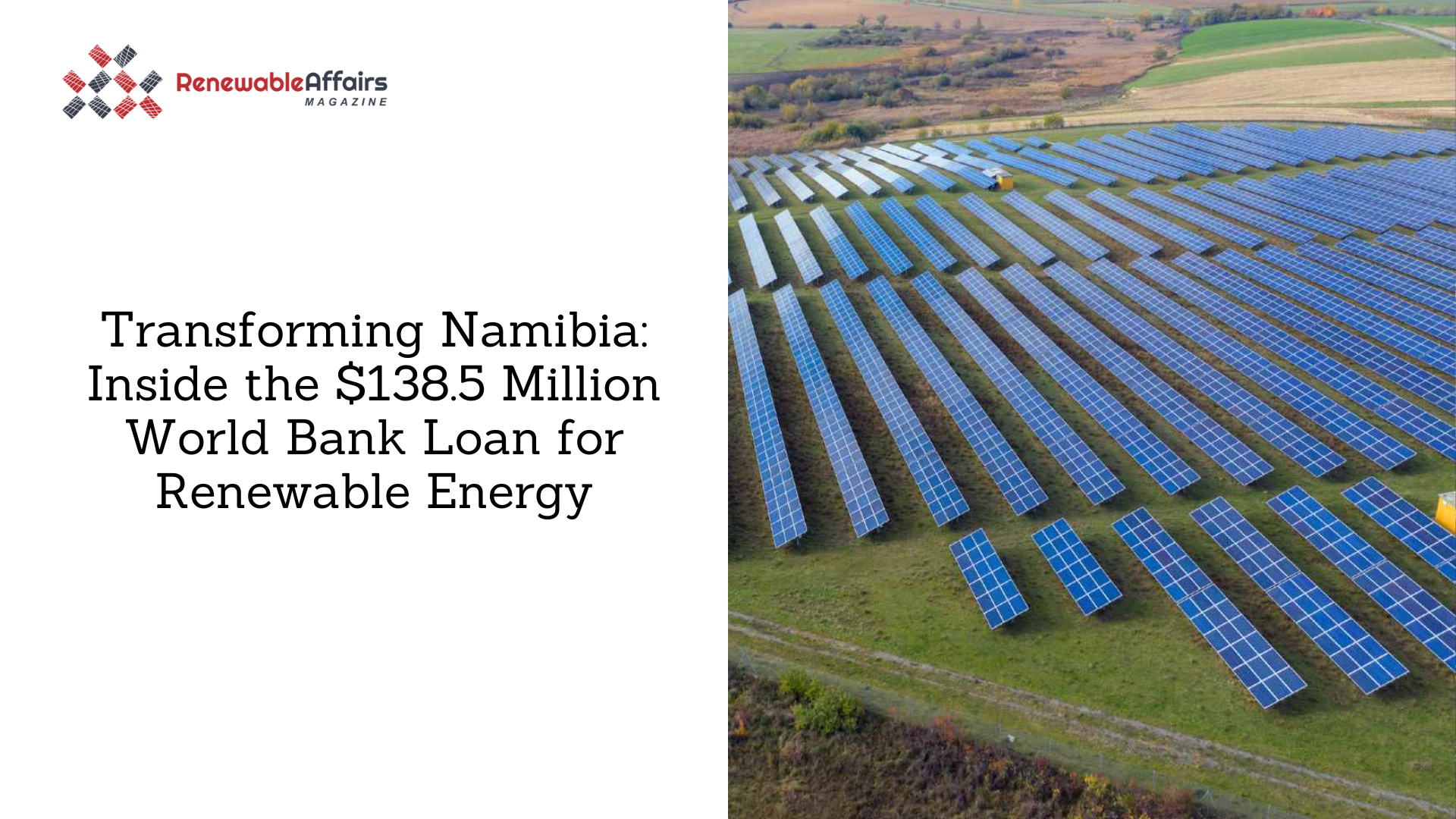


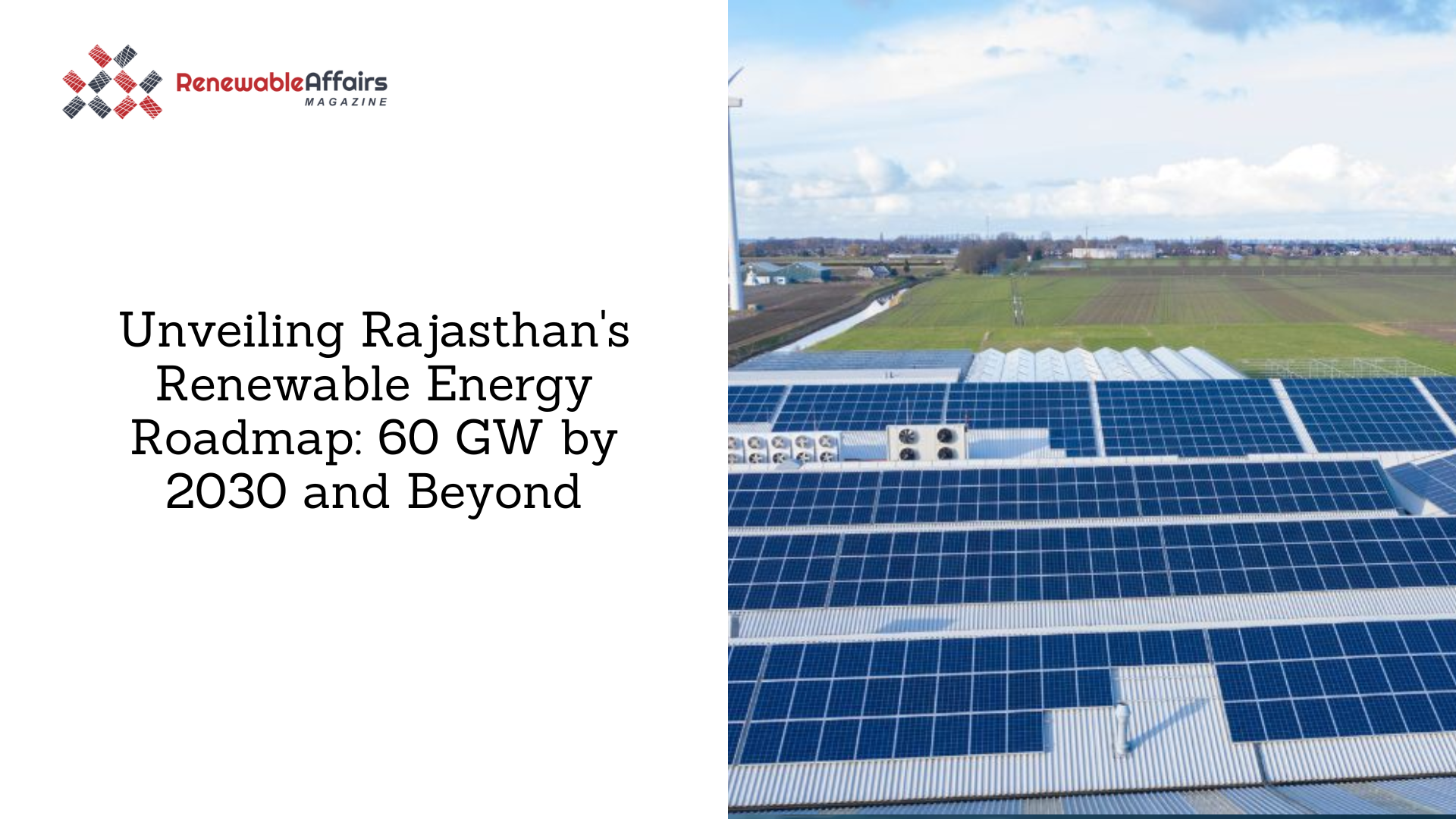

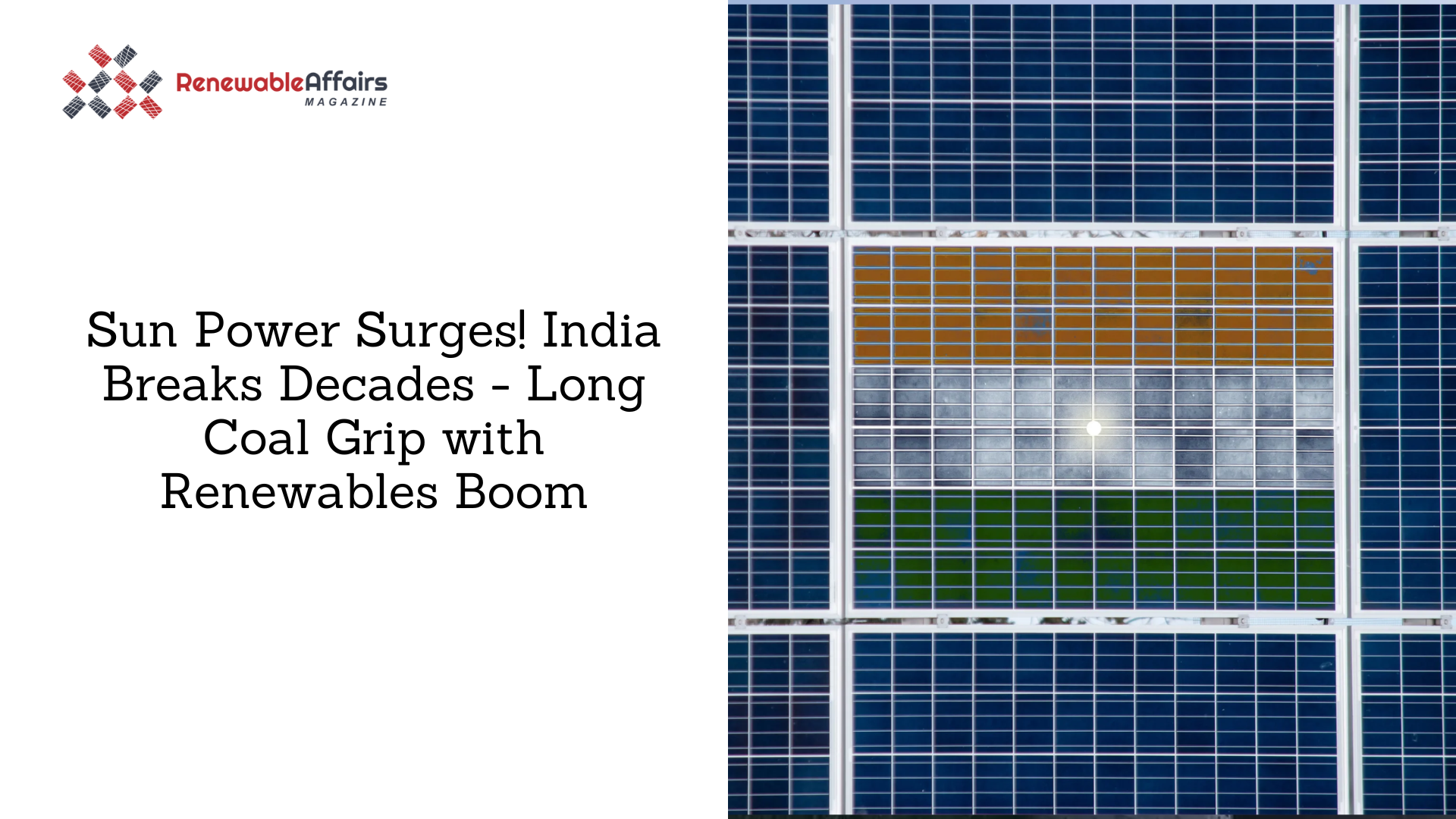


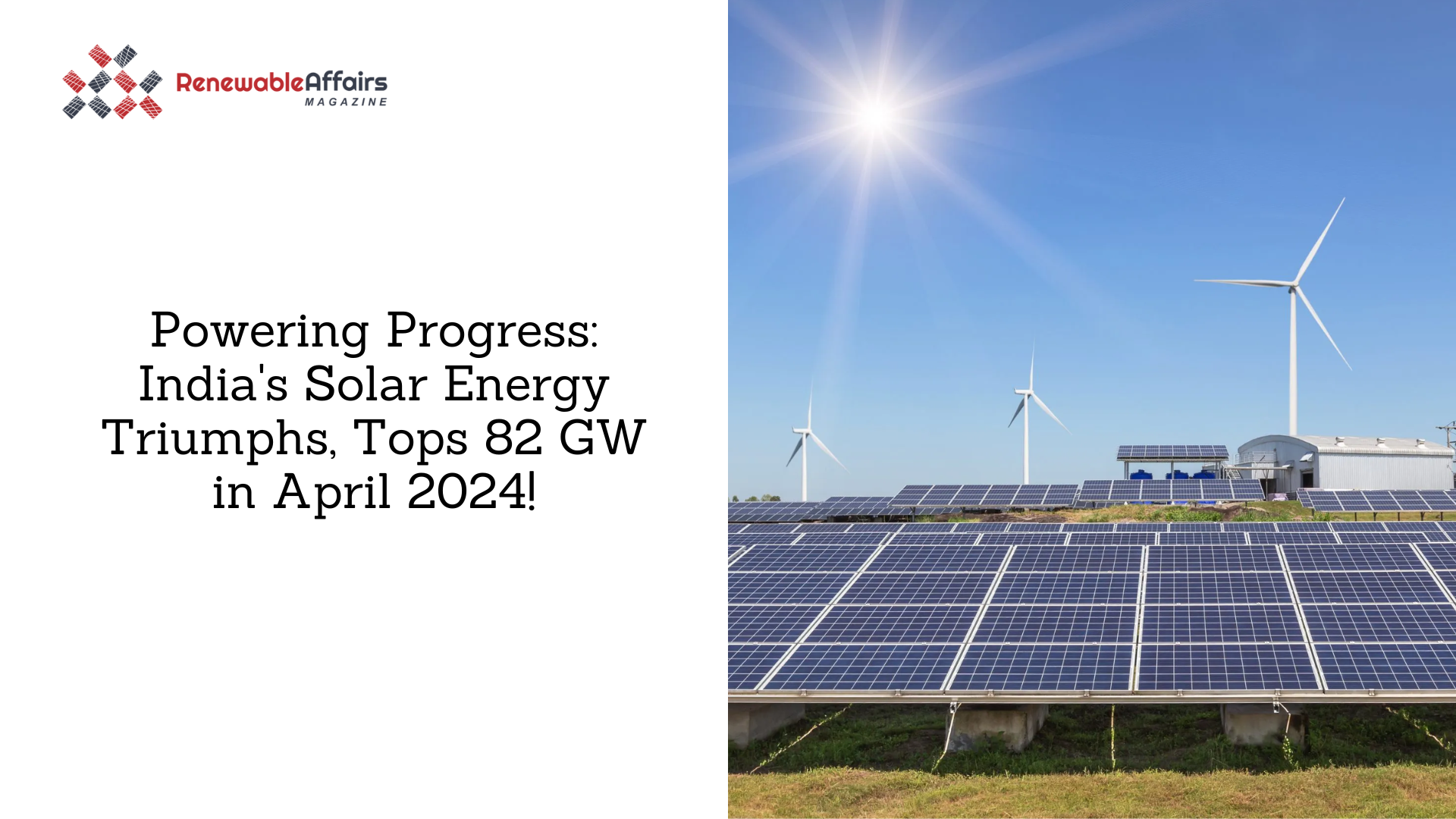
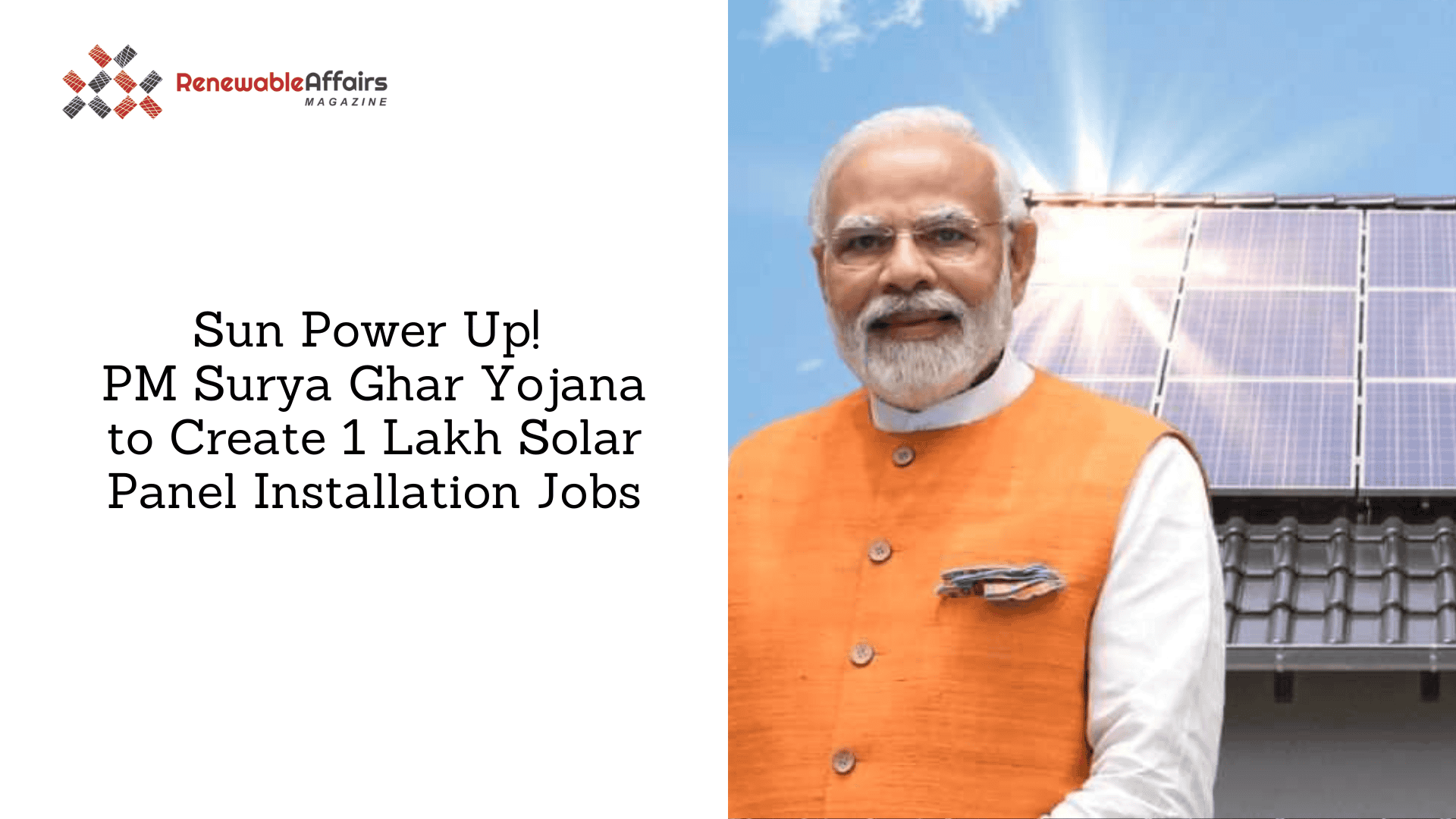












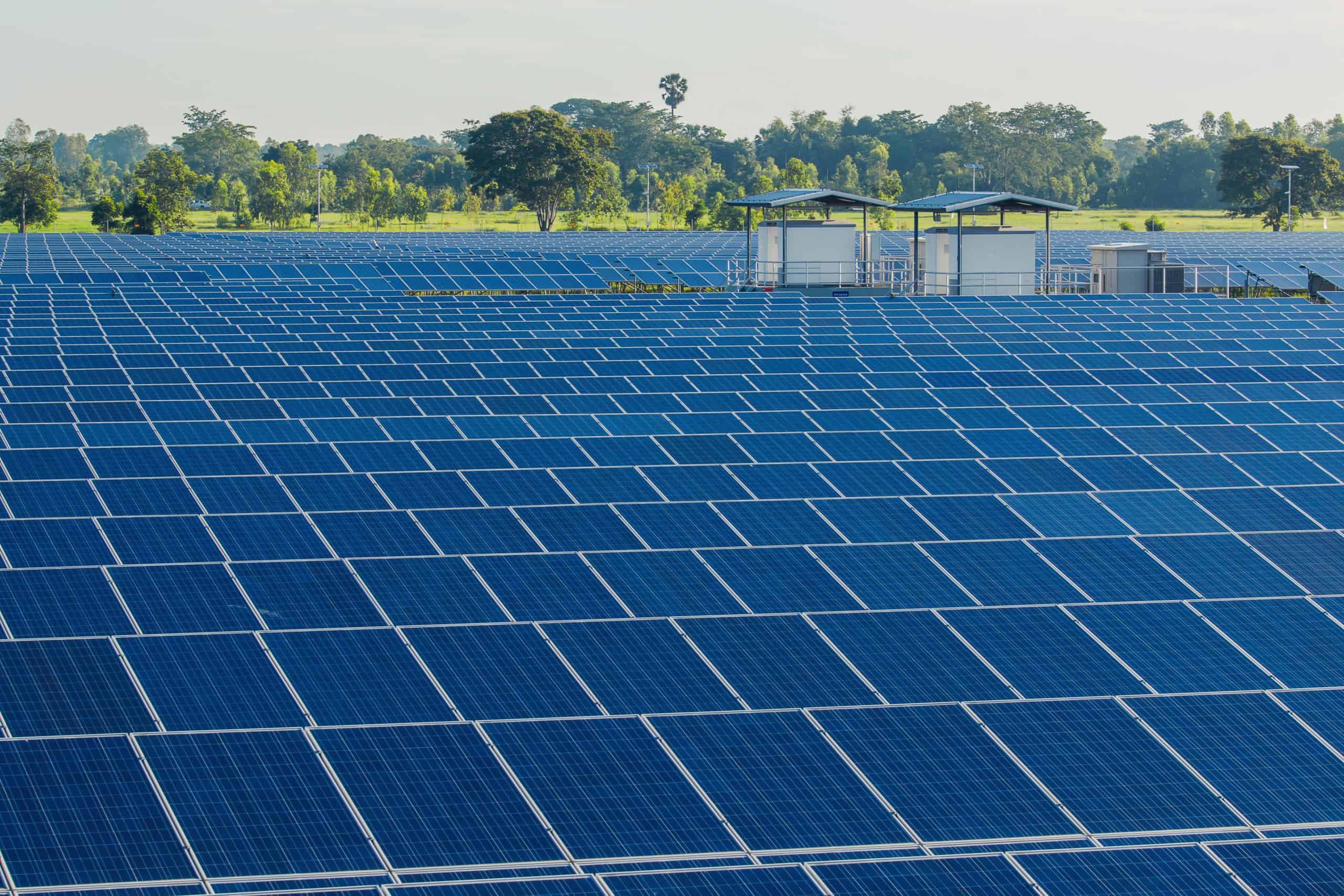





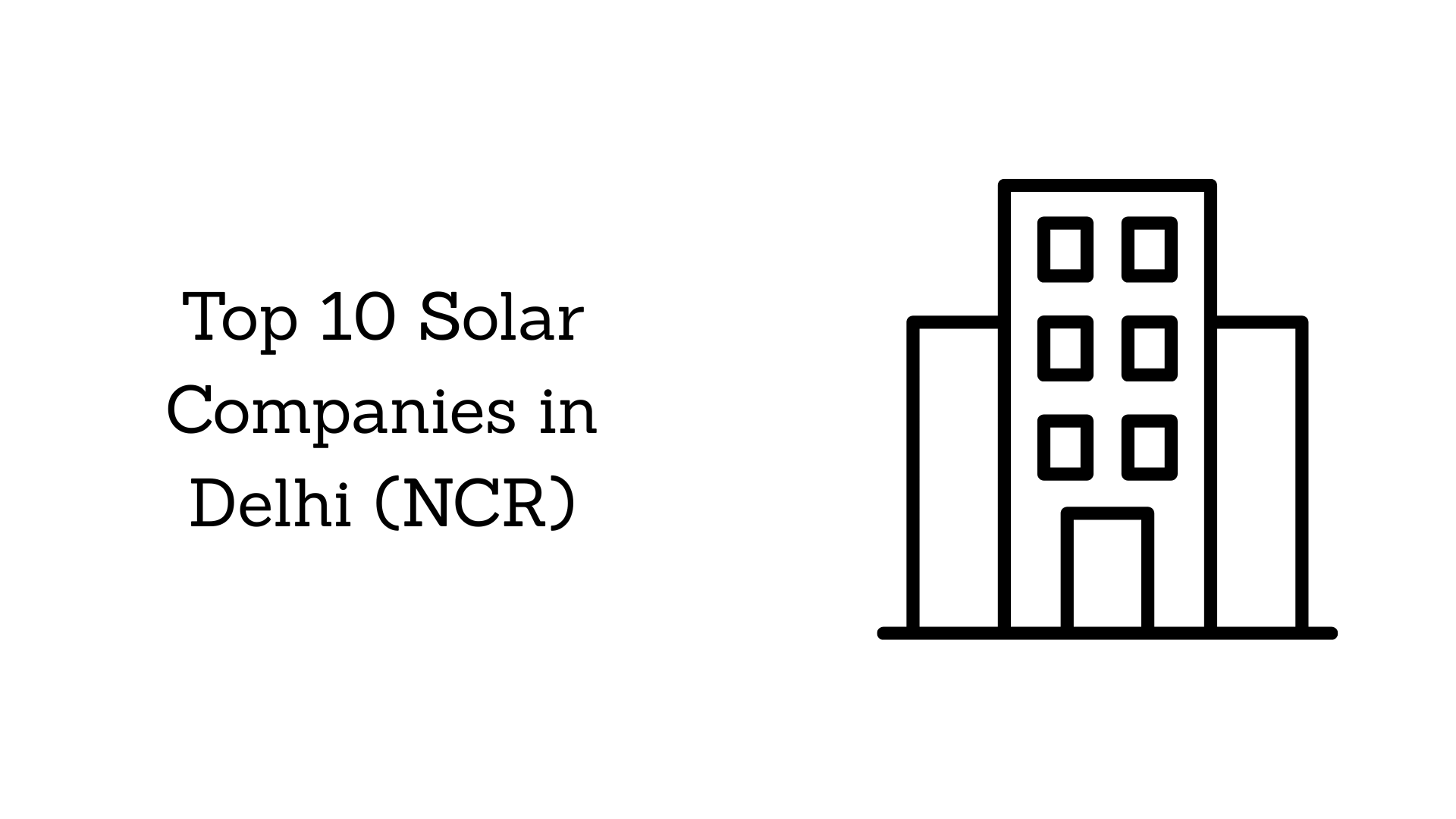
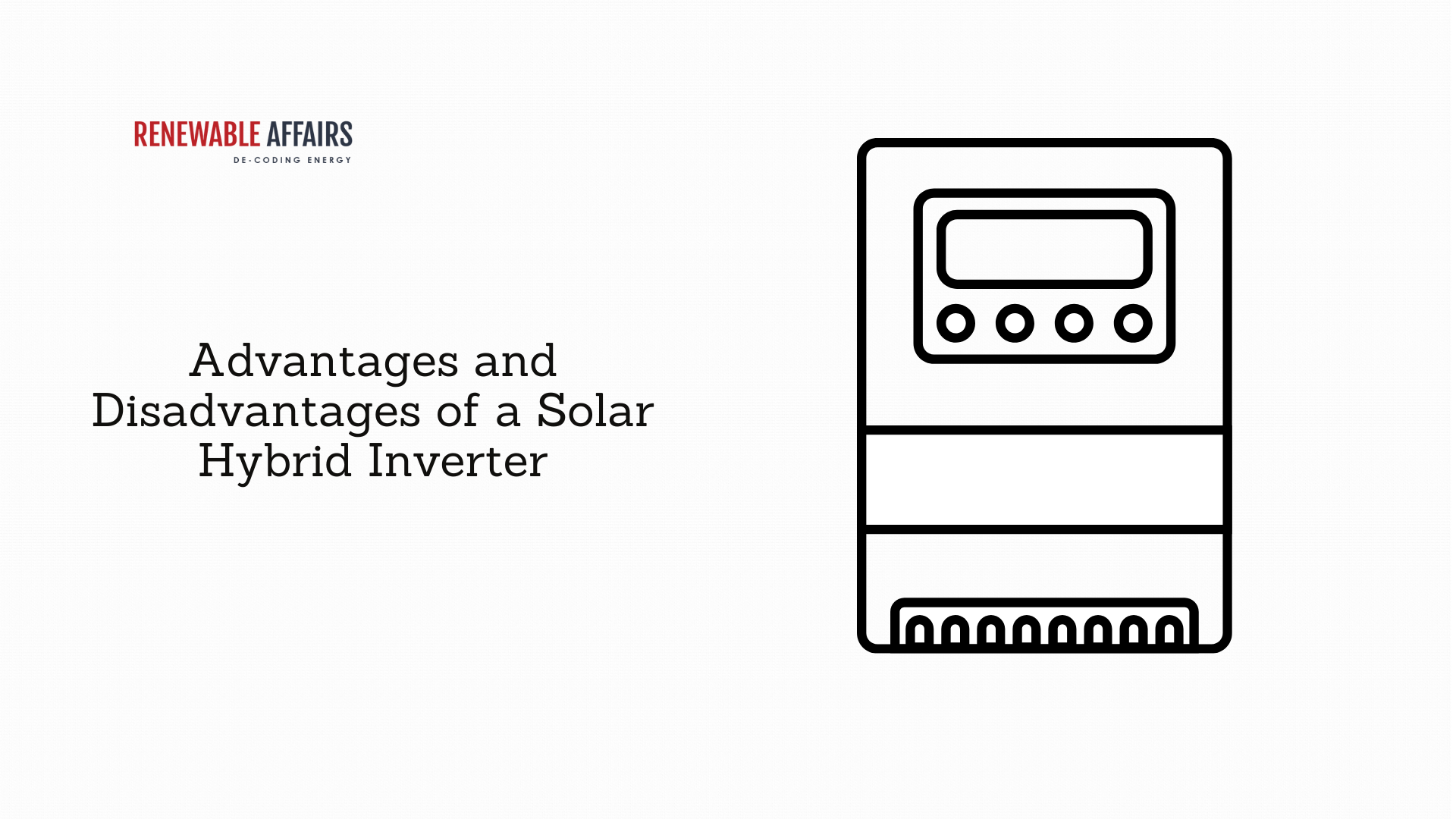





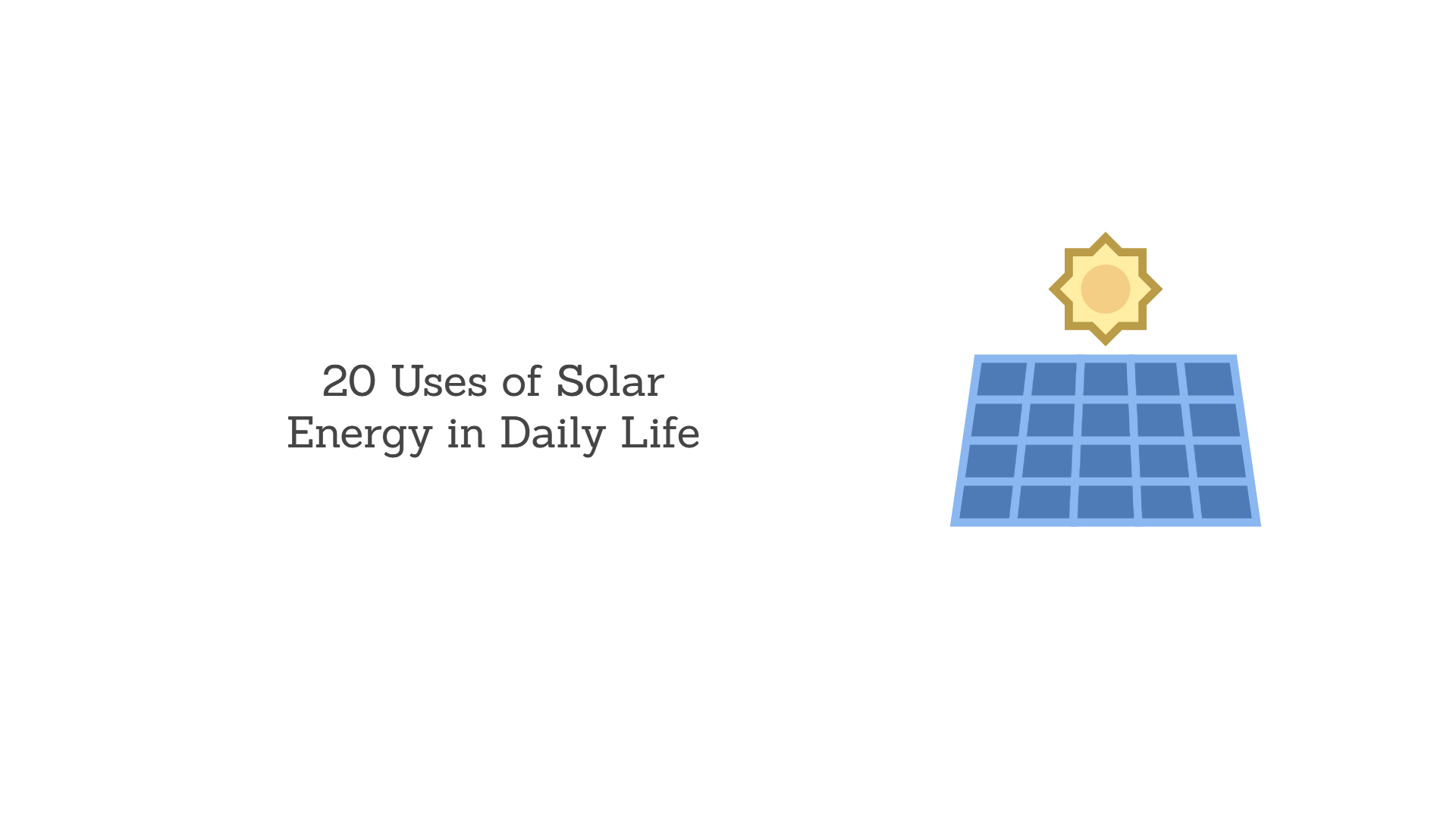




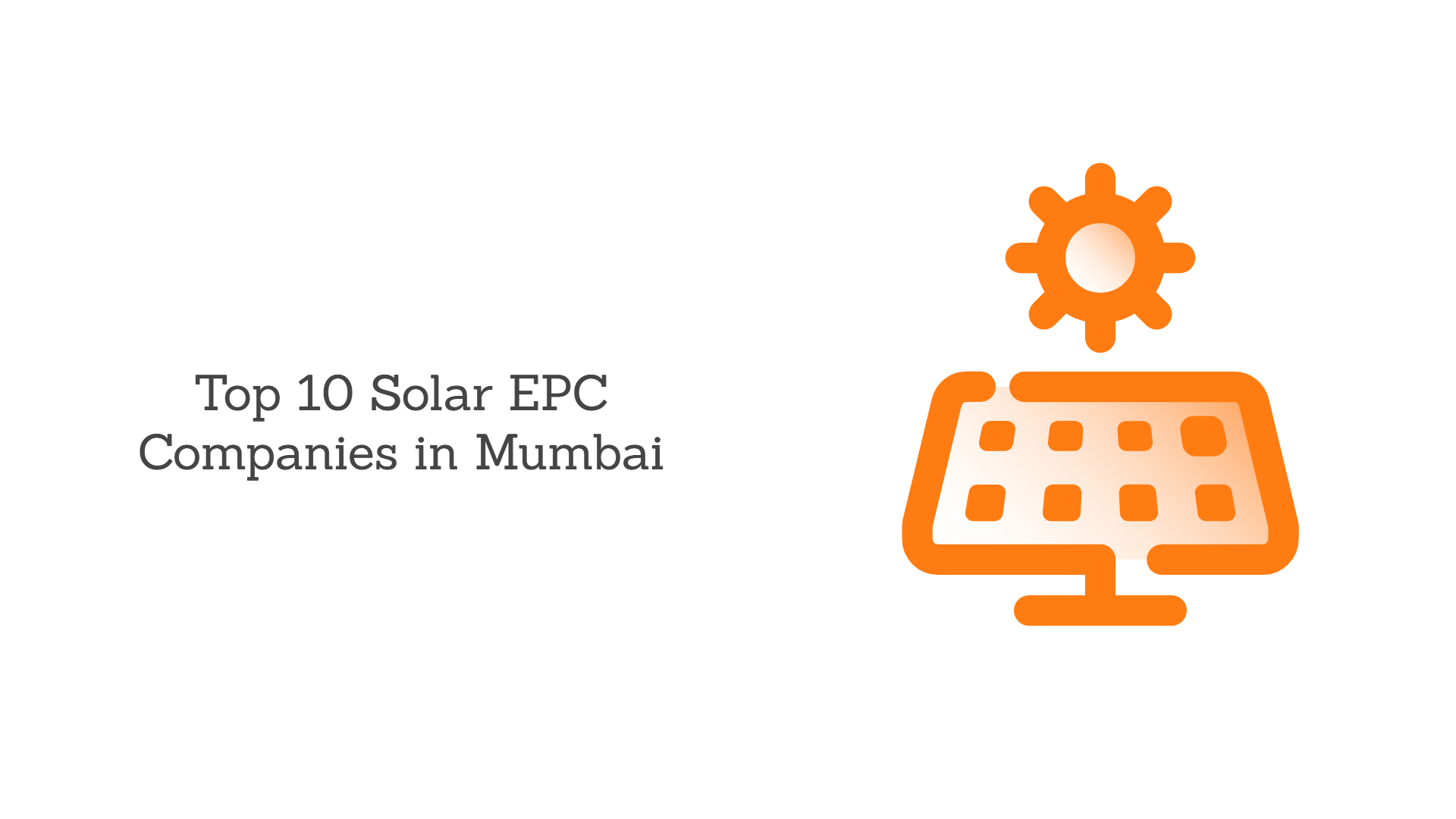
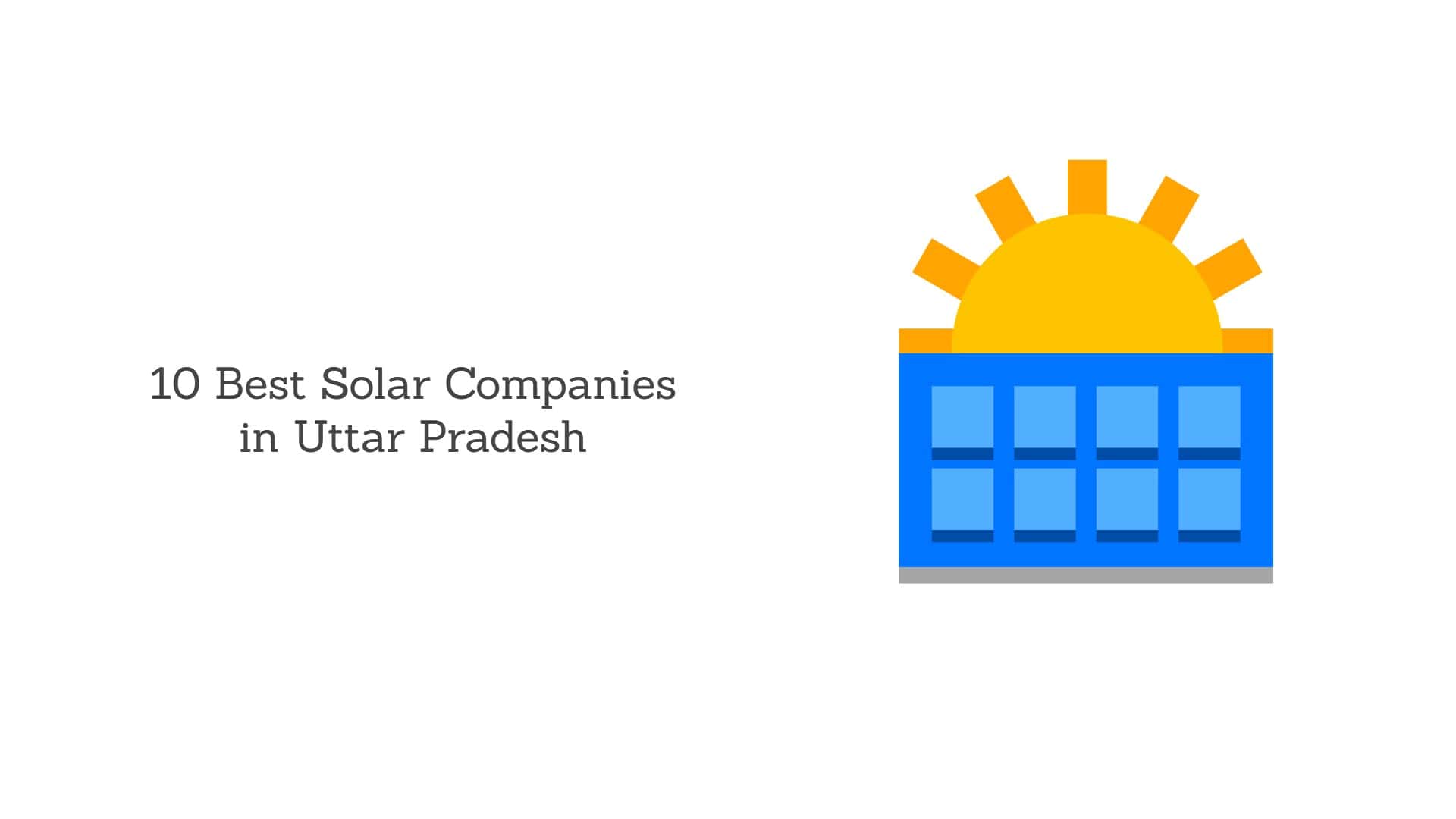
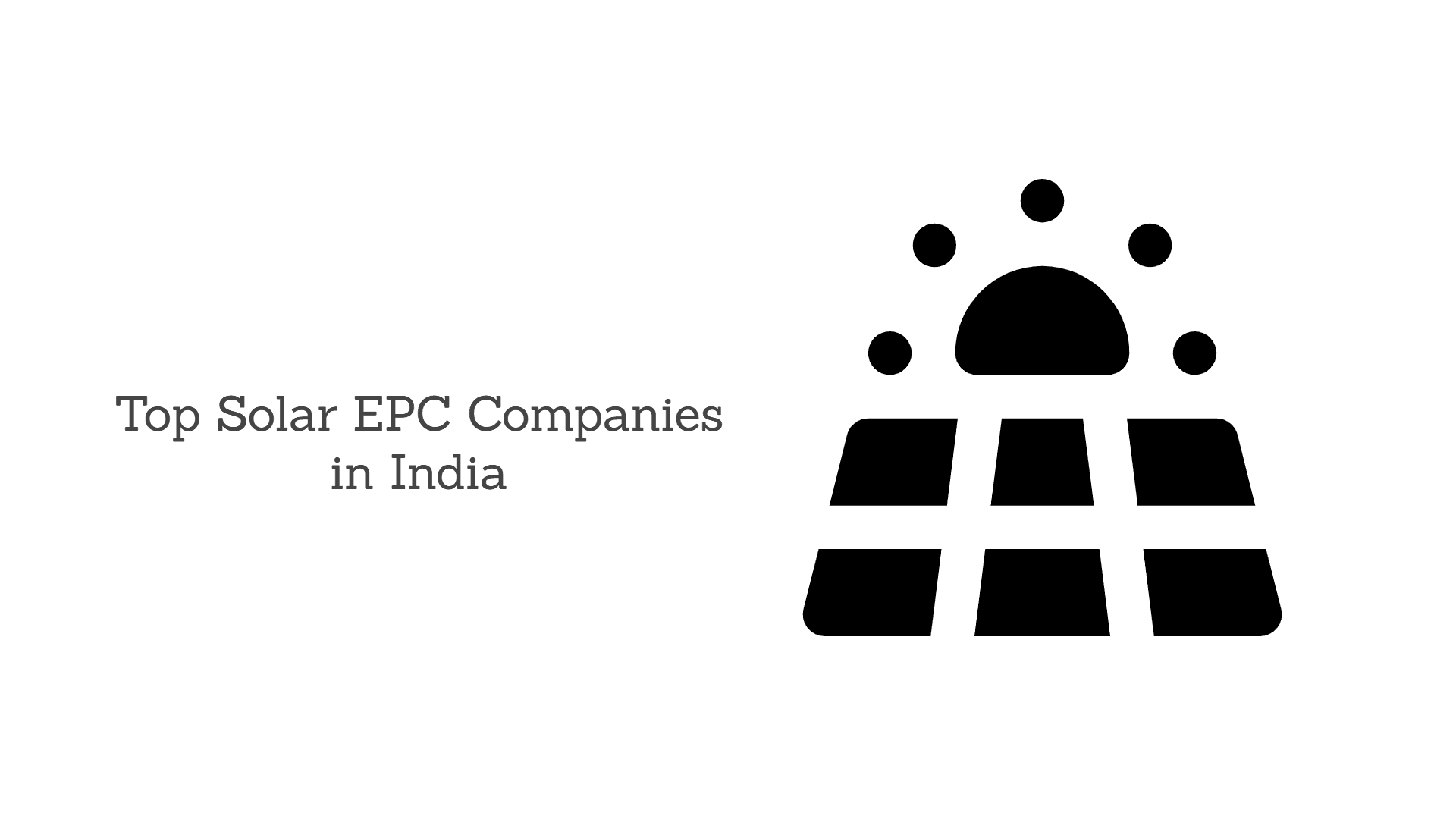

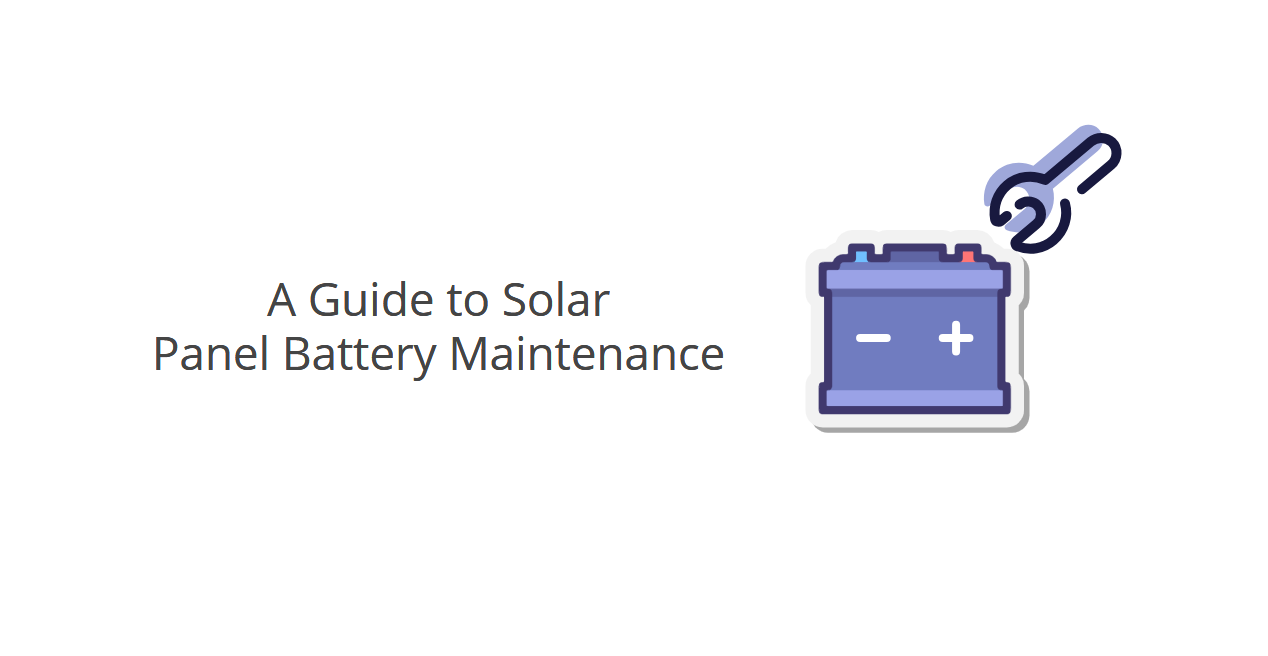



















0 Comments